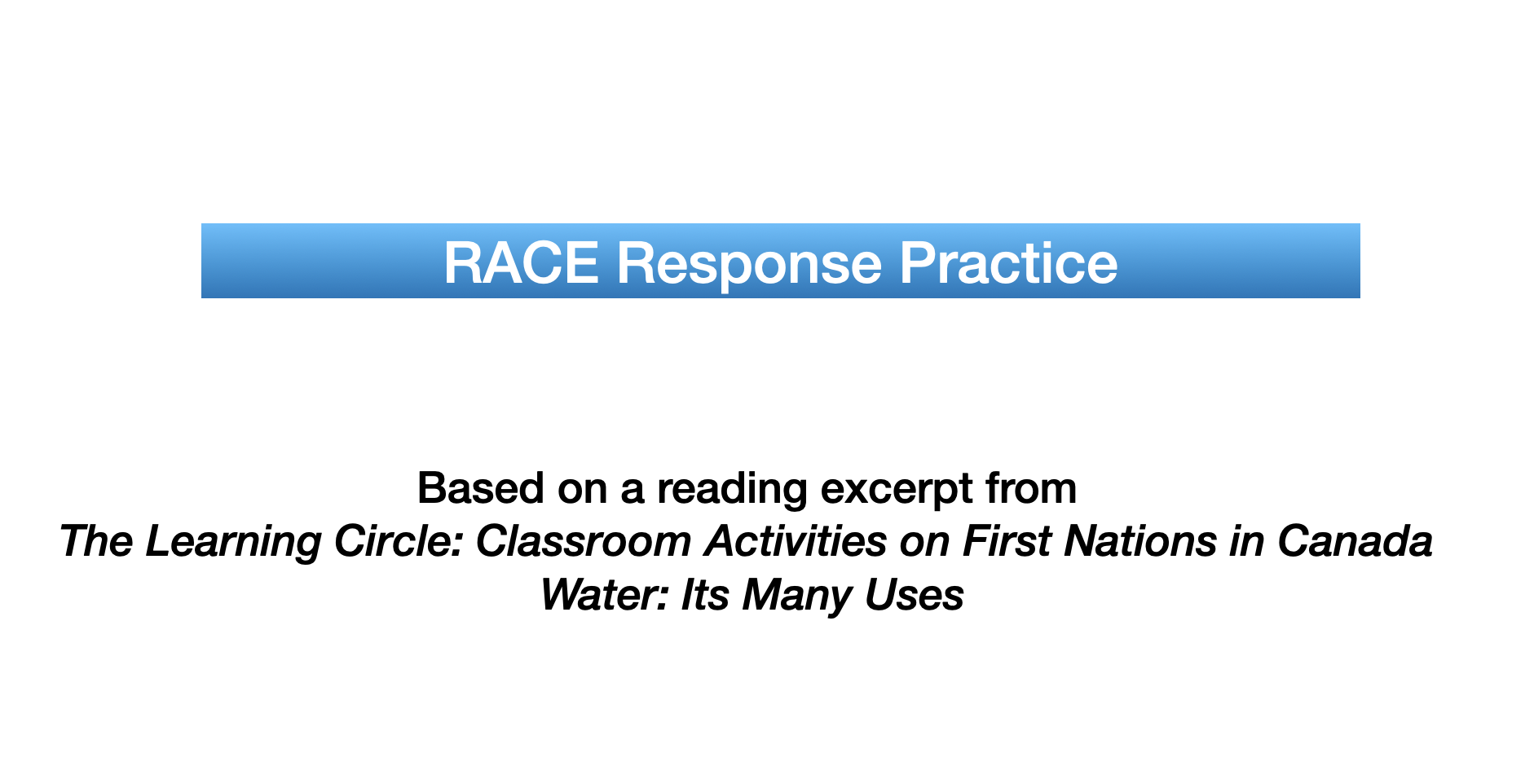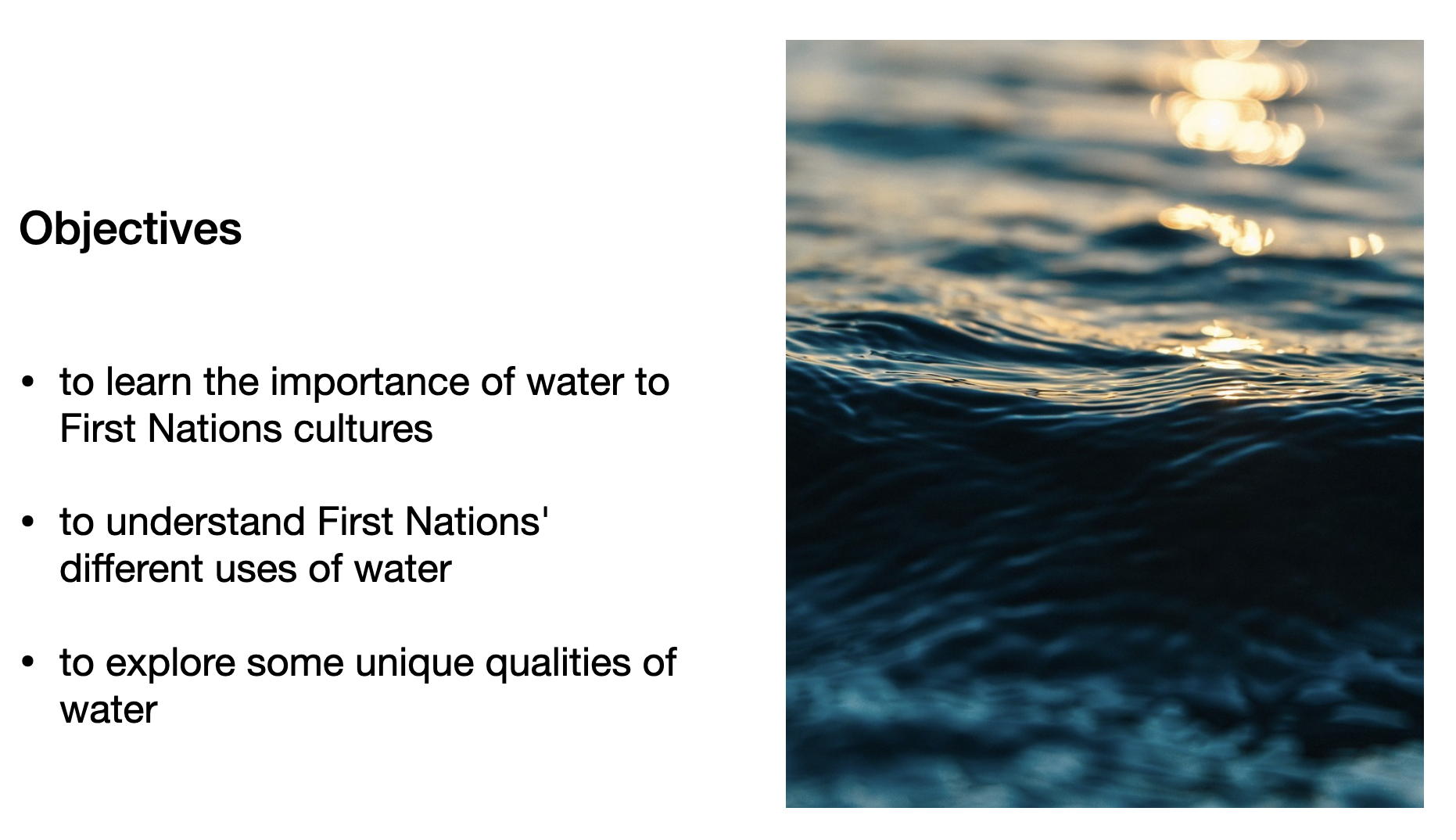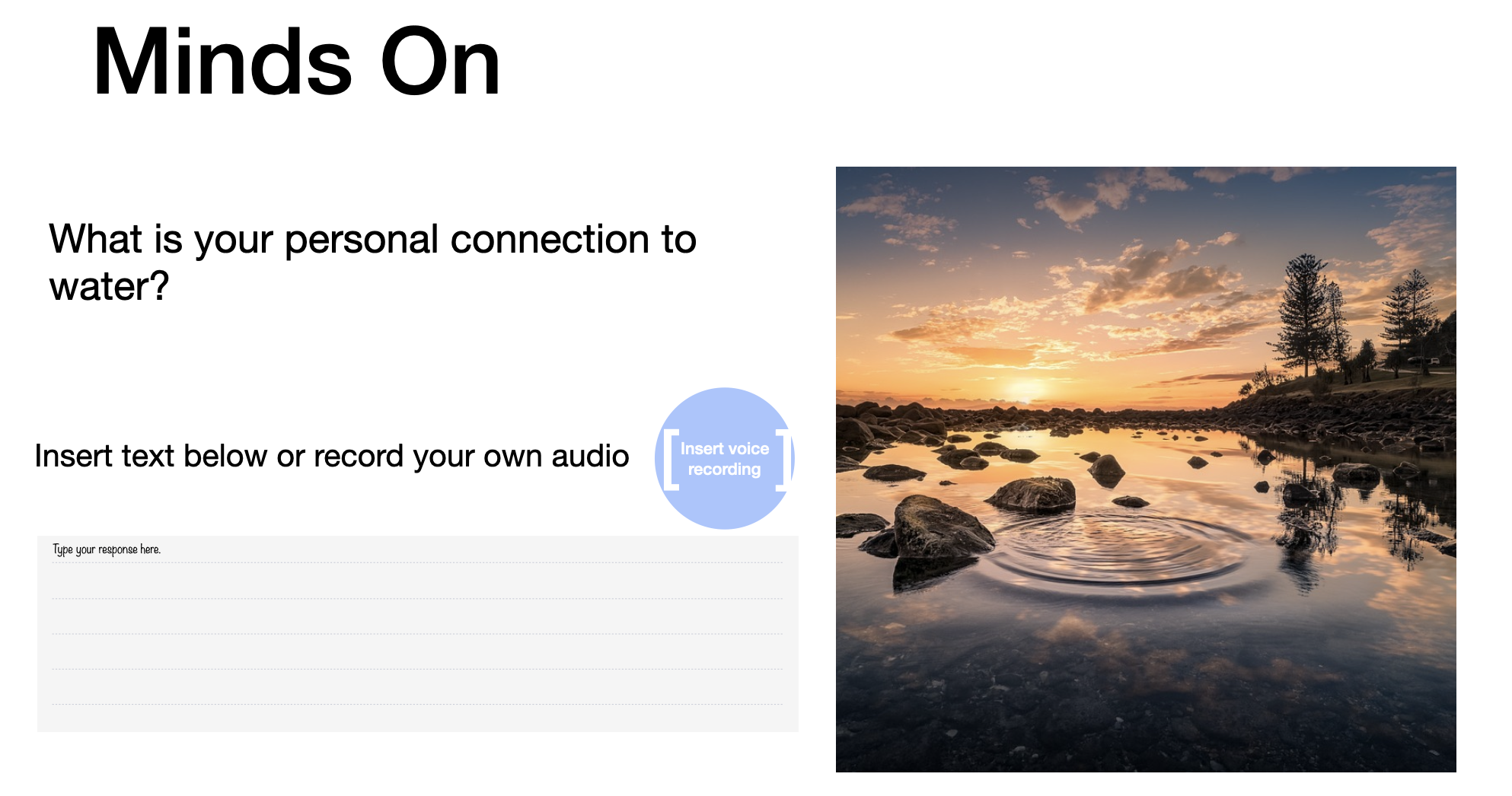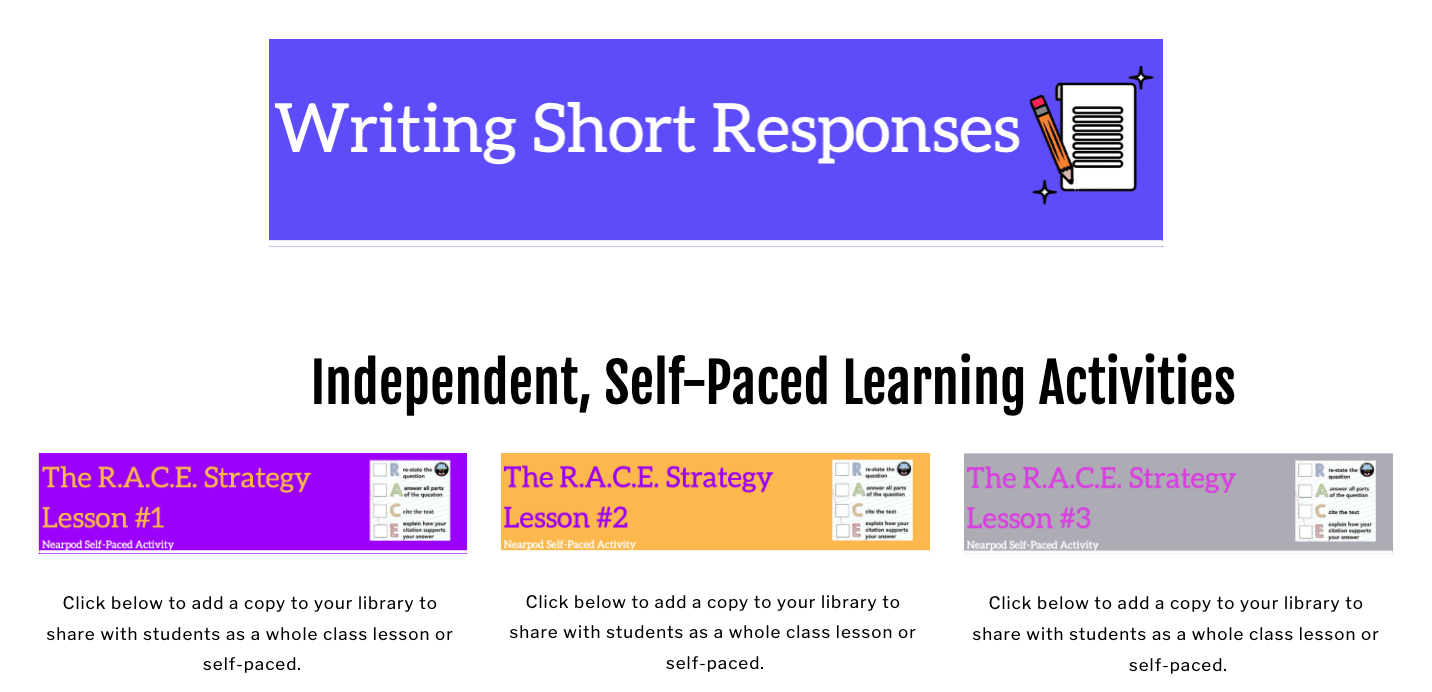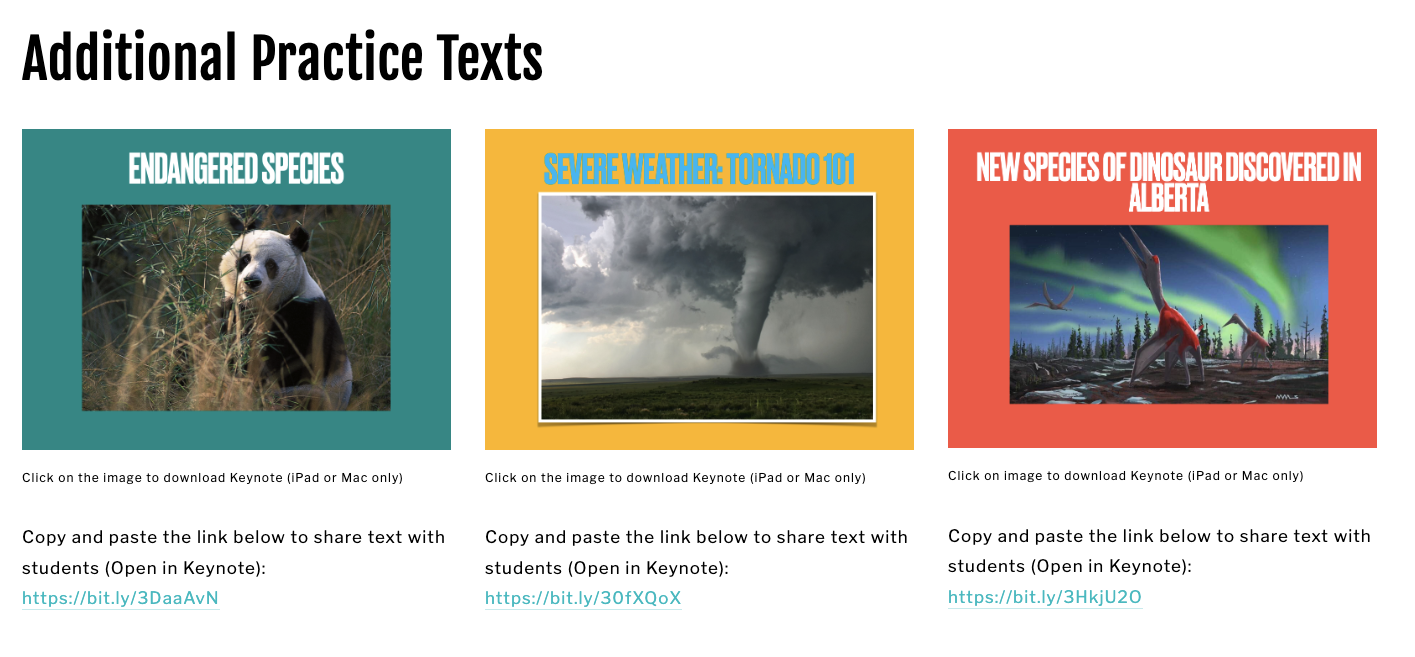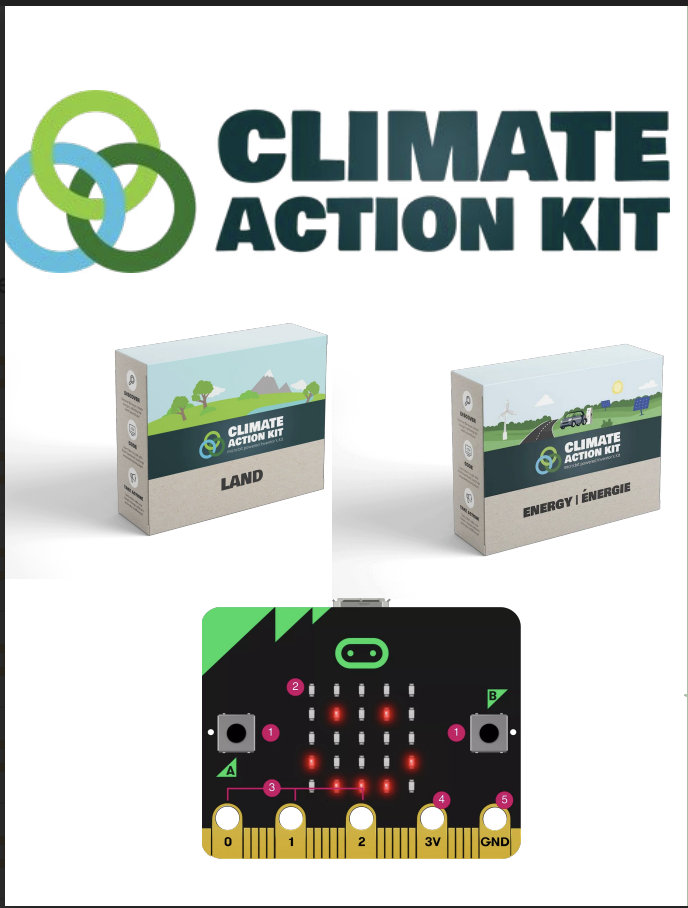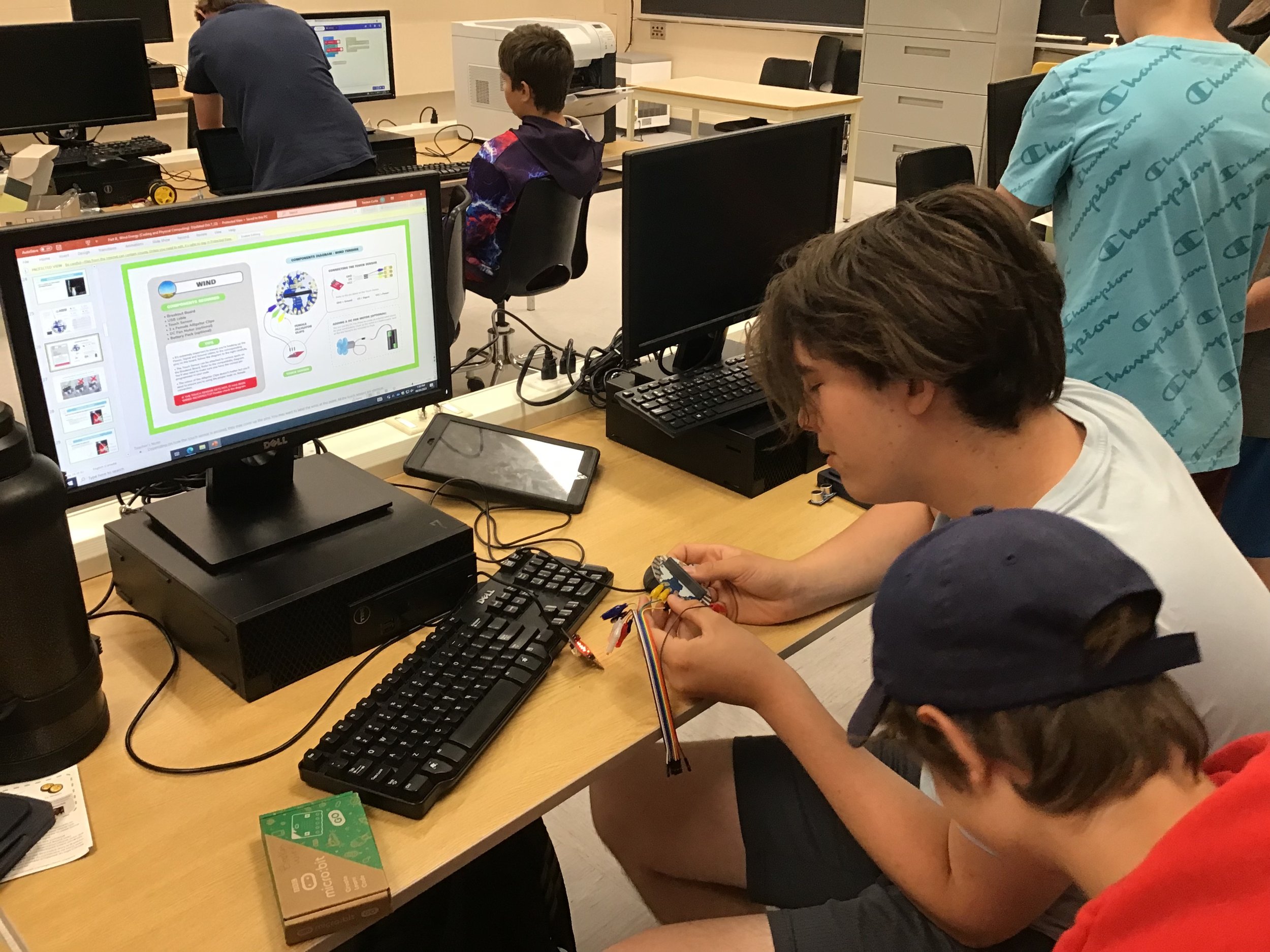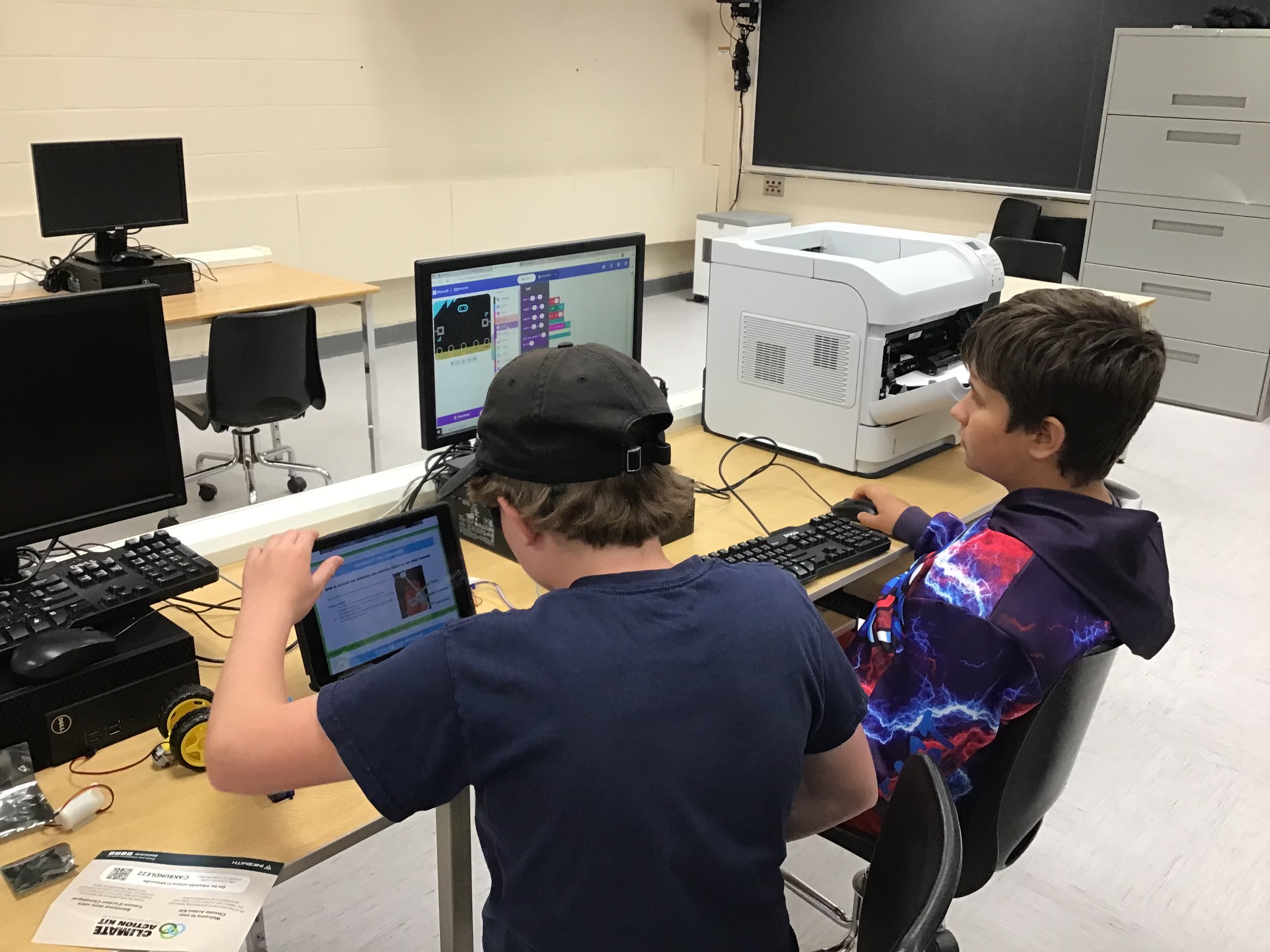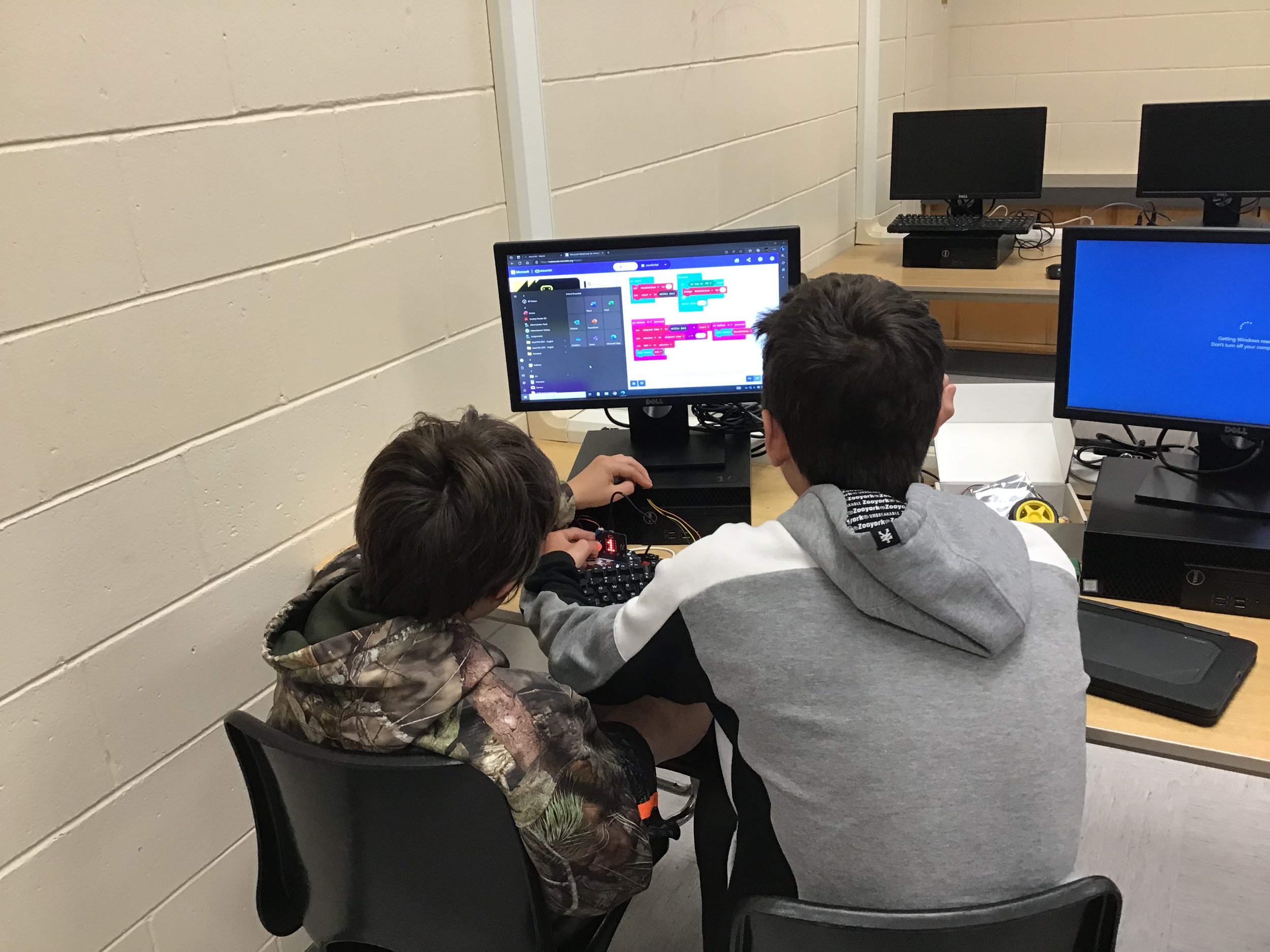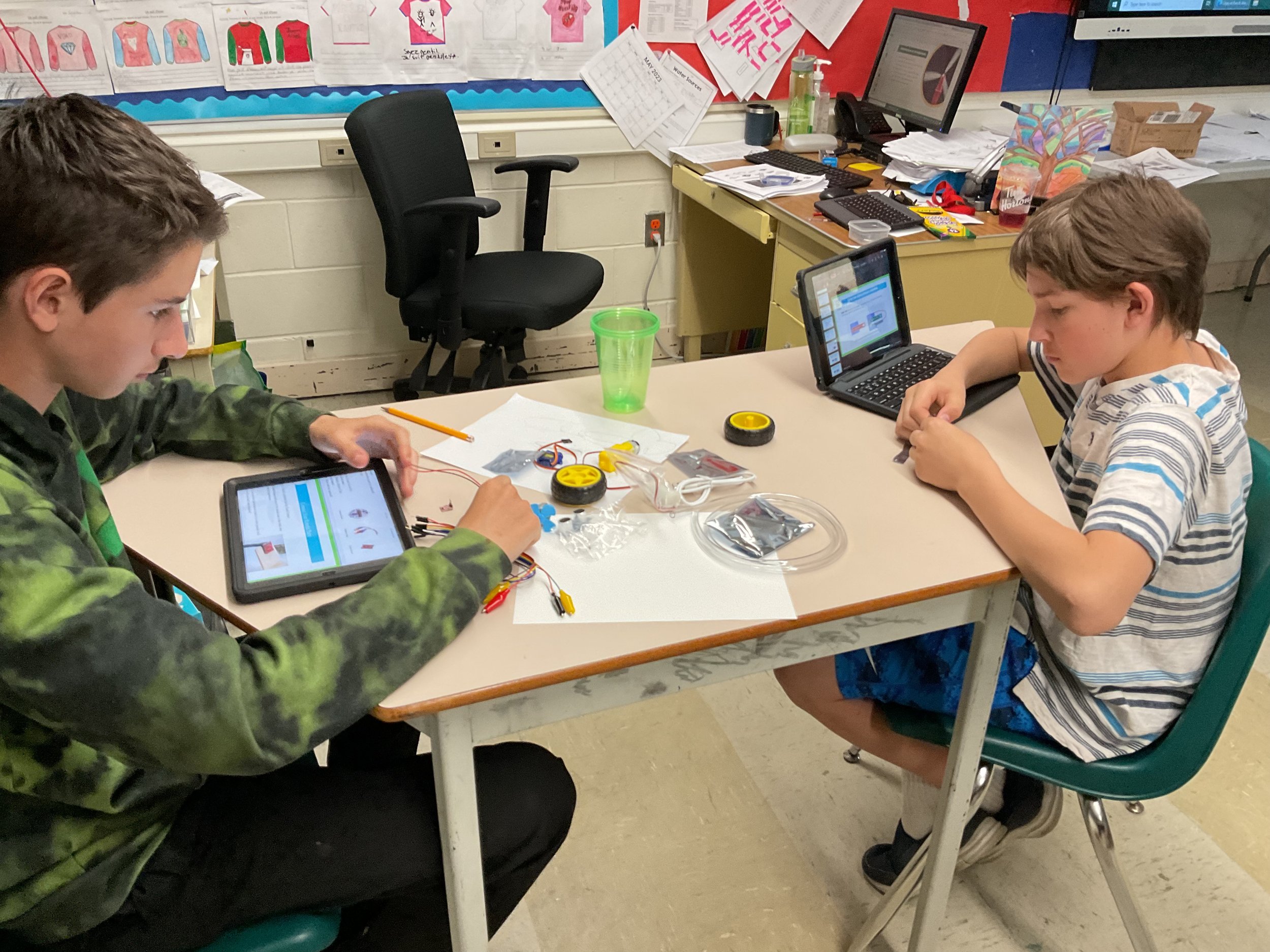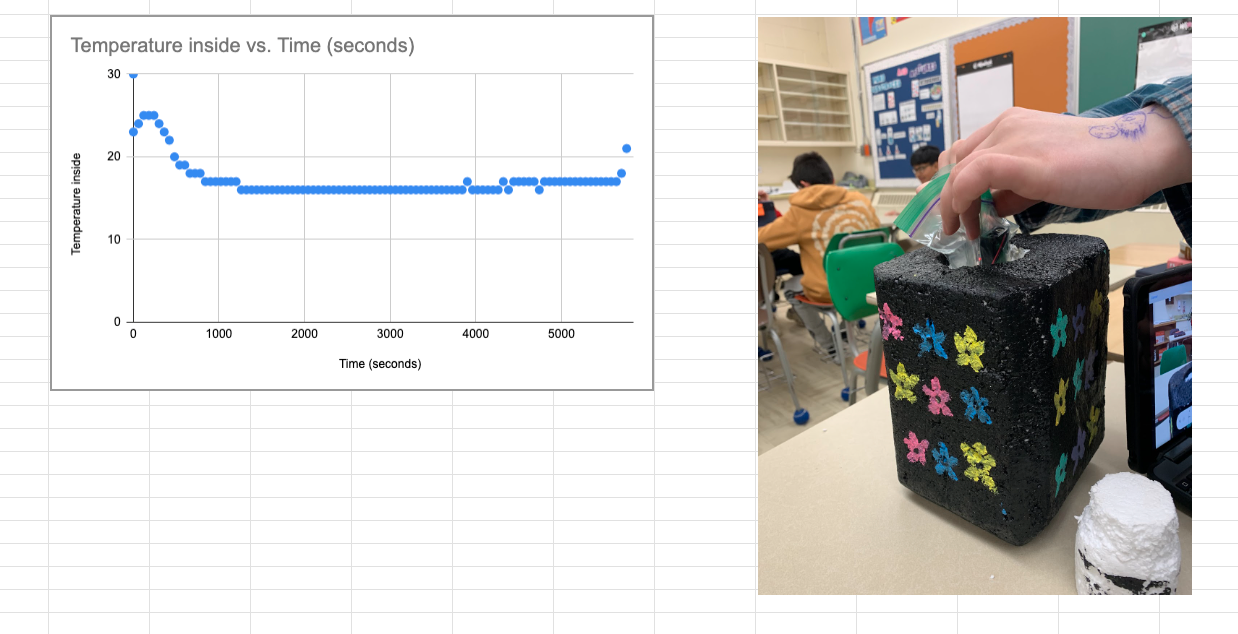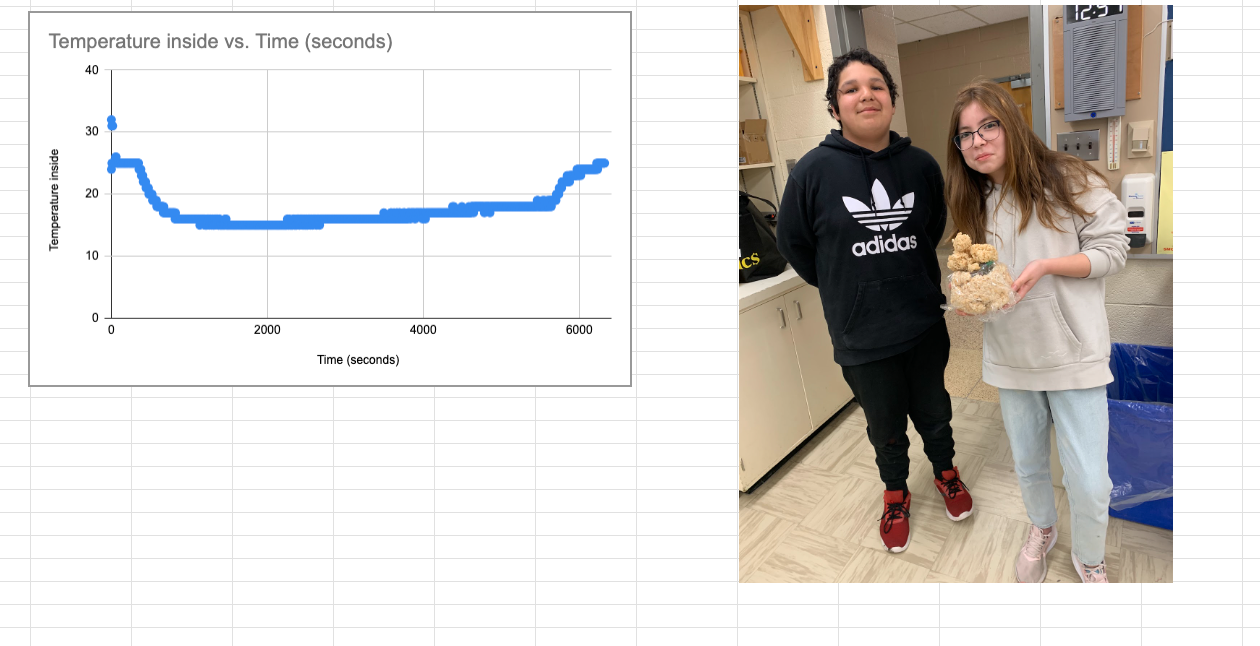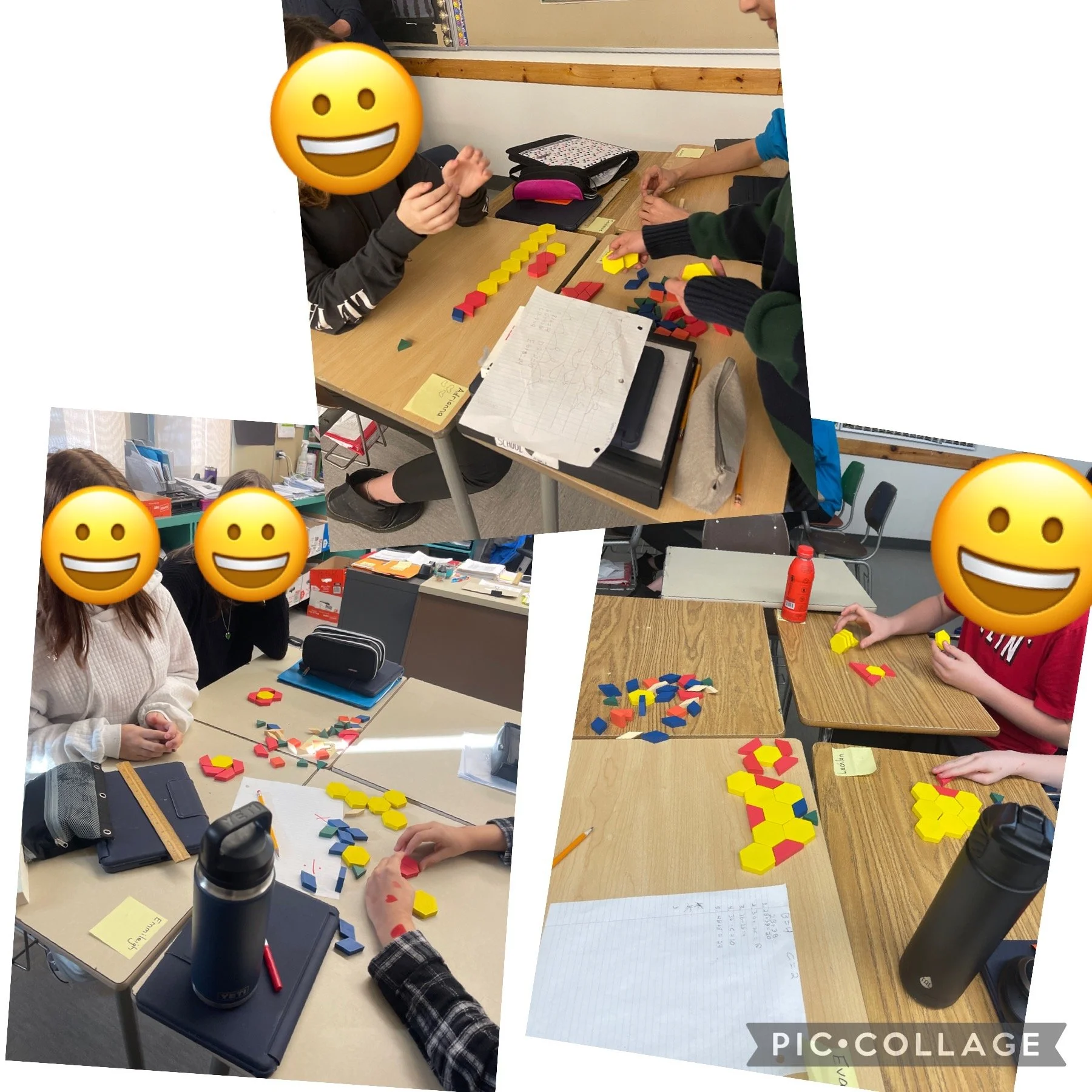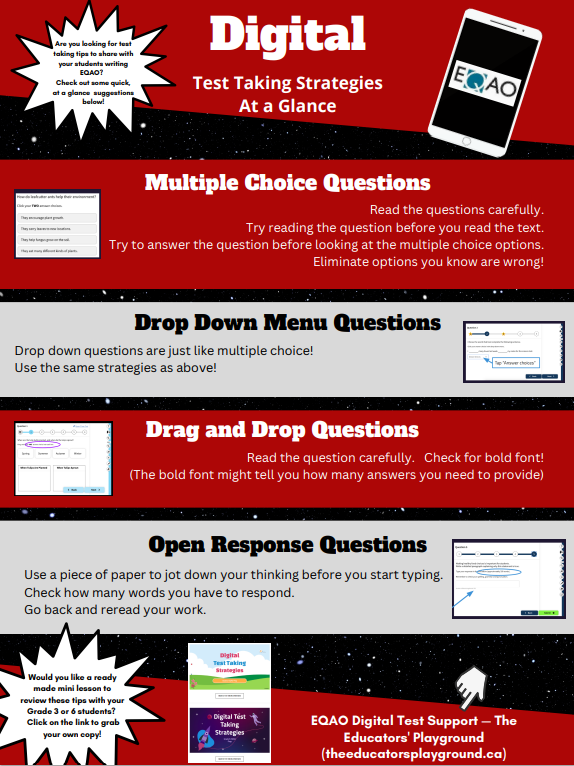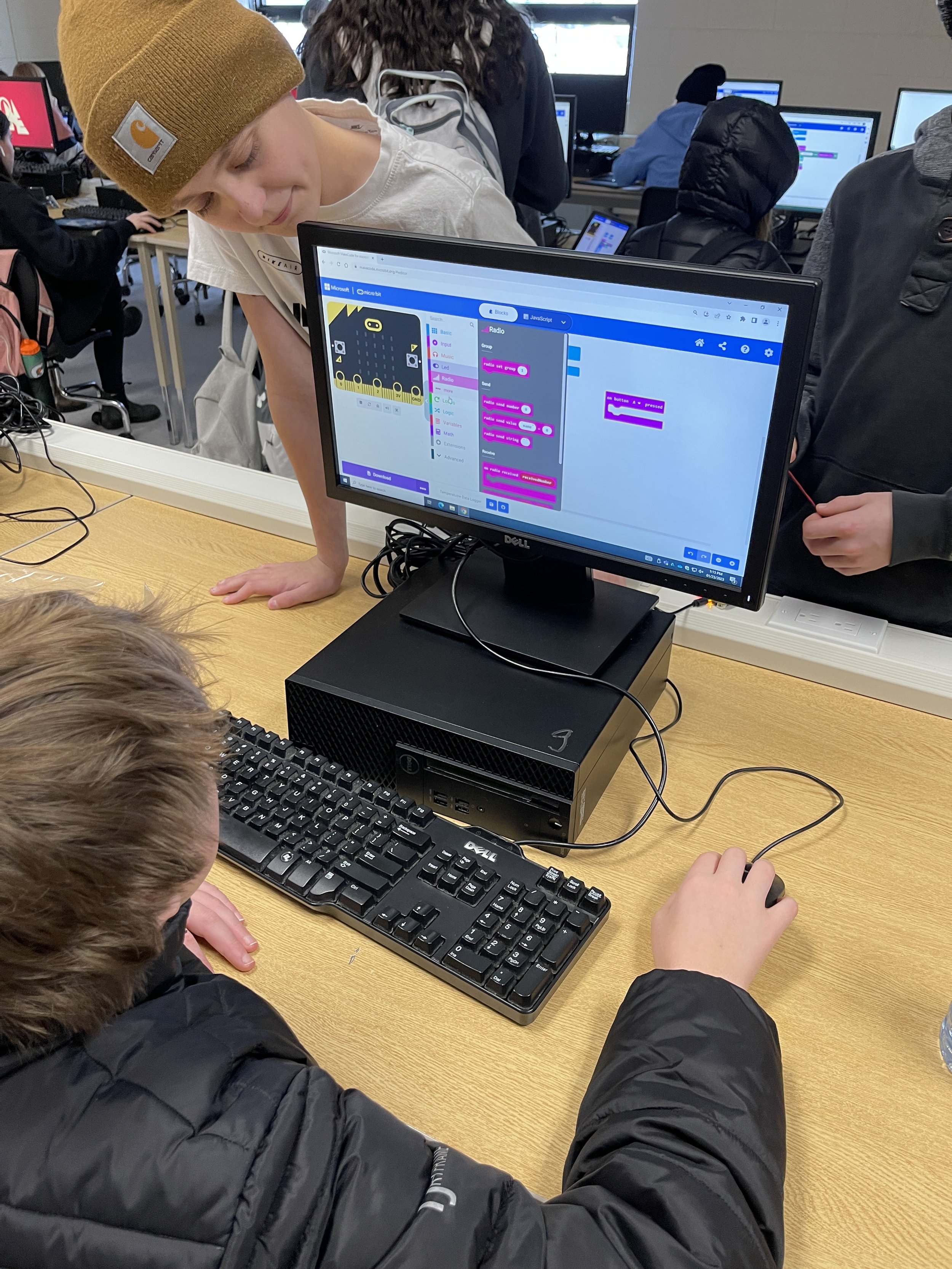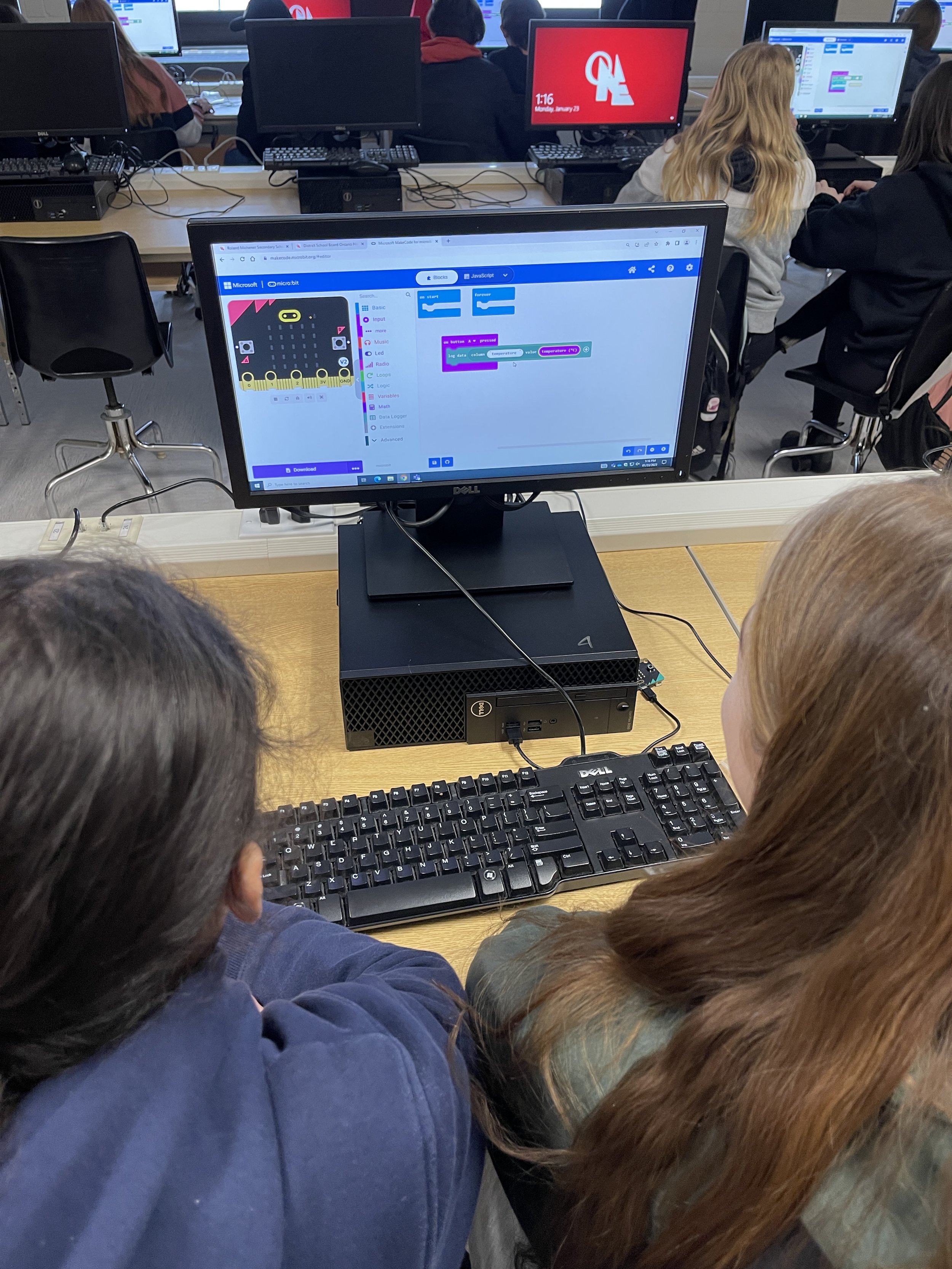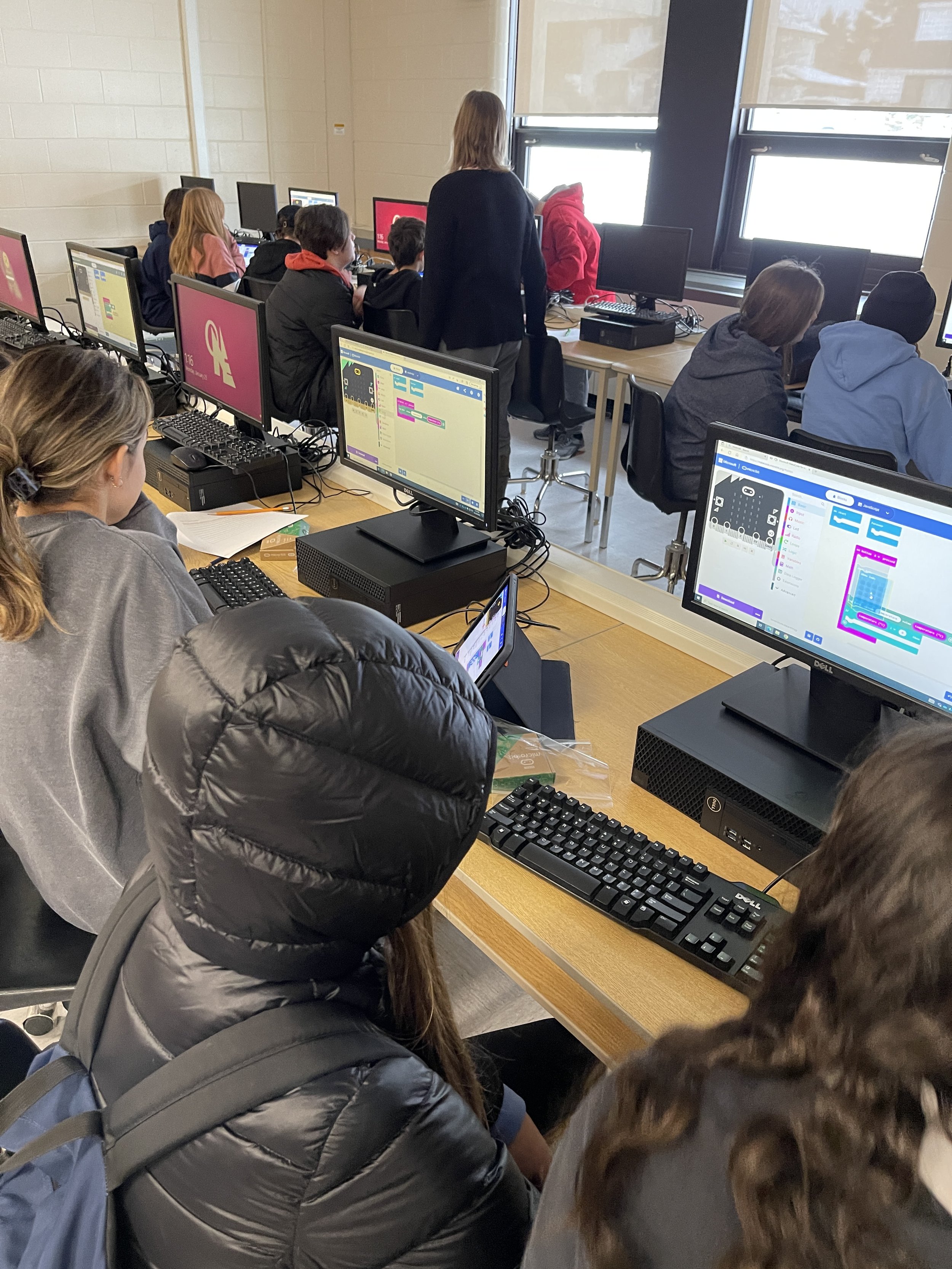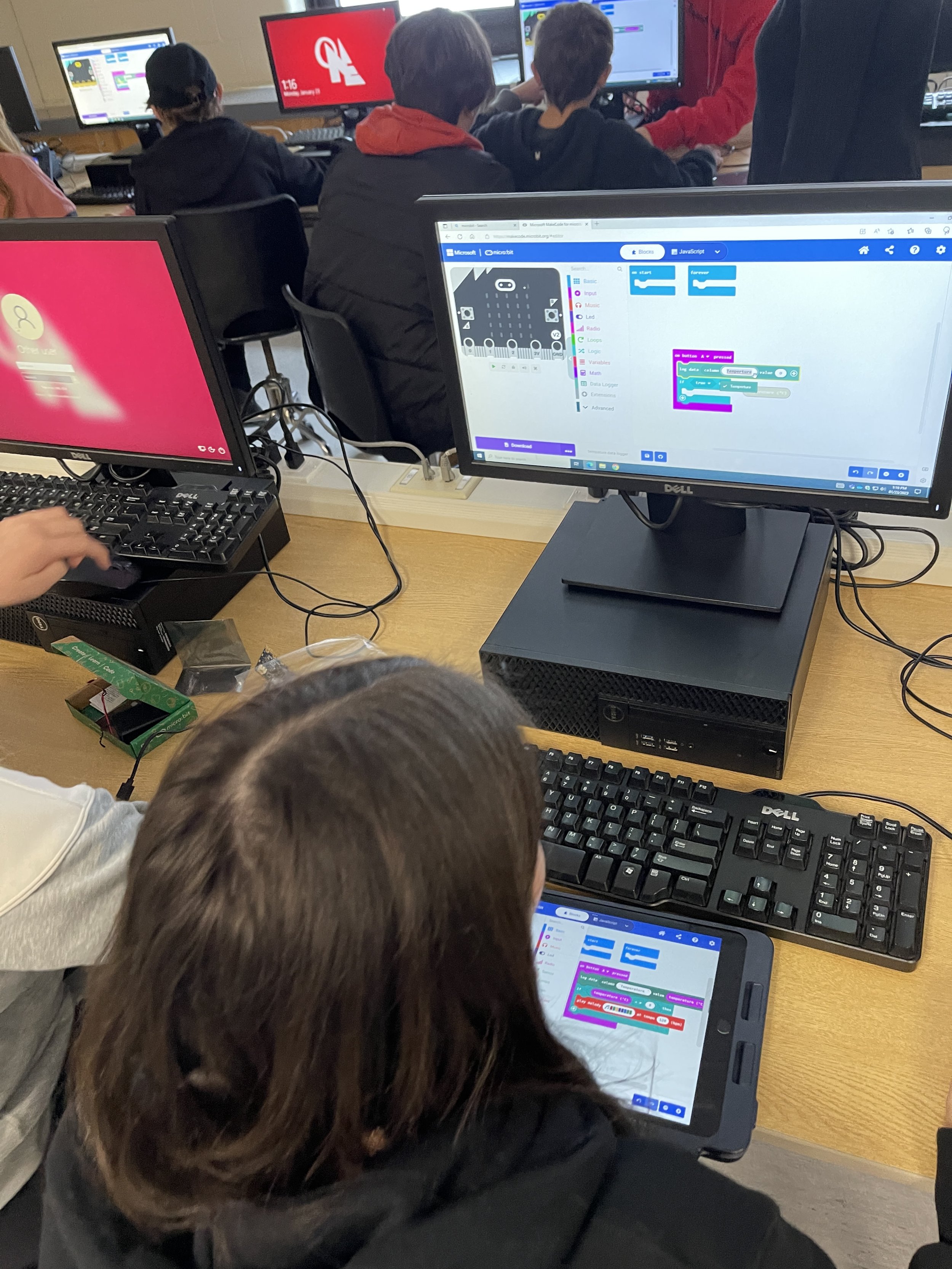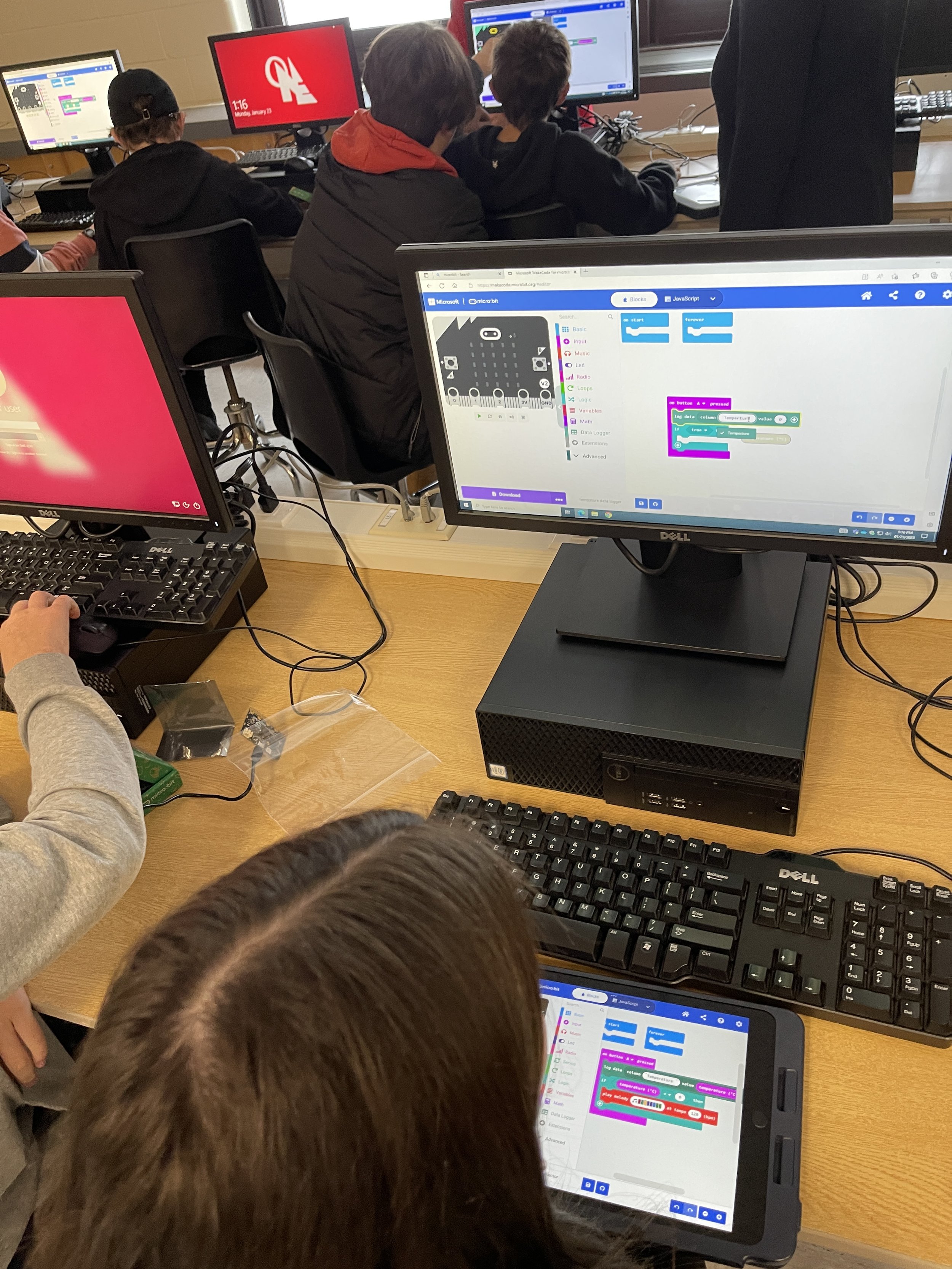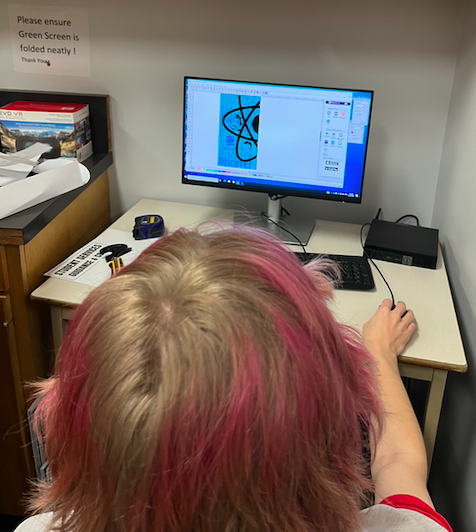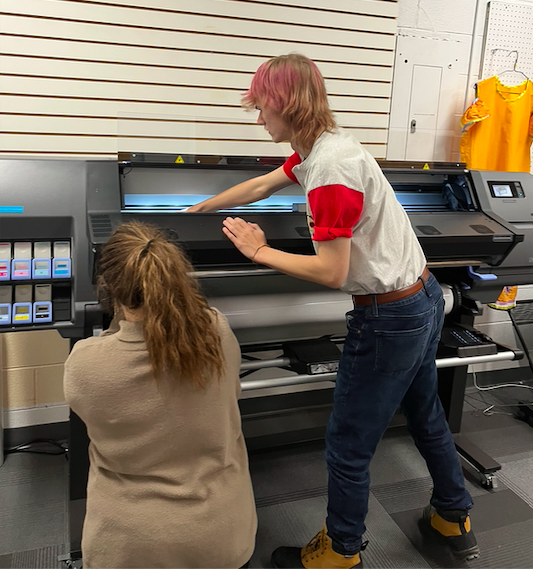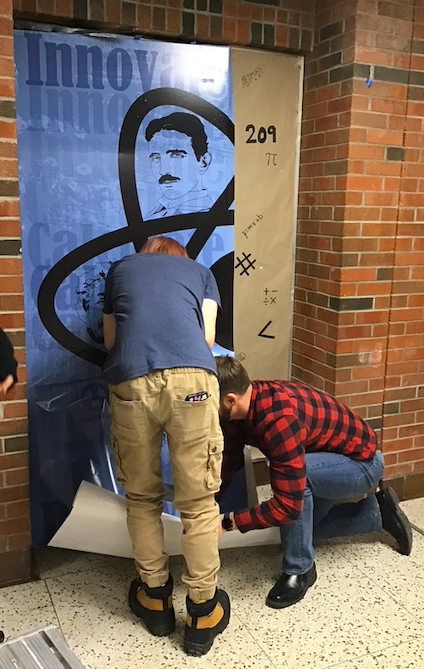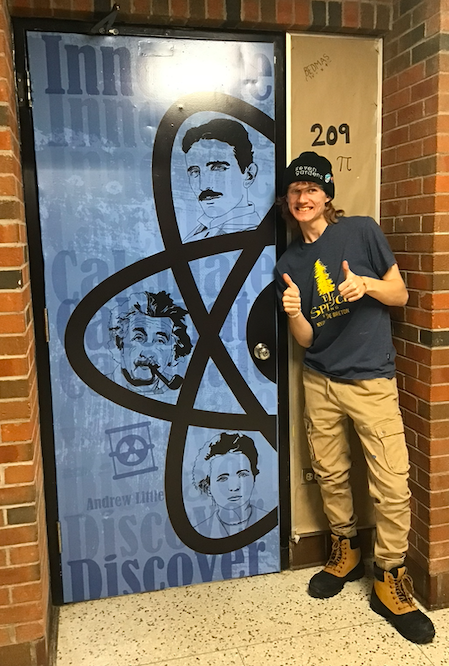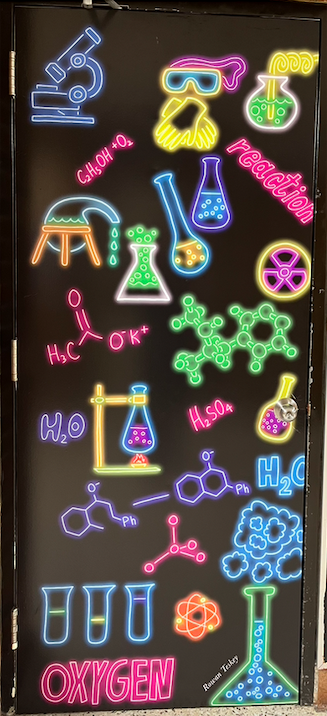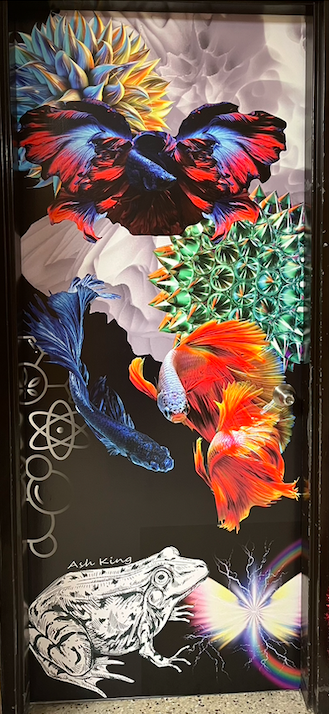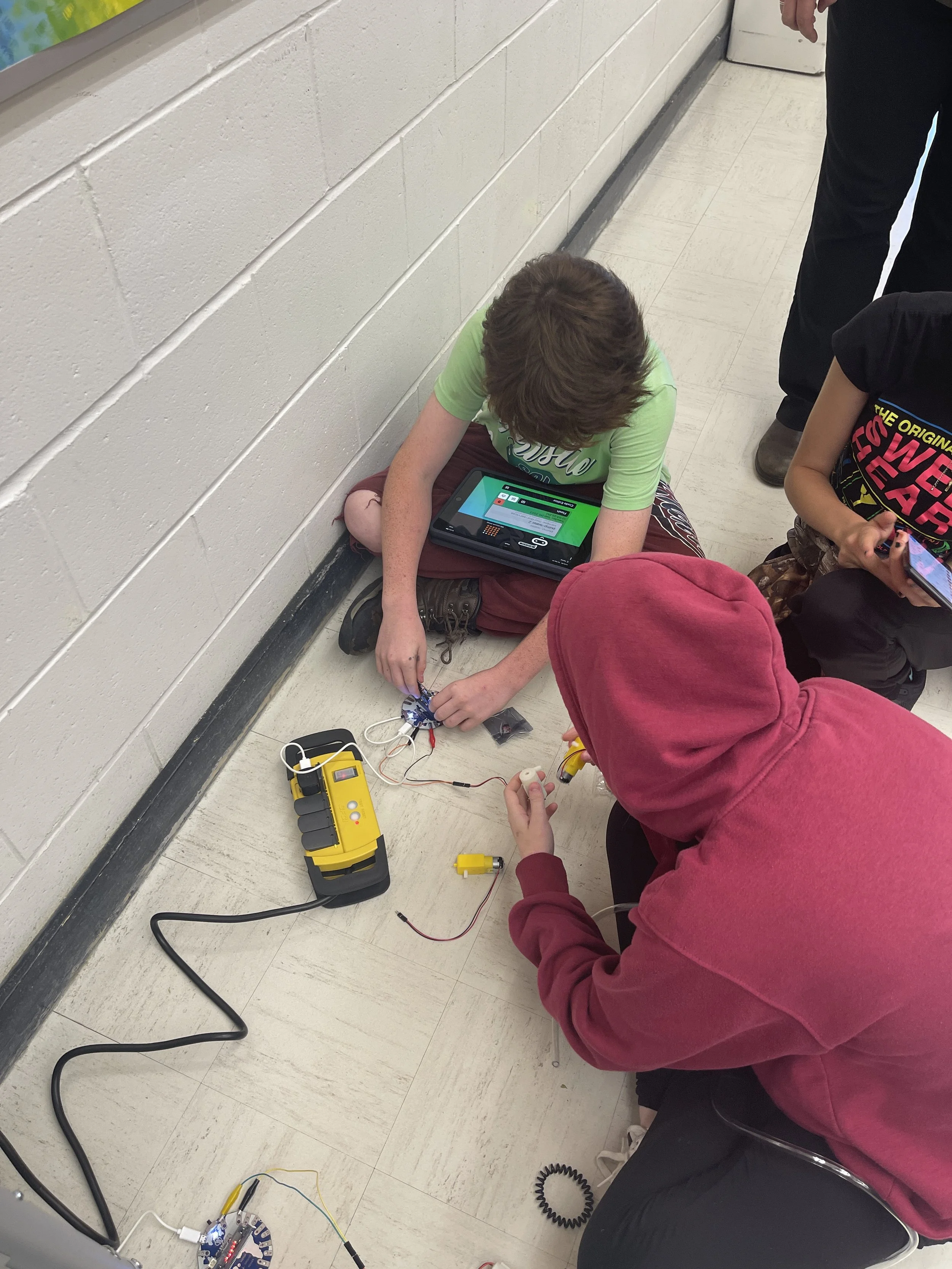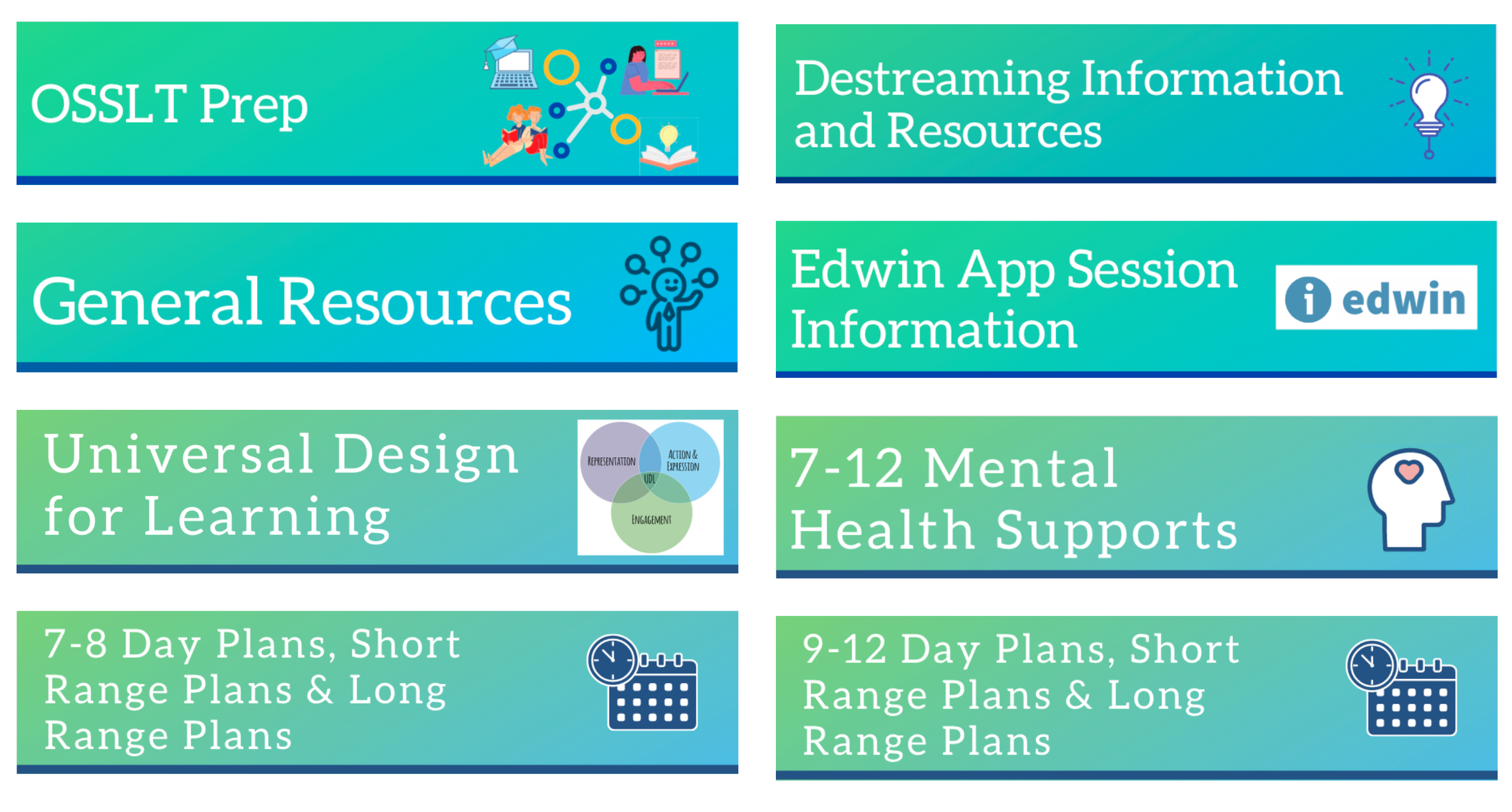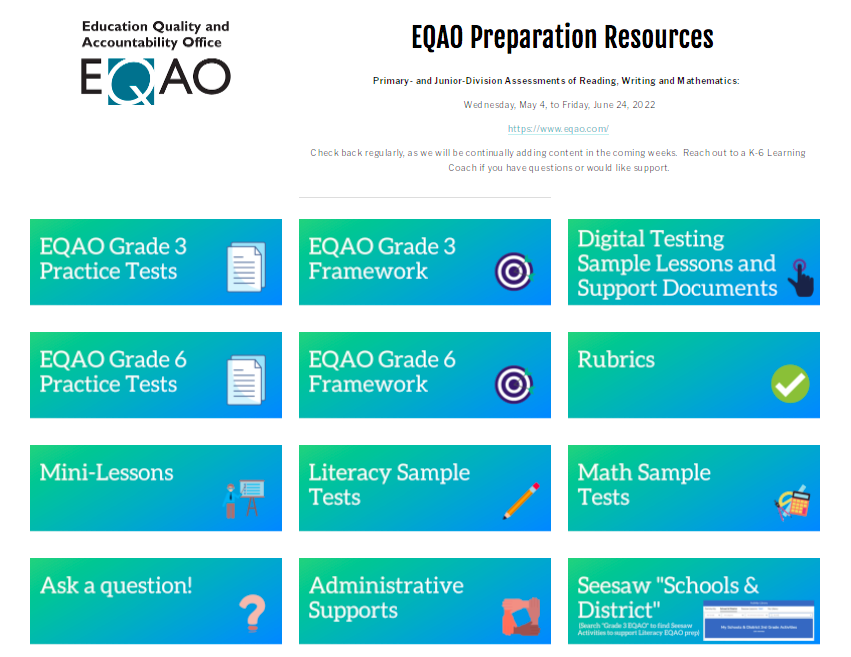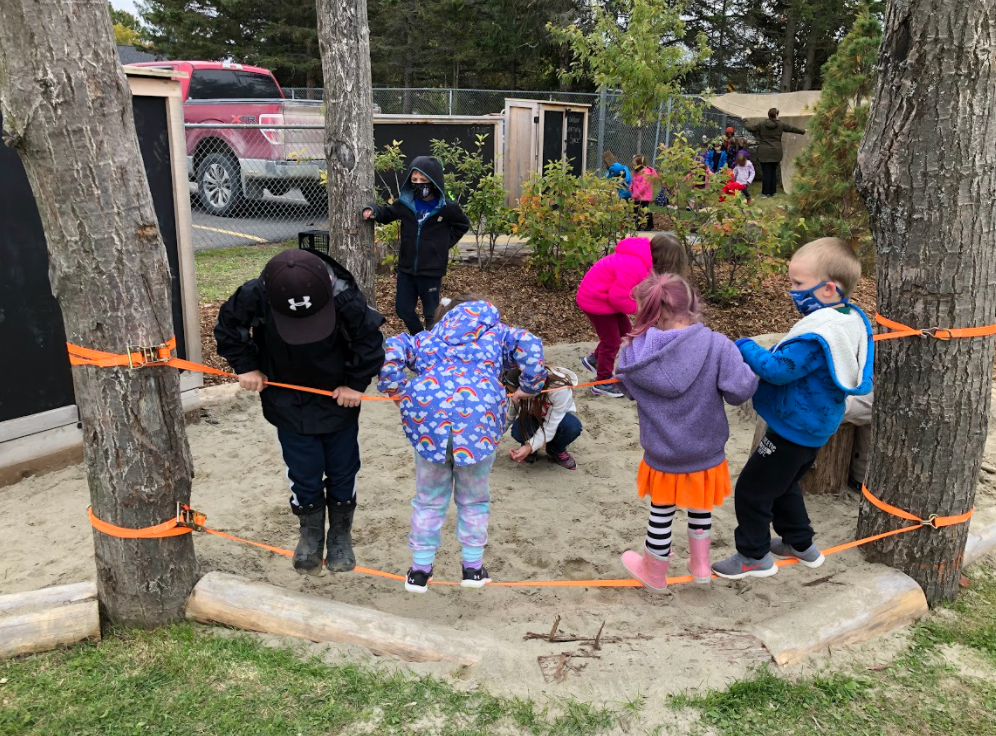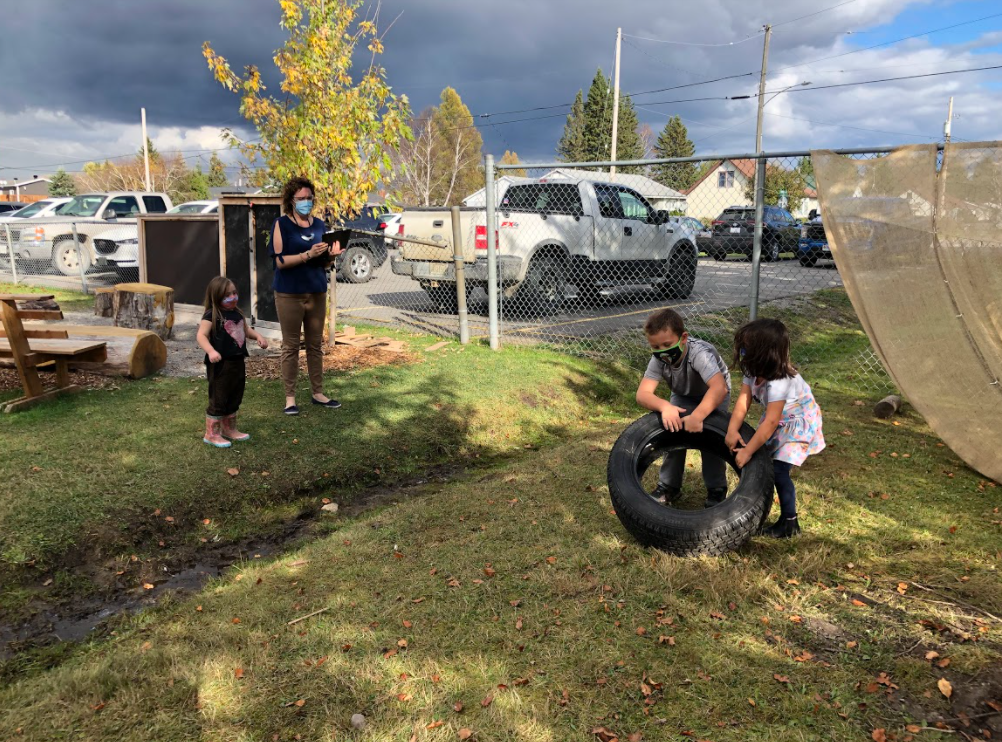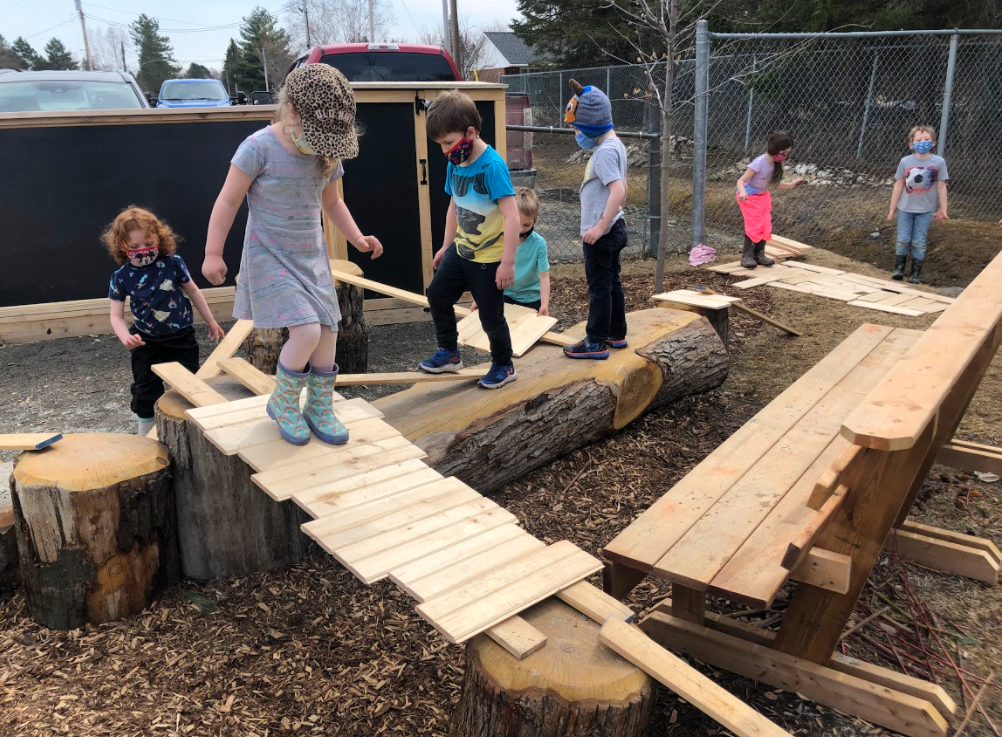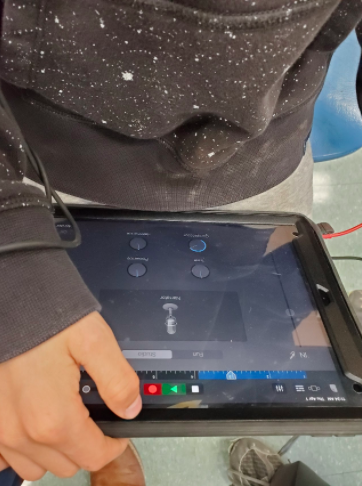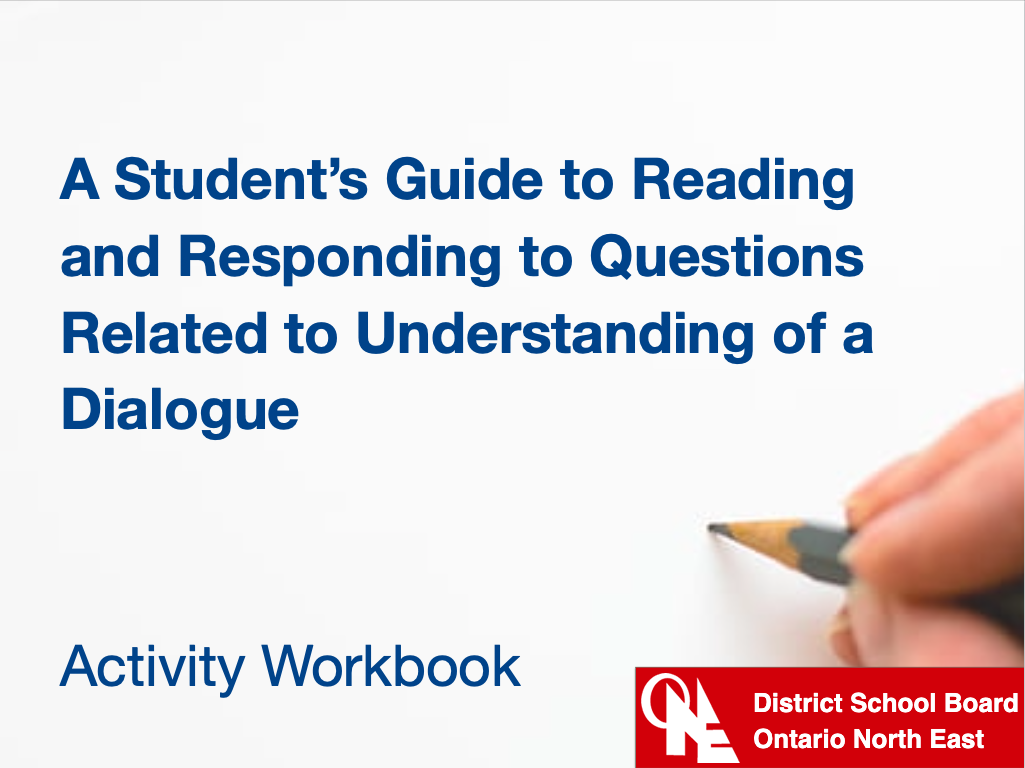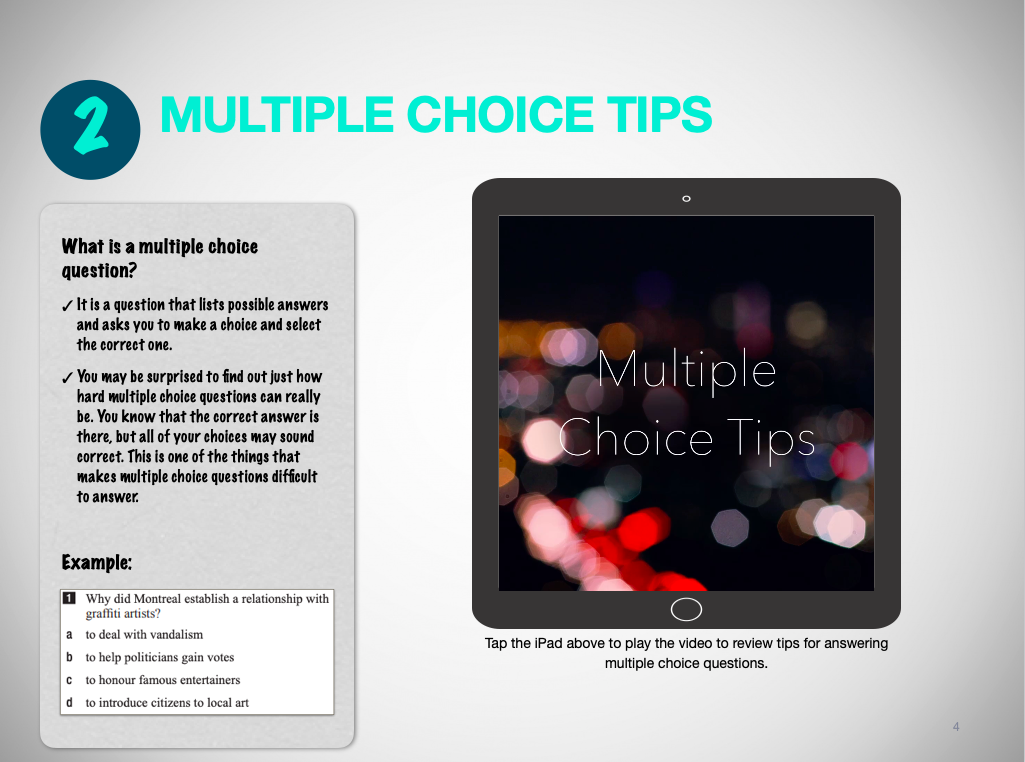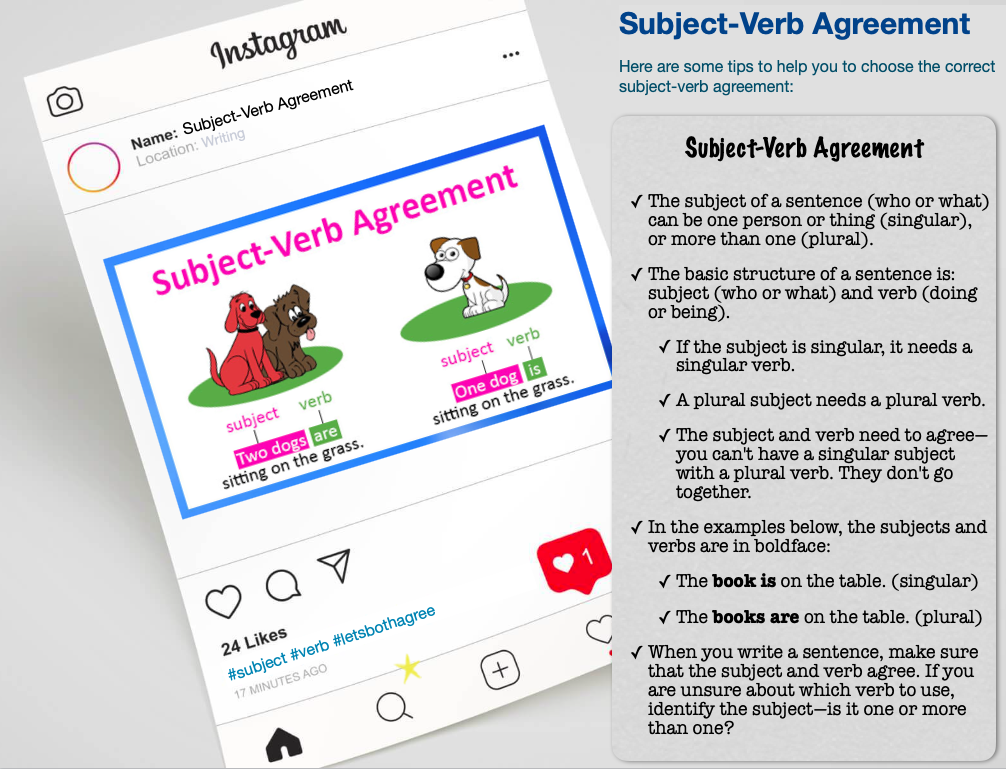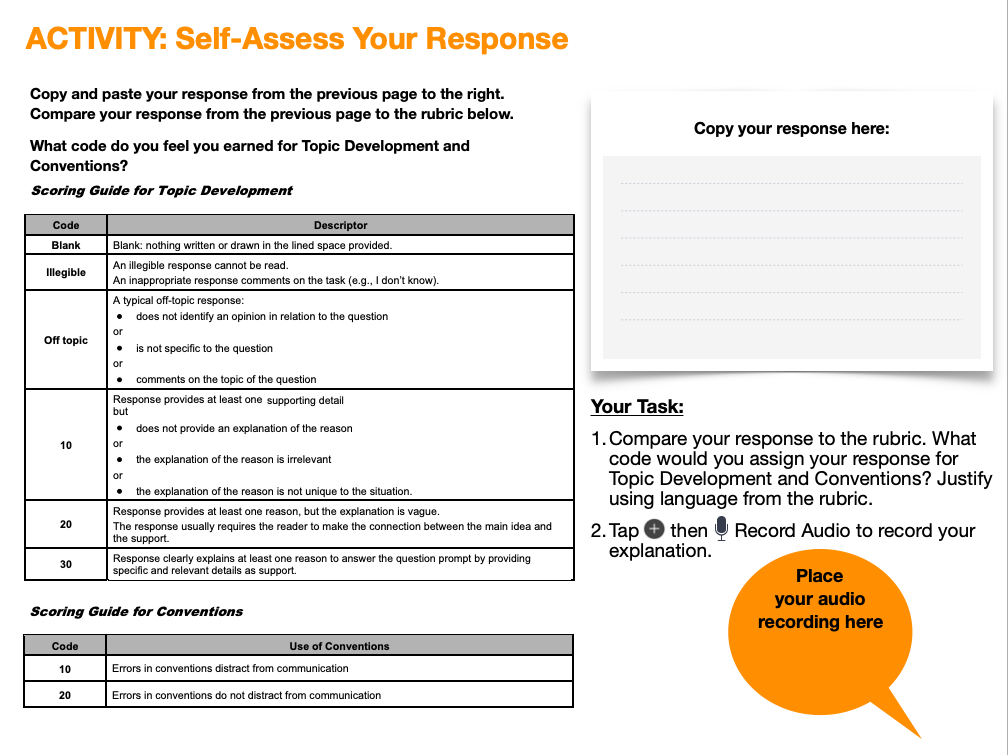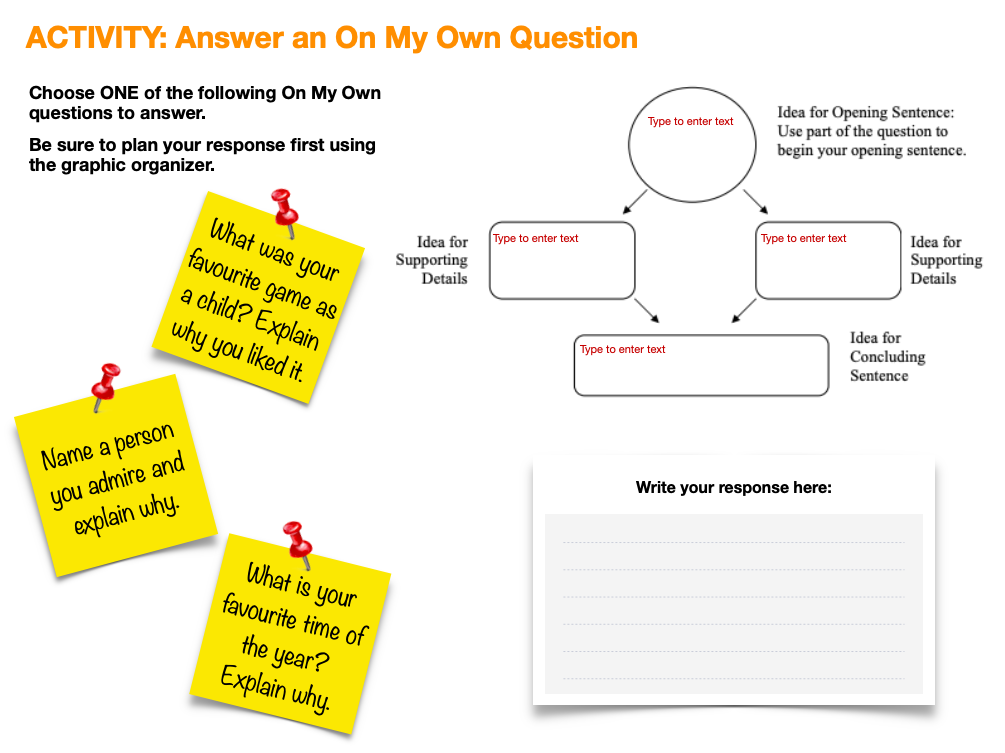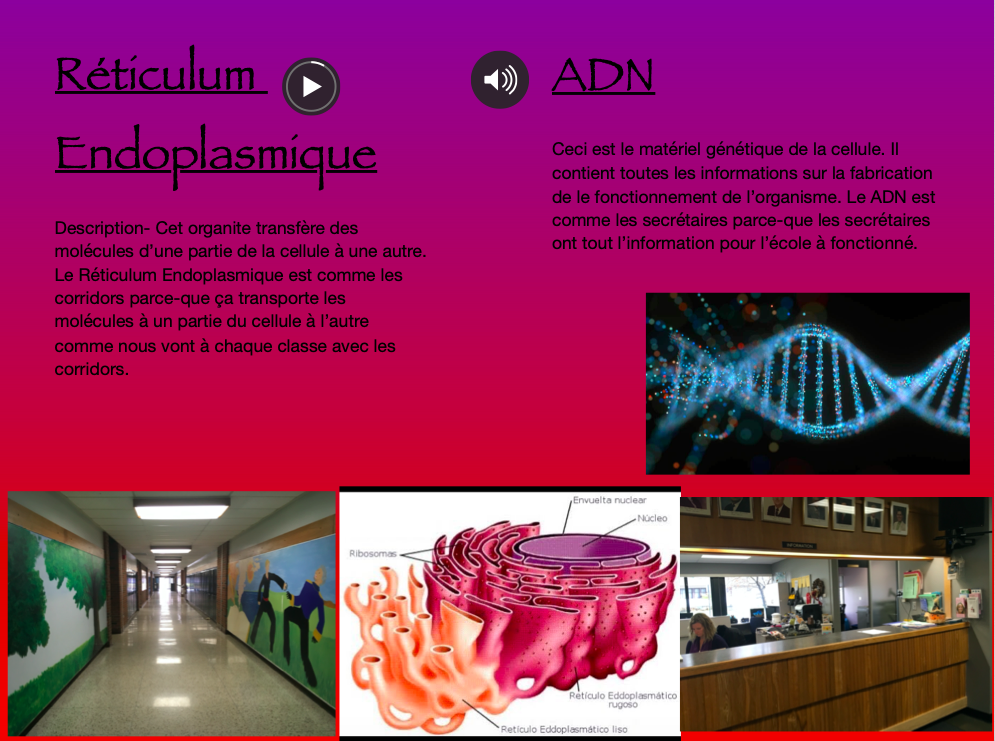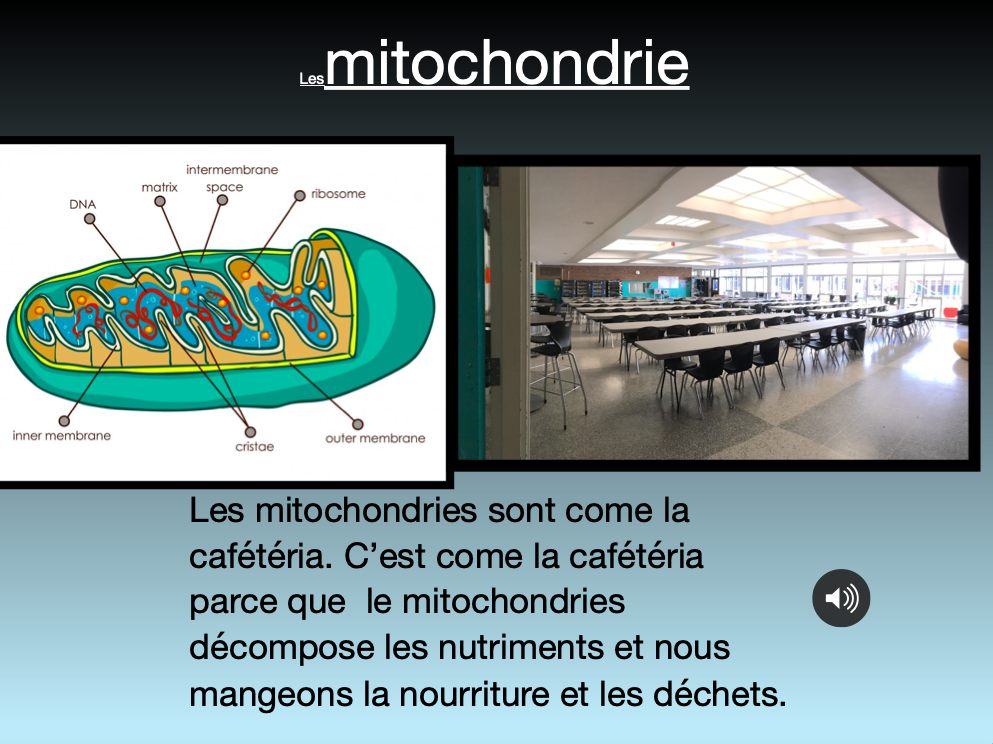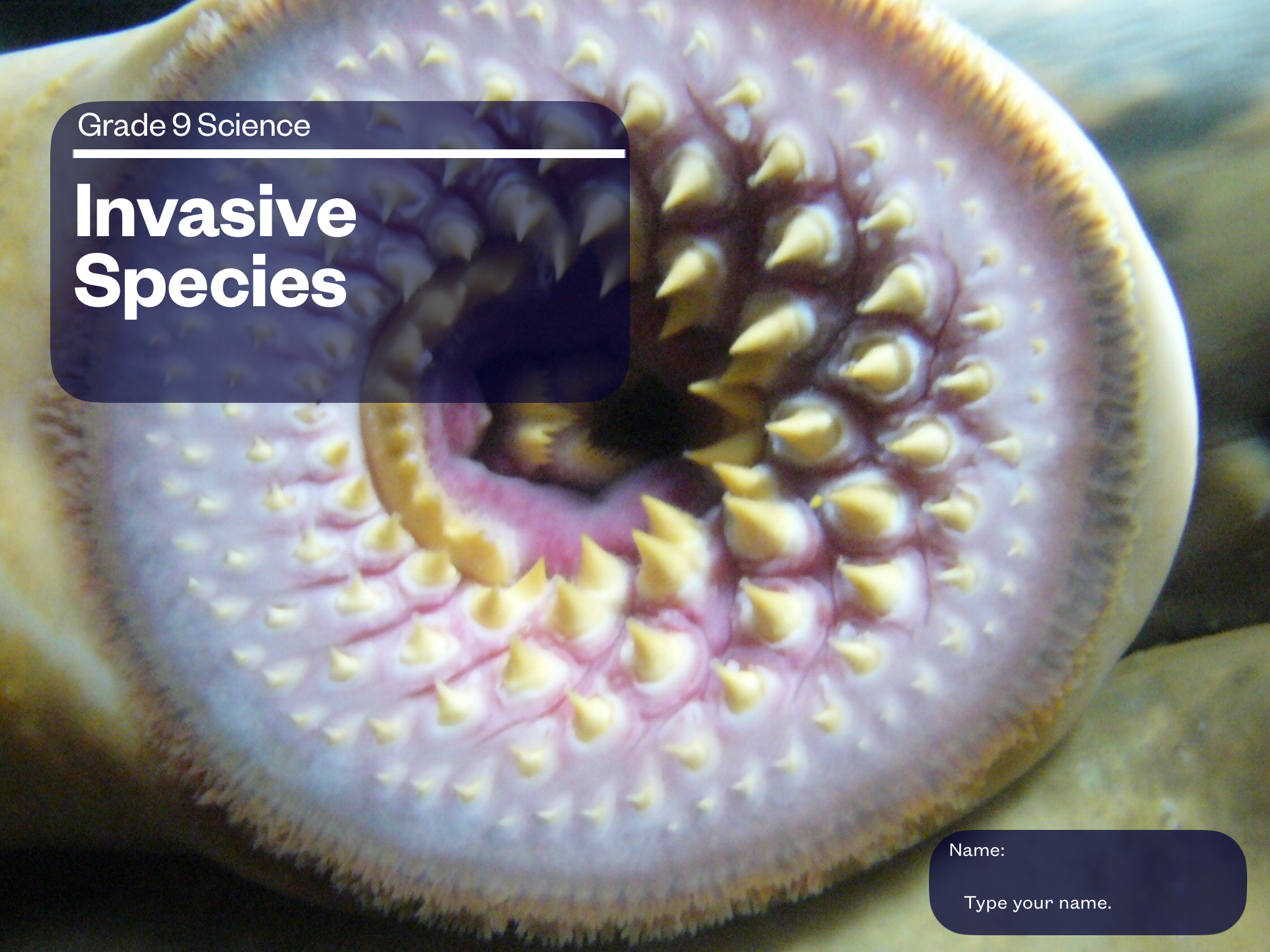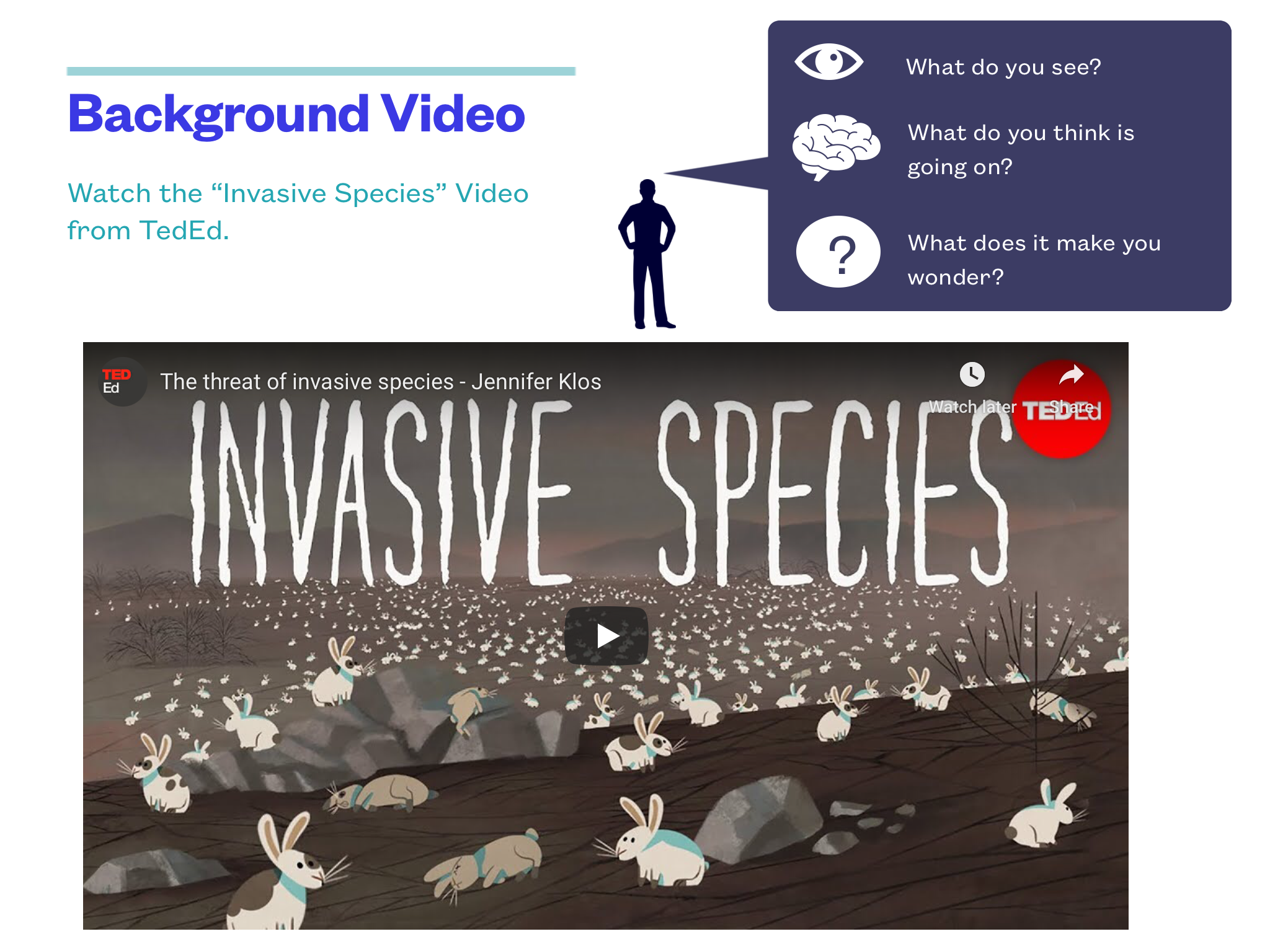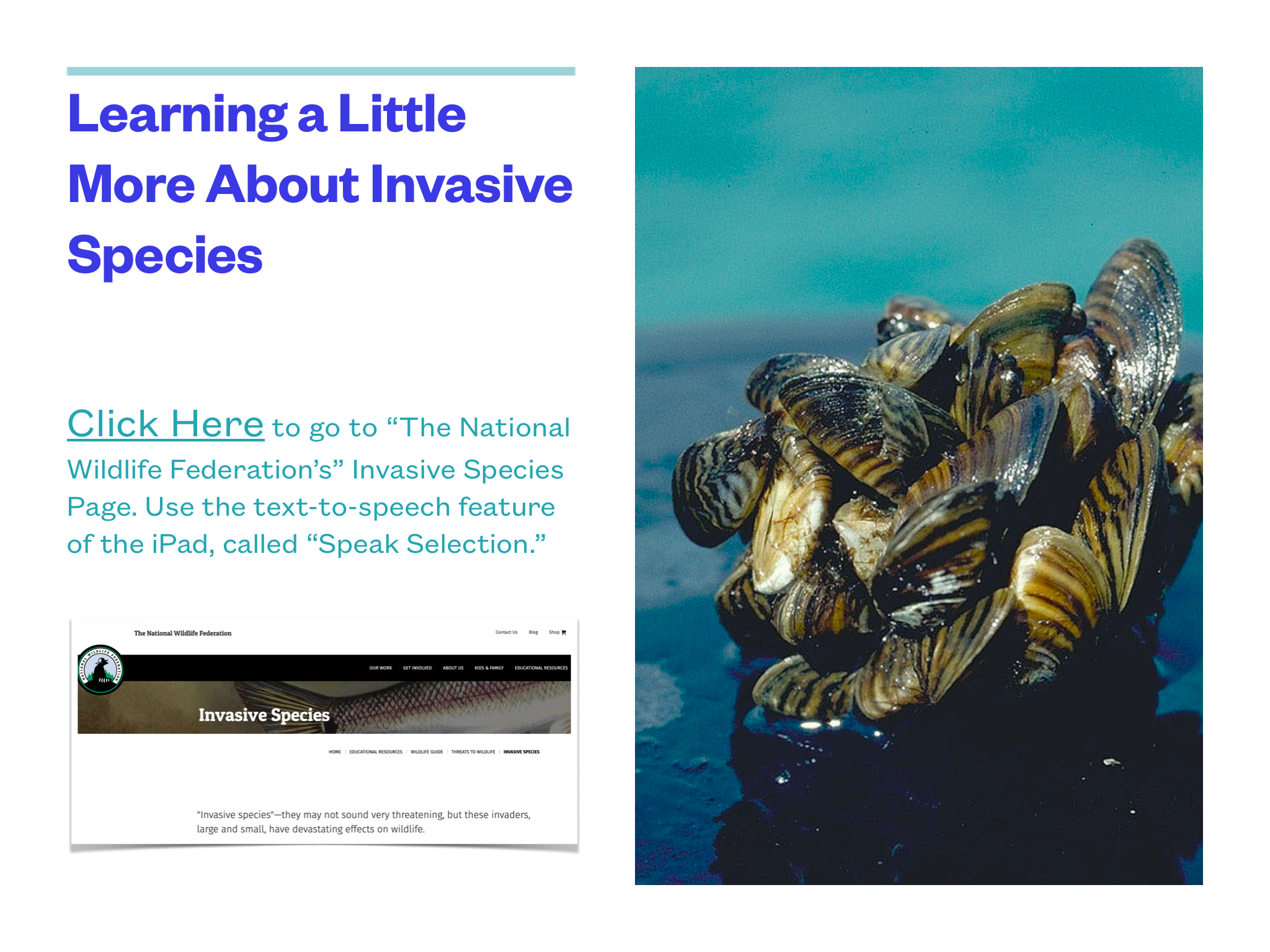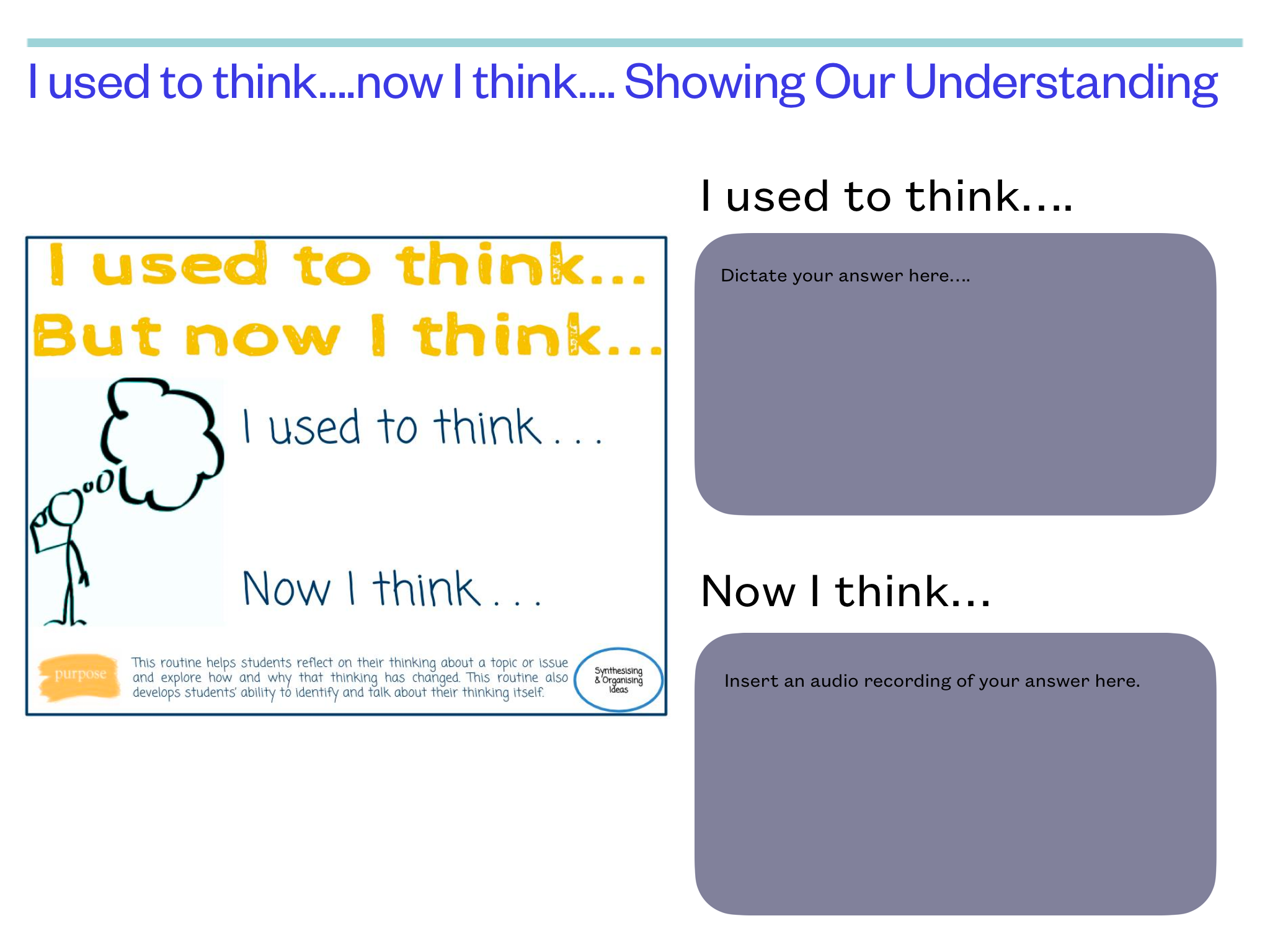We are currently experiencing a technical difficulty with the site and working to restore broken links to pages
**
We are currently experiencing a technical difficulty with the site and working to restore broken links to pages **

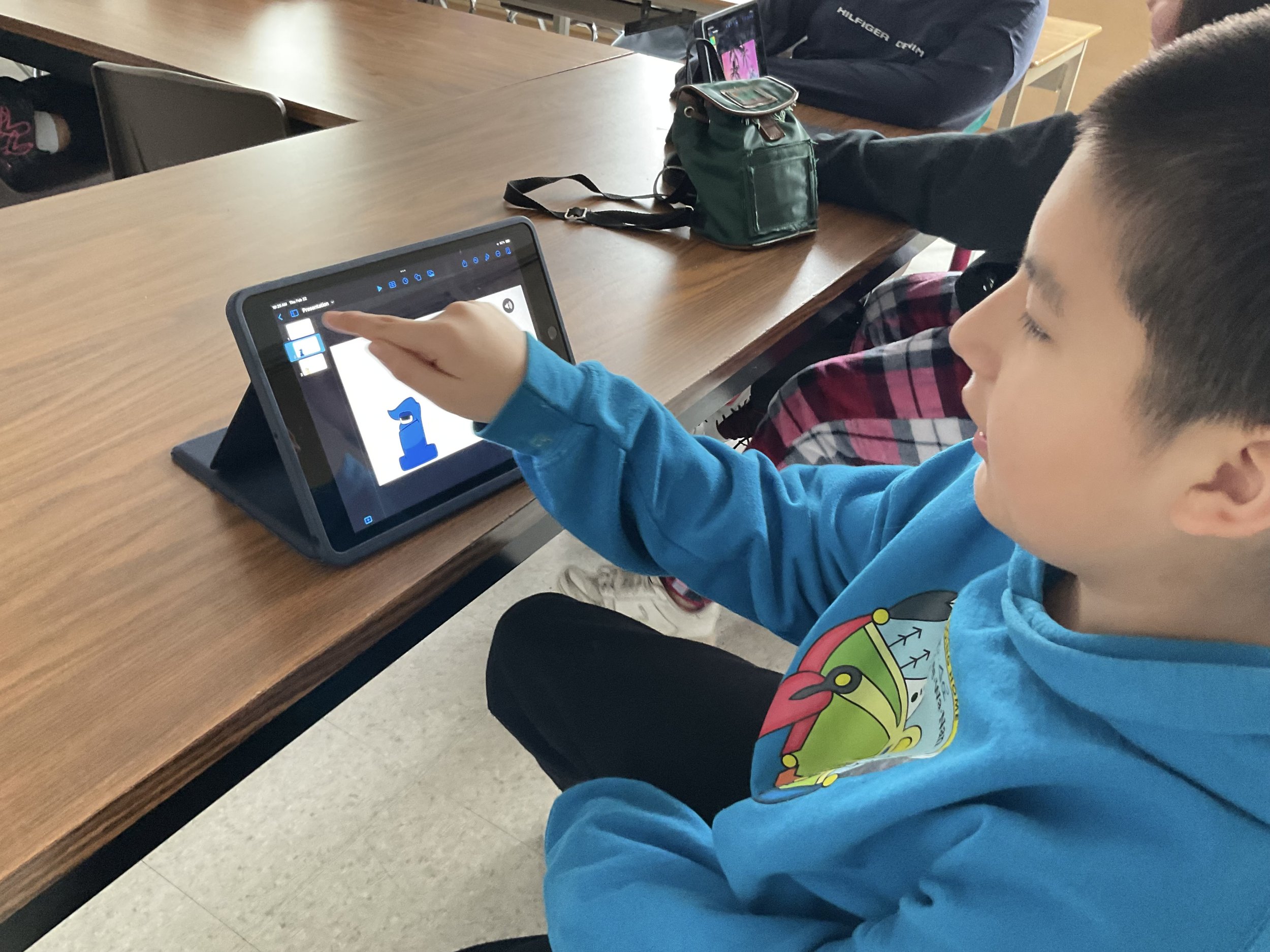
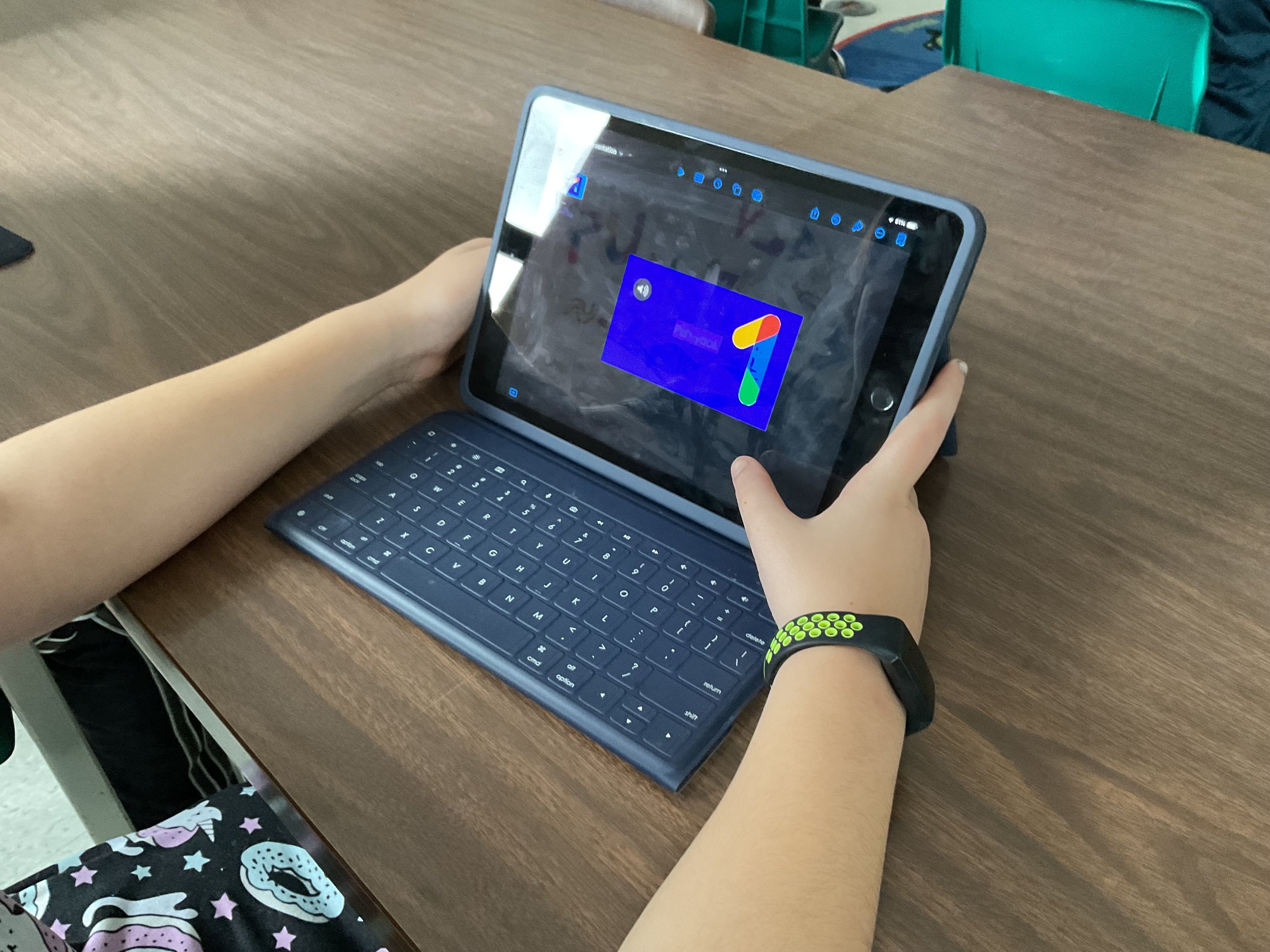
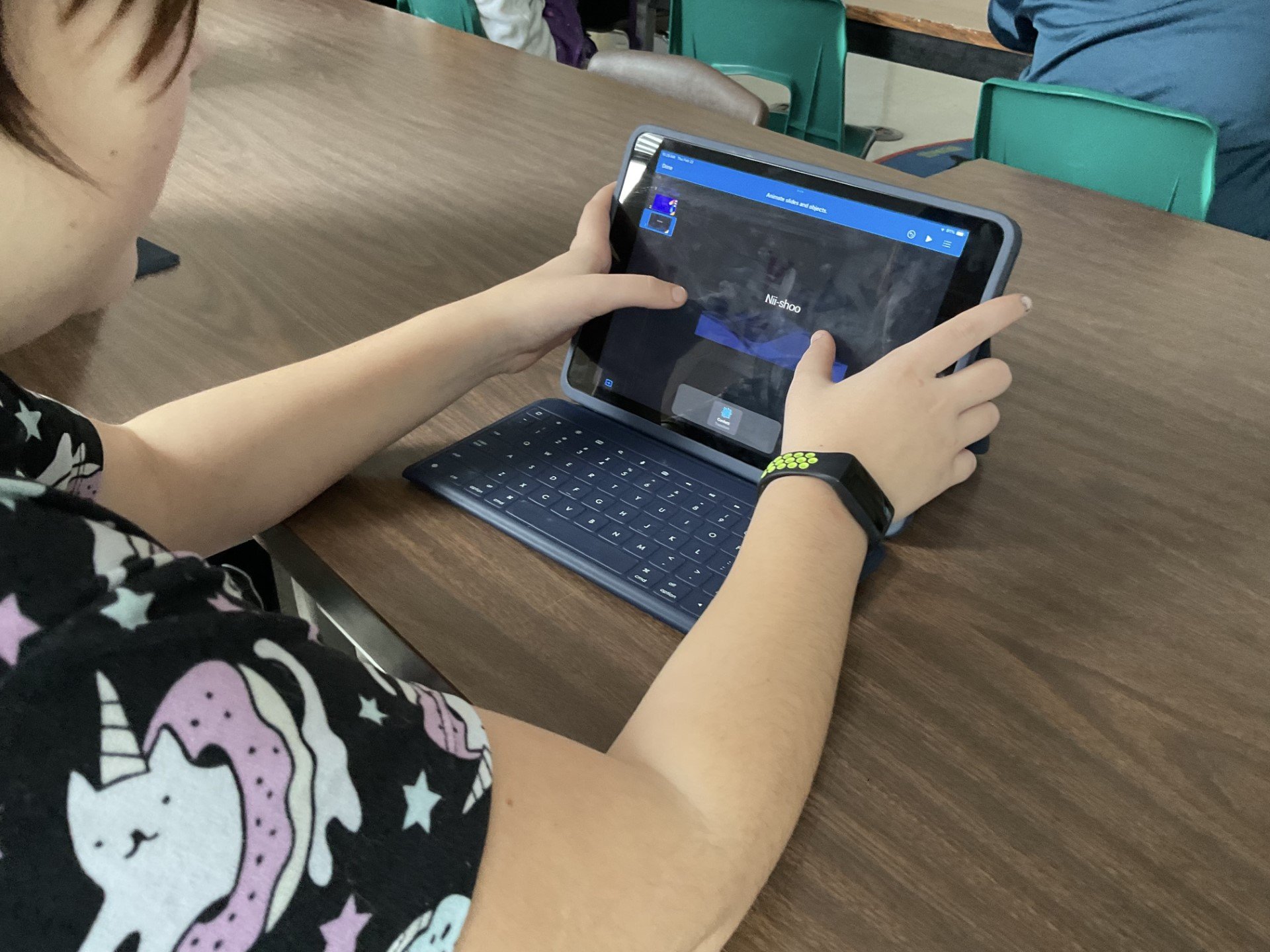
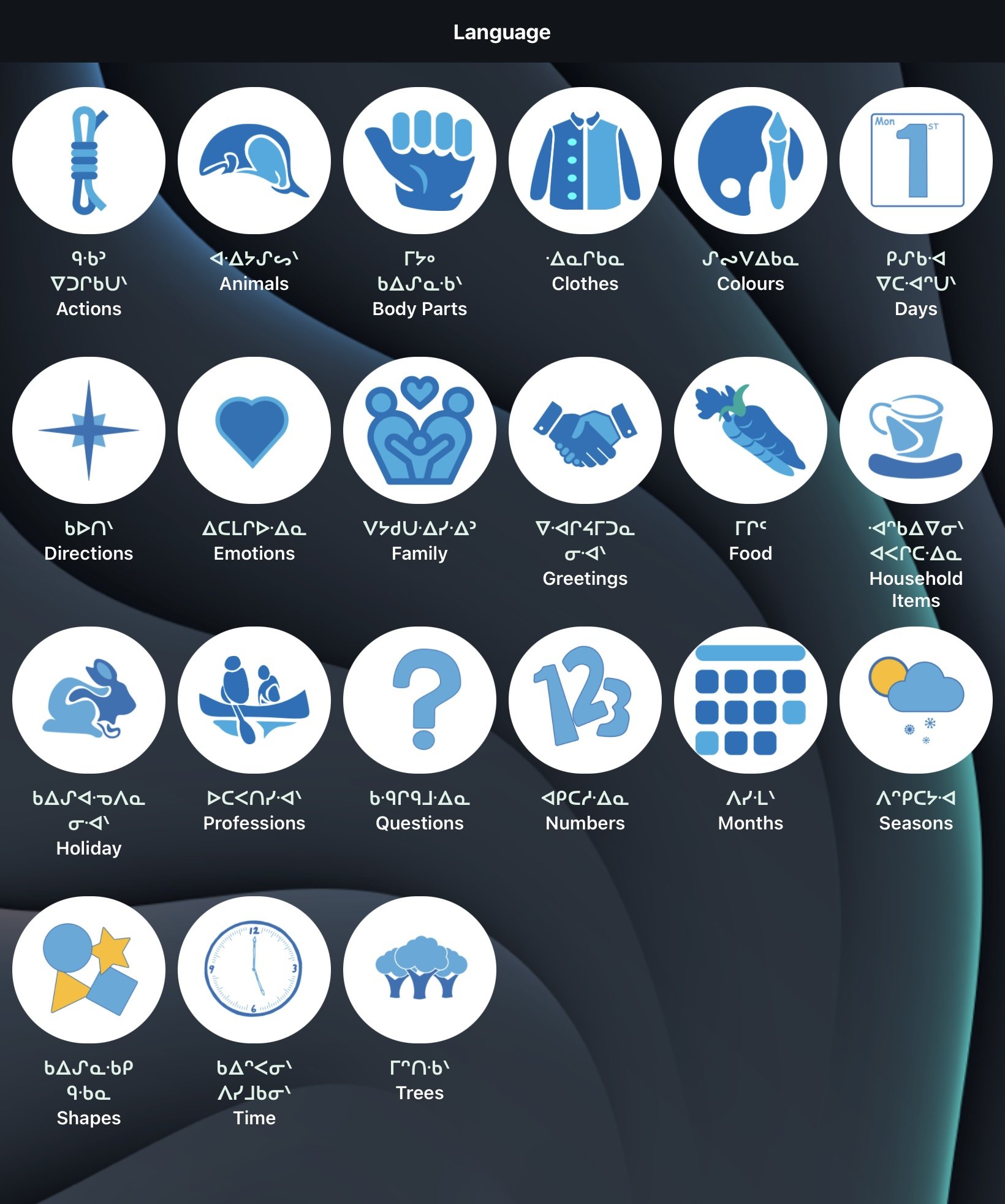
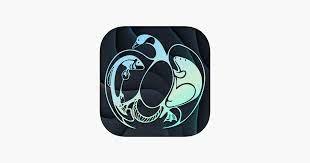
Using Keynote to Create Cree Language Dictionaries
Students in Mrs. Ingram-Paquette's grade 6/7 Cree Language class at Diamond Jubilee Public School in Kapuskasing, got creative with Keynote and the Omushkego Cree app. They made their own visual and auditory dictionaries in Cree! Using Keynote, students integrated animations and employed the audio recording feature to present and communicate numbers they learned in Cree by consulting the Omushkego Cree app.
Content Knowledge
communicate in various contexts and for a variety of purposes
use the pronunciation used by Indigenous speakers in the community
use of resources to confirm spelling (e.g., classroom-displayed vocabulary lists, syllabics chart)
Pedagogical Knowledge
UDL
Modeling
Peer instruction
Technological Knowledge
Keynote
Audio Recording
Omushkego Cree app
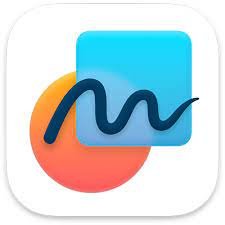
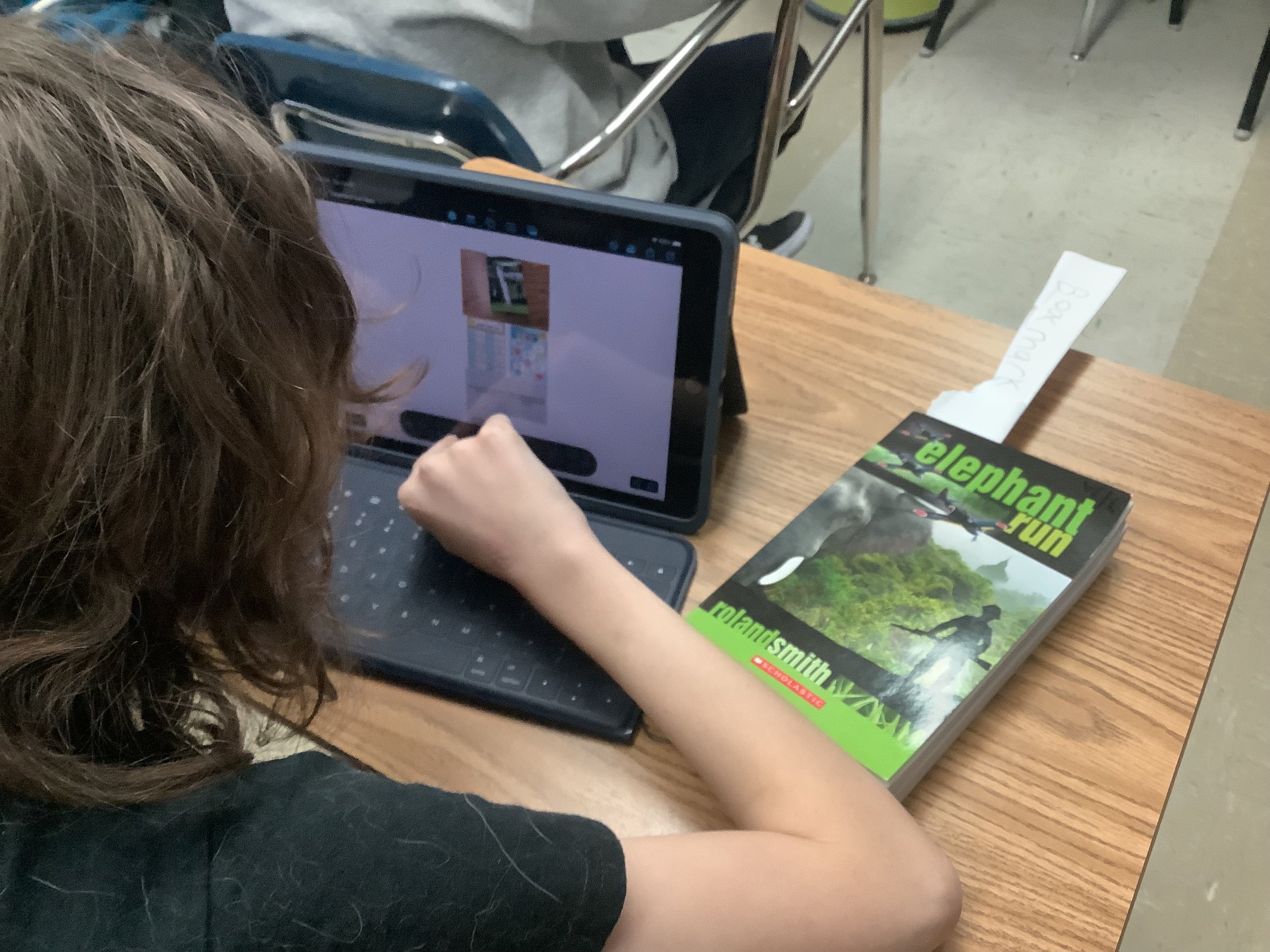
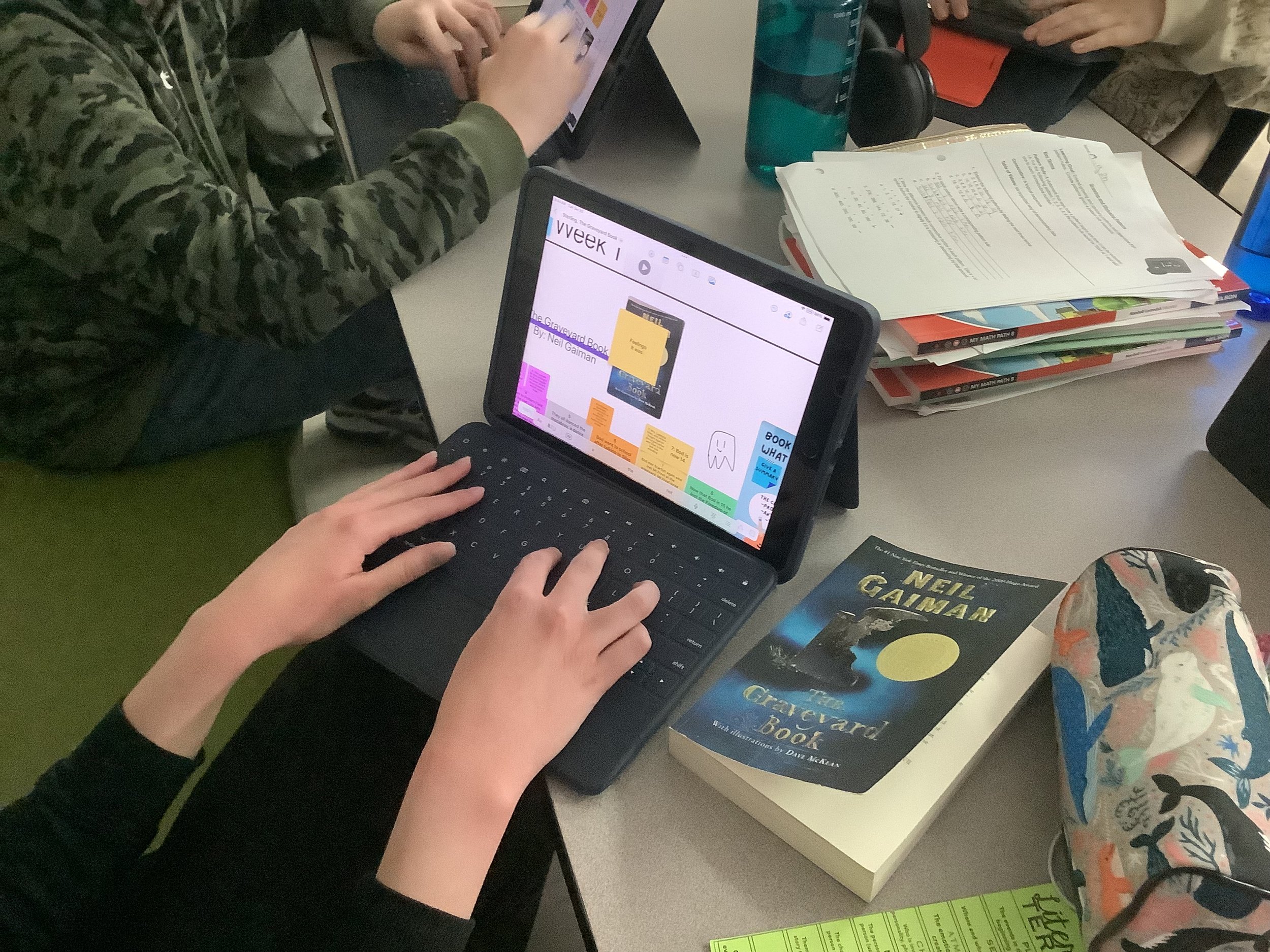
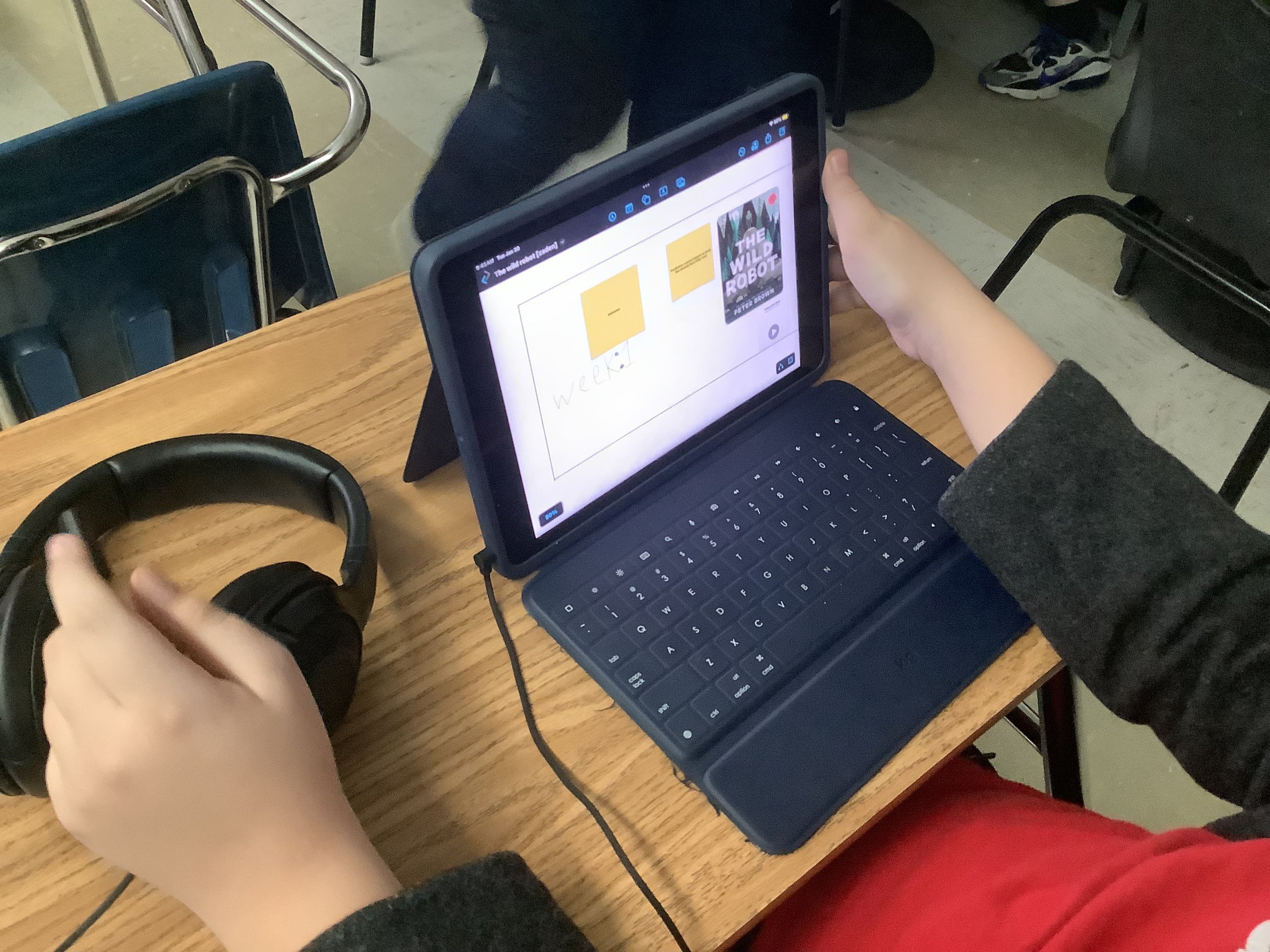
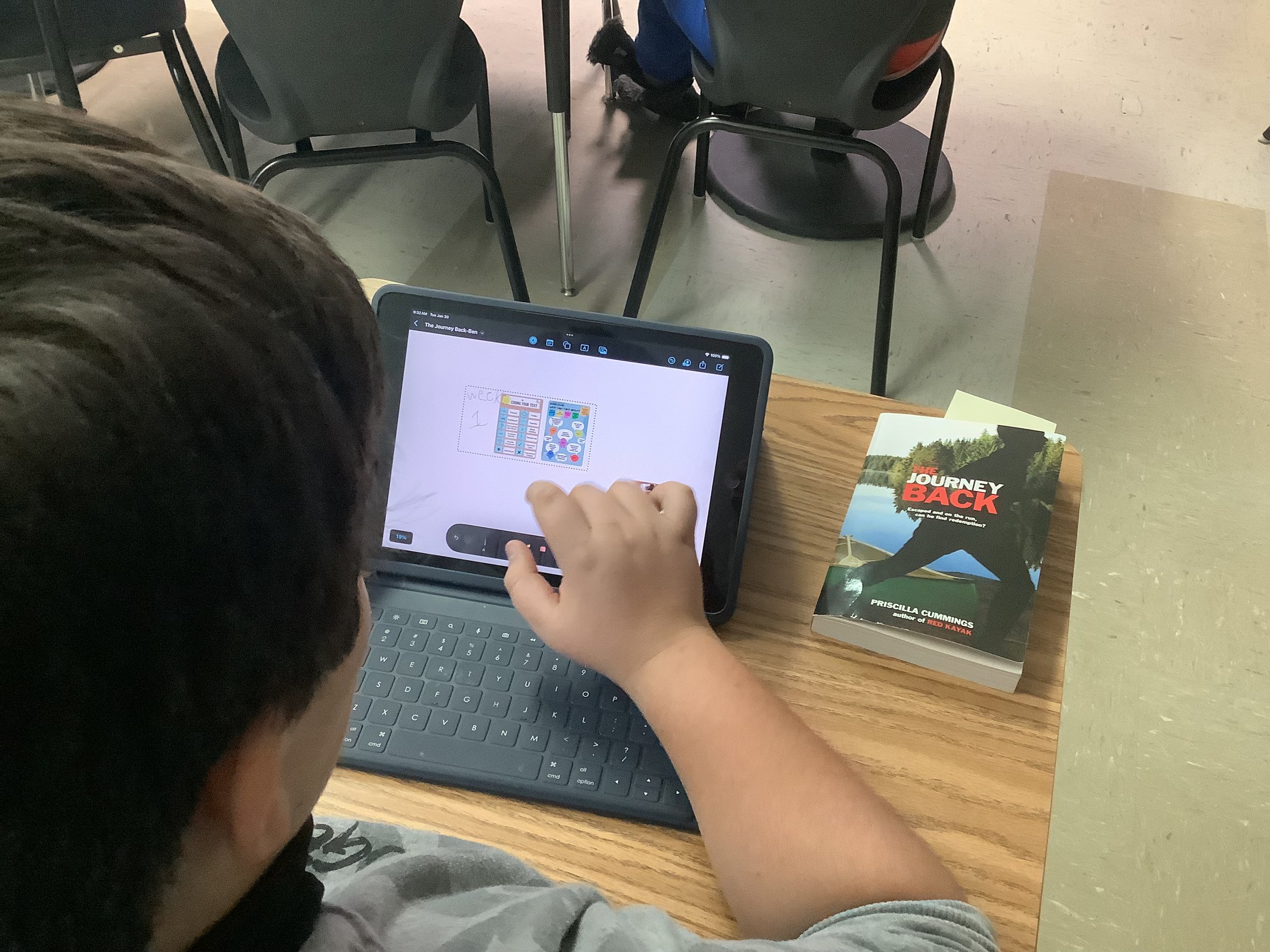
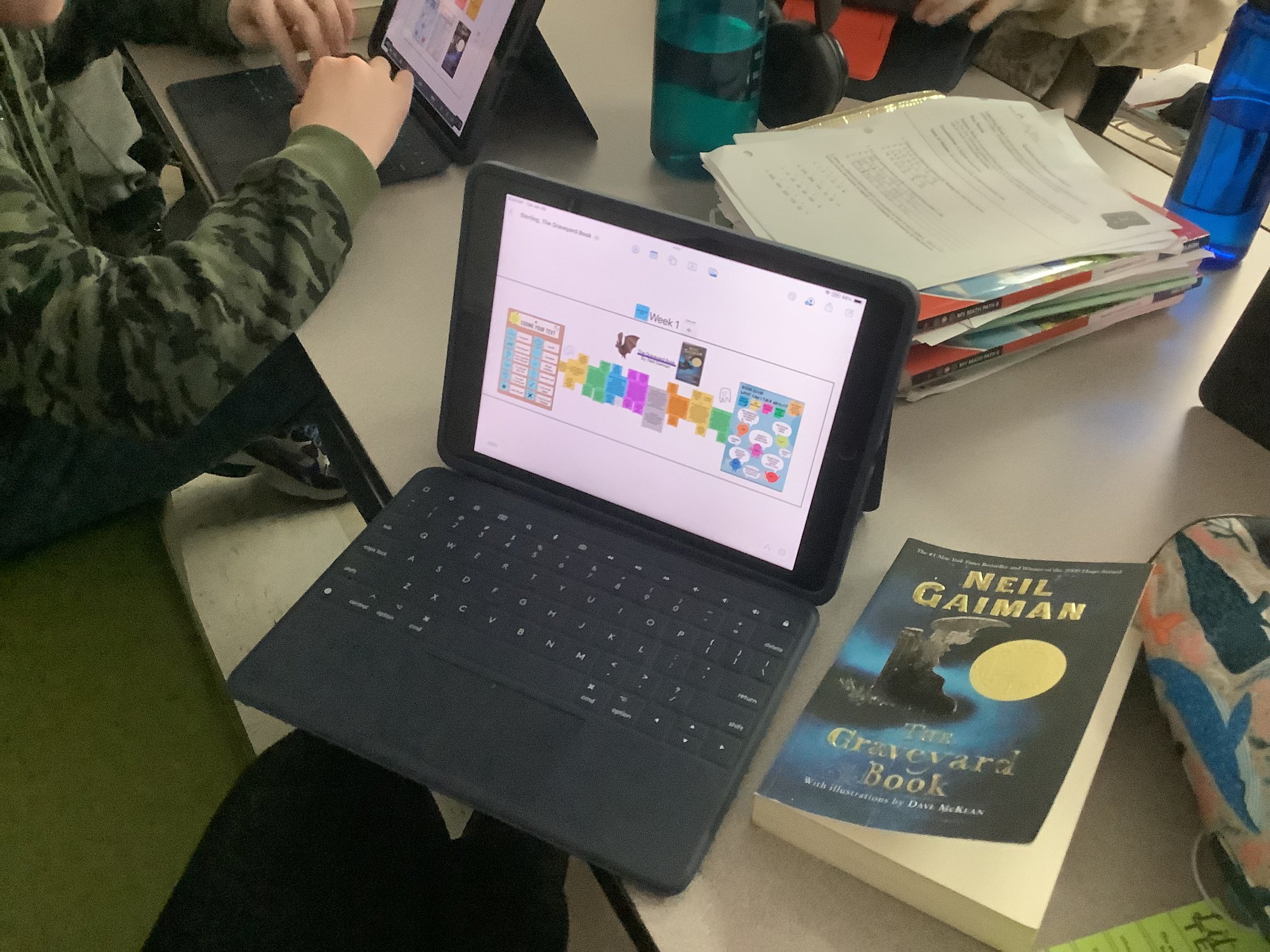
Freeform and Book Clubs at RMSS
Students in Mrs. Bedard’s grade 7/8 class were introduced to Apple’s Freeform as they worked through their different novels in their book clubs. Freeform is a blank canvas that allows you to add photos, sticky notes, sketches, text and voice memos. Students used Freeform to support active reading strategies and discussion points in preparation for their weekly meetings. Students were given choice in how to document their thinking and Freeform acted as the digital space to gather this information making it easily accessible for summative tasks. The collaboration feature allowed Mrs. Bedard to check-in with students' progress. Reach out to a Literacy Coach if this is something you’d like to try-Louise Belisle and Samantha Chin.
Content Knowledge Pedagogical Knowledge
-A1. Transferable Skills -UDL
-C1. Knowledge about Texts -Modeling
-C2. Comprehension Strategies -Scaffolded Instruction
-C3. Critical Thinking in Literacy Technological Knowledge
-Freeform
-Voice Memos
Exploring Fractions with Manipulatives in Grades 2 & 3
Ms. Kayla’s class at Federal Public School is learning about fractions by creating fraction strips. They folded and labeled the fractions to learn about unit fractions and equivalent fractions. Students have fun playing games to help them develop a deep understanding.
Content Knowledge
Grade 2
B1.6 use drawings to represent, solve, and compare the results of fair-share problems that involve sharing up to 10 items among 2, 3, 4, and 6 sharers, including problems that result in whole numbers, mixed numbers, and fractional amounts
B1.7 recognize that one-third and two-sixths of the same whole are equal, in fair-sharing contexts
Grade 3
B1.6 use drawings to represent, solve, and compare the results of fair-share problems that involve sharing up to 20 items among 2, 3, 4, 5, 6, 8, and 10 sharers, including problems that result in whole numbers, mixed numbers, and fractional amounts
B1.7 represent and solve fair-share problems that focus on determining and using equivalent fractions, including problems that involve halves, fourths, and eighths; thirds and sixths; and fifths and tenths
Fraction strips are also useful in grades 4 - 5 for B1.3, B1.5, B2.5
Pedagogical Knowledge
Manipulatives
Problem-Solving
Collaboration
Games
STEAM at IFSSe: Hydraulics & Pneumatics
Grade 8 students in Ms. Pratt’s science class used the scientific and engineering design process to create treehouses with pneumatic or hydraulic trap doors. They researched the scientific principles and learned to apply them to their own unique designs. They needed to incorporate specific safety considerations while working within imposed constraints. They collaborated with their peers to develop, test and revise their prototypes. Students experimented with pneumatic versus hydraulic options and learned from inevitable failures which enabled them to continue improving their designs to produce a working and efficient prototype.
Pedagogical Knowledge:
UDL: multiple means of action & expression
Real-world problem solving
Scientific experimentation
Scientific research skills
Engineering Design Process
Scientific content knowledge
Collaboration
Content Knowledge:
Scientific Research Process
Scientific Experimentation Process
Engineering Design Process
Strand C: Matter & Energy (C1, C2)
Strand D: Structures & Mechanisms (D2)
Technological Knowledge:
digital documentation
digital collaboration
Portfolios for Culminating Activities
Students in Mrs. Deschamps ENG2P and BBI20 classes demonstrated their learning throughout the semester with the use of a Portfolio for their culminating activity. Students were given time during class to work on it and they conferenced with Mrs. Deschamps to go over the contents, discuss their final grade and set goals for the upcoming semester. Students were able to add photos, text, video and audio to their portfolio using Keynote. The purpose of the portfolio was to showcase the work that they were most proud of and a way to reflect on their learning and learning skills. Portfolios can be used in a variety of classes, click below for a sample template.
Content Knowledge Pedagogical Knowledge
-ENG2P Overall Expectations -Universal Design for Learning
-BBI20 Overall Expectation -Student Voice
Technological Knowledge -Accessibility
-Keynote
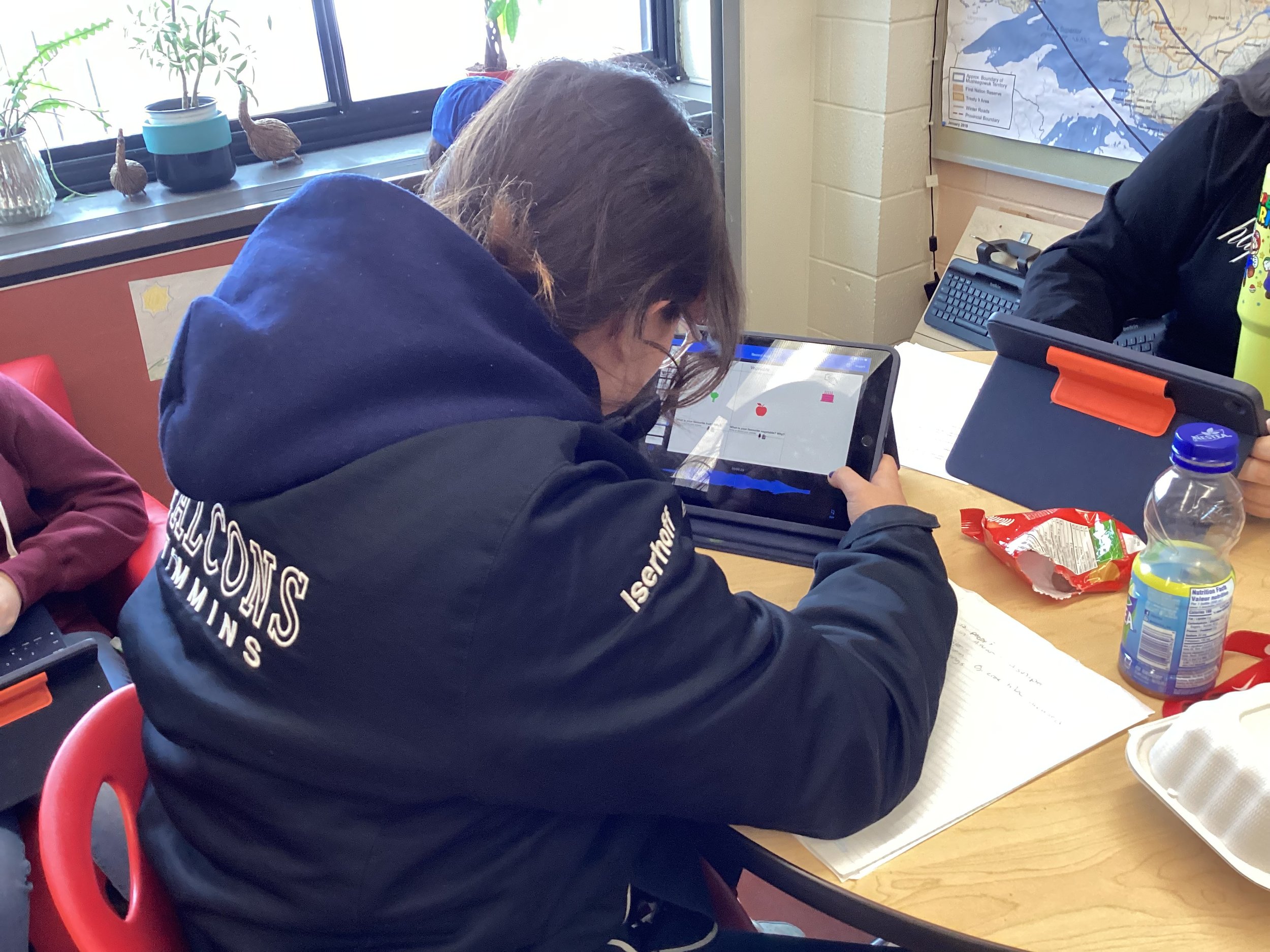
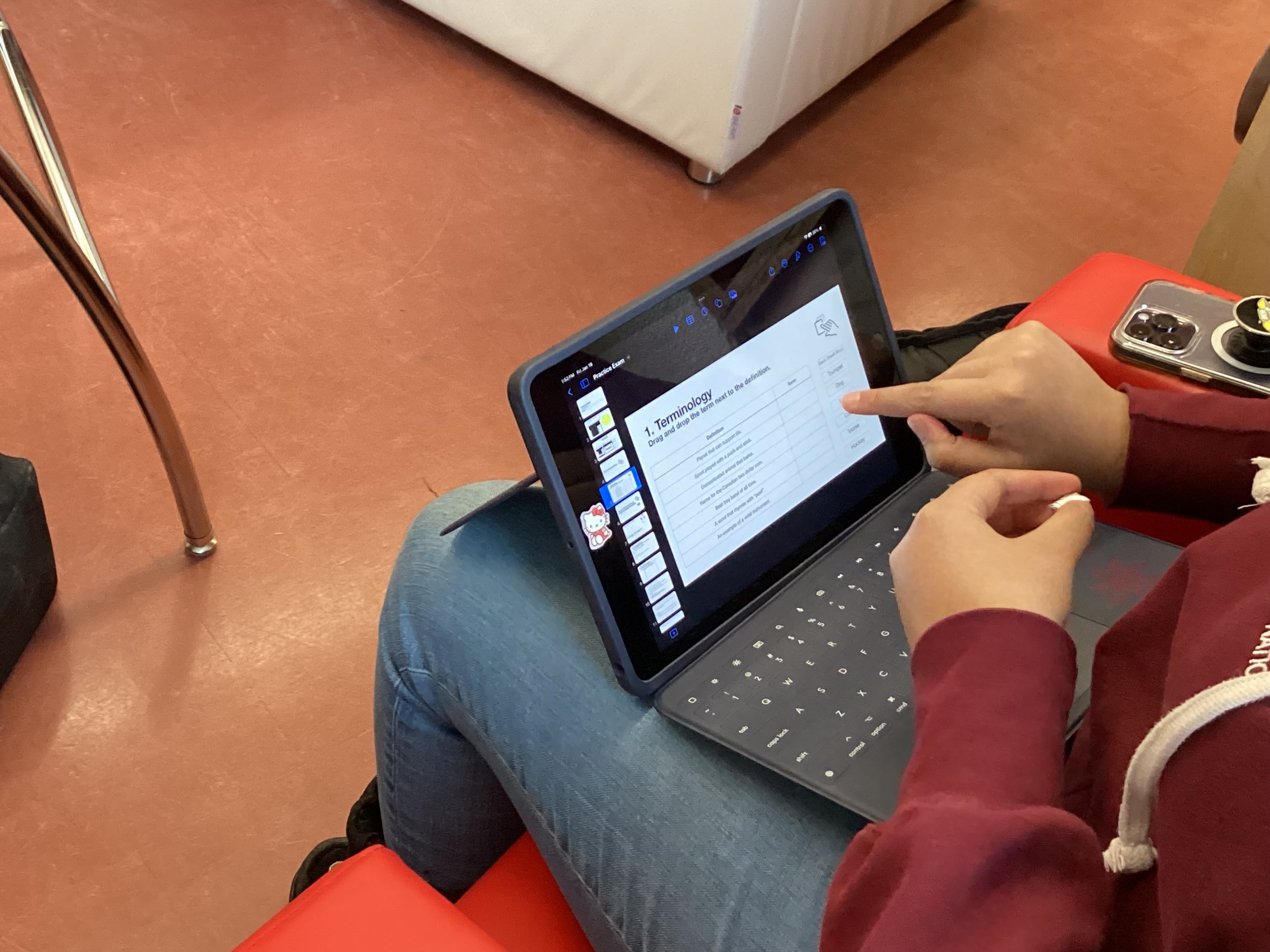
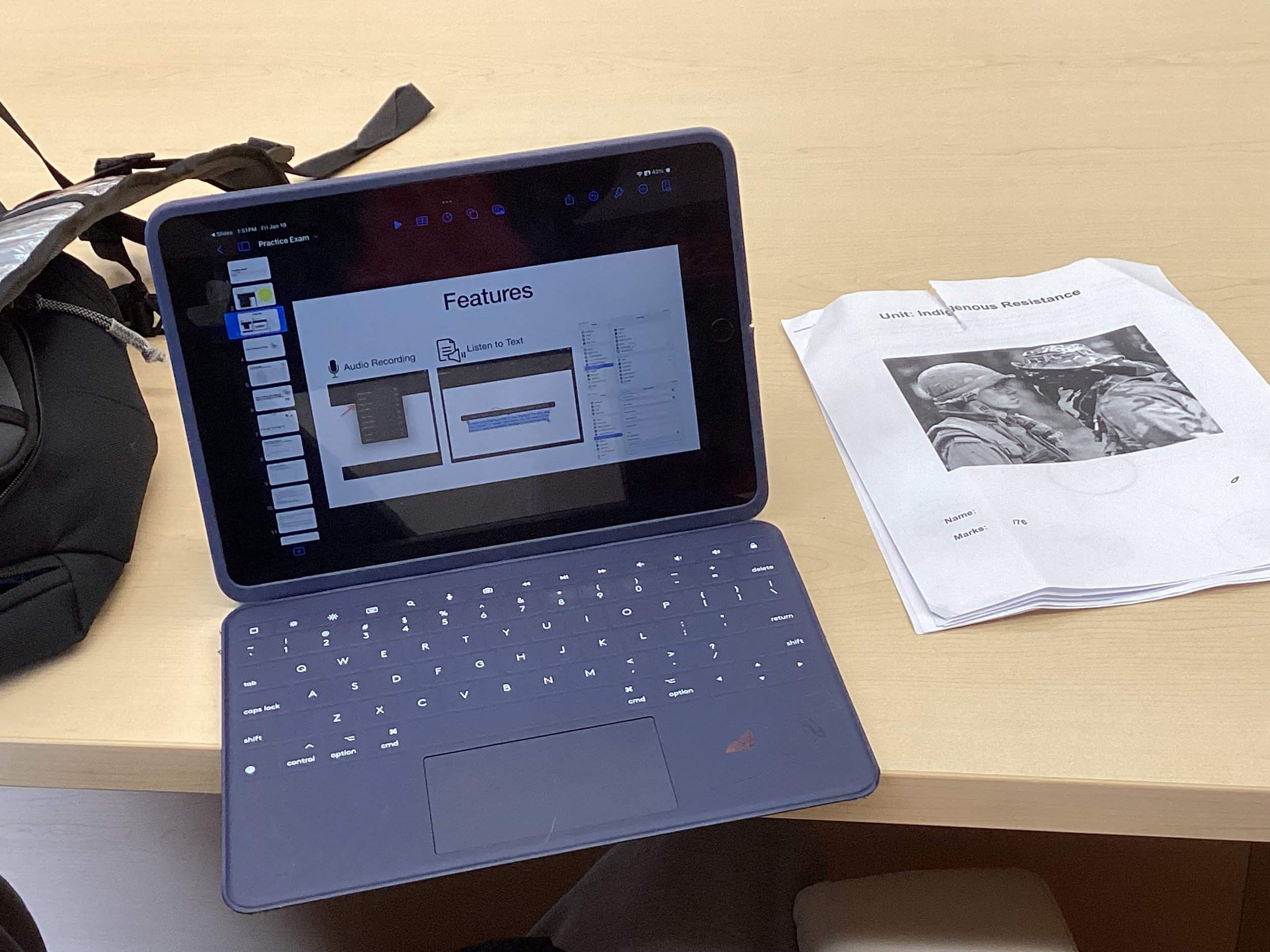
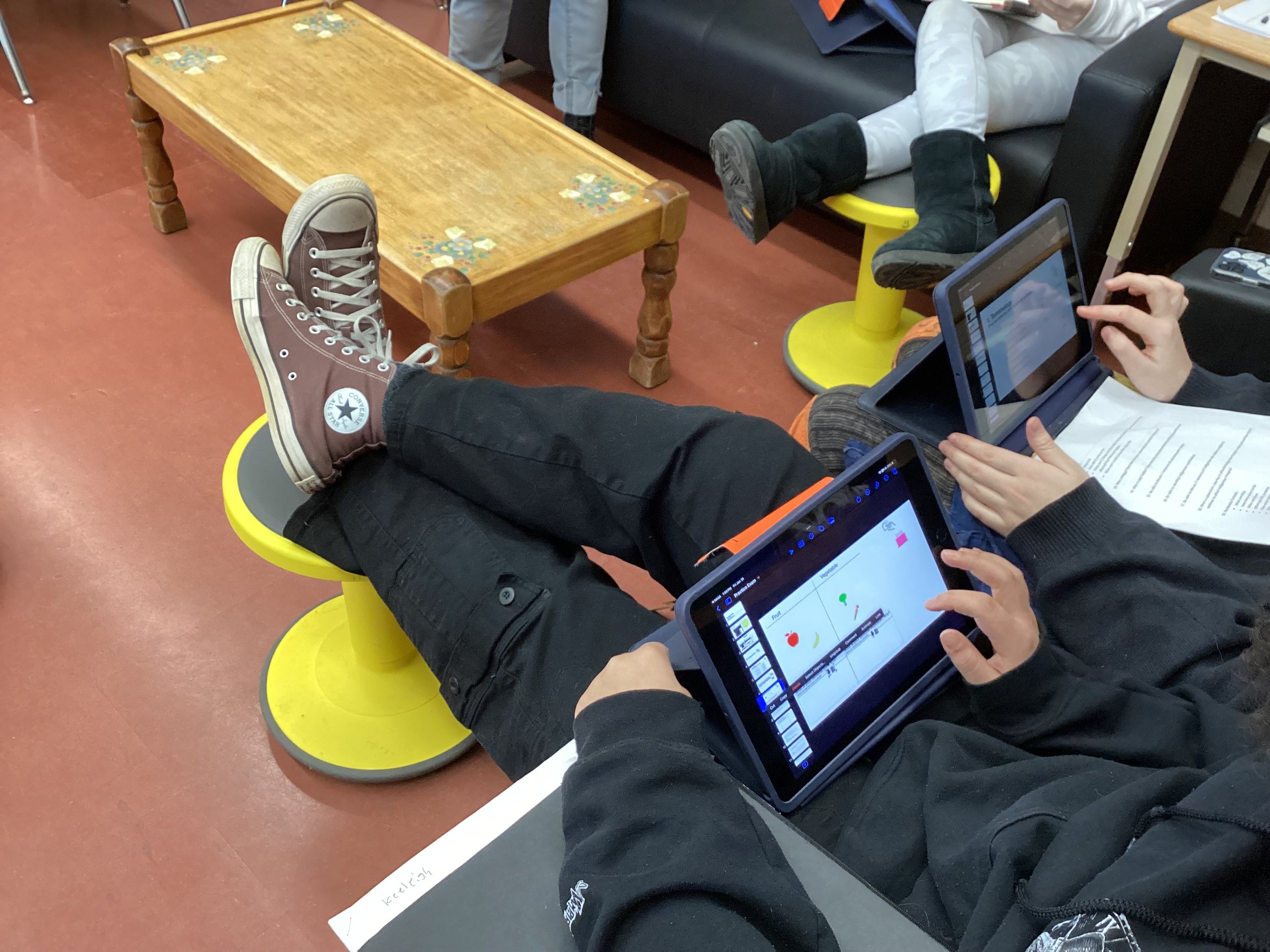
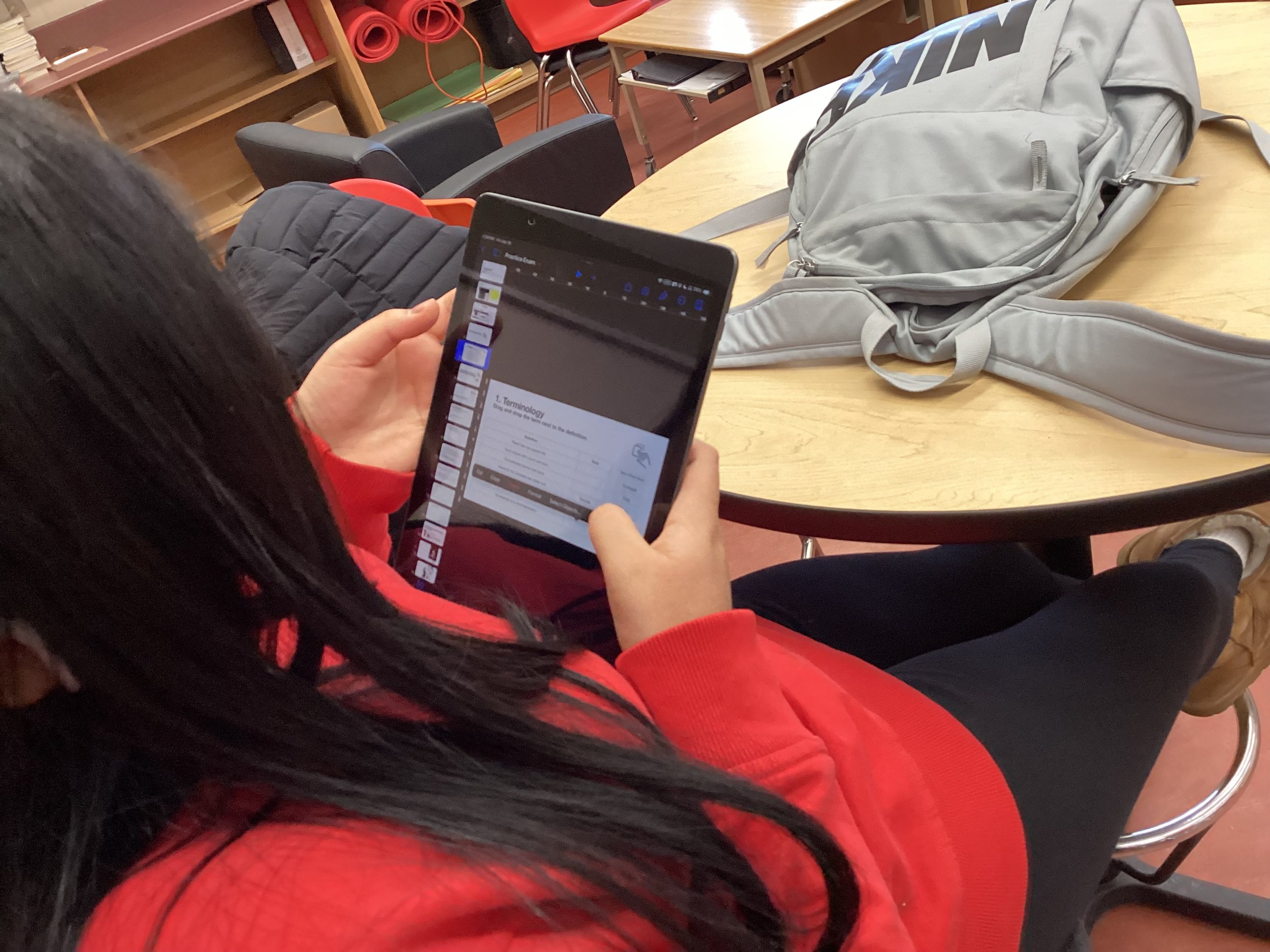
Barrier Free Exams at ESCHS
This semester, the students in Ms. K. Mayer’s ENG4C, NBE3U and NAC2O at Cochrane High School have the option of writing their exams traditionally using paper and pencil, or digitally through Keynote. Prior to the exam, they were able to access a practice Keynote to explore the various features. Ms. Mayer embedded multimodal instructions and tips and tricks to help remove barriers for her students so they can demonstrate their knowledge in a way that best suits them. The students also have access to several accessibility features, such as inserting an audio recording for their response, using speech to text as an alternative to typing, using text to speech to hear the questions and listening to an audio recording of a text.
Content Knowledge Pedagogical Knowledge
-ENG4C overall expectations -Multiple Means of Engagement
-NBE3U overall expectations -Multiple Means of Representation
-NAC2O overall expectations -Multiple Means of Expression
Technological Knowledge -Access to Tools and Assistive Technology
-Keynote
Mental Health Literacy Modules Grade 7 and 8
As you may be aware, last spring the Ministry of Education announced the release of the new mandatory mental health literacy modules for grades seven and eight. This series of three, 40-minute modules per grade will be delivered by educators with CYWs and Social Workers to support the existing mental health literacy expectations within Strand D of the Health and Physical Education curriculum. They’re not new learning – they offer ways to enhance the delivery of the existing curriculum and focus on mental health literacy. Specifically:
The first grade 7 module: Mental Health, Mental Illness, and the Relationship Between Them
The second Grade 7 module: Understanding Signs of a Mental Health Problem and How to Seek Support
The third Grade 7 module: Mental Health, Substance Use, and the Relationship Between Them
The first Grade 8 module: Mental Health and Stigma
The second Grade 8 module: Supporting Our Mental Health – Managing Stress
The third and final Grade 8 Module: How to Help a Friend – Seeking Support for Others While Caring for Ourselves
You can see the alignment of these modules with your work to support mental health literacy. This is an excellent opportunity to build consistency and enhance mental health learning within schools. SMH-ON has developed the content for these important modules. This development has included a review team from SickKids. There has also been significant consultation with students, parents/ caregivers, and a wide range of cultural and community partners to inform the work. You can now access these modules below. They are also live in DSB1’s Brightspace.
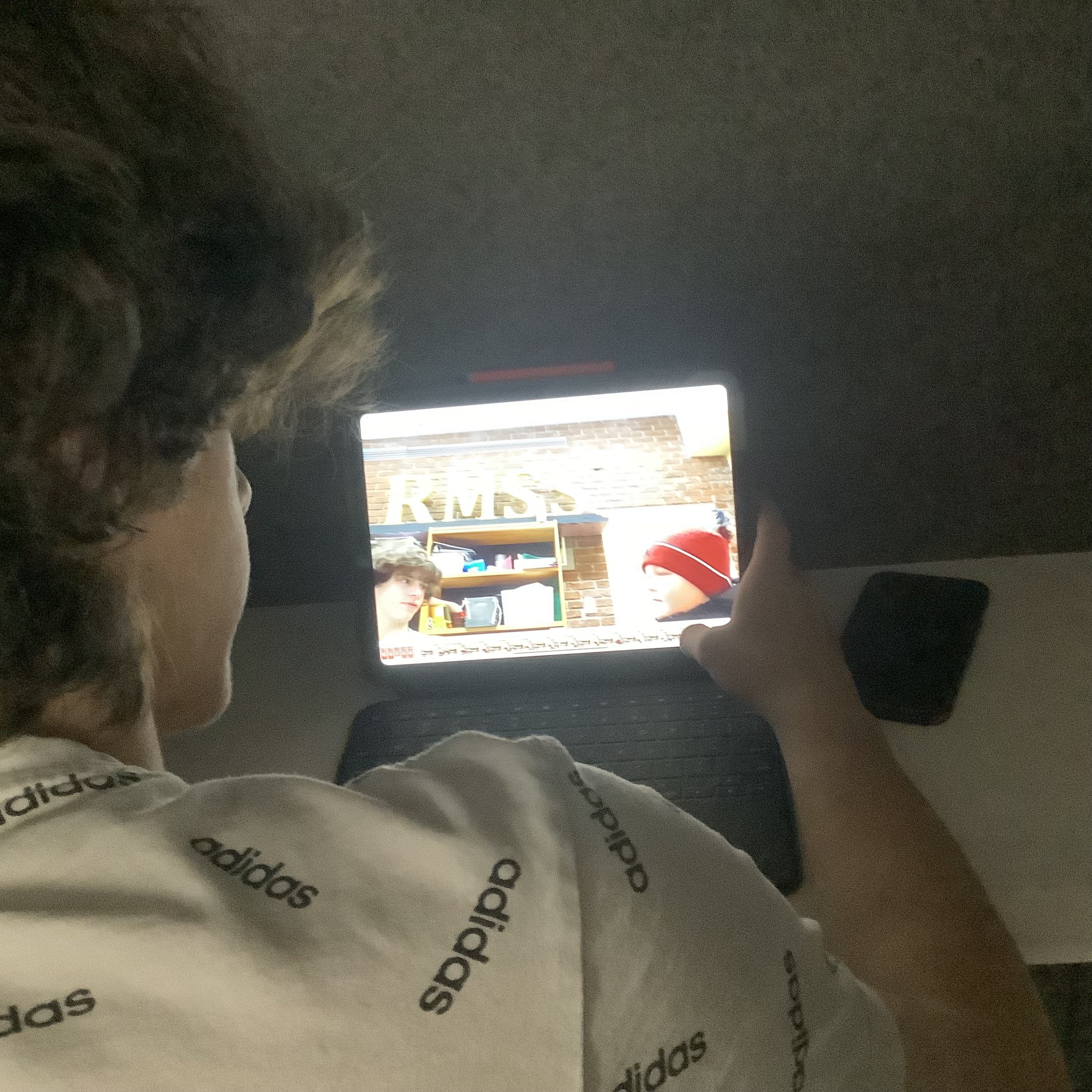
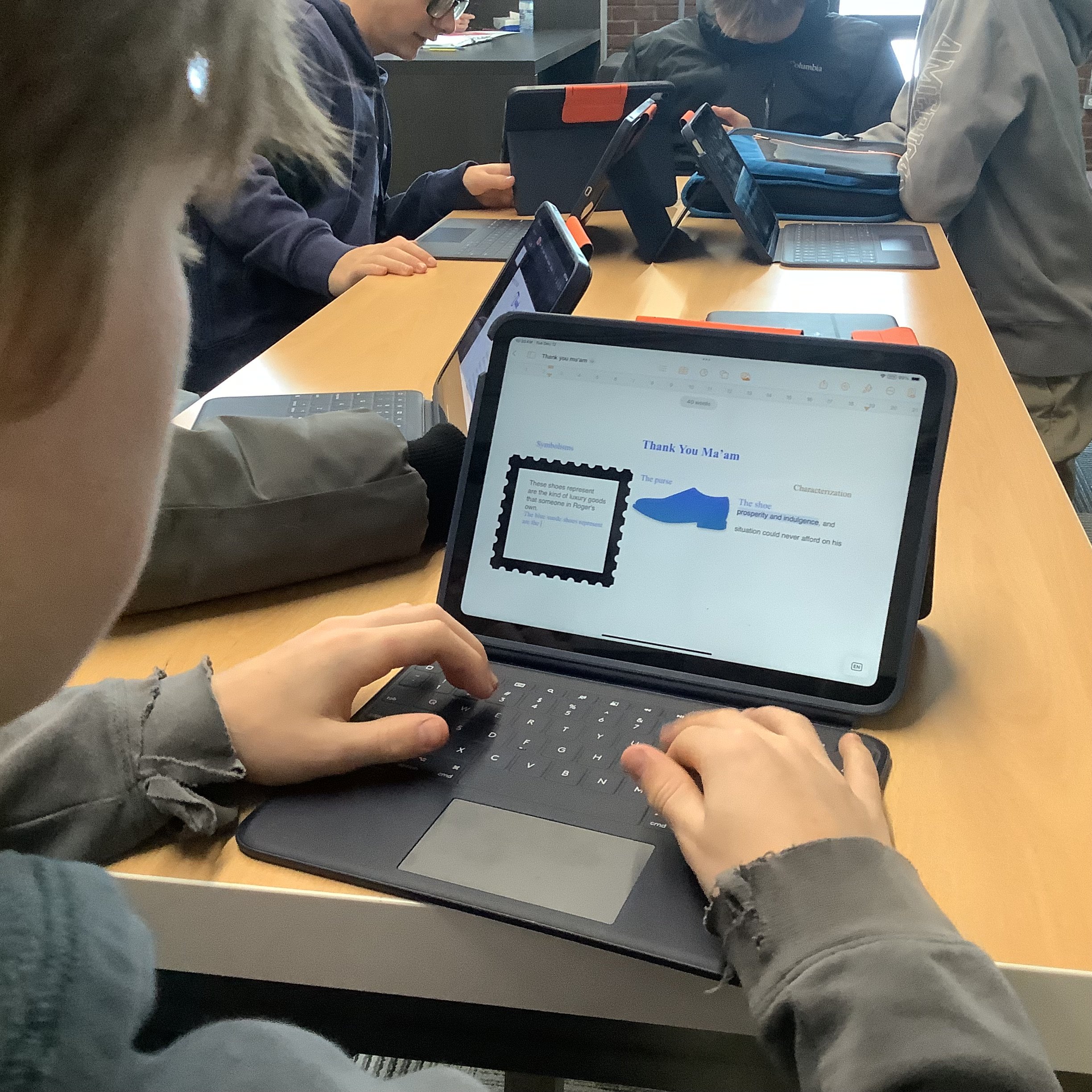
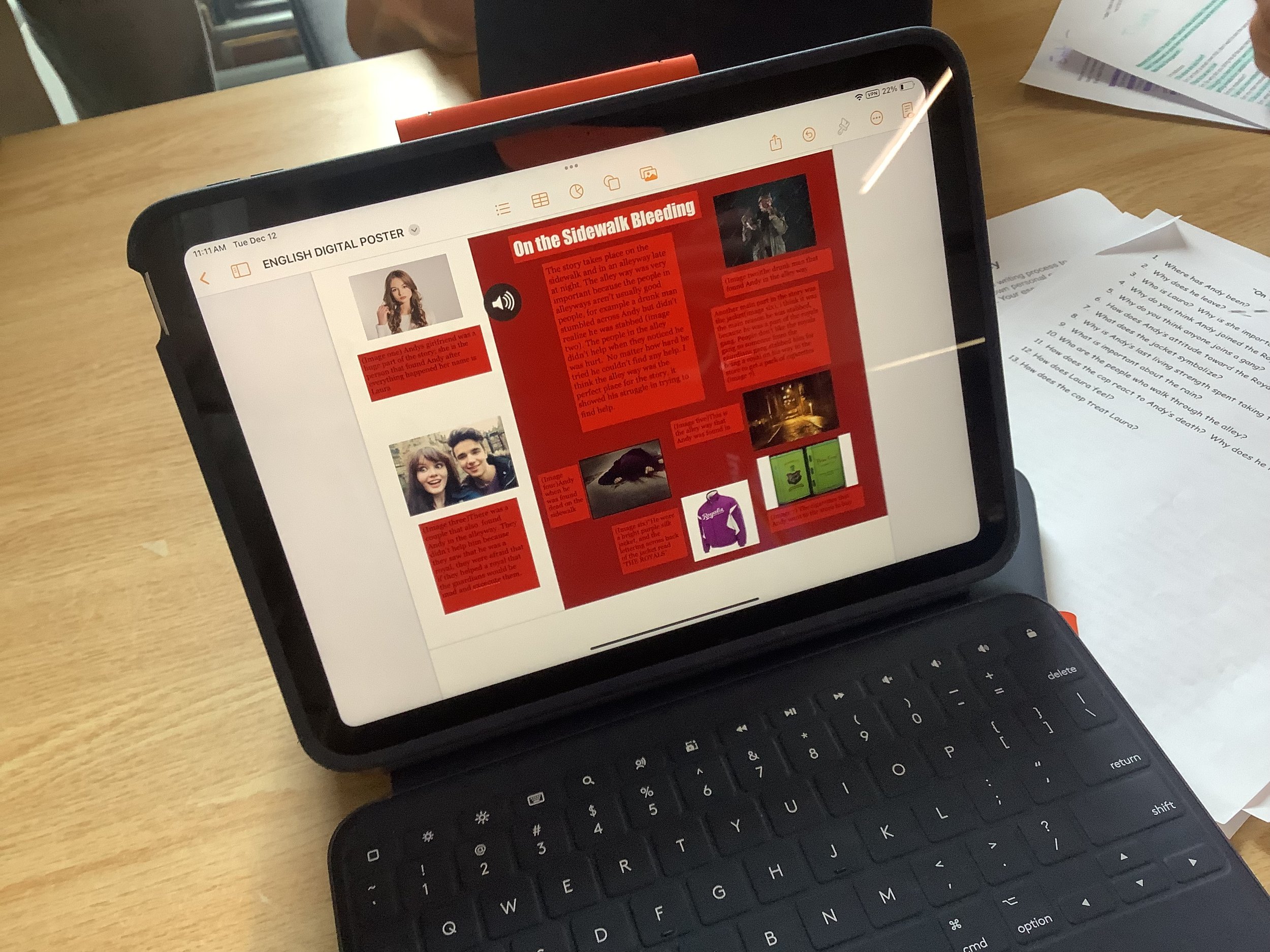
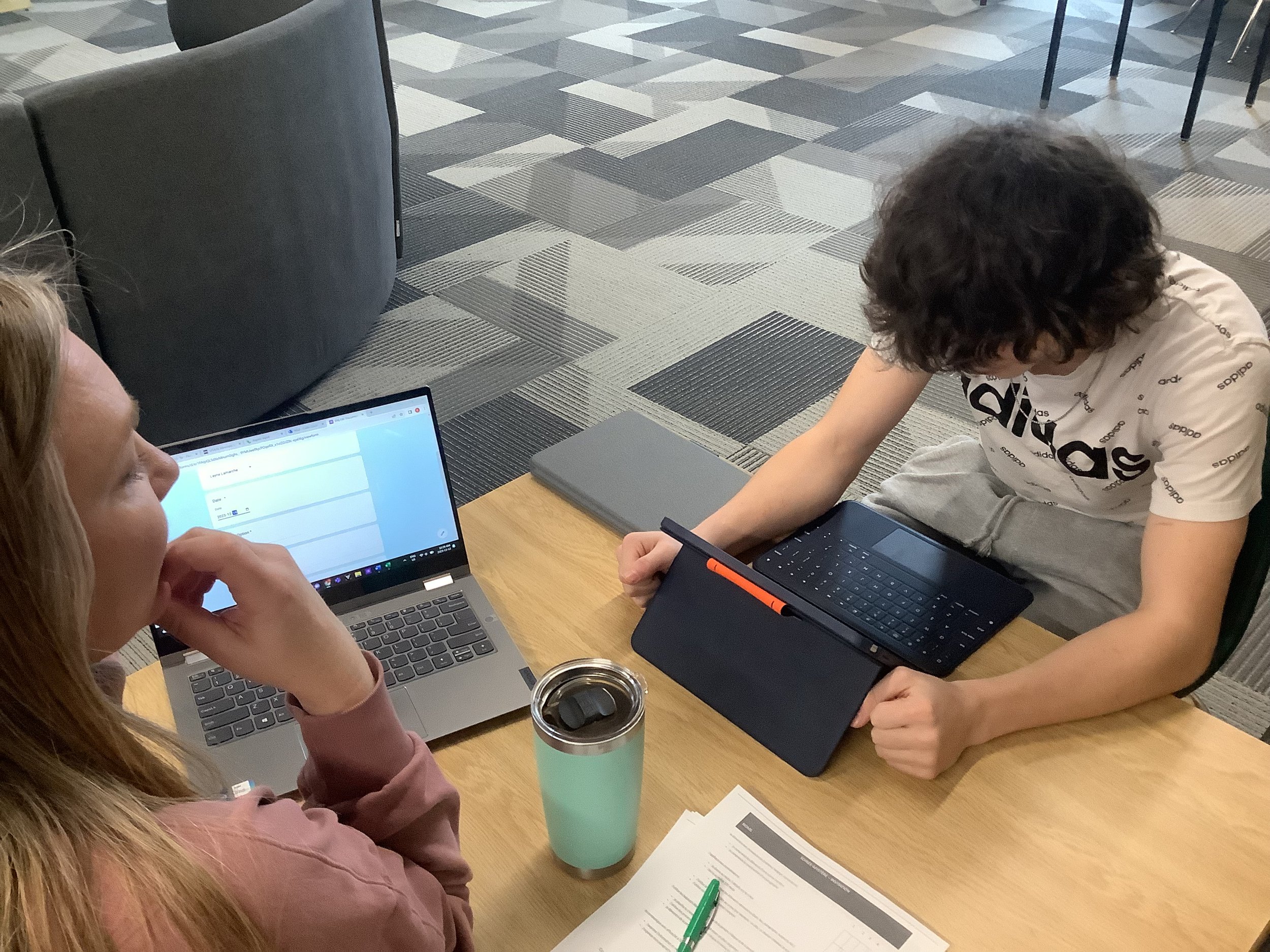
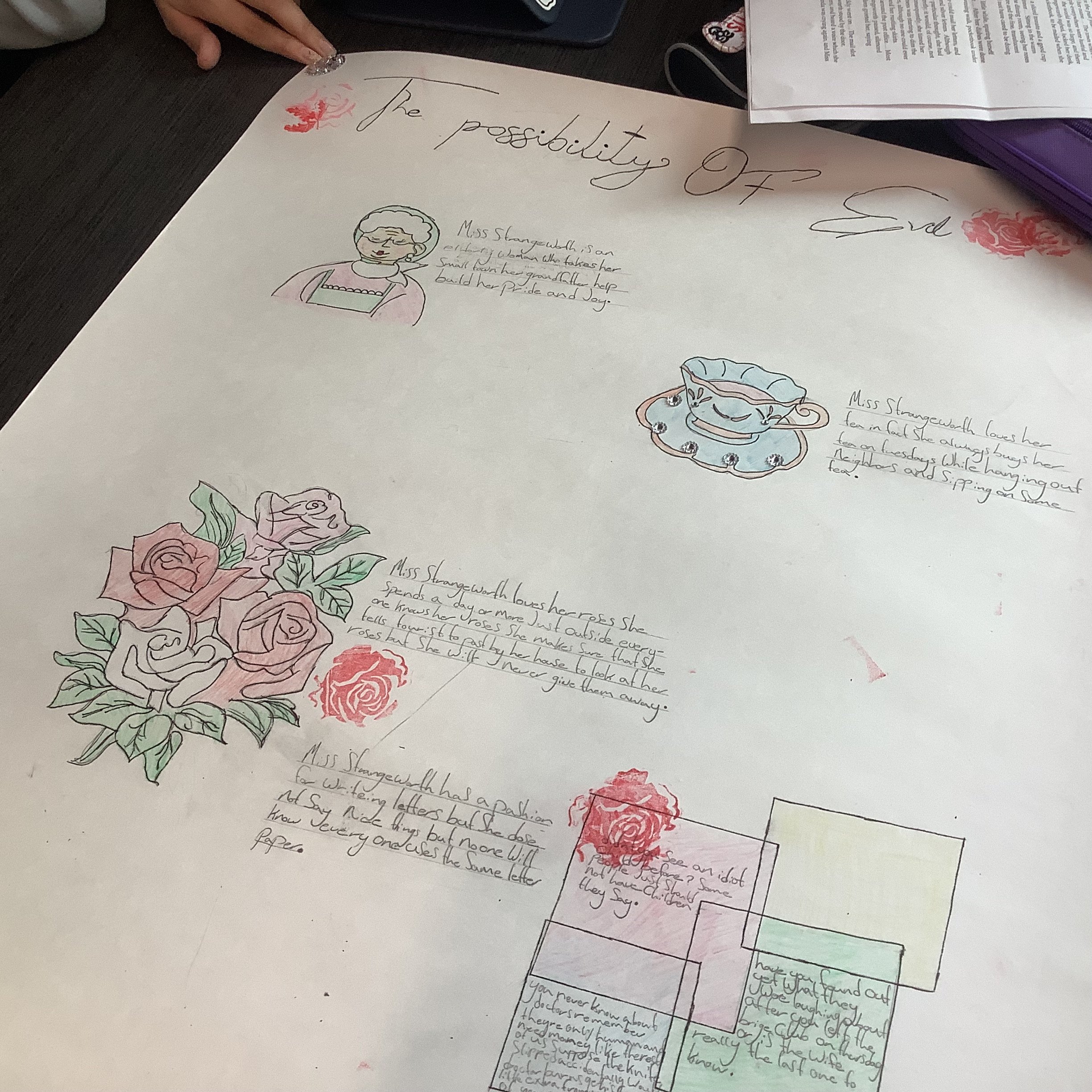

Voice and Choice in ENL1W
Students in Mrs. Godfrey’s grade 9 de-streamed class finished up their short story unit with voice and choice. They selected one of the short stories they read and had a choice of 4 different products to create to demonstrate their knowledge surrounding different elements of the text. Some students chose a podcast, digital poster with audio recording, artifact presentation or one-pager poster. Mrs. Godfrey also checked in with students to conference with them during their progress.
Content Knowledge Pedagogical Knowledge
Oral and Non-Verbal Communication -Critical thinking
B1.3 Speaking Purposes and Strategies -Scaffolding
Critical Thinking in Literacy -Activating Prior Knowledge
-C3.1 Literary Devices -Before, During and After Reading Strategies
-C3.3 Analyzing Texts Technological Knowledge
Expressing Ideas and Creating Texts -Pages
-D1. Developing and Organizing Content -iMovie, Garageband
-D2. Creating Texts -Keynote
-D3. Publishing, Presenting and Reflecting
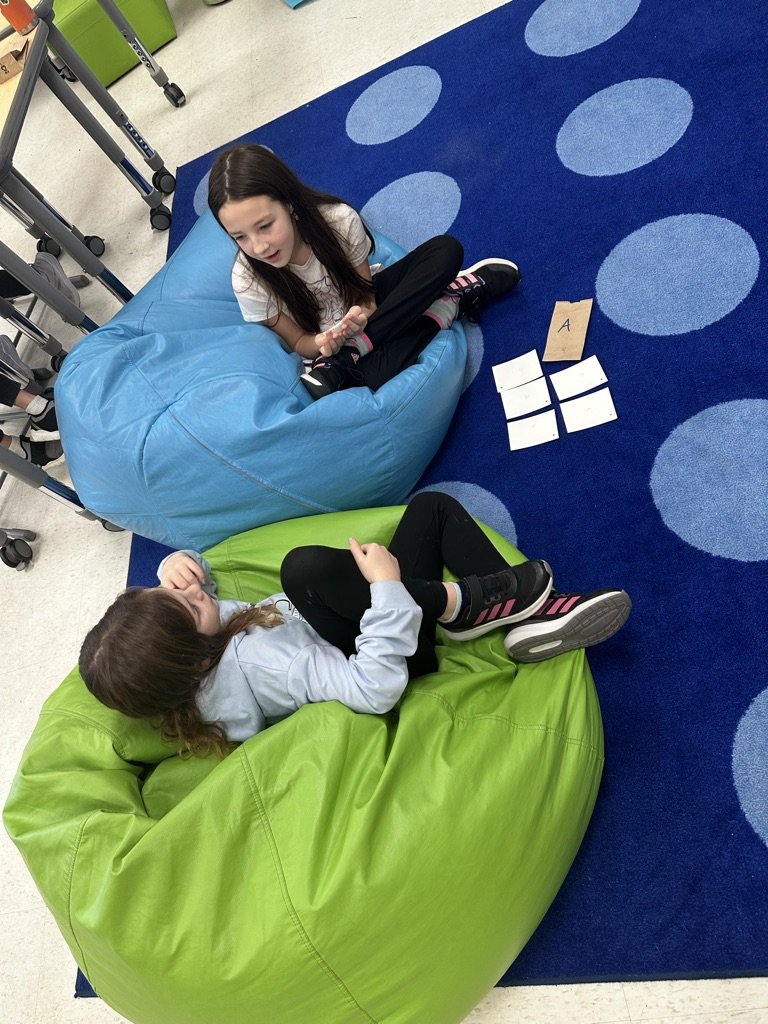

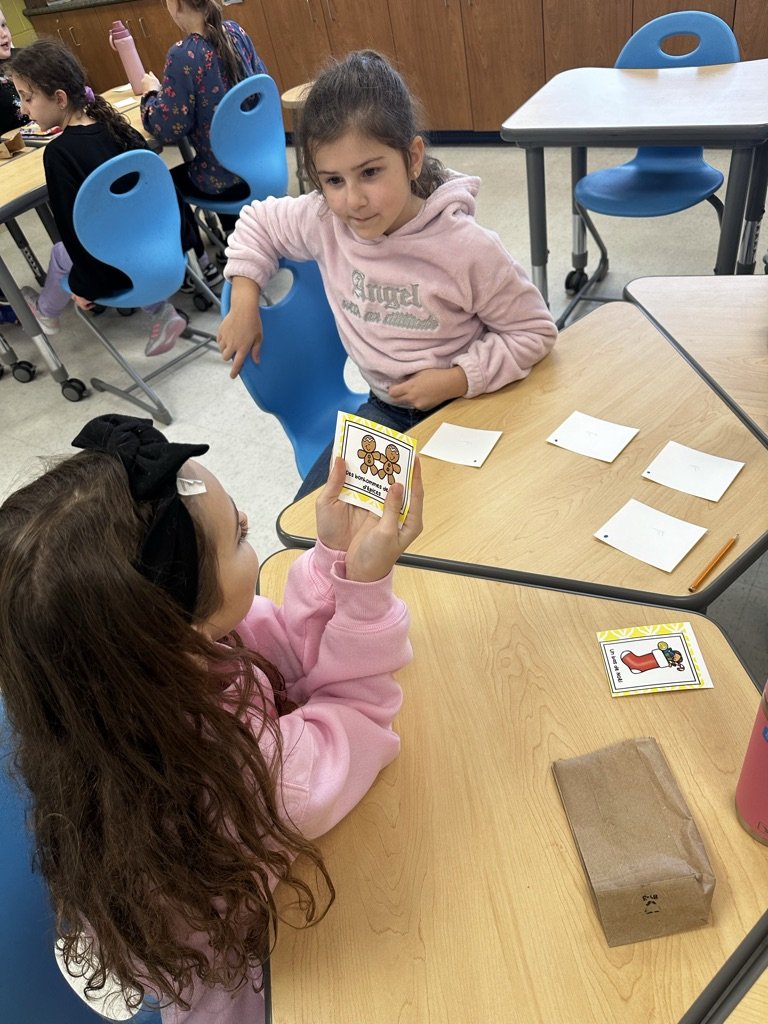
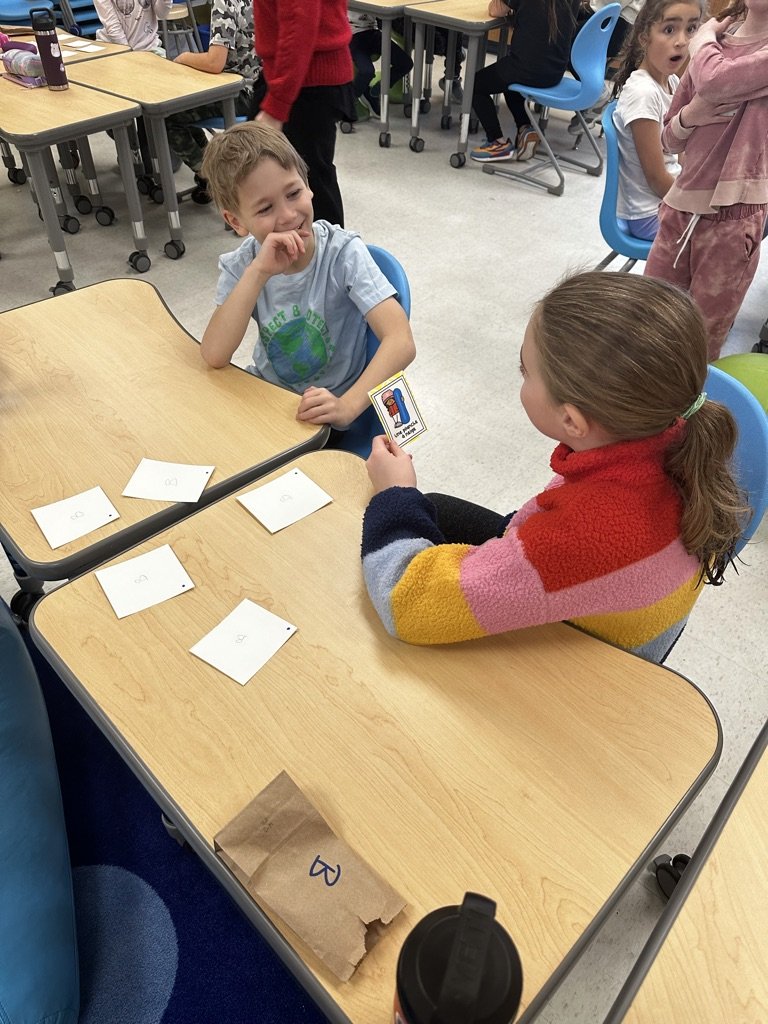
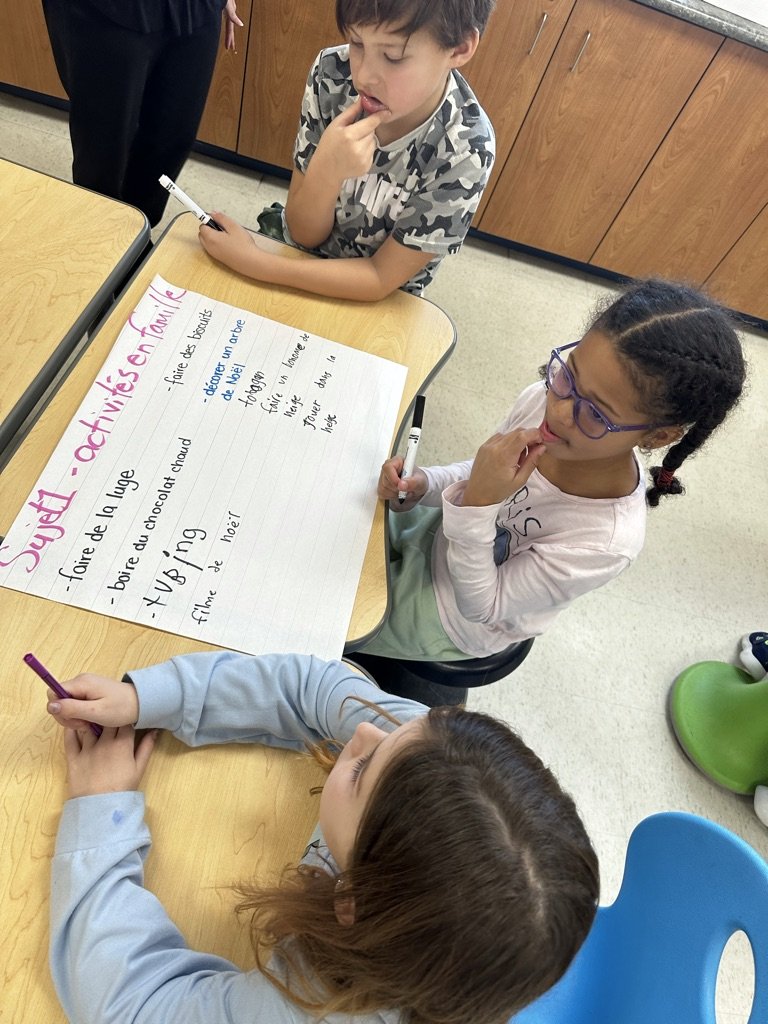

Supporting Students to Continue Engaging “en français”
Students in Mme. Eastwood’s grade 4 class at Timmins Centennial Public School engaged in an activity to model how to continue in the target language (French) during interactions. It is challenging to persist in French, however, second language learners who work on this habit are equipped to face any social situation that they may face in a French-speaking context. The strategy? La circonlocution. Think about it as a game of Headbanz, where one describes the word that they need. After discovering some key vocabulary, students engaged in a graffiti activity to collaboratively generate the vocabulary needed to complete the oral production task. Reach out to Haley Brooks for further support with this strategy and this lesson.
Content Knowledge
A2. Listening to Interact - interpret messages accurately while interacting in French for a variety of purposes and with diverse audiences.
B1. Speaking to Communicate - communicate information and ideas orally in French, using a variety of speaking strategies and age- and grade - appropriate language suited to the purpose and the audience.
B1.2 - Producing Oral Communications - using familiar words and expressions, produce planned, rehearsed and increasingly spontaneous messages in French.
Pedagogical Knowledge Technological Knowledge
- Grouping strategies -Showbie (voice note)
- Scaffolding vocabulary acquisition -Google Classroom (voice note)
- Collaboration
Exploring Digital Manipulatives in MTH1W
Mr. Hewett’s Grade 9 Math students at Englehart High School explored how to use digital manipulatives to represent algebraic expressions. Students used Polypad to create various representations of algebraic expressions and documented their work in self-notes for future reference. Reach out to a STEM learning coach for further support with this lesson idea (Dana McBride & Sheri Ginglo).
Content Knowledge
C1.2 create algebraic expressions to generalize relationships expressed in words, numbers, and visual representations, in various contexts
C1.3 compare algebraic expressions using concrete, numerical, graphical, and algebraic methods to identify those that are equivalent, and justify their choices
Pedagogical Knowledge
Pictorial/Digital Manipulatives
Multiple Representations
Collaboration
Self Notes
Technological Knowledge
Polypad (by Mathigon)
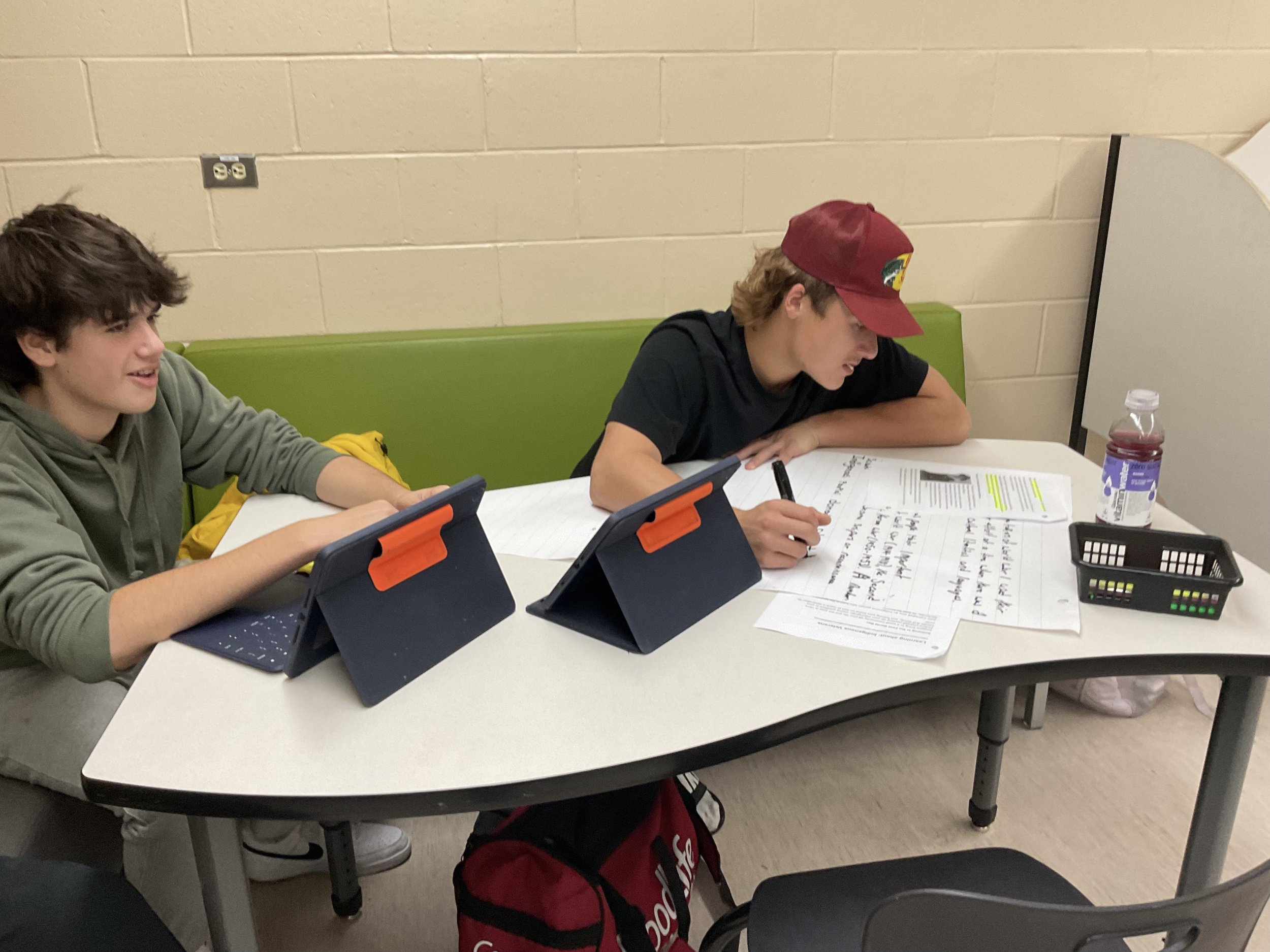
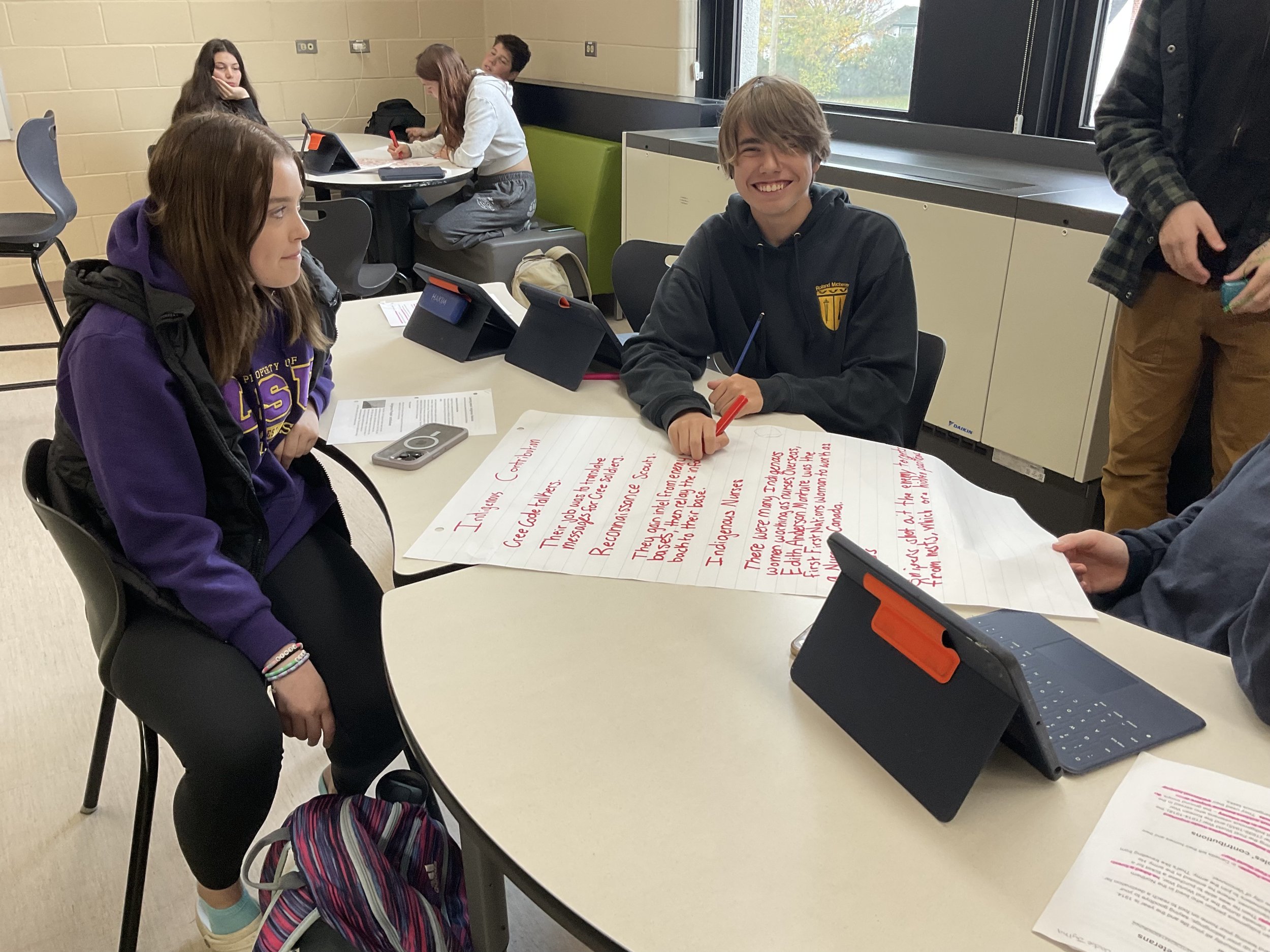
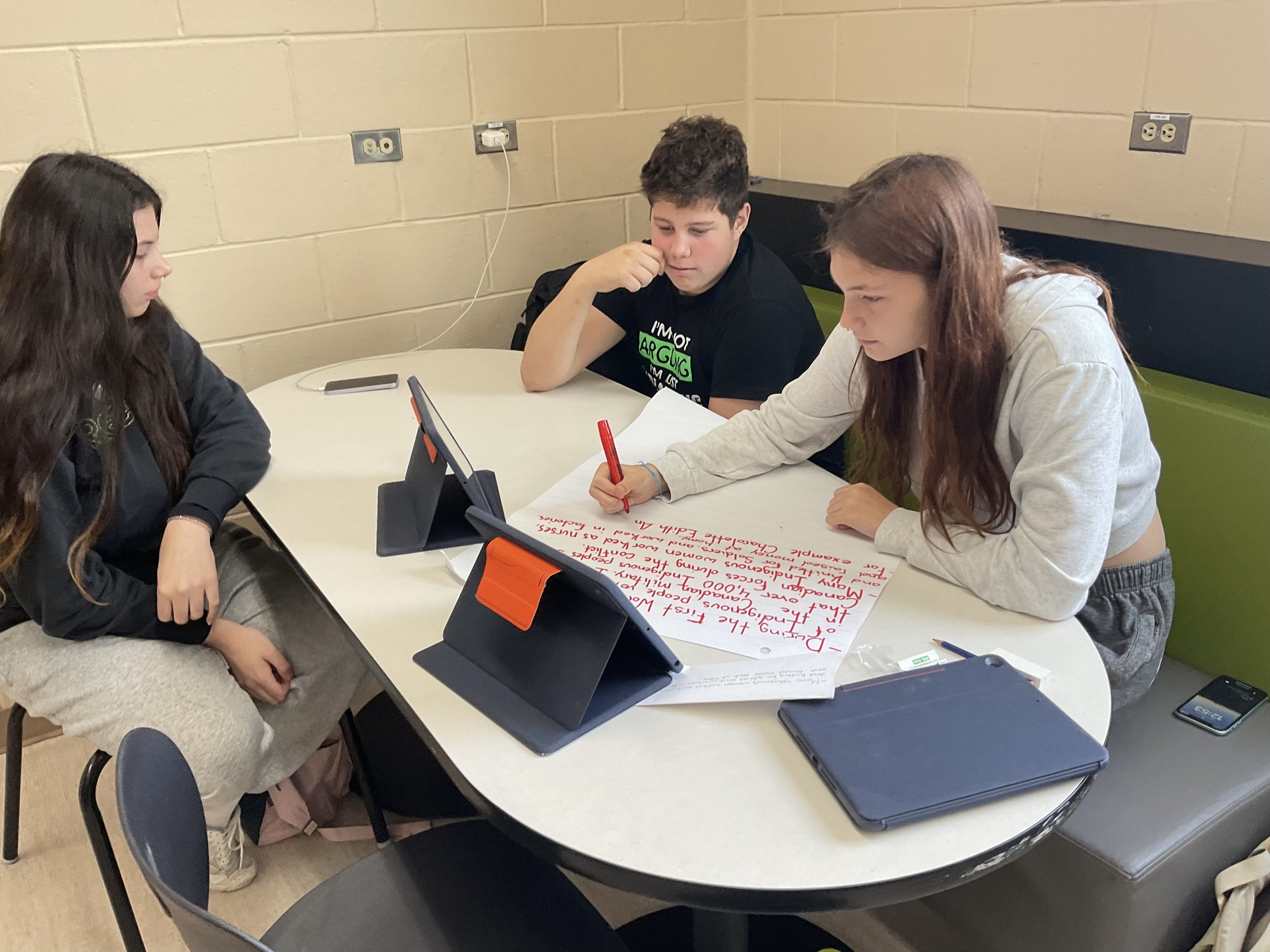
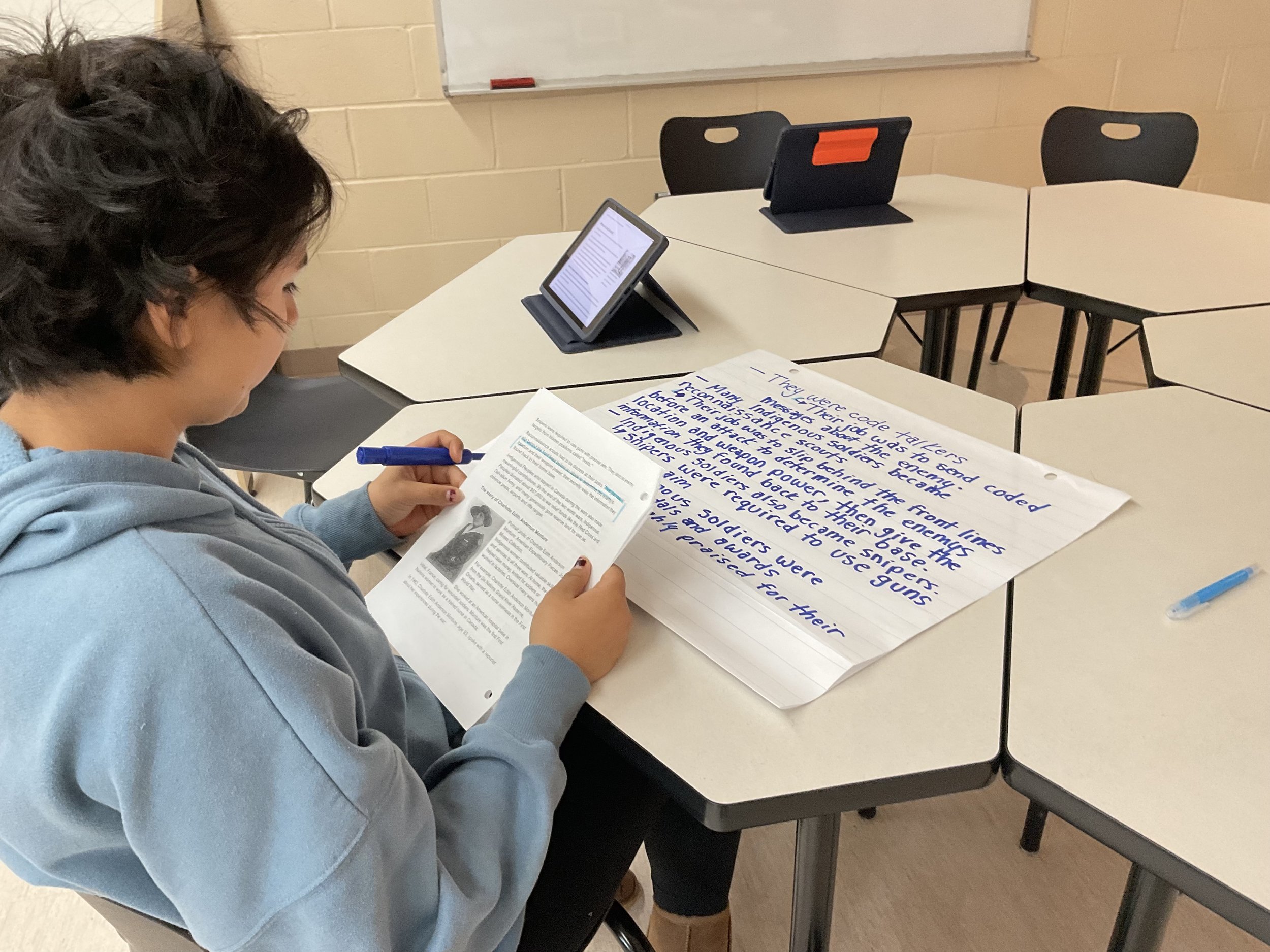
Indigenous Peoples’ Contributions to World War 1 and World War 2
Mr. Toby’s Grade 10 History class at Roland Michener Secondary School learned about Indigenous Peoples’ Contributions to World War 1 and 2. They explored a variety of multimodal texts to learn about their stories, sacrifices and achievements. From the selected texts, students then used the RACE Strategy to write a paragraph response as preparation for the upcoming Grade 10 Literacy Test.
Content Knowledge
A1.2 Select and organize relevant evidence and information on aspects of Canadian history since 1914 from a variety of primary and secondary sources, ensuring that their sources reflect different perspectives.
B3.1 Describe how some individuals and organizations during this period contributed to the development of identity, citizenship, and/or heritage in Canada.
C3.1 Describe how some individuals, organizations, and symbols contributed to the development of identity, citizenship, and/or heritage in Canada during this period.
Pedagogical Knowledge Technological Knowledge
-R.A.C.E Strategy -Keynote
-Thinking Routine
-Collaboration
-Student Voice
Resource Highlight: Report Card Comment Protocols
The primary goal of reporting is to communicate clearly to families and students in order to improve learning. The Report Card Comment Protocols featured here, provide tips and tricks including writing considerations, qualifiers and action verbs, sample comments for subjects and learning skills, and much more.
Click here for the Kindergarten resource.
Click here for the Grade 1-8 resource.
Click here for the Grade 9-12 resource.
Media Literacy Week
October 23 to 27 recognizes Media Literacy Week 2023! This week acknowledges the importance of digital media literacy and what it means to be a digital citizen in our online world. Click below for Media Smarts website and Gr. 7-12 Literacy Lesson Plans.
OSSLT Prep - R.A.C.E. Strategy
Classes preparing for the OSSLT can explore a variety of independent, self-paced activities or teacher-led activities to practice using the R.A.C.E. strategy for short written responses.
Check out the new Keynote featuring “Water: Its Many Uses” based on a reading excerpt from “The Learning Circle: Classroom Activities on First Nations in Canada” created by Amy Rochon, Indigenous Education Coach.
Reach out to Amy Rochon (Indigenous Education Coach), Samantha Chin (7-12 Literacy Coach), or Louise Belisle (7-12 Literacy Coach) for extra support.
DSB1 math educators are learning how visual representations help to develop a deeper conceptual understanding of mathematical ideas.
Educators were given the opportunity to explore math tasks using various concrete and pictorial strategies that can support students in developing a deep and meaningful understanding of mathematical ideas. This makes learning more accessible to all students and allows them to make connections to more abstract representations of the concepts.
Summer Symposium 2023-Empowering your Students with Micro:bits and Climate Action Kits
If you missed this Summer Symposium presentation and you teach grade 7-9 Science, you can access the slide deck below. Reach out to your STEM coaches for more support- Sheri Ginglo and Dana McBride.
Exploring Wind Energy
Students in Mrs. K. Snyder-Ashbee’s grade 8 class at Roland Michener Secondary School - Elementary designed wind turbines. They used the Energy Climate Action kits to design and build a wind turbine prototype. They coded micro:bits to record the revolutions of the blades to determine the turbine’s speed. Finally, the class had a chance to present and analyze their windmill and blade design.
Content Knowledge
Strand A: STEM Skills & Connections
A1.3 use an engineering design process and associated skills to design, build, and test devices, models, structures, and/or systems
A1.4 follow established health and safety procedures during science and technology investigations, including wearing appropriate protective equipment and clothing and safely using tools, instruments, and materials
A2.1 write and execute code in investigations and when modelling concepts
Pedagogical Knowledge Technological Knowledge
Design thinking Coding with micro:bit
Problem solving Energy Climate Action Kits - Inksmith
Collaboration MakeCode.org
Excel
STEM Newsletter Volume 5
View our STEM Newsletter Volume 5 for Grade 7-9 Science. Featured in this issue:
Food is Science (food literacy)
micro:bits Projects
Diffusion & Osmosis Lab Workbook
UDL in Science Resource
STEM & Consumer Products
Coding in Grades 7 & 8 Science
Science in the News: Taking Government to Court for Climate
STEM in Action!
Students in Ms. Hedican’s grade 7 class at R. Ross Beattie Public School were challenged to design an insulator to keep a medium iced cap (500ml) below room temperature for 2.5 hours. They used the Engineering Design Process to gather information, make a plan, produce a prototype and create the code to measure the temperature using micro:bits to test their insulators and communicate their results.
Content Knowledge
A1. use a scientific research process, a scientific experimentation process, and an engineering design process to conduct investigations, following appropriate health and safety procedures
A2.1 write and execute code in investigations and when modelling concepts, with a focus on planning and designing programs
E1.1 assess the social and environmental benefits of technologies that reduce heat loss in enclosed spaces or heat transfer to surrounding space
Pedagogical Knowledge Technological Knowledge
-Critical Thinking and Problem Solving -makecode.org and micro:bits
-Innovation, creativity and entrepreneurship -Pages
-Collaboration -Sheets
K-6 Bringing Mathematics Learning Outdoors
Check out our latest issue of Lens on Numeracy if you are looking for inspiration on ways to build mathematical thinking while outside in nature. This May issue focuses on:
The Great Backyard Bird Count
Math Walks
Mathematizing Children’s Literature
Puddle Math
Interested in learning more about incorporating math learning while outside? Register for our last Coffee and a Bite Math PD Session, “There’s No Such Thing As Bad Weather”, which is being held on Monday, May 8th at 3:30 pm - 4:00 pm. Click the image below for more information.
STEM Newsletter Volume 4
View our STEM Newsletter Volume 4 for Grade 7-9 Science teachers.
Featured in this issue:
Life of Consumer Products
Lunar Rover Challenge
Science Lab Workbook Template (Pages)
Engineering Design Process - Professional Learning
STEM & Hydraulics
Career Connections
Science in the News: Hydro generation in Alberta
Algebraic Expressions Using Pattern Blocks
Students in Mr. Soroko’s Grade 7 Math class at R. Ross Beattie used pattern blocks to explore algebraic expressions, a lesson from MathUp. They created designs with the pattern blocks to represent adding and subtracting monomials as well as created algebraic expressions with a given value. A great visual representation while using manipulatives!
Content Knowledge
C2.1 Add and subtract monomials with a degree of 1 that involve whole numbers, using tools.
C2.2 Evaluate algebraic expressions that involve whole numbers and decimal numbers.
Pedagogical Knowledge Technological Knowledge
-Problem Solving -Calculators
-Reasoning and Proving -Polypad (digital alternative)
-Representing
-Reflecting
-Collaboration
Resource Highlight: Alphabet Knowledge in FSL
The learning and teaching team is pleased to share some new resources with you. Very recently, Michelle Minor-Corriveau and Alex-Andrée Madore released resources to support teaching and learning alphabetic principle (letter/sound correspondence). Given the release of “Effective Early Reading Instruction: A Guide for Educators”, many have been looking for resources to support this piece of their literacy support. These materials are also timely, as you may be cycling through letters after already having studied them and you may be looking for new and different ways to approach this with your learners.
We continue to use resources and strategies with which most are already familiar (Chalk and Sock and Guided Reading for example), however, these new resources that focus on the explicit and systematic teaching of the alphabet (phonological and phonemic awareness) will also be a great addition to your classroom routines.
Click here to access the resource.
Resource Highlight: EQAO Digital Assessment
Are you beginning to think about the upcoming EQAO digital assessment. Would you like to share digital test taking tips with your students prior to exploring the EQAO practice test?
Click on the link/images below to explore ready made mini-lessons that you can use with your student in preparation for the EQAO digital assessment.
Resource Highlight: EQAO Resources
Are you a Grade 3 or Grade 6 teacher? Do you have EQAO on your mind?
Check out the resources available to support both you and your students in preparing for the EQAO digital assessment. From literacy and math mini-lessons, diagnostic micro assessments, to FAQ documents and more, we've got you covered! Click on the image or the link below to explore EQAO Preparation Resources on The Educators' Playground and don't hesitate to reach out to your learning coach if you have any questions.
Temperature Data Logging with Micro:bit
Grade 8 students in Mrs. Ashbee’s Math class at RMSS coded the micro:bit to sense temperature and log it into a table. Once they collected the data from indoor and outdoor spaces, they then had to choose the appropriate graph, analyze and make predictions about the data.
Content Knowledge
B2.4 add and subtract integers, using appropriate strategies, in various contexts
C3.1 solve problems and create computational representations of mathematical situations by writing and executing code, including code that involves the analysis of data in order to inform and communicate decisions
D1.3 select from among a variety of graphs, including scatter plots, the type of graph best suited to represent various sets of data; display the data in the graphs with proper sources, titles, and labels, and appropriate scales; and justify their choice of graphs
Pedagogical Knowledge Technological Knowledge
-Problem solving -Make code
-Critical thinking -Excel
-Collaboration
-Social Emotional Learning Skills
Digital Imaging Door Designs in Communications Technology
Students in Mrs. Kacur’s Communications Technology course have been decorating classroom doors as part of their culminating project. Students worked independently to design and produce vinyl door decals. They consulted with the classroom teachers to discuss custom design concepts and then created them using Adobe Illustrator. Once they were finalized, the designs were printed on the HP Latex printer and installed by the students.
Content Knowledge
A1. demonstrate an understanding of advanced concepts, techniques, and skills required to produce a range of communications media products and services;
A3. demonstrate an understanding of technical terminology, scientific concepts, and mathematical concepts used in communications technology, and apply them to the creation of media products;
A4. demonstrate an understanding of and apply the interpersonal and communications skills necessary to work in a team environment.
B1. apply project management techniques to the planning and development of communications media projects;
B2. apply a design process or other problem-solving processes or strategies to meet a range of challenges in communications technology;
B3. create products or productions that demonstrate competence in the application of creative and technical skills and incorporate current and evolving standards, processes, formats, and technologies.
D1. demonstrate an understanding of and apply safe work practices when performing communications technology tasks;
Pedagogical Knowledge
Modeling using the design programs and printer
Collaborative Learning
Problem Solving
Communication
Technological Knowledge
Adobe Illustrator
HP Latex Printer
Gr.9 EQAO Preparation Infographic
Click on the button below for some review tips on administering the Gr.9 EQAO assessment and access to practice questions.
STEM Newsletter Volume 3
View our STEM Newsletter Volume 3 for SNC1W educators. Featured in this issue:
Resource Highlight: Canadian Space Agency
Pasco Sensors (activities and support)
Micro:bit Troubleshooting
Science in the News: Interactive Map let’s you Scroll Through the Universe
Microsoft Teams Support
Please see the resources below to assist you in remote learning with Microsoft Teams. If you have further questions, please reach out to your learning coach.
Solving Equations using Manipulatives in MTH1W
Students in Mr. Sullivan’s MTH1W class at TH&VS used Polypad, a virtual manipulative, to display algebra tiles to represent and solve one- and two-step equations. Using strategies from Building Thinking Classrooms, they were put into random groups to display and share their work on the whiteboards and windows. Following the group work, students worked independently on a check your understanding activity using Desmos.
Content Knowledge
C1.5 create and solve equations for various contexts, and verify their solutions
Pedagogical Knowledge
Modeling using the manipulatives
Problem Solving Tasks
Flexible grouping
Math Conversation
Technological Knowledge
Polypad
Desmos
SNC1W Coding at IFSS
Students in Mrs. McBride’s grade 9 science class used Land Climate Action Kits by Inksmith to create a self-watering system. They programmed micro:bits to sense when soil was dry to then signal a pump to water their plants. Following the experiment, students researched innovations in agriculture, including comparing vertical farming to traditional farming practices.
Content Knowledge:
Strand A: STEM Skills, Careers, and Connections
Impact of agricultural innovations and emerging technologies on society and careers (A2.1; A2.2; A2.3)
Coding skills using a hands-on, experiential way to learn about automation and control of irrigation systems (A1.4)
Strand B: Biology - Sustainable Ecosystems and Climate Change
Environmental benefits of vertical farming to counteract the impact of traditional farming towards climate change (B1.2)
Effects of agriculture on the sustainability of ecosystems (B2.5)
Pedagogical Knowledge: Technological Knowledge:
- Multiple means of action & expression - Coding with micro:bit
- Problem-solving - Makecode.org
- Scientific experimentation
- Scientific research skills
- Collaboration
STEM Newsletter Volume 2
View here, the second STEM Newsletter for SNC1W educators. Featured in this issue:
Resource Highlight: Ontario Science Centre including a STEM Toolkit, Teacher Resources and Professional Development
Coding & Thinking in SNC1W
Science Teachers of Ontario (STAO)
Science in the News: CIB Commits $970 million towards Canada’s first Small Modular Reactor
Heritage Minute Videos with iMovie
Mr. Shillinglaw’s grade 10 history class at TDSS created Heritage Minute Videos to commemorate the 100th anniversary of the Great Fire of 1922 in the Timiskaming District. Each video showed a different and real story from their own community. Students researched and created videos in iMovie, which were then shared with classes throughout the week.
Content Knowledge:
Historical Inquiry: use the historical inquiry process and the concepts of historical thinking when investigating aspects of Canadian history since 1914
select and organize relevant evidence and information on aspects of Canadian history since 1914 from a variety of primary and secondary sources
assess the credibility of sources and information relevant to their investigations
interpret and analyse evidence and information relevant to their investigations, using various tools, strategies, and approaches appropriate for historical inquiry
Pedagogical Knowledge:
Research skills
Collaborative learning
Creating media
Technological Knowledge:
iMovie
Greenscreen
NEW LAUNCH: STEM Newsletter Volume 1
View here the first STEM Newsletter geared towards SNC1W educators. In this issue, you will find resources to help support your grade 9 science course, including these features:
STEM for Science Educators PD Day slide deck
Resource Highlight: Let’s Talk Science (Clothing and Climate)
Coding in the Science Classroom
Ontario Science Centre: Space Exploration
Science in the News: Satellite imagery on the impact of Fiona
Resource Highlight: Elections Ontario
Series of Lessons Aligned with Grade 5 Social Studies and Grade 10 Civics
After receiving valuable input from teachers across the province regarding what educators look for in civic educational resources, Elections Ontario created a series of lessons that are aligned with the 2018 Grade 5 Social Studies and 2022 Grade 10 Civics and Citizenship curricula.
These asynchronous lessons can be taught in whichever order an educator chooses, all while providing students with the best learning experience. The new curricula are revised educational resources developed in support of educators, comprising ready-to-teach lessons that include answer keys, sample student work, templates, and assessment tools.
Updated curriculum resources are available in both print and digital formats and can also be downloaded from the Elections Ontario website. Hard copies can be requested by completing a Resource Order Form.
Resource Highlight: How to learn math - Pages SEL Workbook
This interactive Pages workbook can be used with your MTH1W students to help develop Social Emotional Learning Skills. The workbook has been adapted from the Jo Boaler student course.
*Please ensure that you are signed in with your DSB1 credentials in order to access it.
Click here to download the workbook
Select the ellipses (…) at the top of the screen and choose “Open In” and Pages
Getting To Know Your Learners
Use MyBlueprint as a way to get to know your learners and as a way for them to get to know themselves as learners.
Students can do the “Who Am I?” surveys. Once completed, have students choose a format they wish to share some of their results with you. They can use Clips, make a pic collage, an audio recording, an animated Key Note or a Sketchnote. The possibilities are endless!
Refresher on how to access MyBlueprint: http://bitly.ws/tRXr
Resource Highlight: Executive Functioning Workbook
With students returning to school, it is important to support students’ executive function skills so they can manage coursework in all subject areas. This interactive workbook is created to help students learn how to organize, plan, and prioritize using the iPad. Students will learn how to use the calendar for due dates, how to create reminders, and how to organize their notes and coursework with folders.
Copy and paste the link below to share the workbook with students (Open in Pages on the iPad): https://bit.ly/3g4yChF
FSL Professional Development Opportunity
Educators across Northern Ontario have the opportunity to hear from two leading, nationally renowed educators and learn more about how the CEFR can support teaching in a destreamed classroom and the actio-oriented approach. Denis Cousineau and Lesley Doell will offer strategies and resources applicable across a variety of classroom contexts.
Description of Denis Cousineau’s session : Le décloisonnement (de-streaming) des cours de français Langue Seconde est facilités en explorant le cadre européen commun de référence des langues (CECRL). Denis partagera des stratégies pour aider les enseignants à différencier l’apprentissage en considérant les habiletés et compétences du CECRL. Venez joindre la conversation de décloisonnement.
Description of Lesley Doell’s session: Description : Dans cet atelier, les enseignant.es recevront des outils pratico-pratiques qui encouragent l’interaction orale et authentique en salle de classe. Nous explorerons les pratiques efficaces de l’enseignement de l’oral en langue seconde soutenues par la recherche. Nous apprendrons aussi comment le CECRL recommande une approche actionnelle pour transformer l’enseignement en langue seconde dans un contexte réel, axé sur l’évaluation positive, les textes authentiques, l’auto-évaluation et la motivation à vouloir communiquer en français. À l’aide de la création de scénarios pédagogiques dans lesquelles les élèves accomplissent des sous-tâches, ils sont en mesure d’affirmer de plus en plus de confiance en tant qu’acteurs sociaux. Finalement, nous explorerons aussi comment la planification à rebours est une méthode bénéfique pour les enseignants qui souhaitent créer une tâche finale réaliste et inspirante. Chaque tâche actionnelle contribue à réaliser l’objectif d’un contact social qui inspire l’apprenant à prendre des risques en salle de classe et, ultimement, dans toutes les situations de la vie réelle.
Resource Highlight: Sample Planning Documents
Click on the link below to access sample Long Range Plans, Unit Plans and Day Plans depending on your division. Please make sure you are signed in with your DSB1 account and make a copy to edit.
Collaboration is Key ~ Learning in the Maker Space
Mr. Dufresne’s Entrepreneurship Course (BDI3C) class at Timiskaming District Secondary School was able to put their designs into action with the help of Mrs. Kacur in the Maker Space. As part of their advertising and promotional plan, they had to design a unique company, create a logo, slogan and full marketing plan. They then learned how to resize, print with the laser printer and cutter and created promotional mugs for their businesses. It was an awesome learning experience that lead to students taking the lead and helping others.
What projects could your class collaborate on in your Maker Space?
Content Knowledge:
assess their own entrepreneurial and enterprising potential;
generate realistic new ideas and identify possible opportunities for a school-based or student-run business;
complete the components of an effective marketing plan for their chosen venture.
Pedagogical Knowledge:
Problem-solving
Collaborative learning
Innovation
Technological Knowledge:
Canva, PhotoShop, Adobe Fresco, iBisPaint
Laser Printer & Cutter
Voice and Choice in Science with UDL Workbook
Mrs. S. Ginglo from Timmins High and Vocational School is implementing a UDL framework in her SNC1P class to help her students show their understanding of static electricity. Through the use of an accessible Pages workbook, students can collaborate and choose from multiple means of action and expression, including video, pictures and voice recordings.
Content Knowledge:
E2.3 Conduct inquiries involving conduction and induction to investigate the law of electric charges.
Pedagogical Knowledge:
Problem-solving
Collaborative learning
Providing multiple means of representation
Providing multiple means of action and expression
Technological Knowledge:
Pages
If you would like to learn more about UDL and how to create an accessible workbook, contact your region’s Learning Coach.
Math Classes Don’t Look Like They Used To
Math classrooms have changed a lot over the years. Check out this short video that explains how they’ve changed and why.
DSB1 teachers have been changing the culture in their classrooms by implementing the 14 practices for enhancing learning which are outlined in Dr. Peter Liljedahl’s book Building Thinking Classrooms in Mathematics, Grades K-12.
Resource Highlight: Grade 3 & 6 EQAO Preparation
With the recent release of the new EQAO assessment platform and assessment window, the learning and teaching team is creating resource documents to support you in preparing your students. Click on the EQAO tab to access sample tests, rubrics and frameworks as well as a variety of support documents, mini-lessons and assessments.
Check back, as we will be continually adding content in the coming weeks. Reach out to a K-6 Learning Coach if you have questions or would like support.
MathUP in Grade 7 & 8
How can MathUP benefit you? Watch the video to find out! Click here to view a “Getting Started with MathUP guide” or scan the QR code in the video.
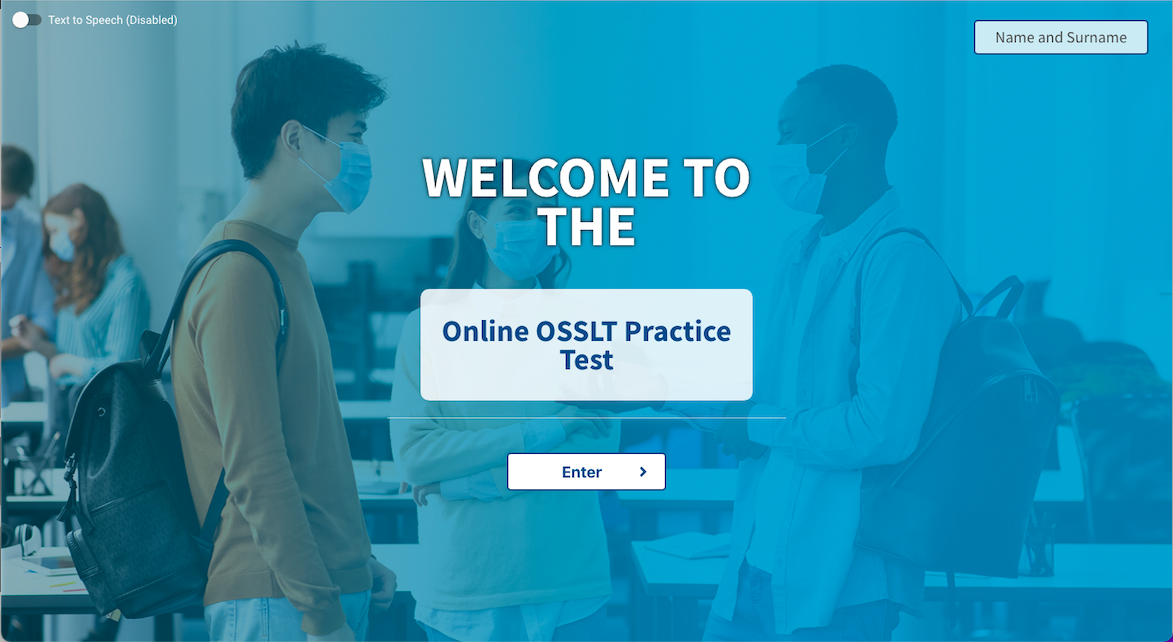
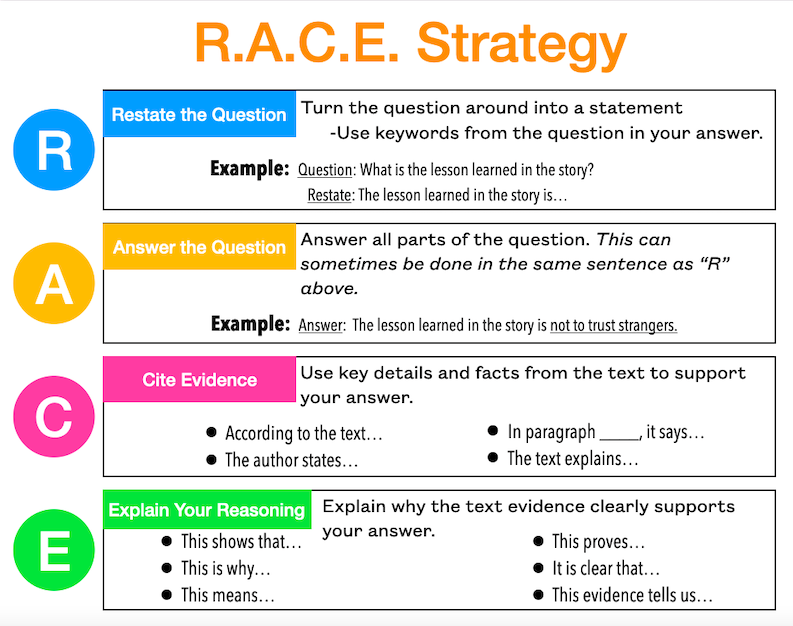
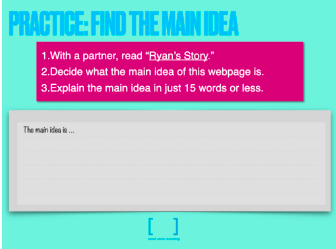
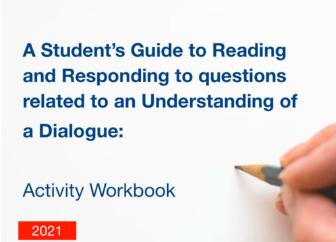

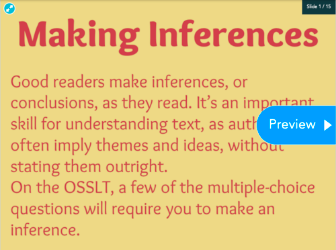
Resource Highlight: OSSLT Preparation Activities
The second window for administration of the Ontario Secondary School Literacy Test will take place from Wednesday, March 23, to Wednesday, May 18, 2022. Now is the time to start preparing students to write!
The Learning & Teaching Team has created a variety of multi-media accessible resources to support you and your students in preparing for the OSSLT. You can find Google Form self-grading diagnostics & summative tasks, interactive UDL workbooks, video tutorials, Nearpod lessons, handouts, teacher resources and more!
You can also reach out to your designated Learning Coach for virtual support.

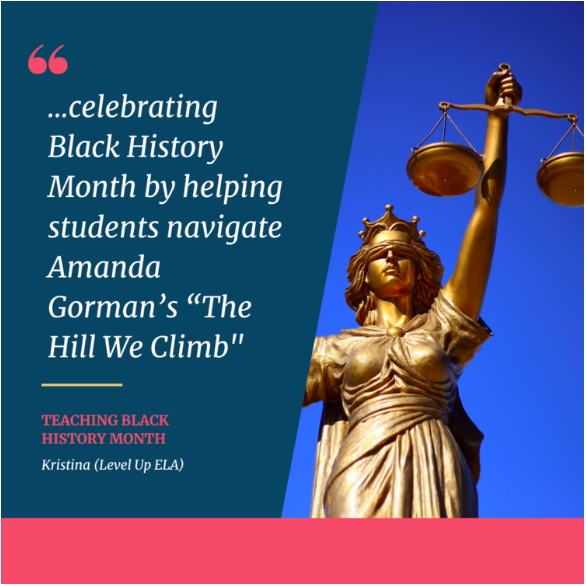
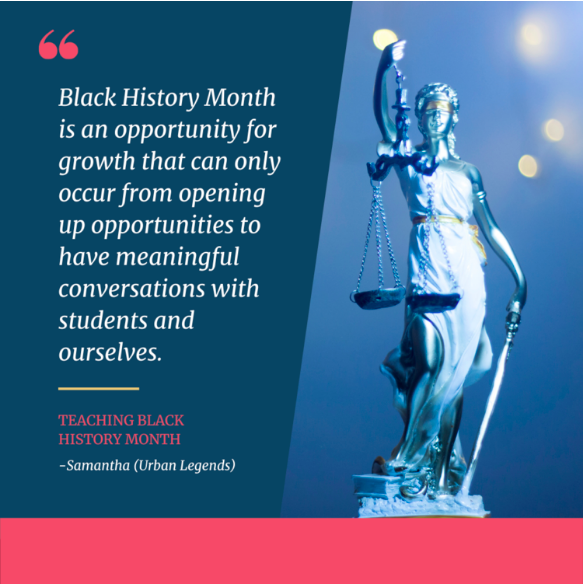

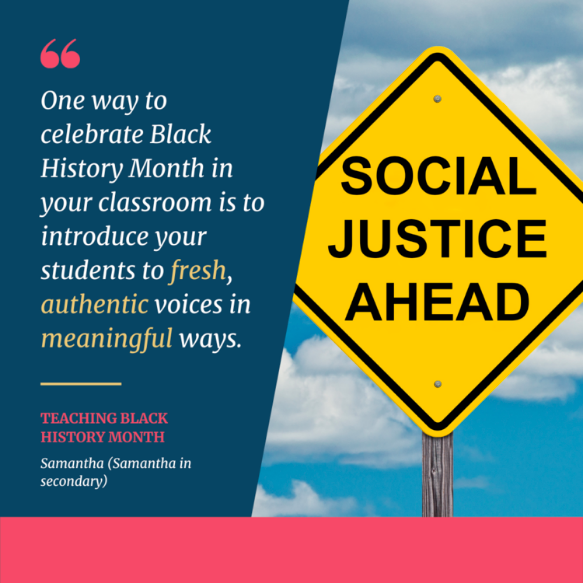
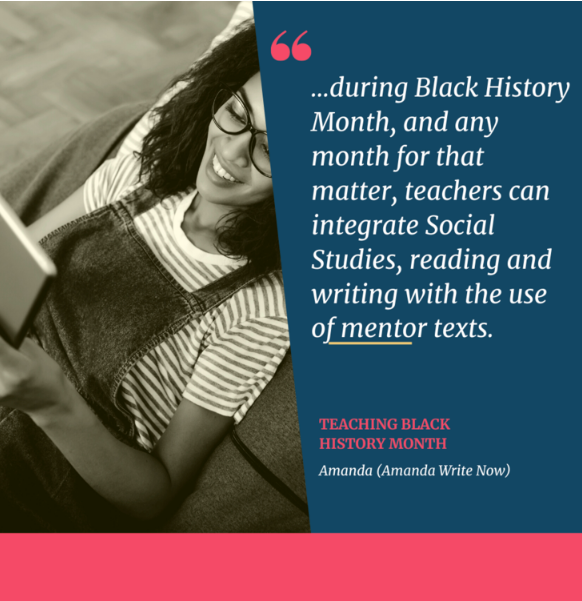
February Resource Highlight: Honouring Black History Month
Every February, Canadians participate in Black History Month to honour the legacy of Black Canadians and their communities. Click below to view a collection of resources that can support Black History Month.
RESOURCE HIGHLIGHT: 7 Days of Creativity
7 Days of Creativity features seasonal activities designed to inspire creativity with iPad in your classroom! These engaging projects allow students to explore and gain valuable skills in programs such as Pages, Keynote, Numbers, Clips, and Garageband. Each activity comes with a set of instructions, a project starter, and a video tutorial.
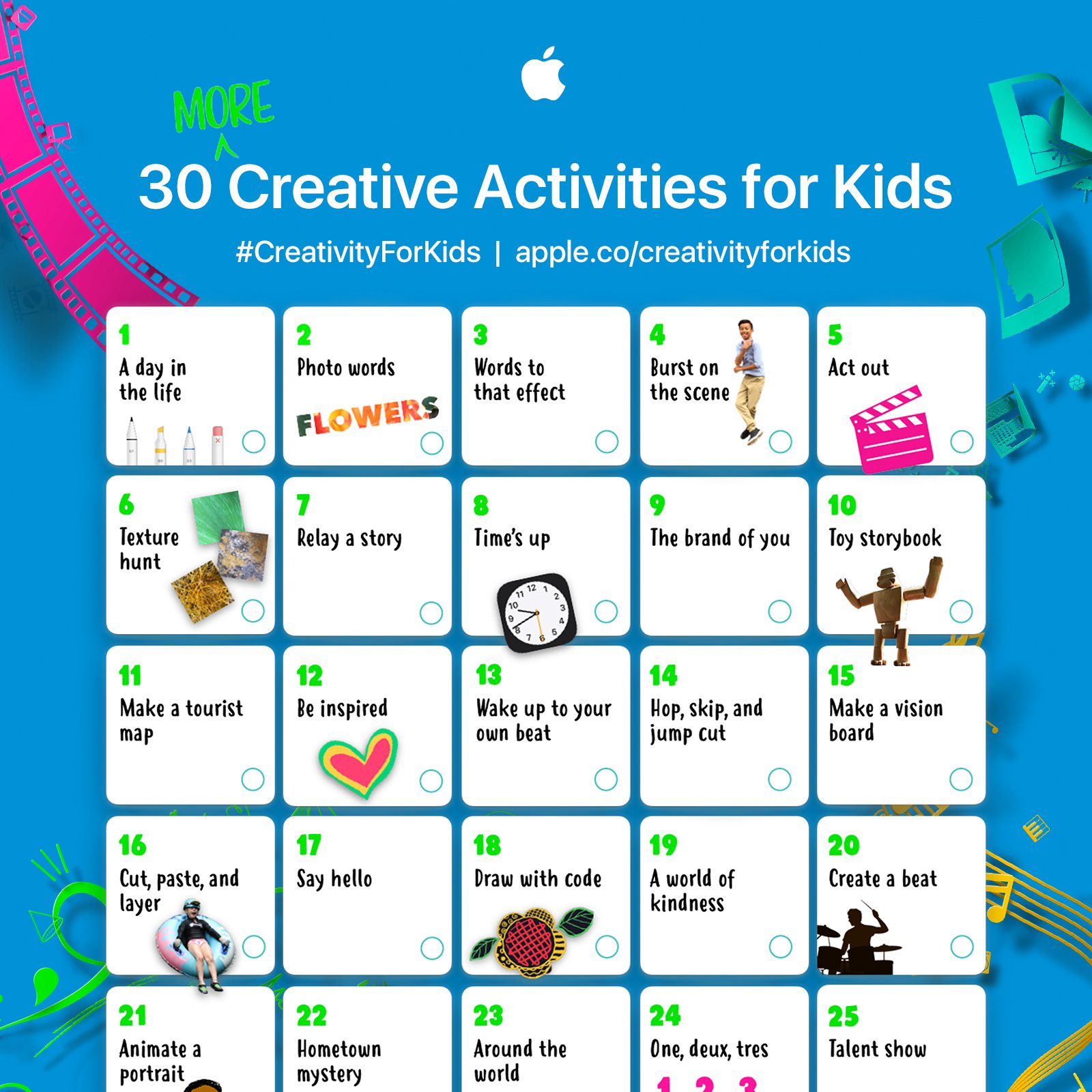


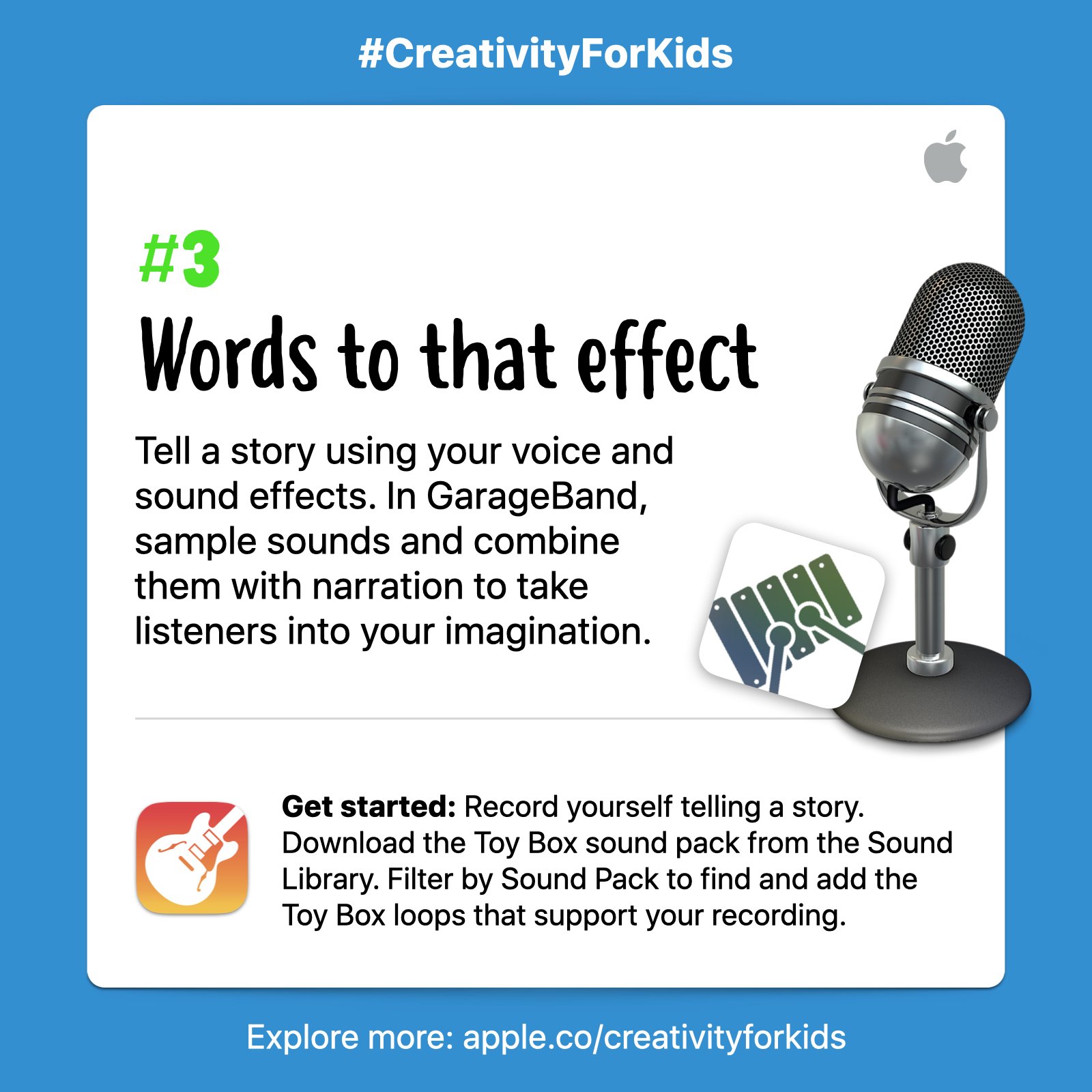
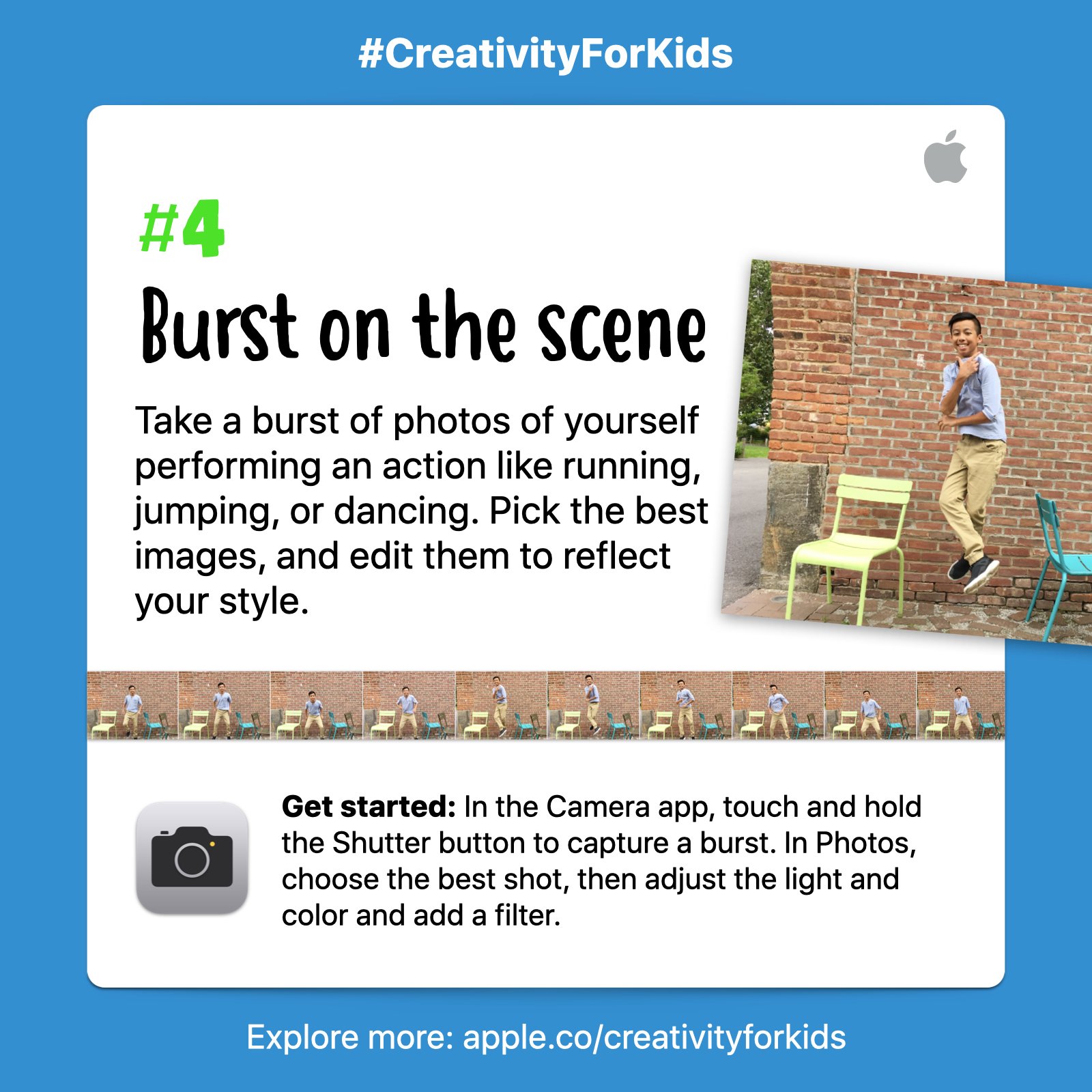

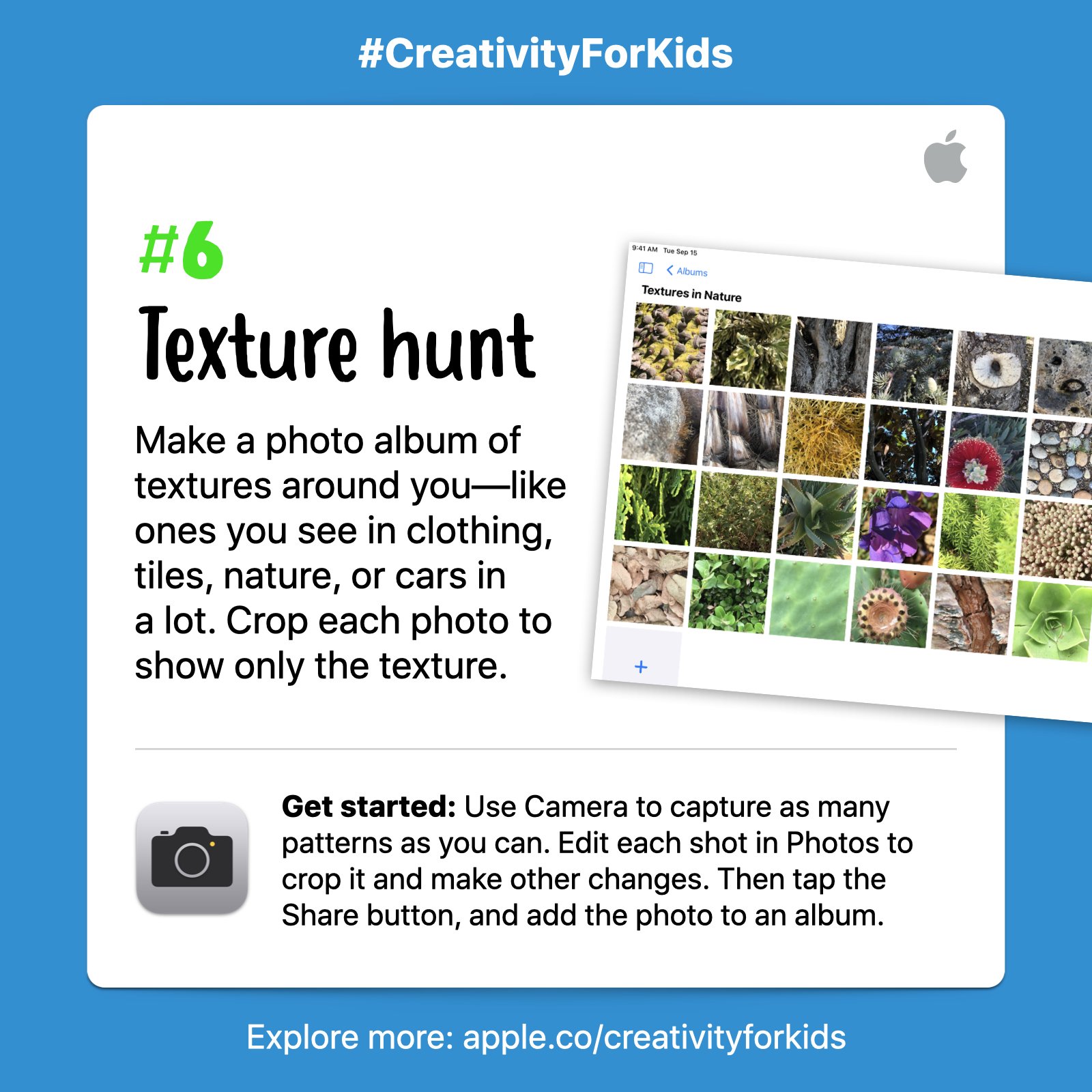
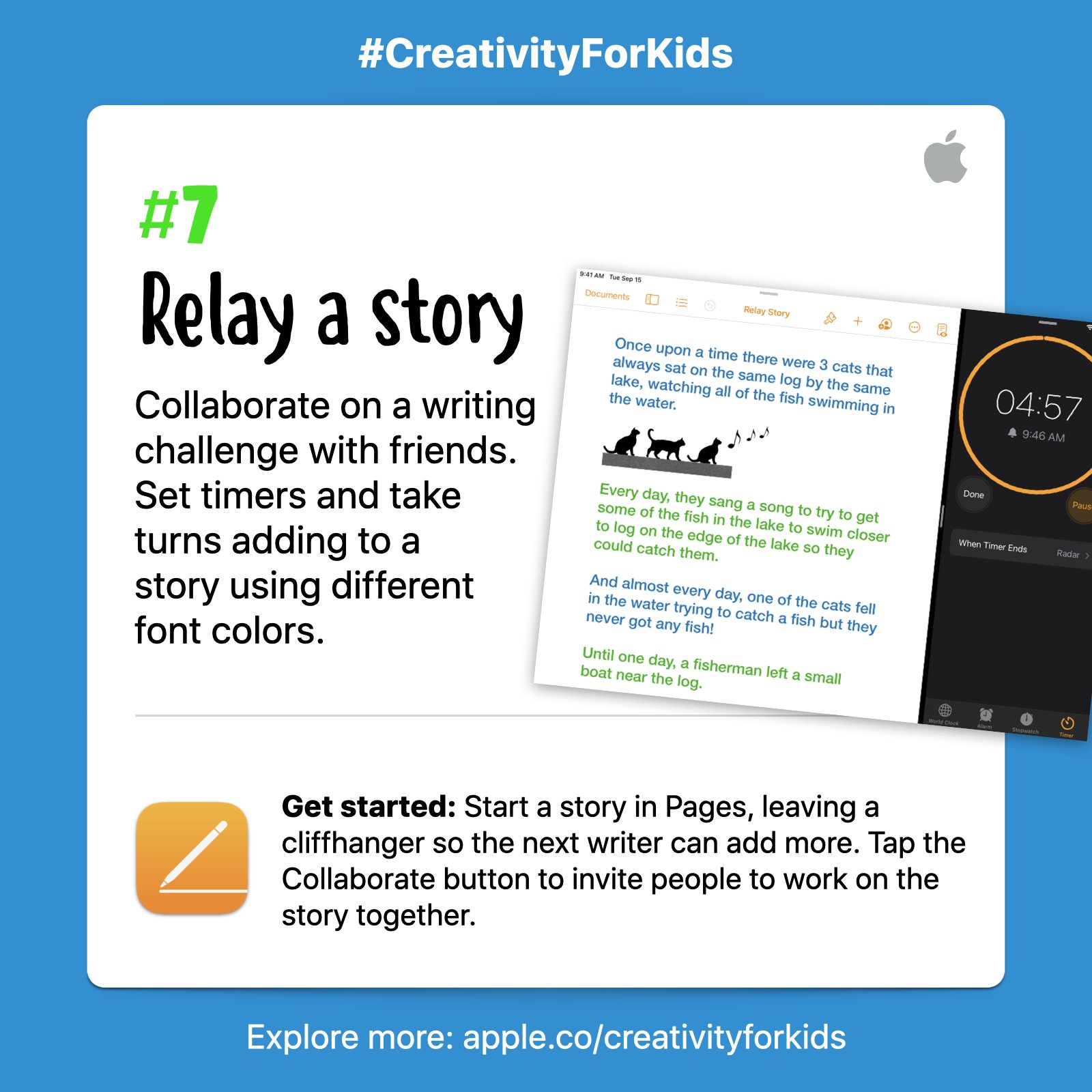
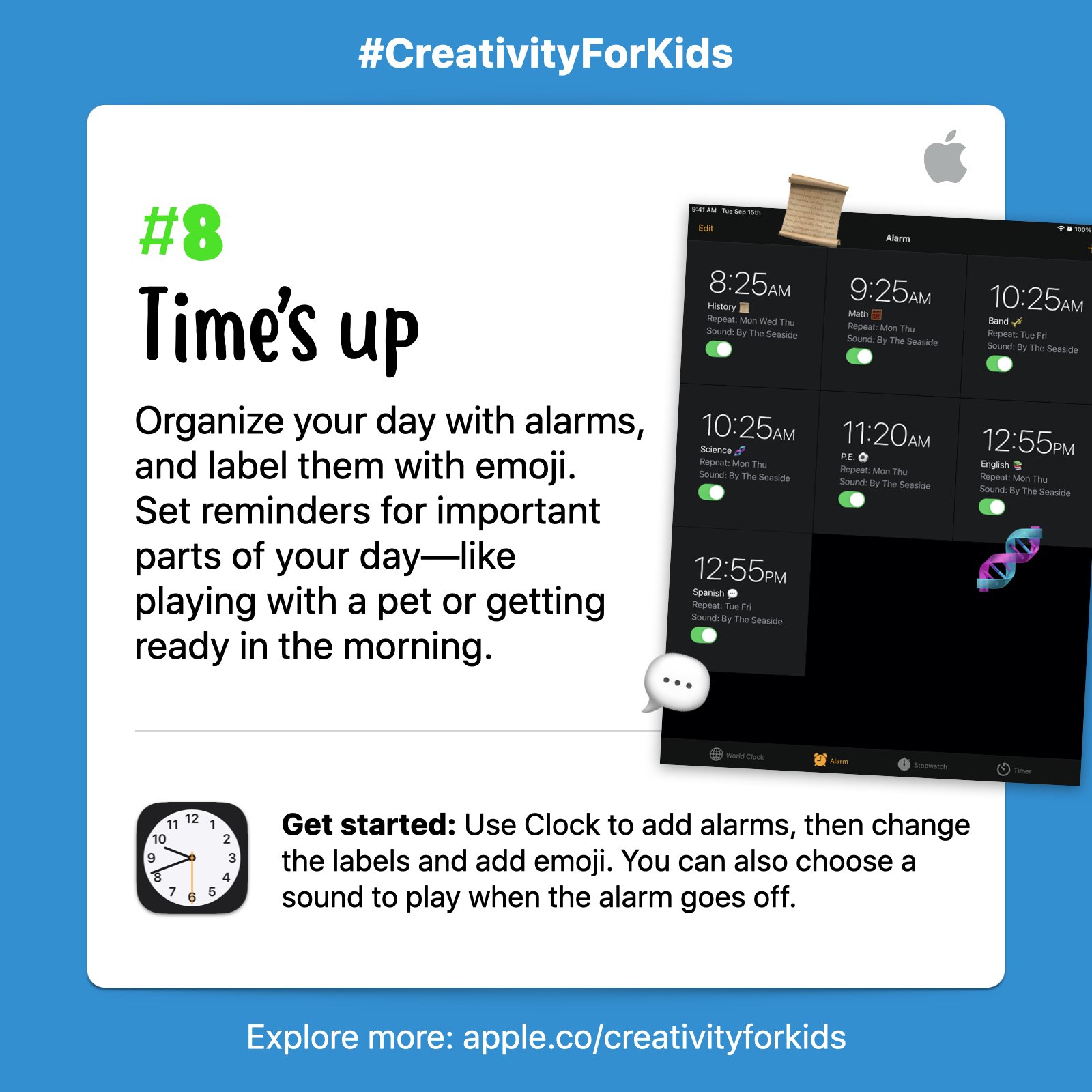
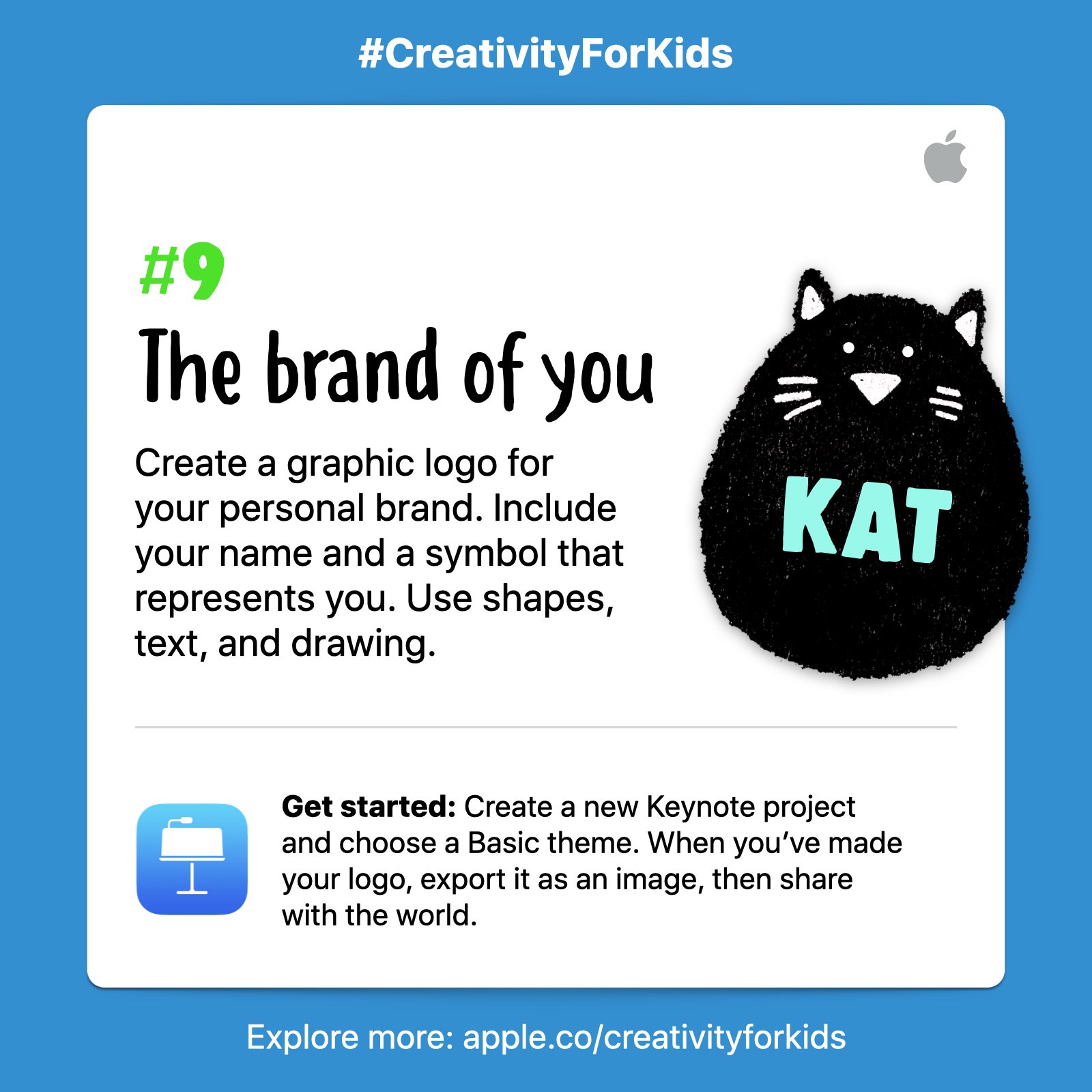
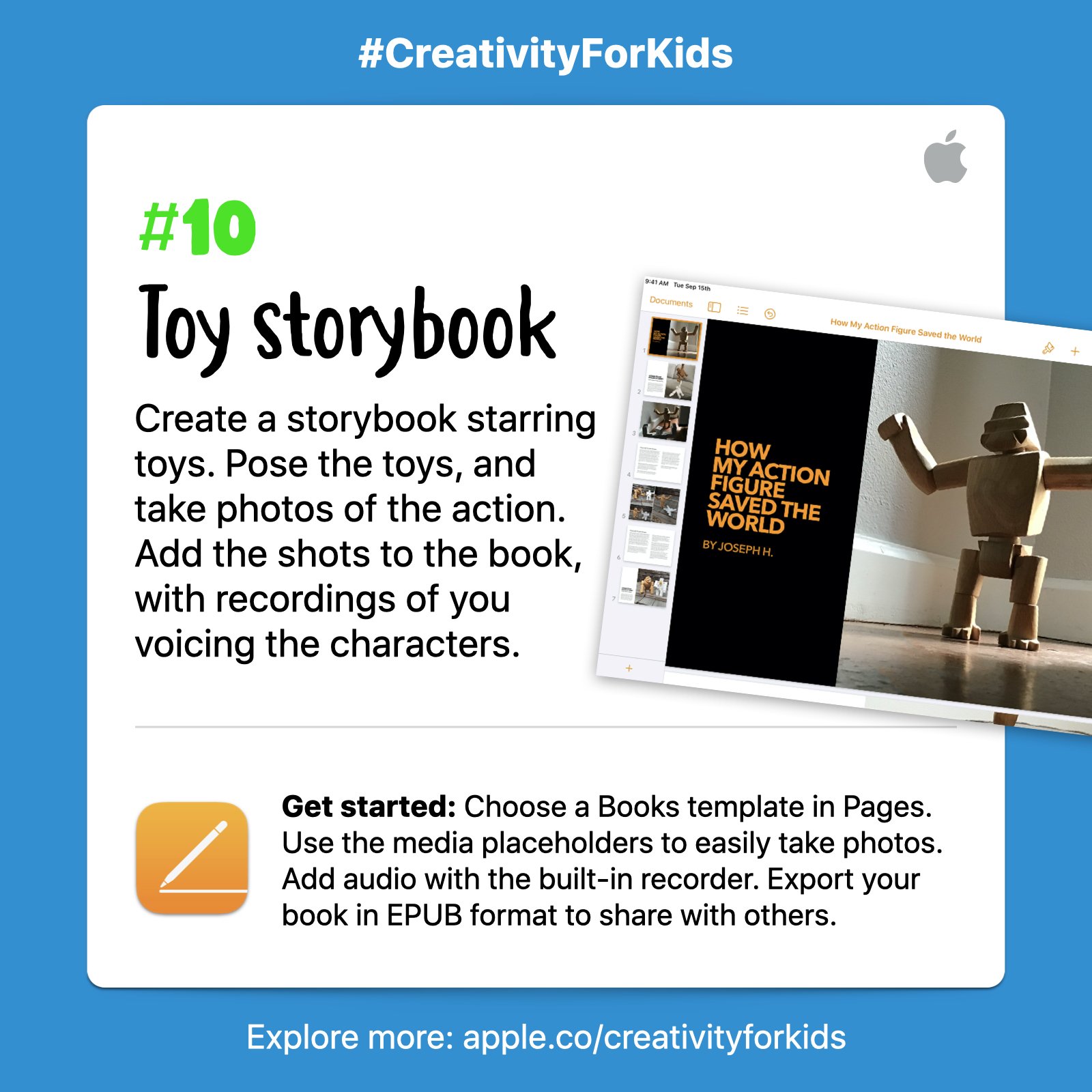
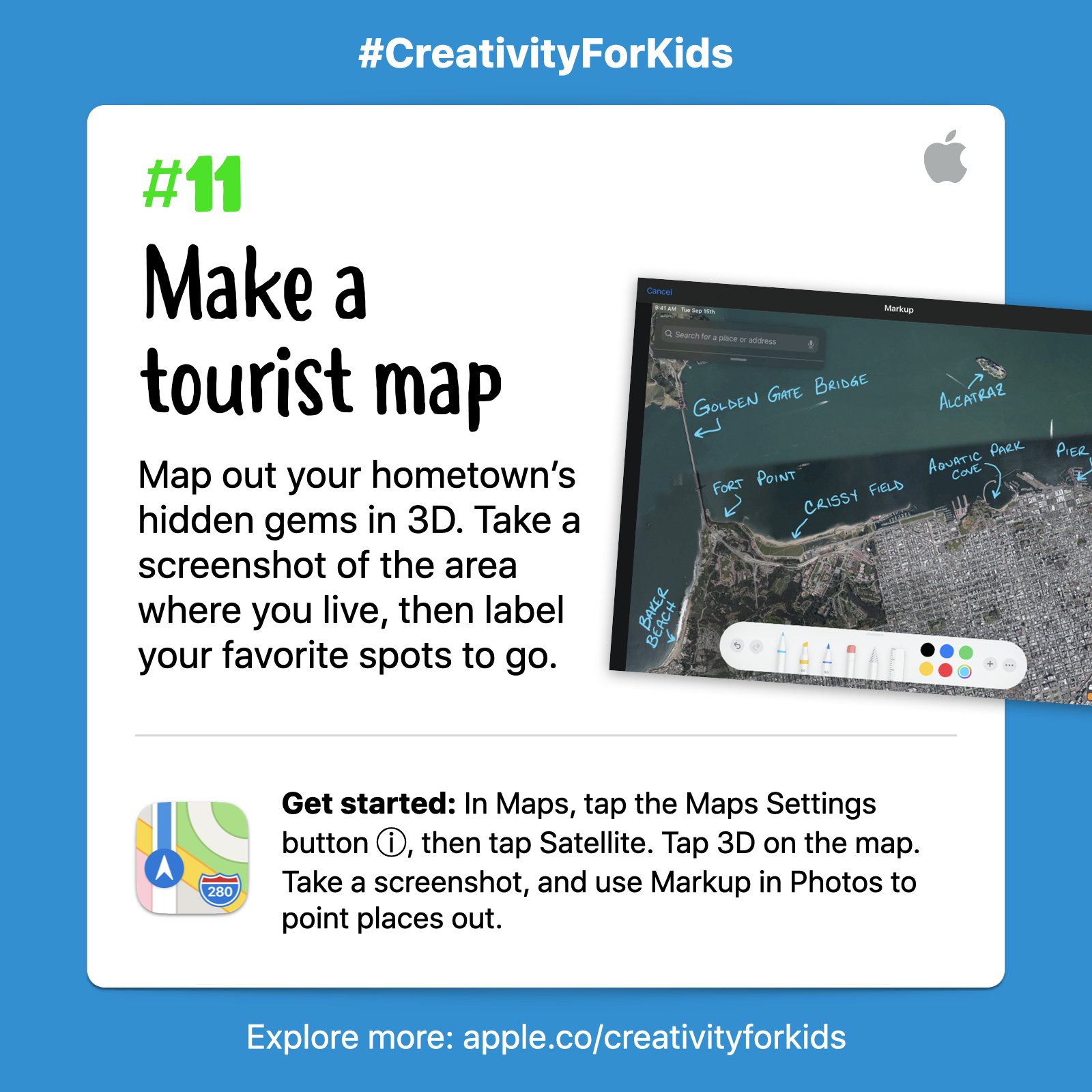

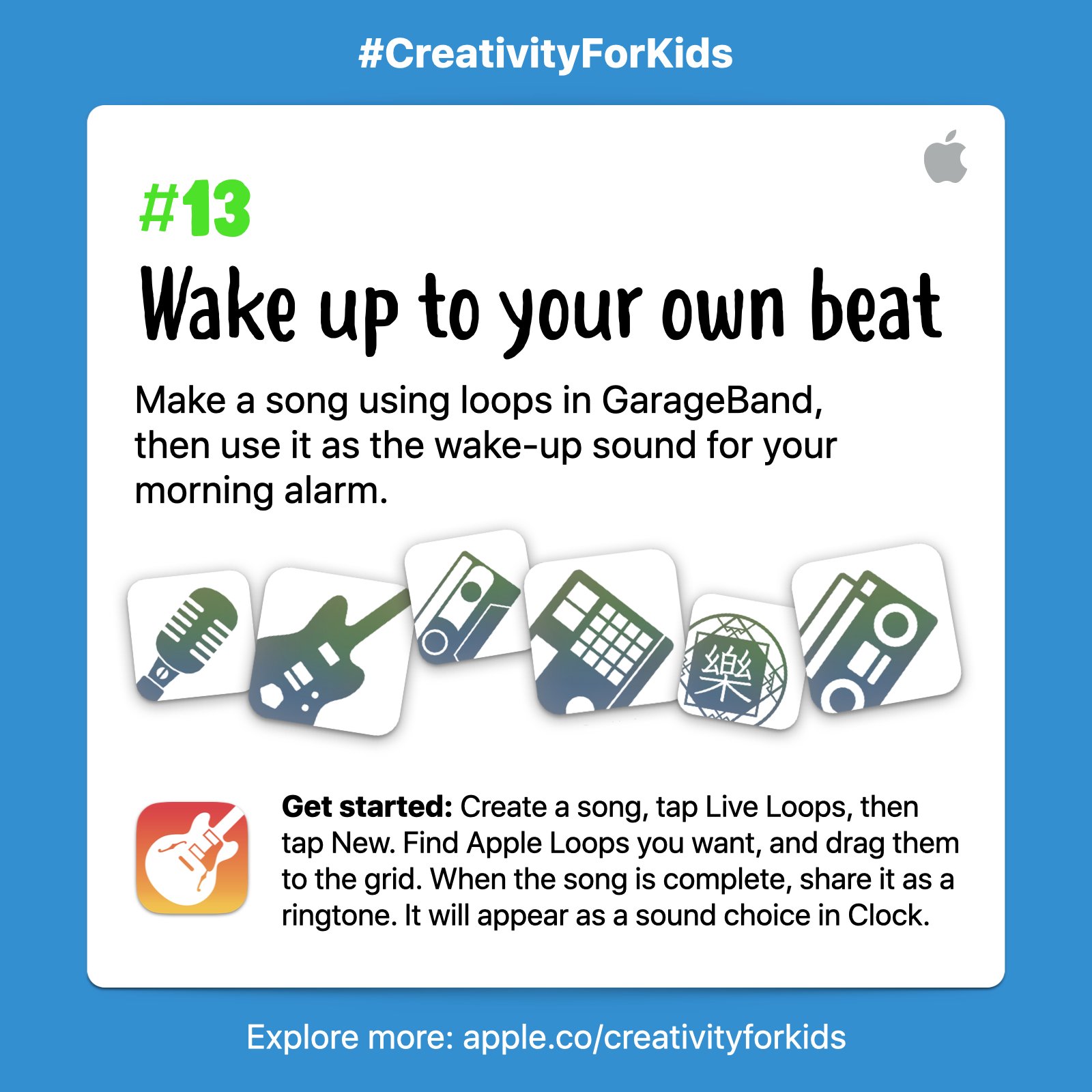
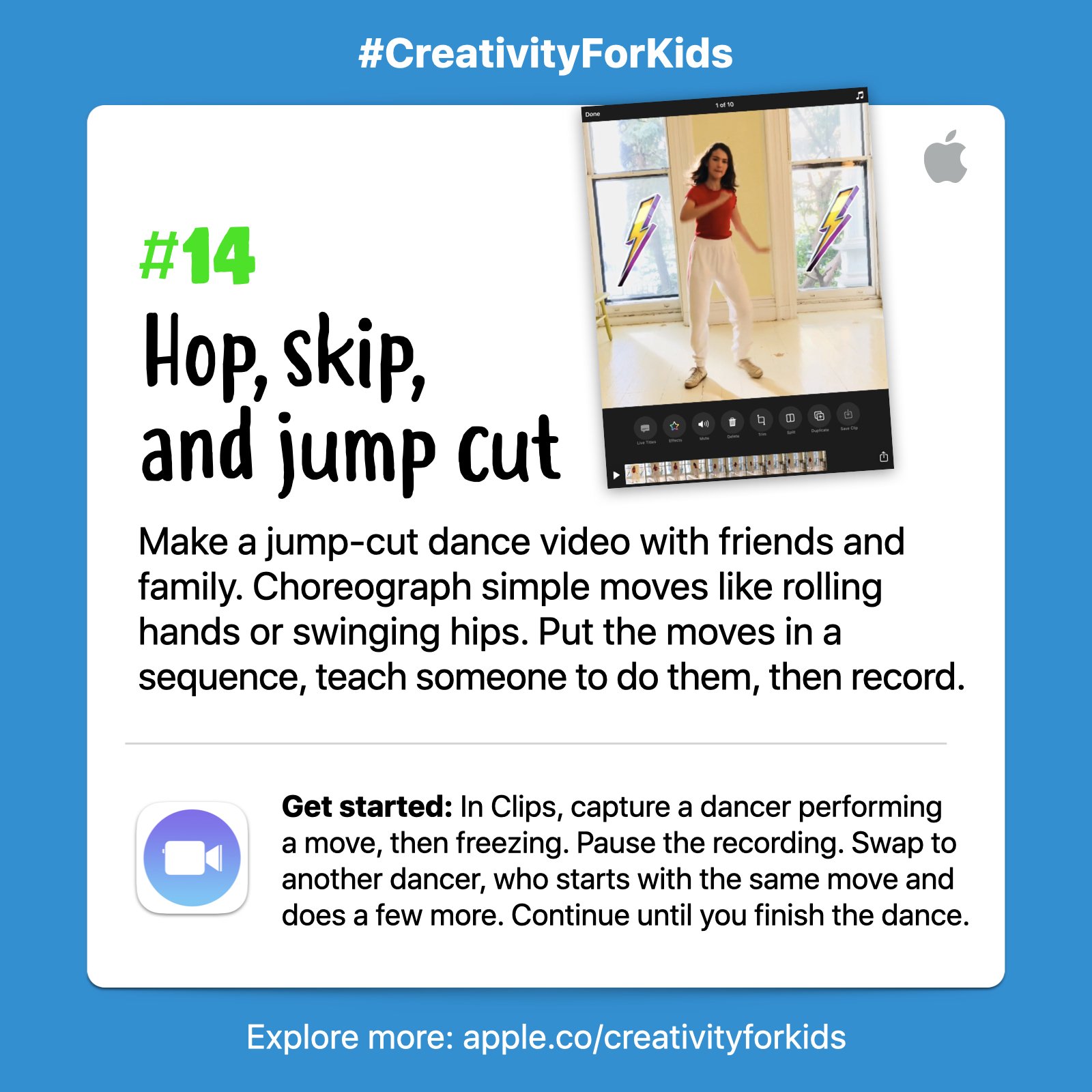
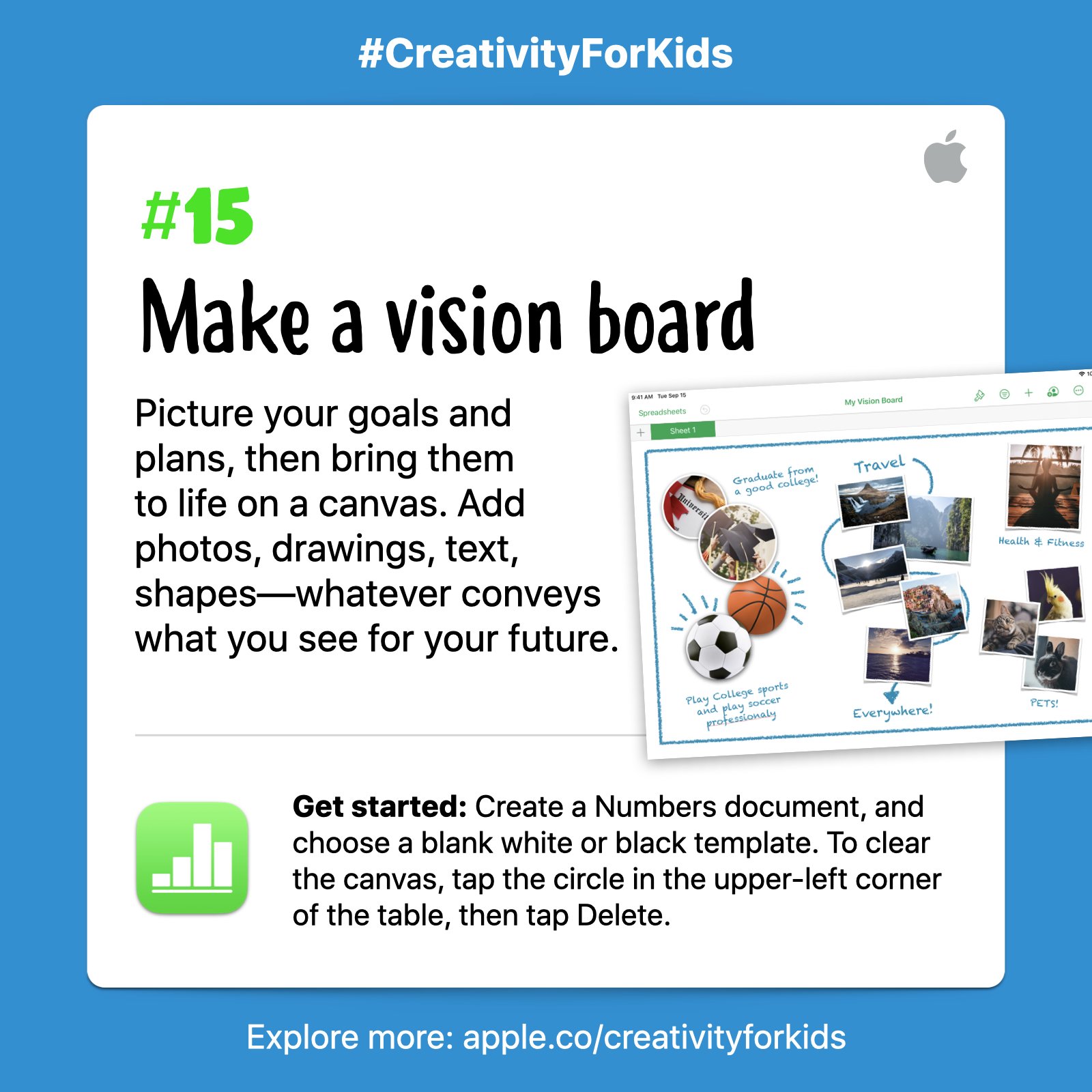
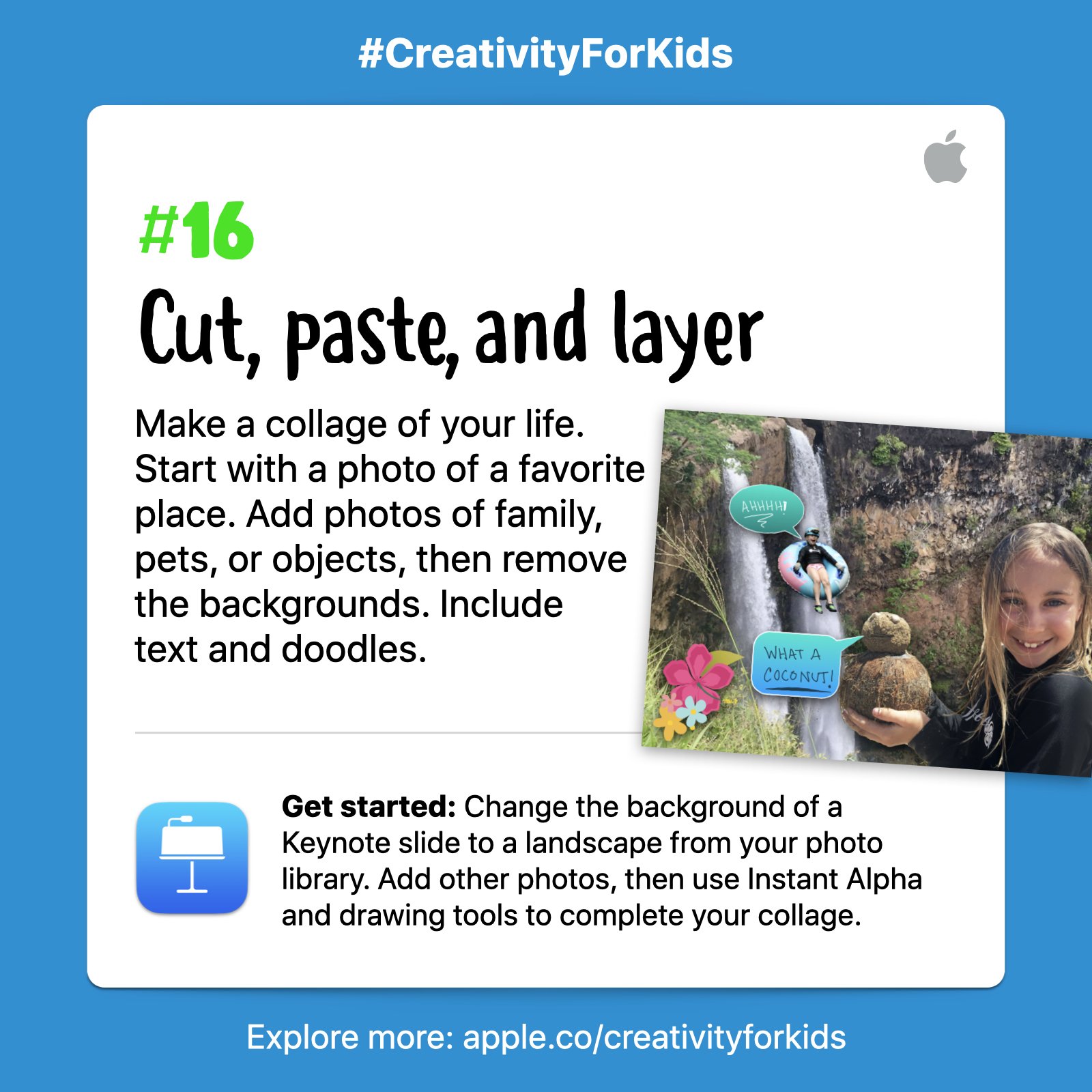
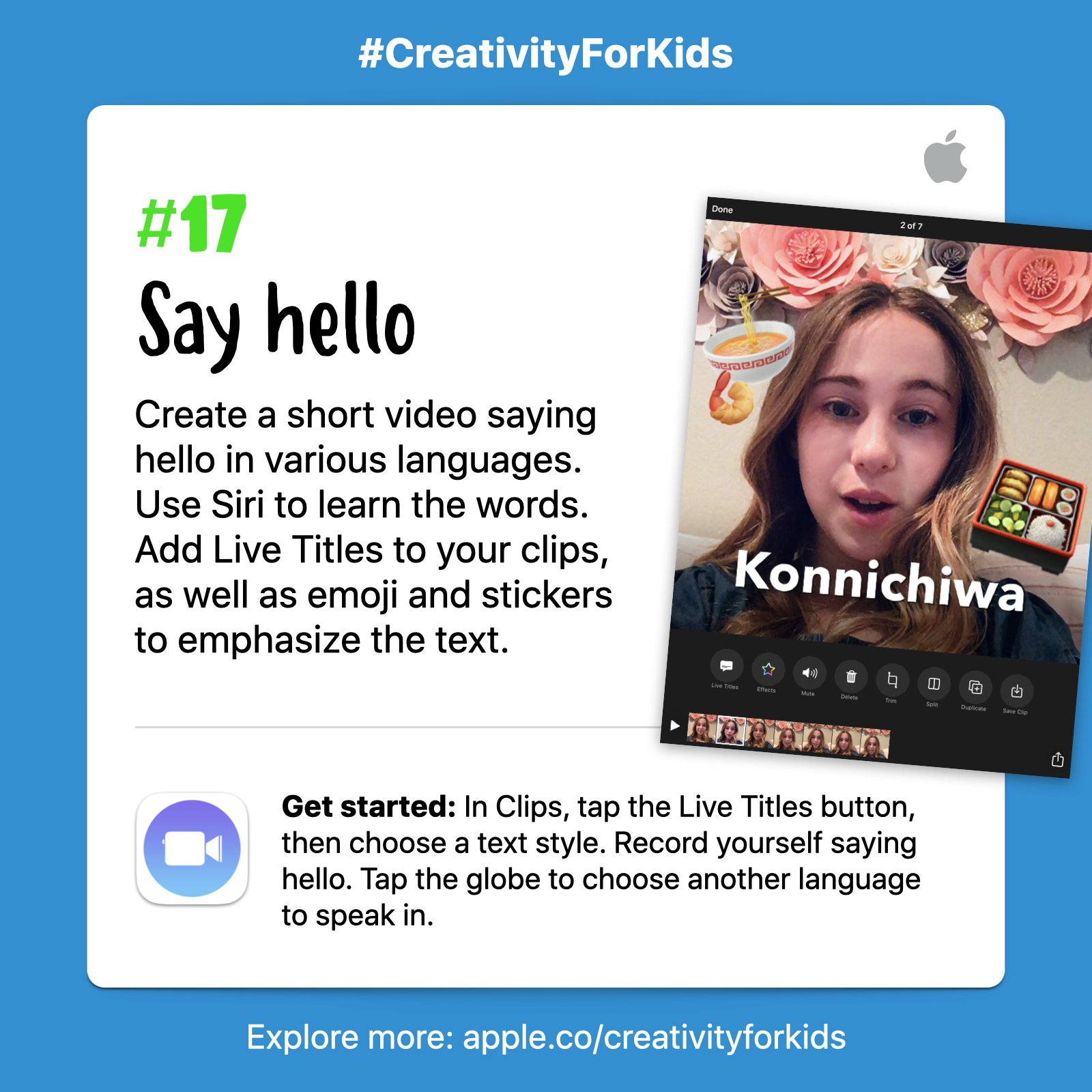
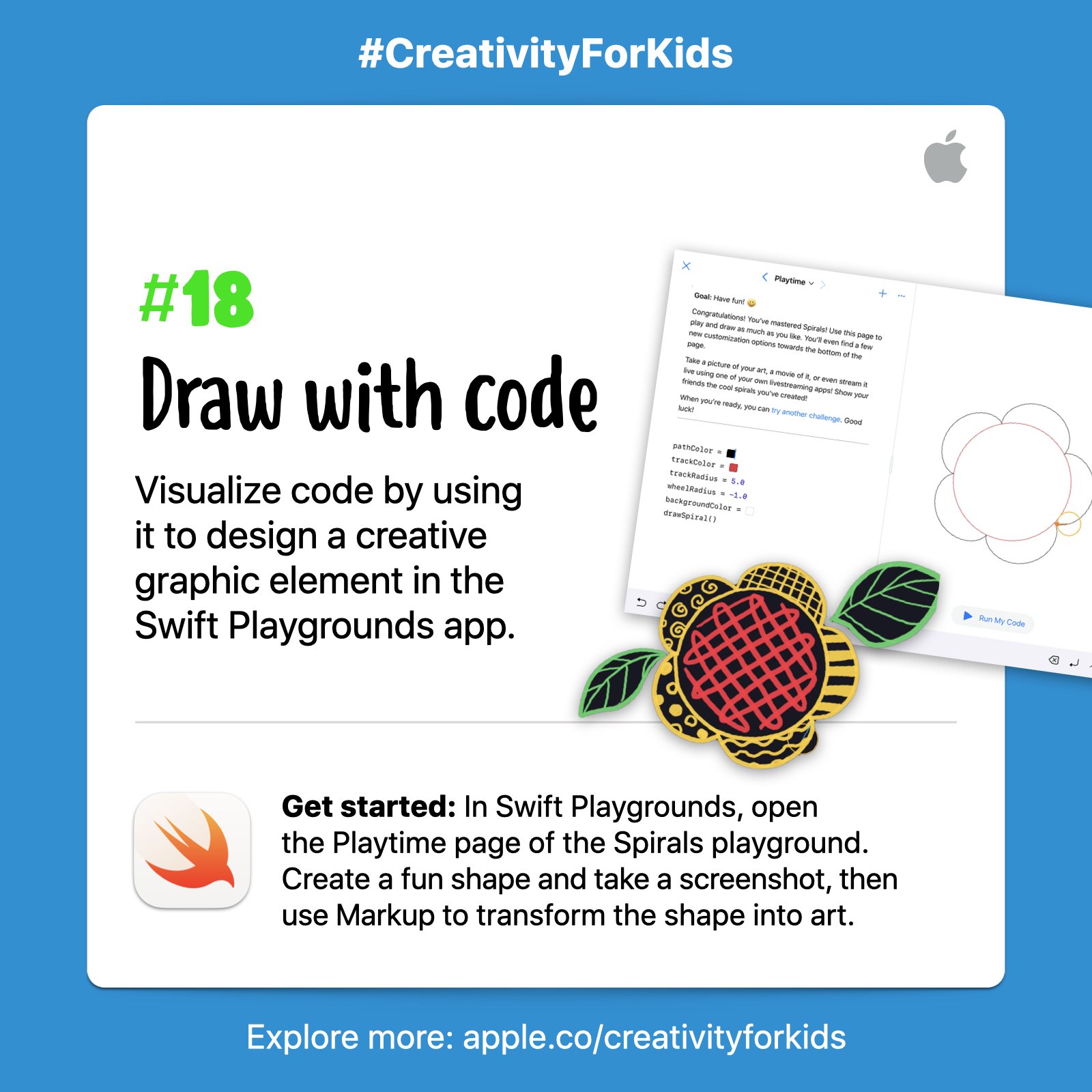
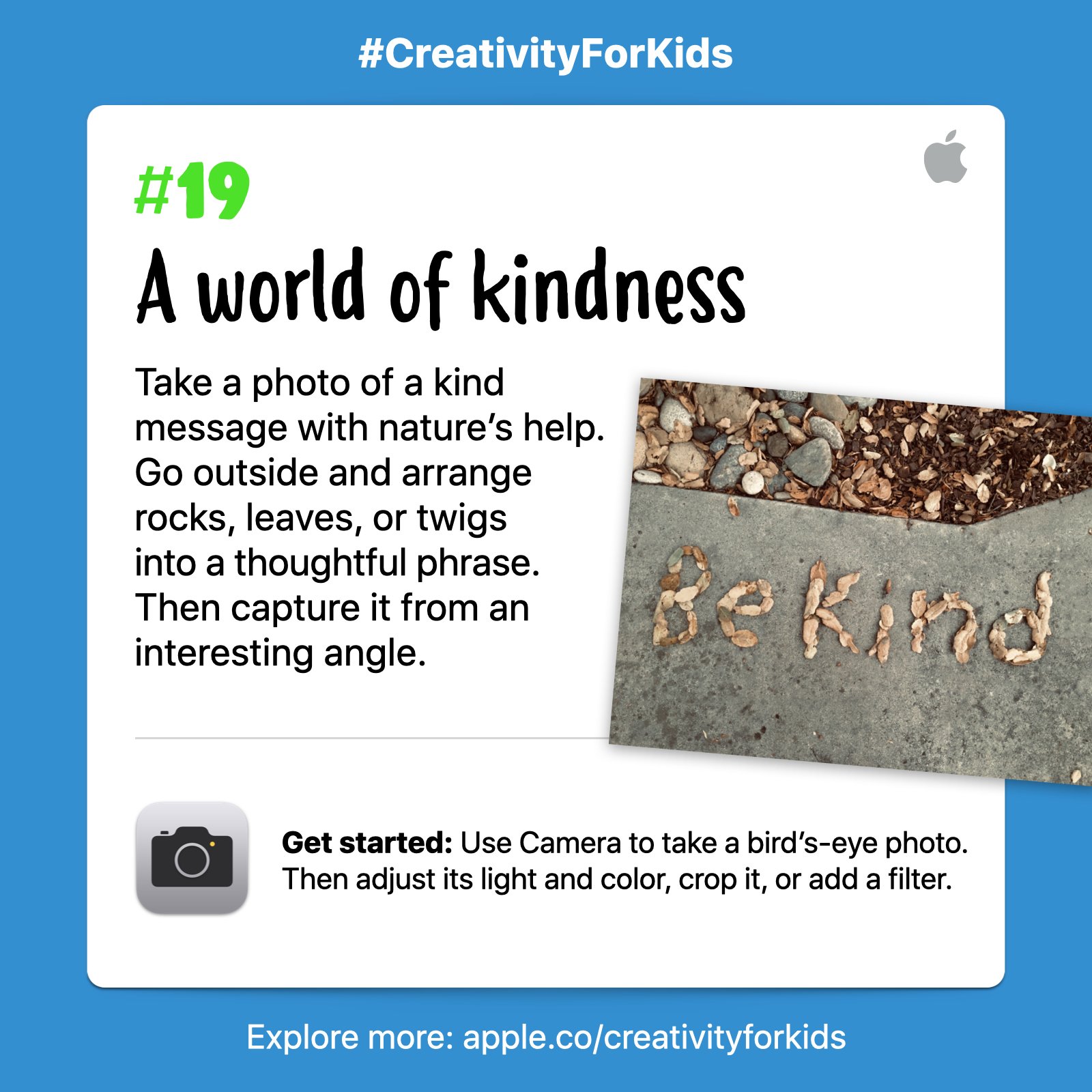
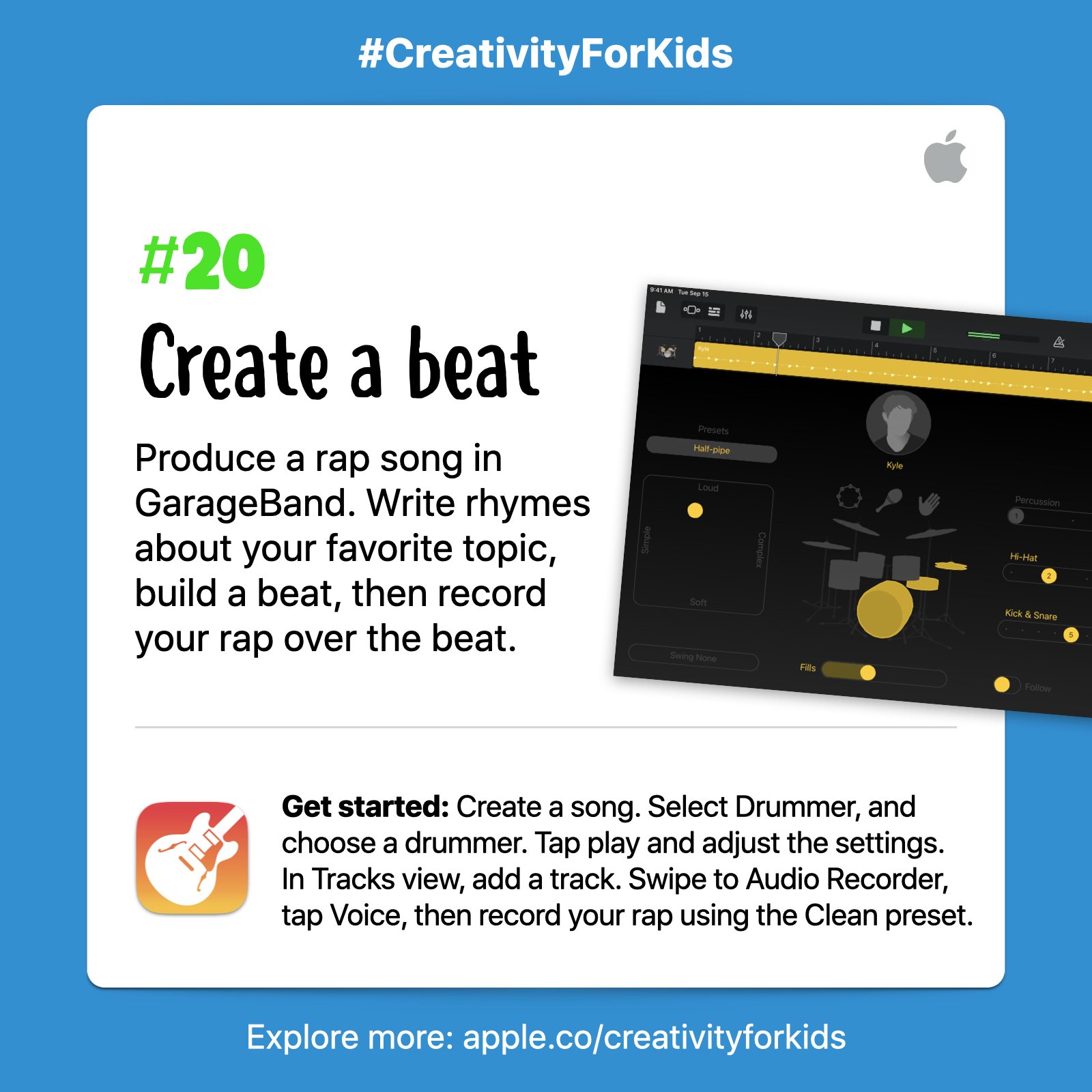
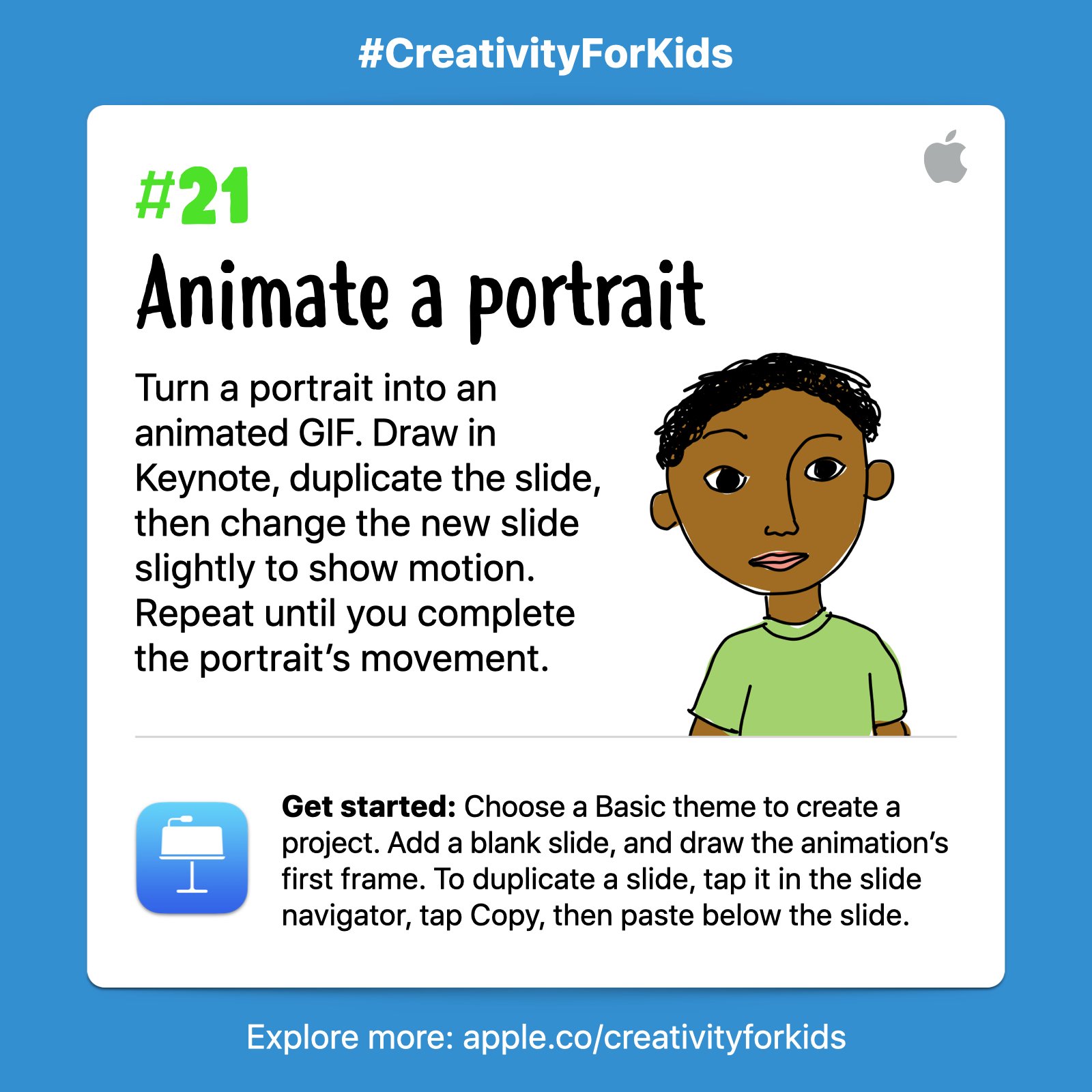
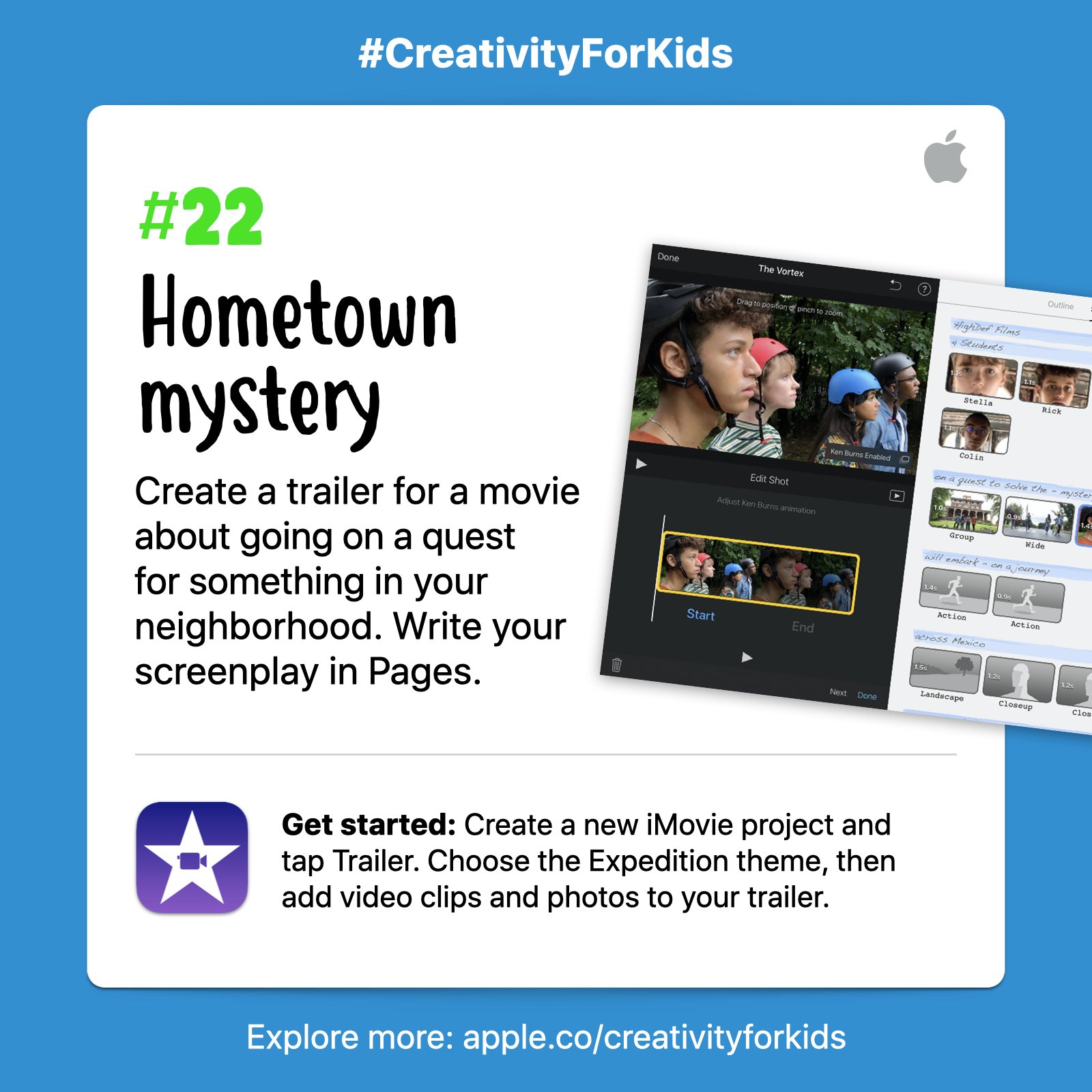
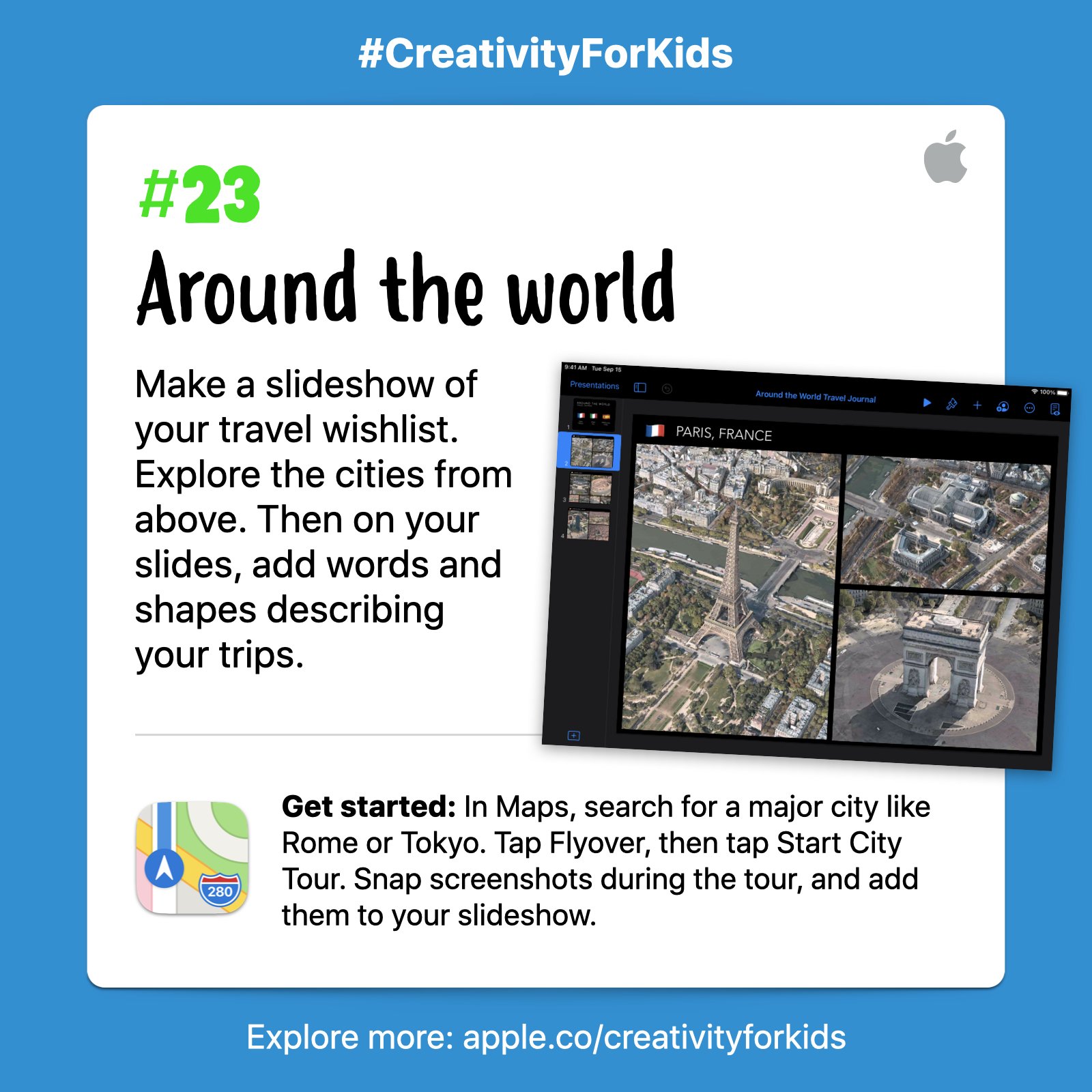
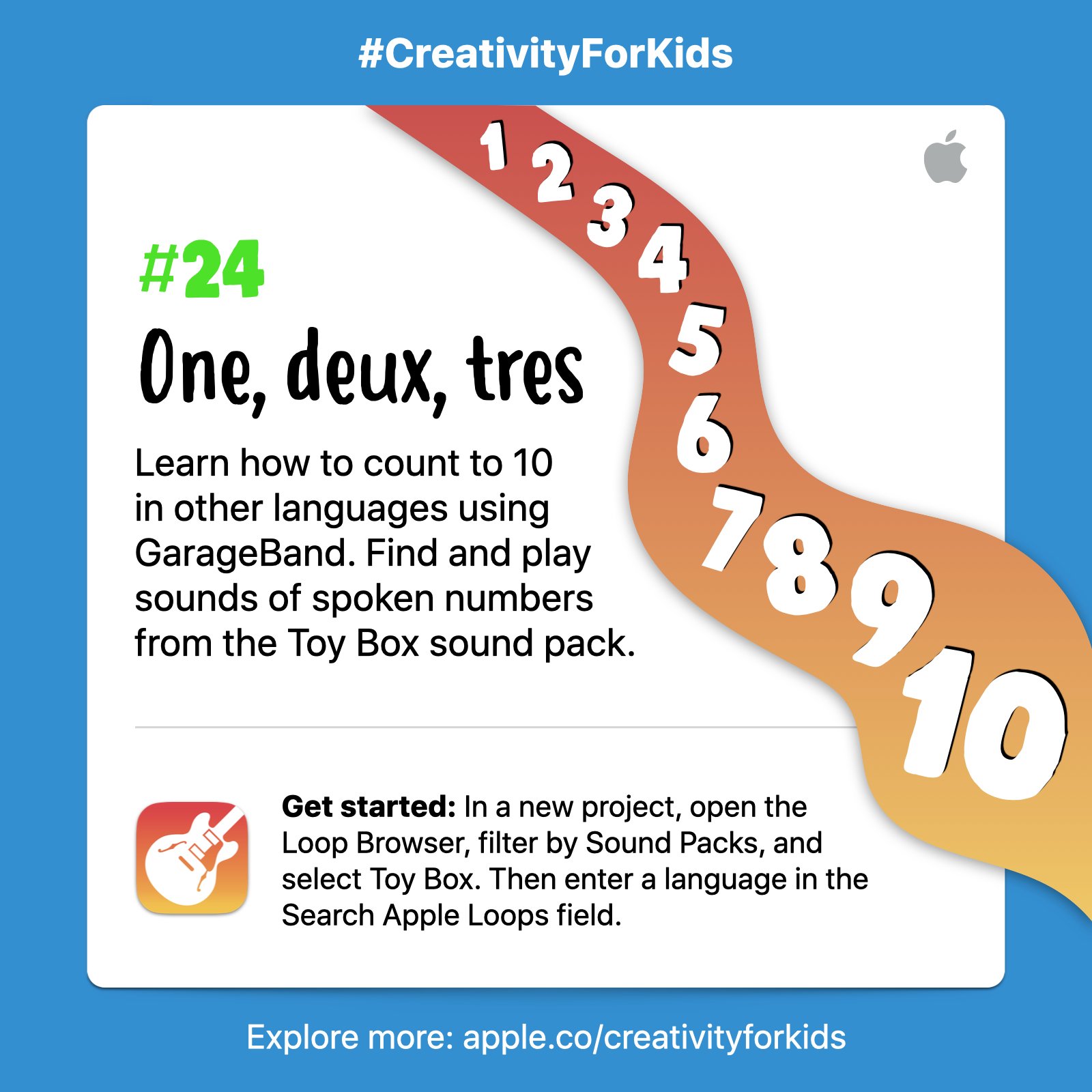
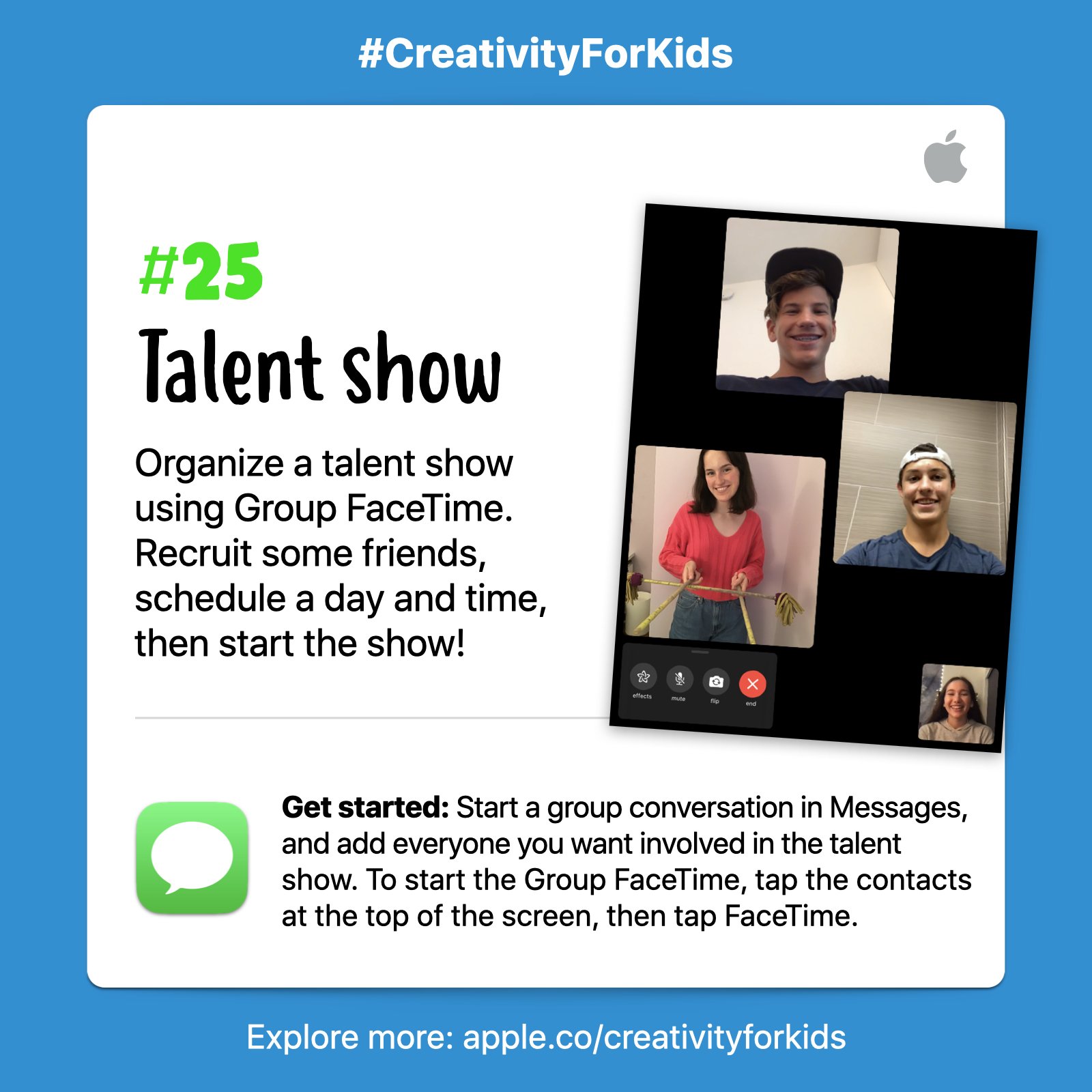
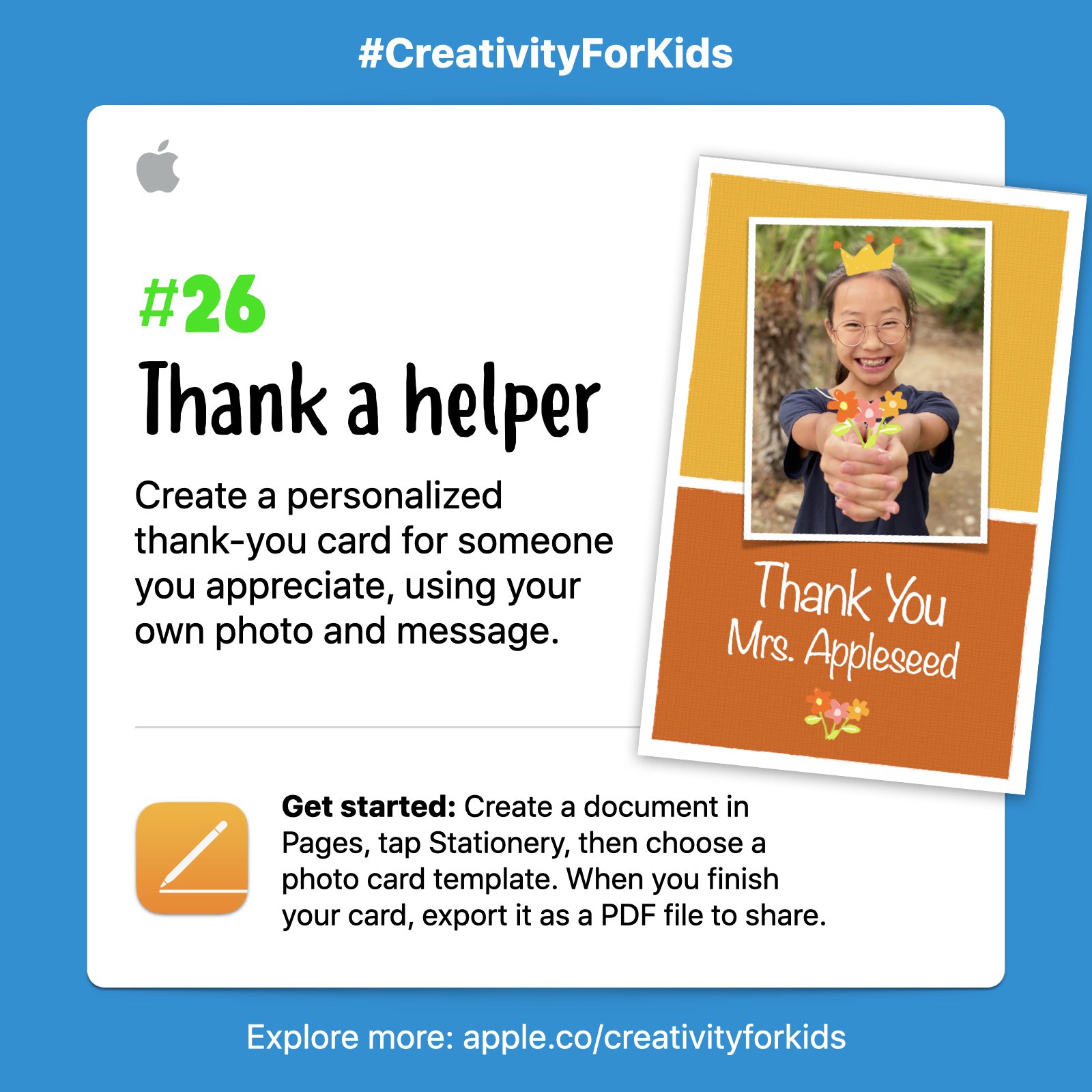


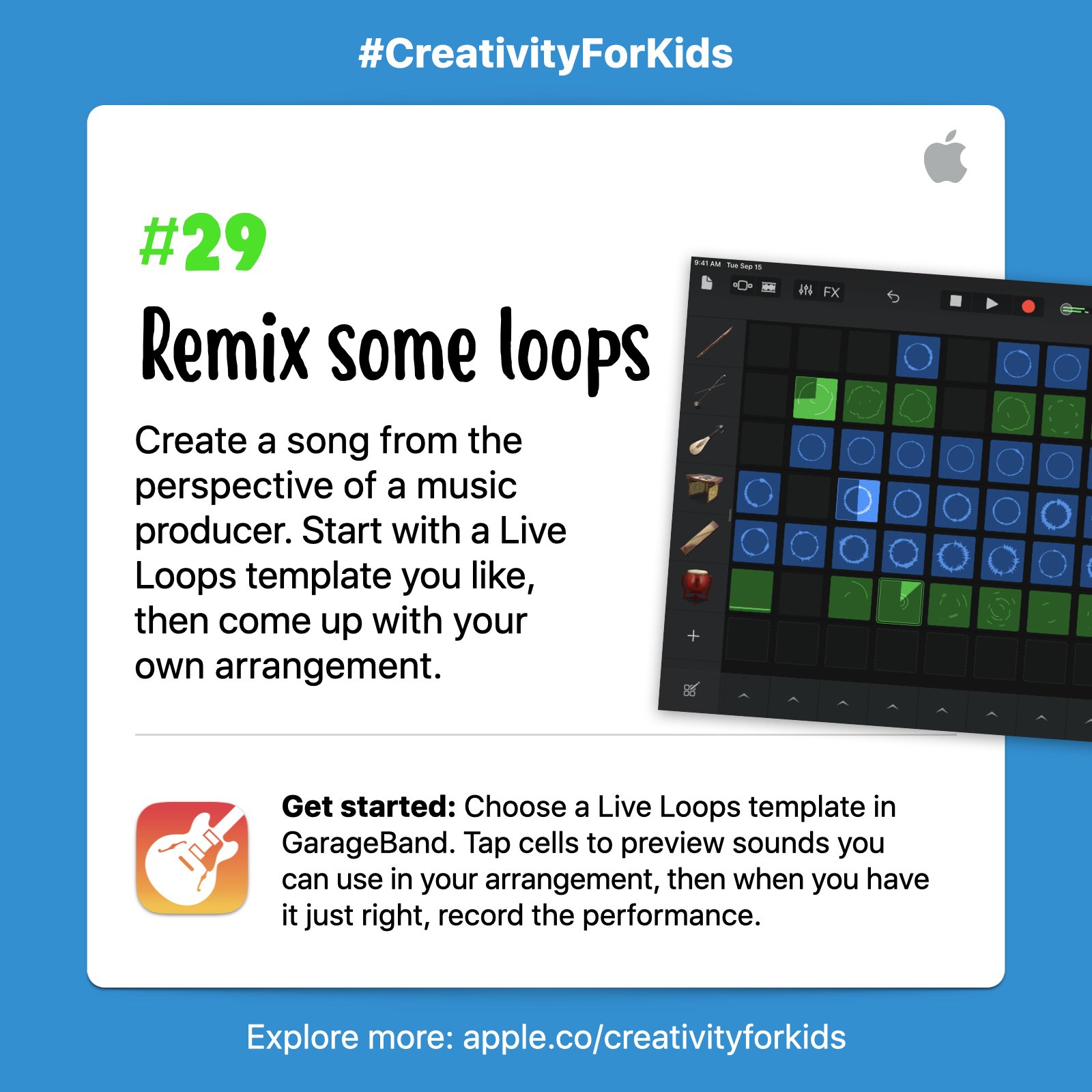
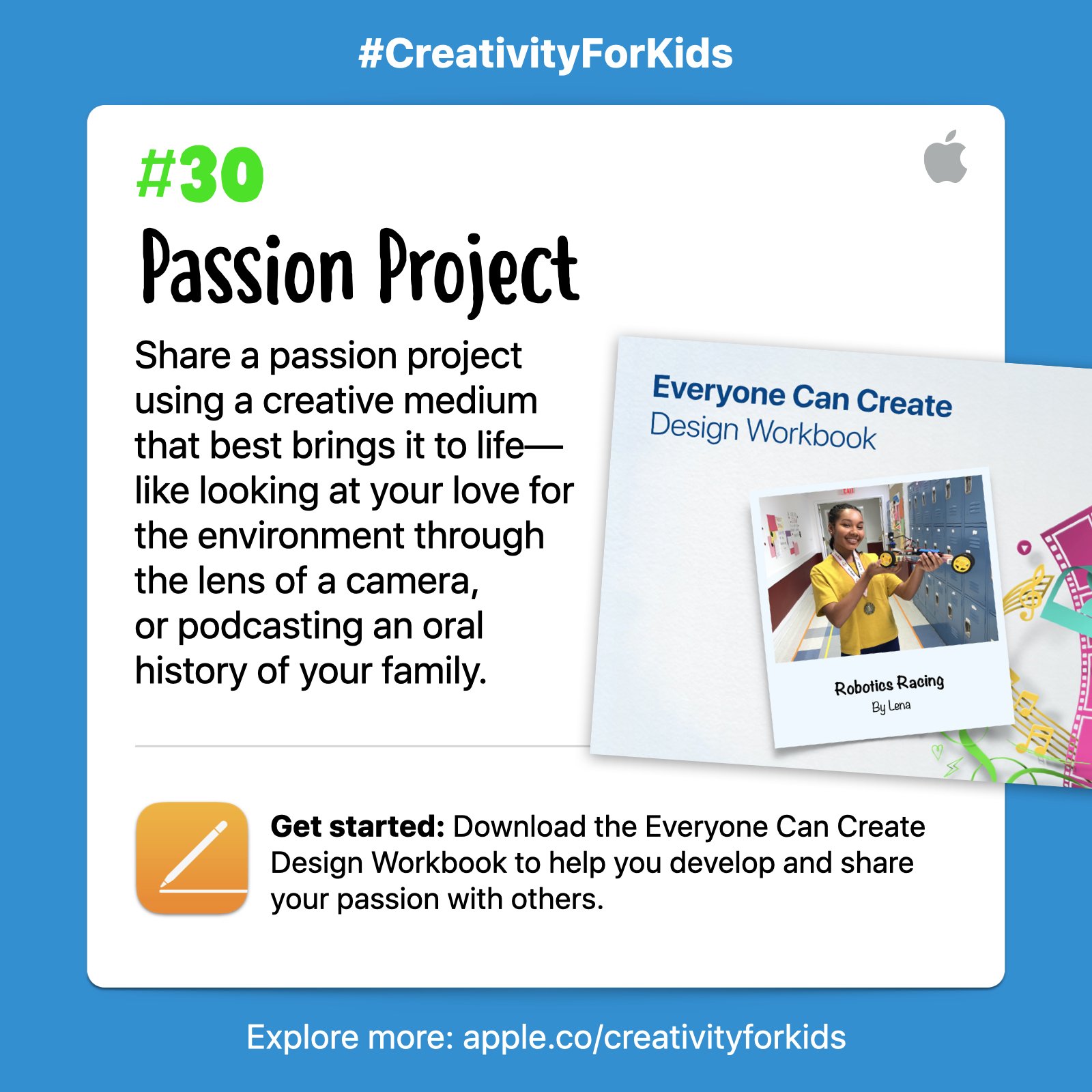

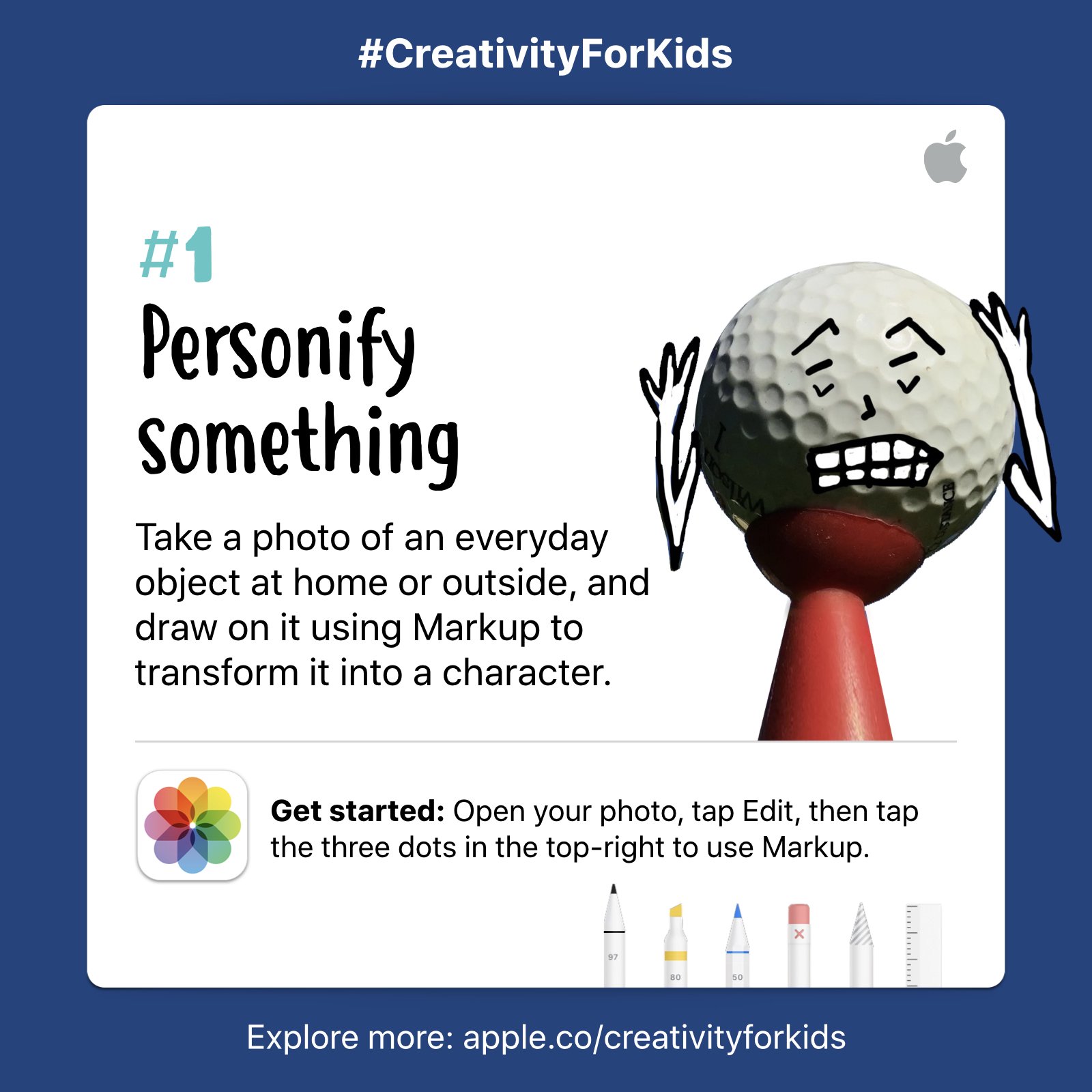
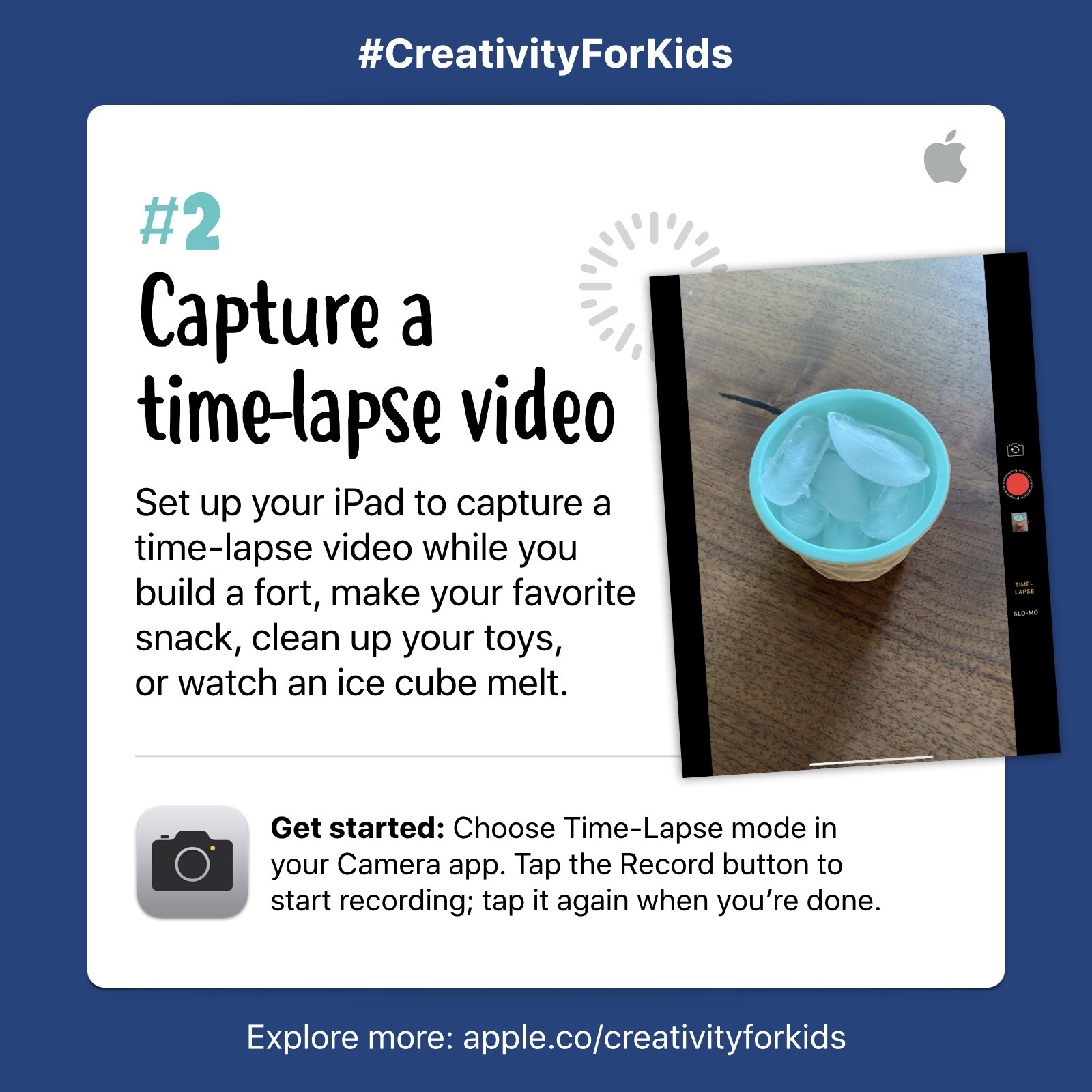
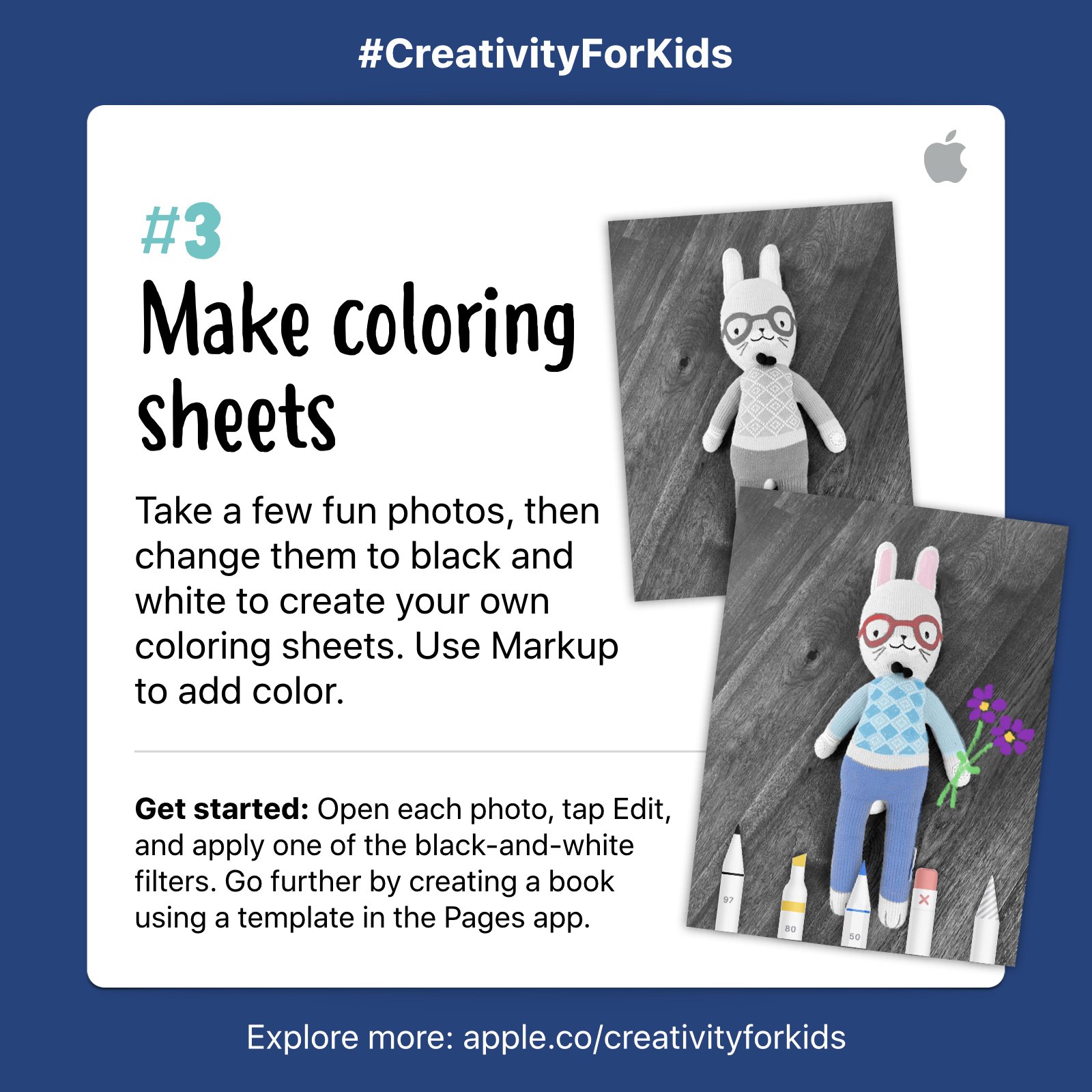
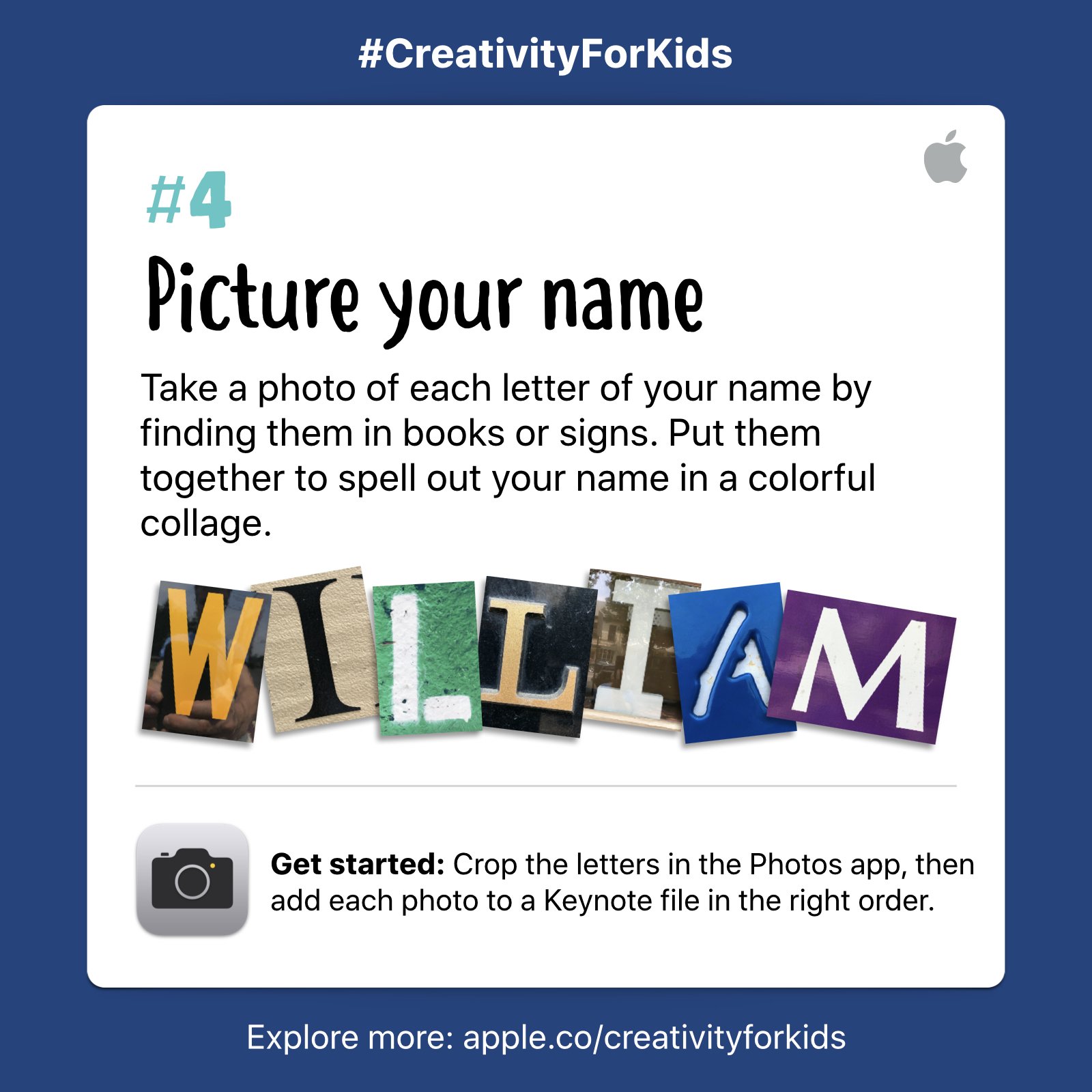
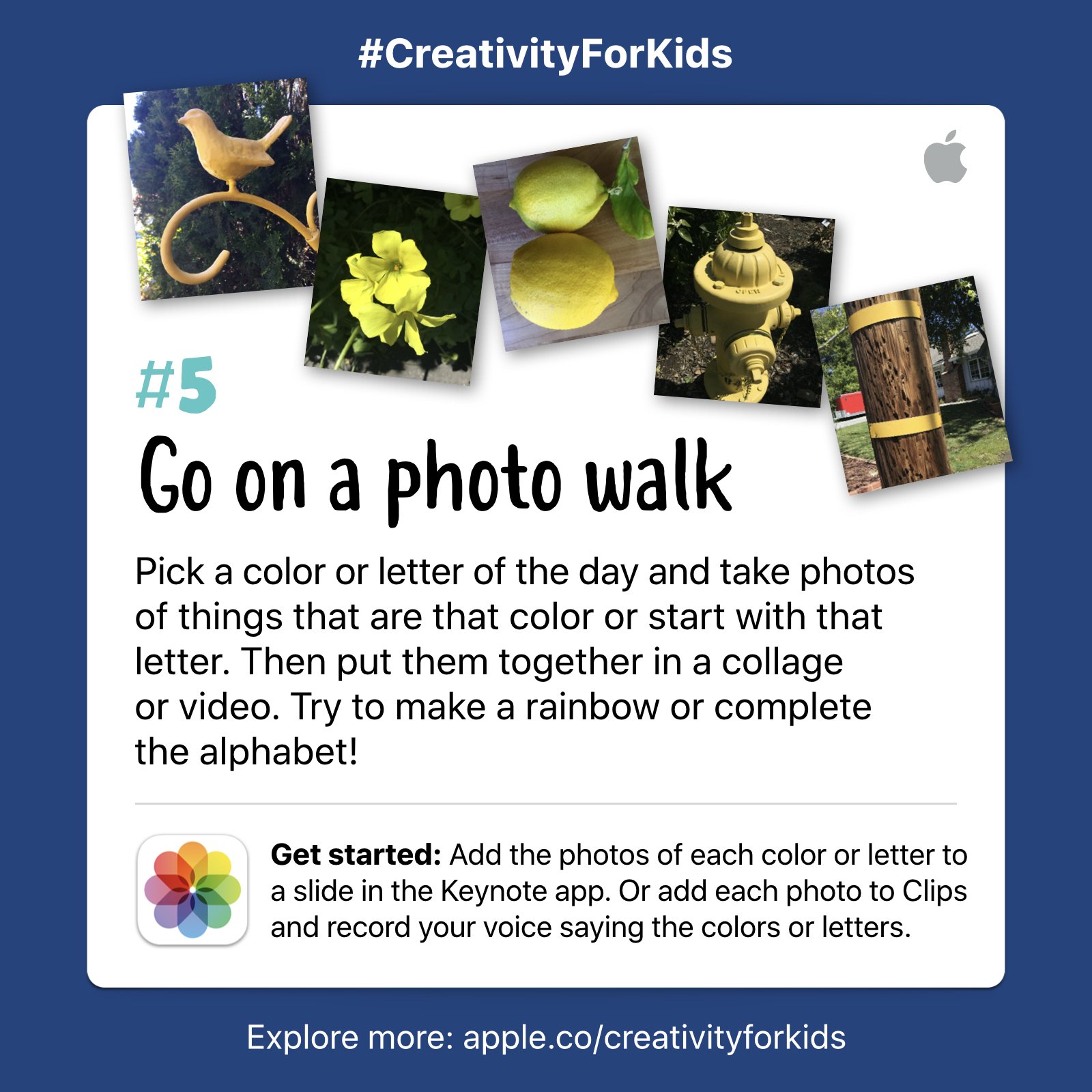
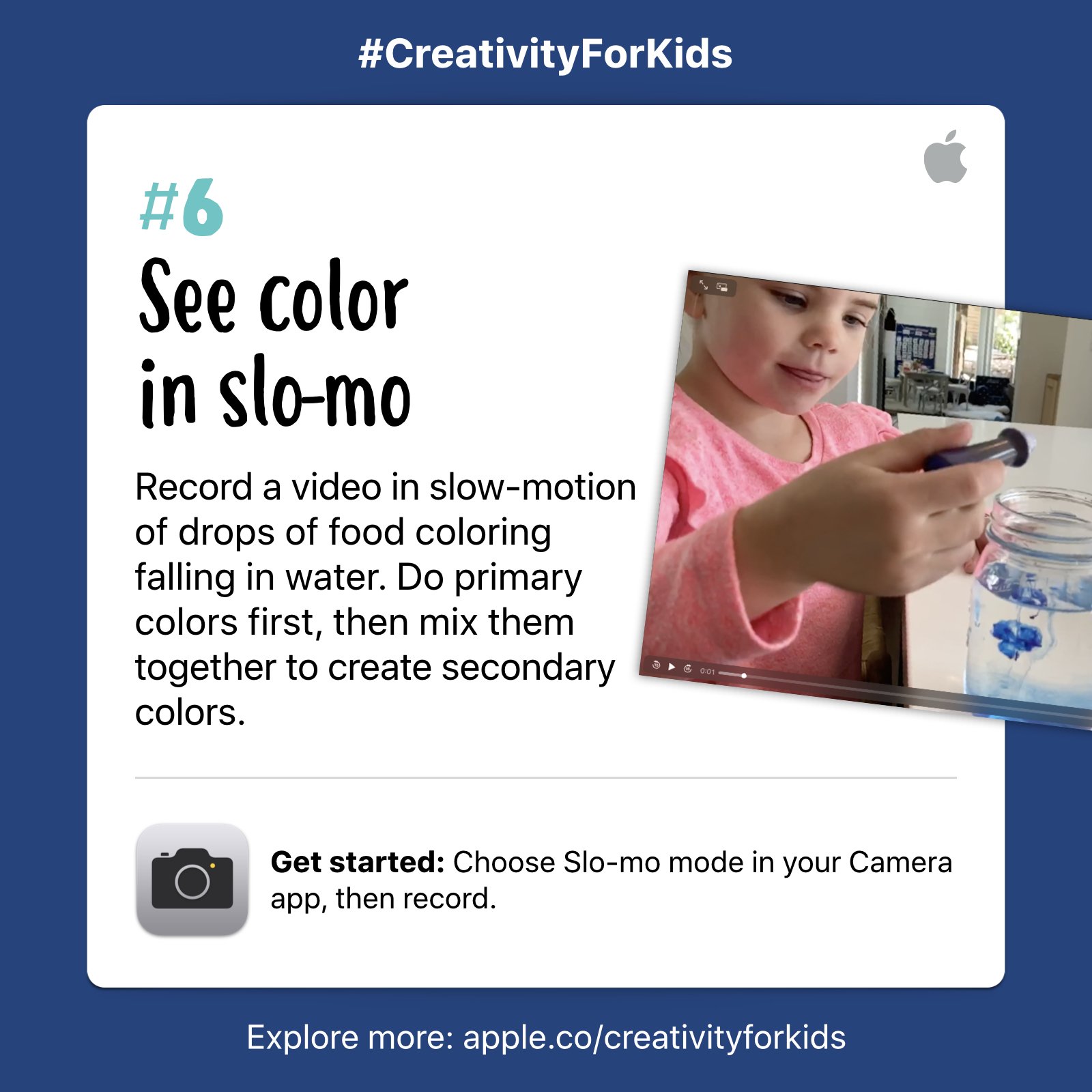
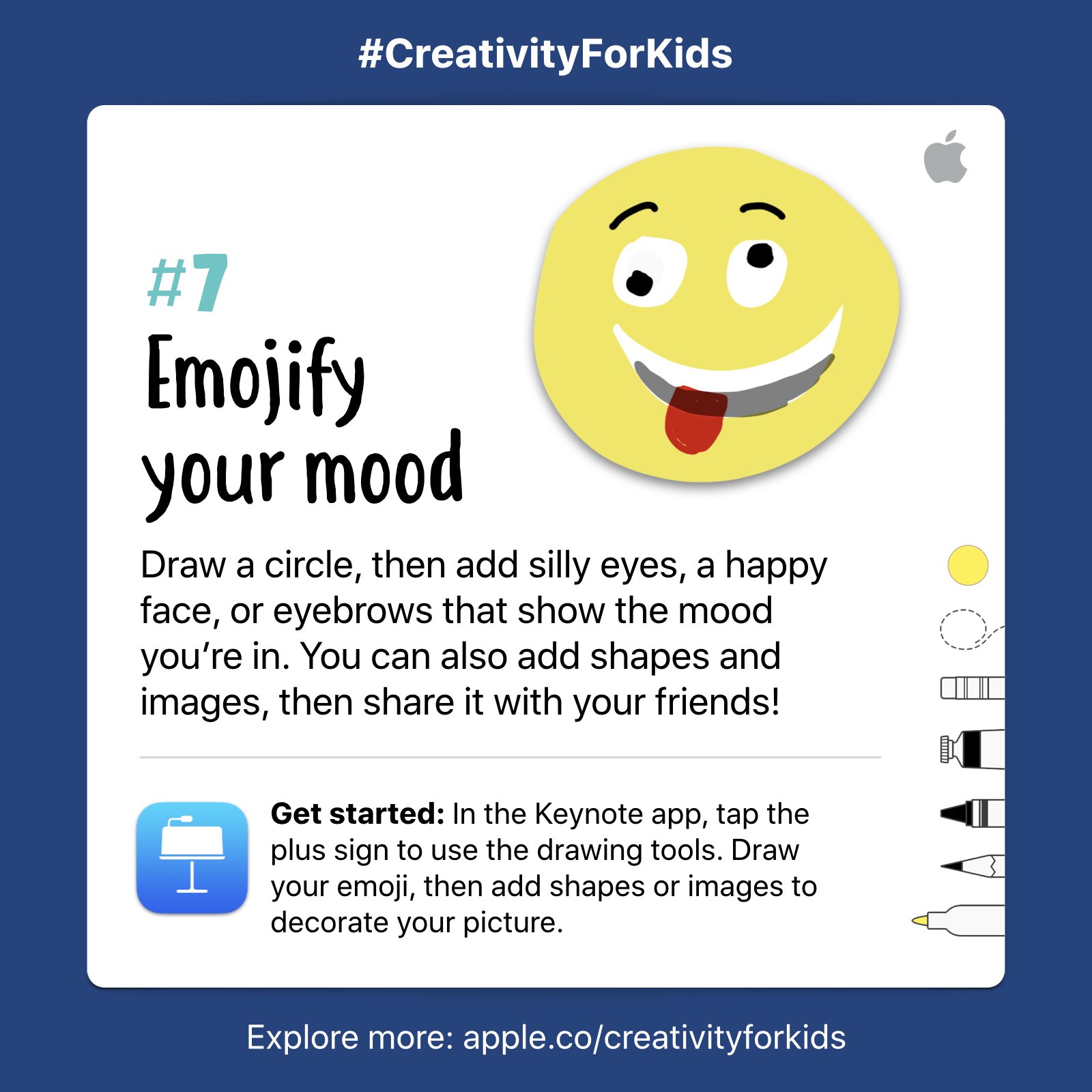

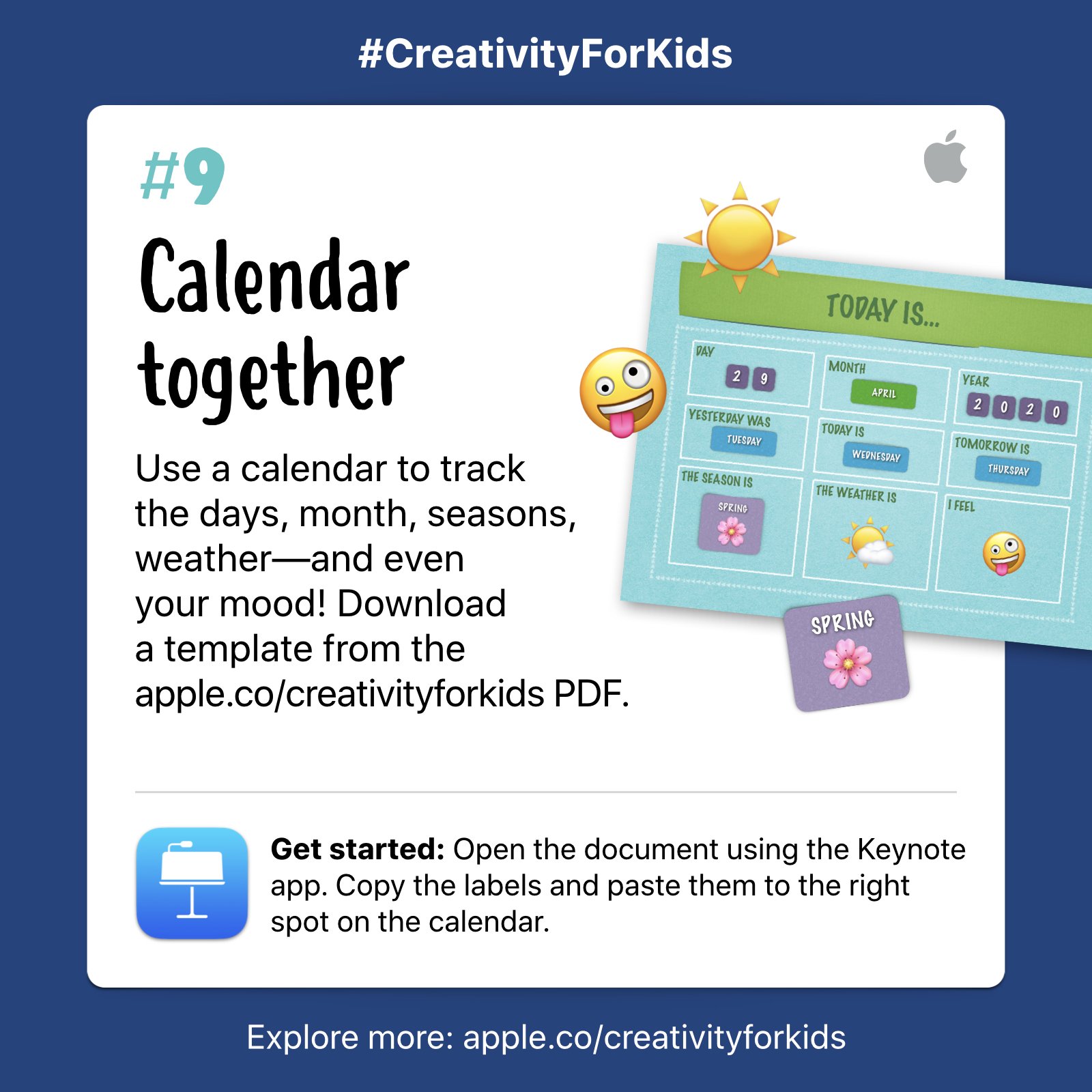
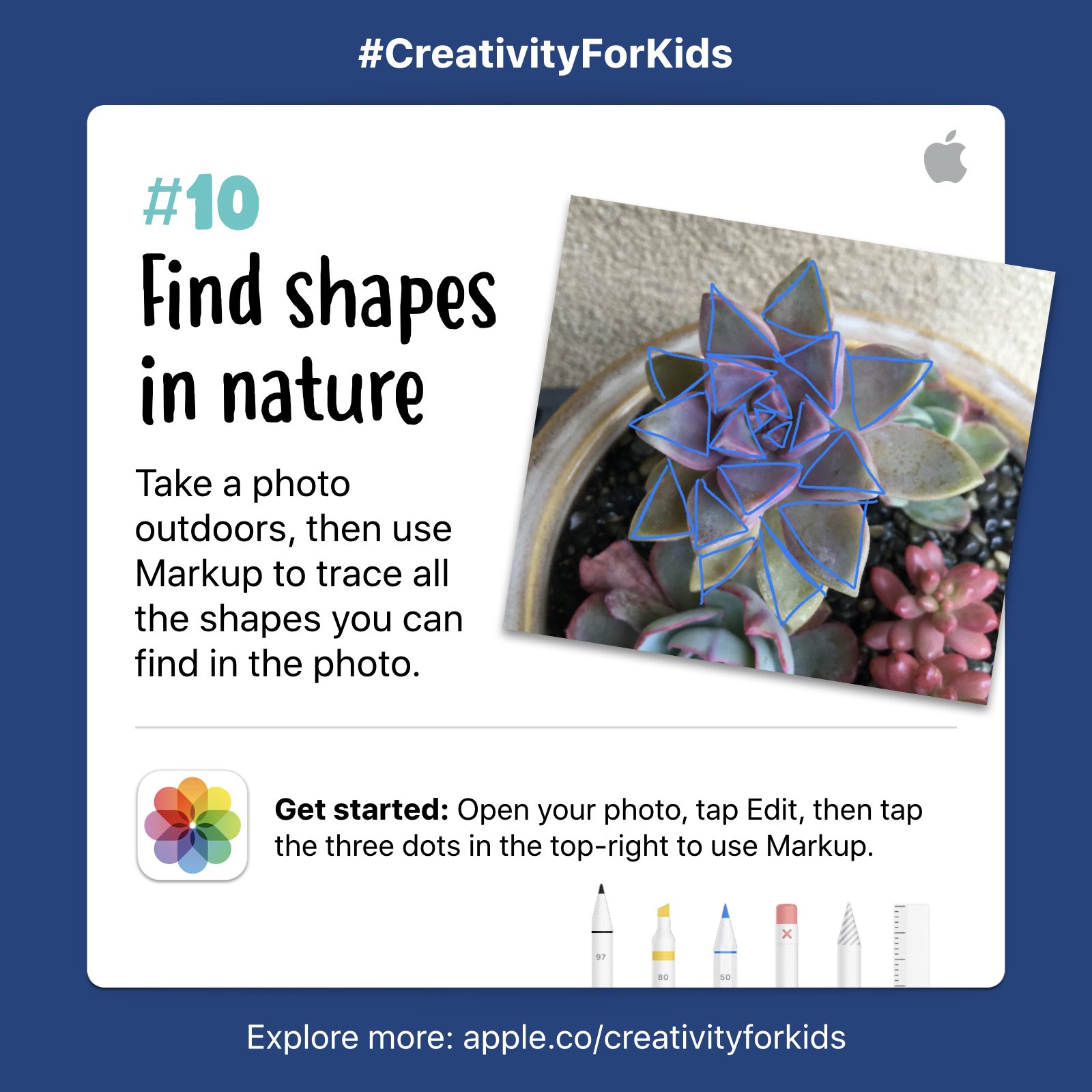
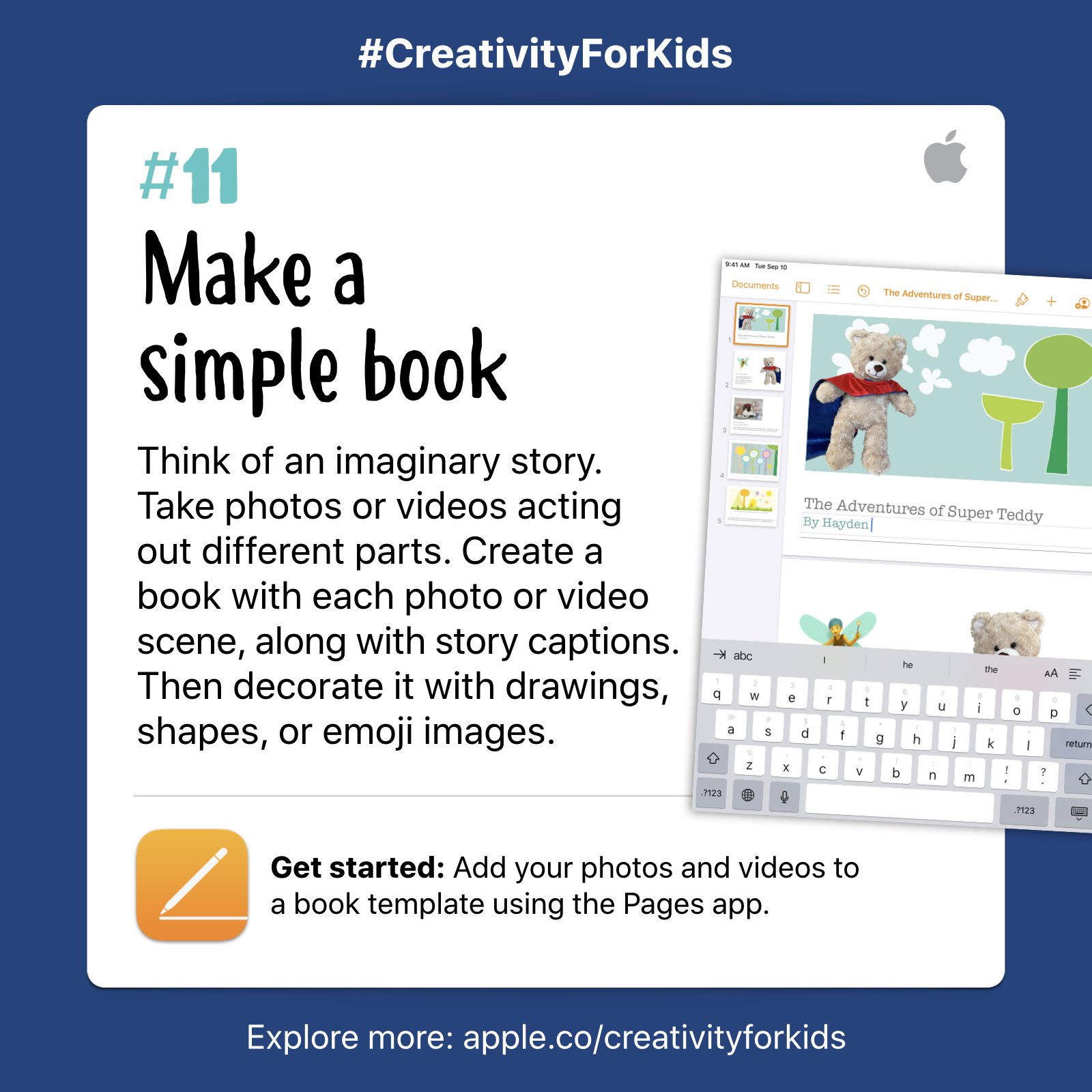
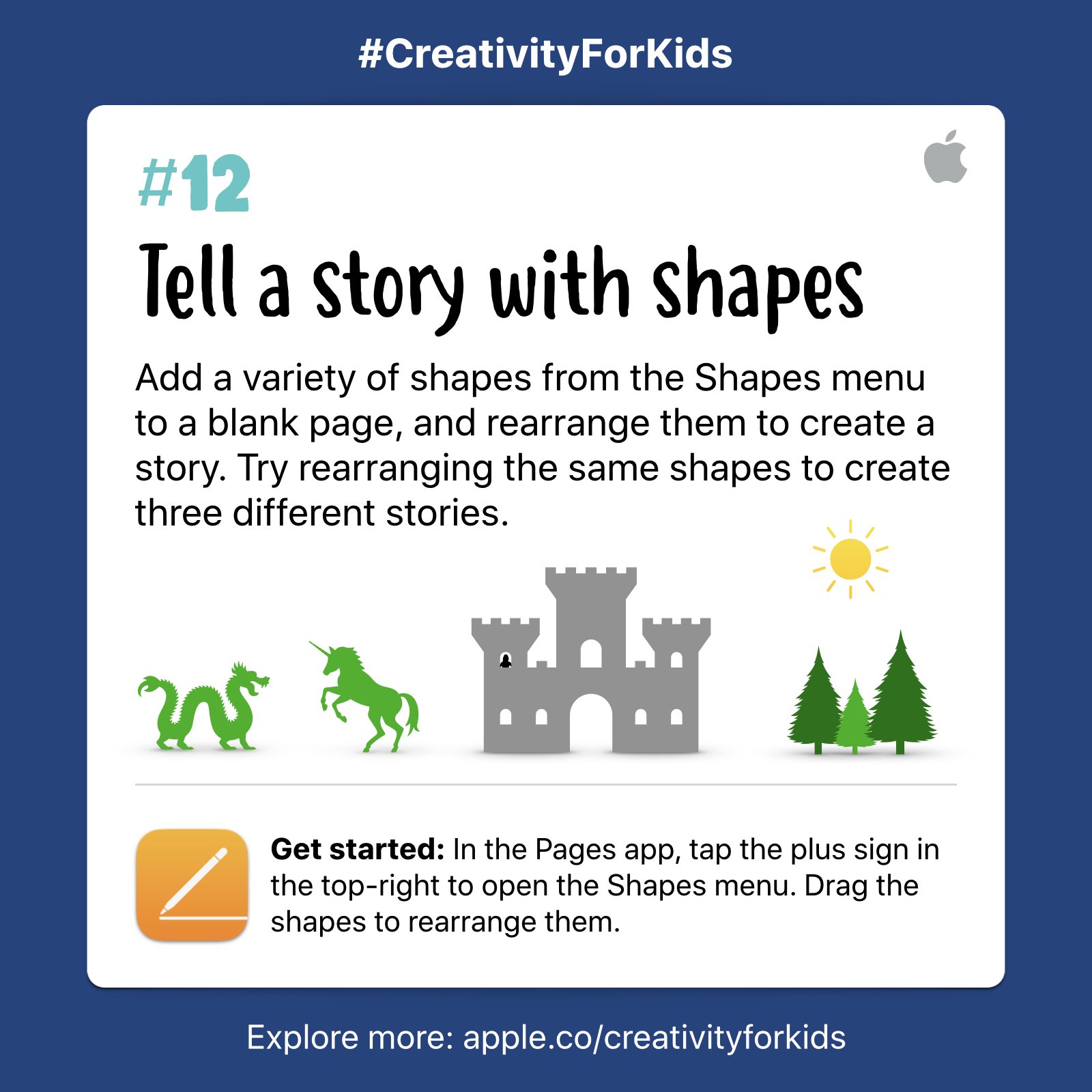
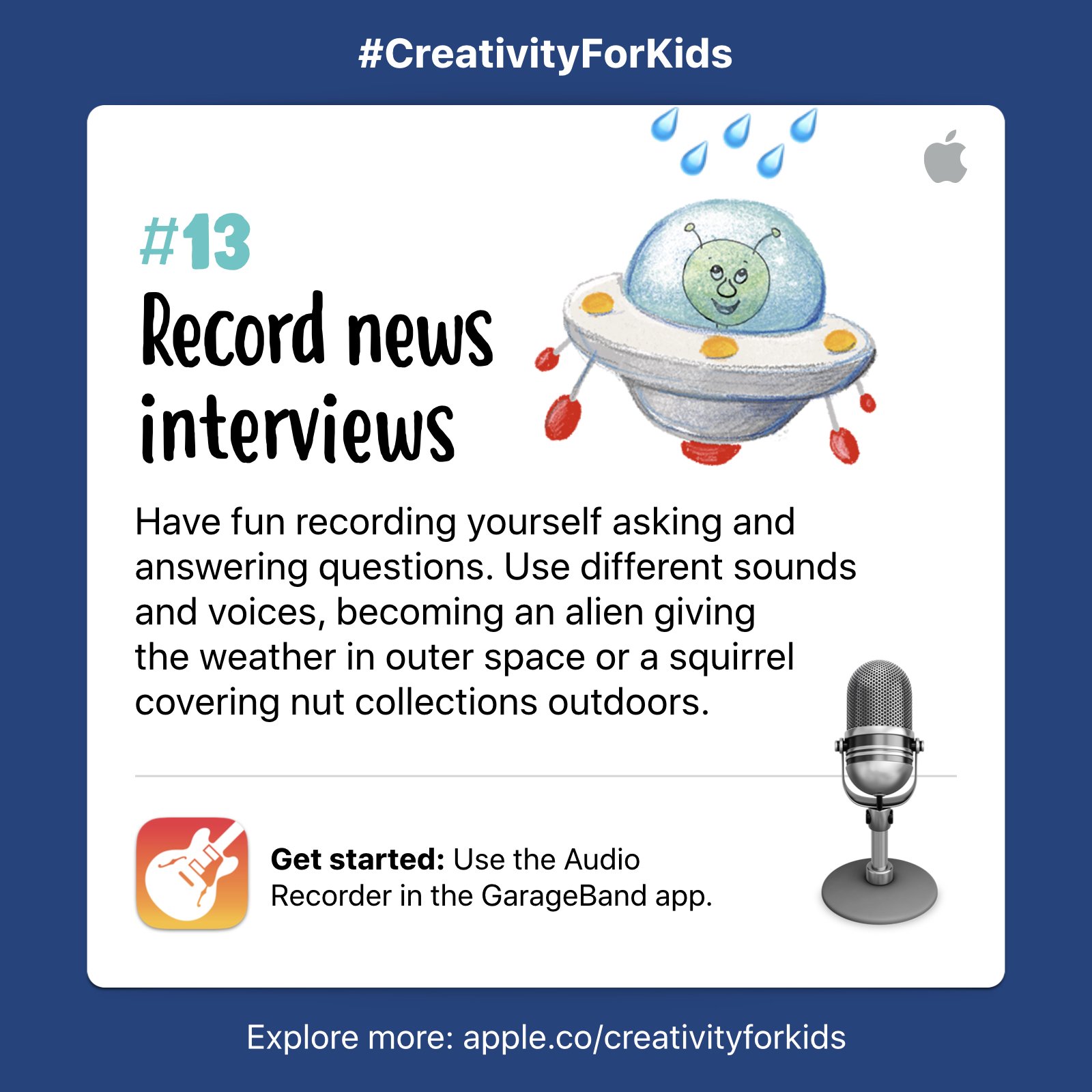
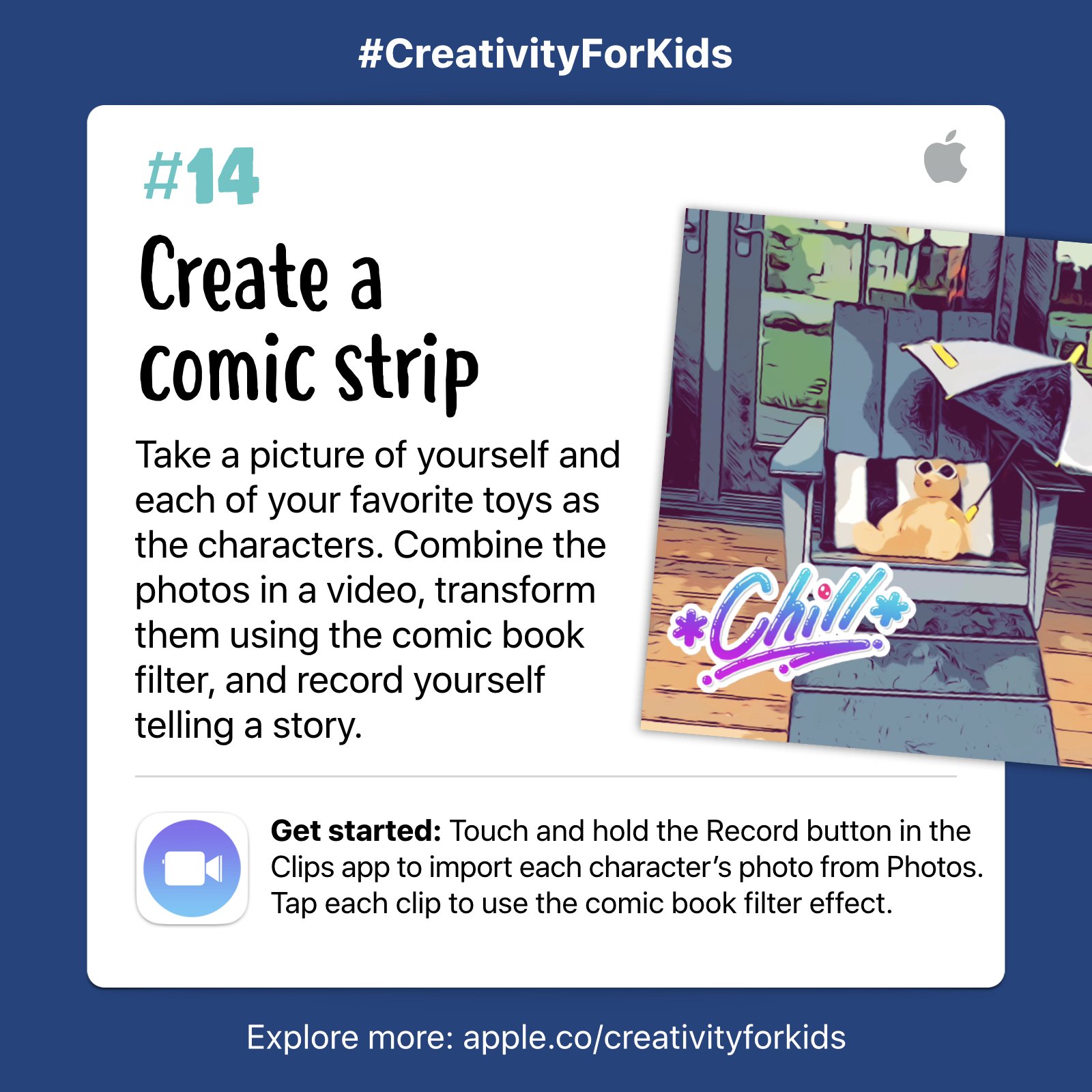
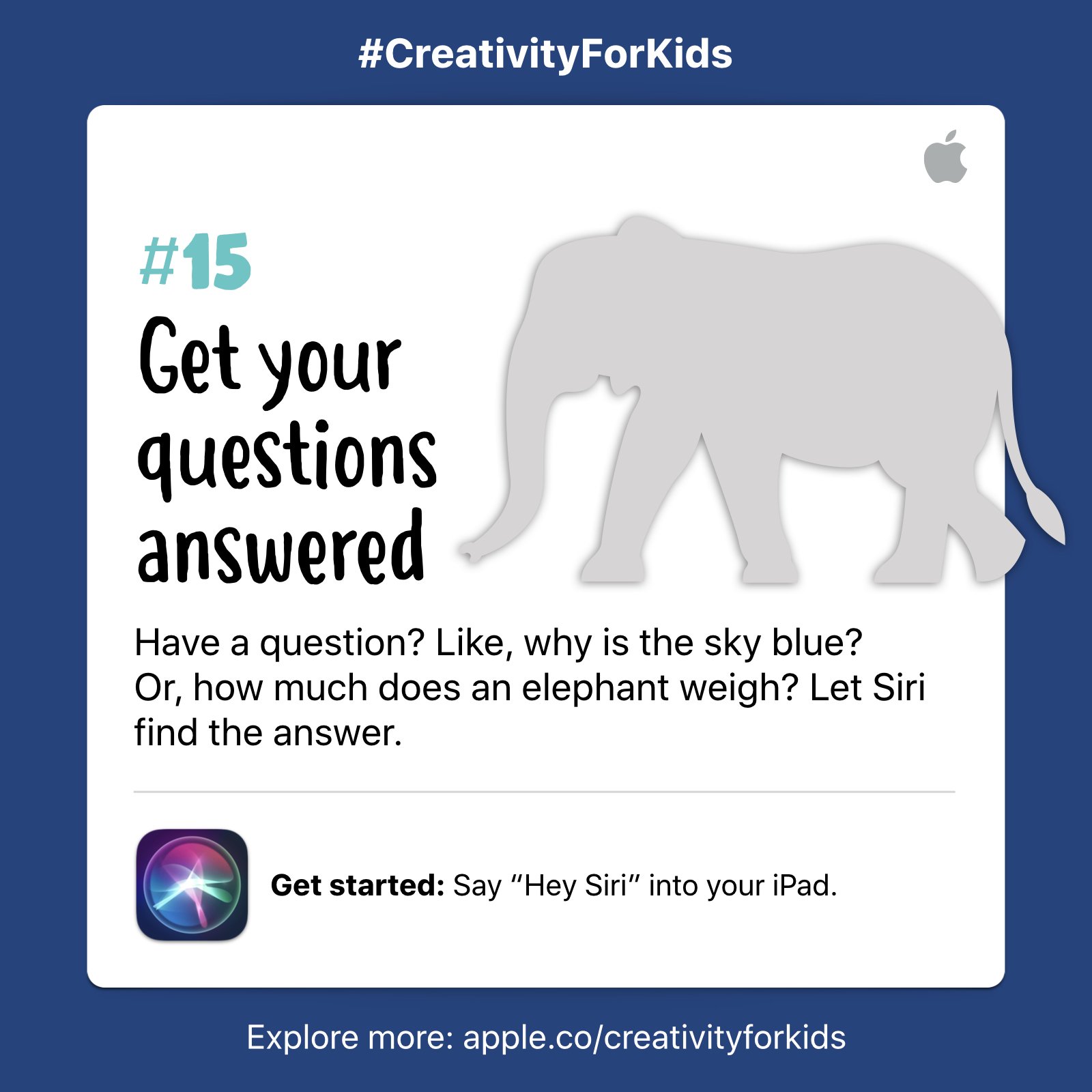
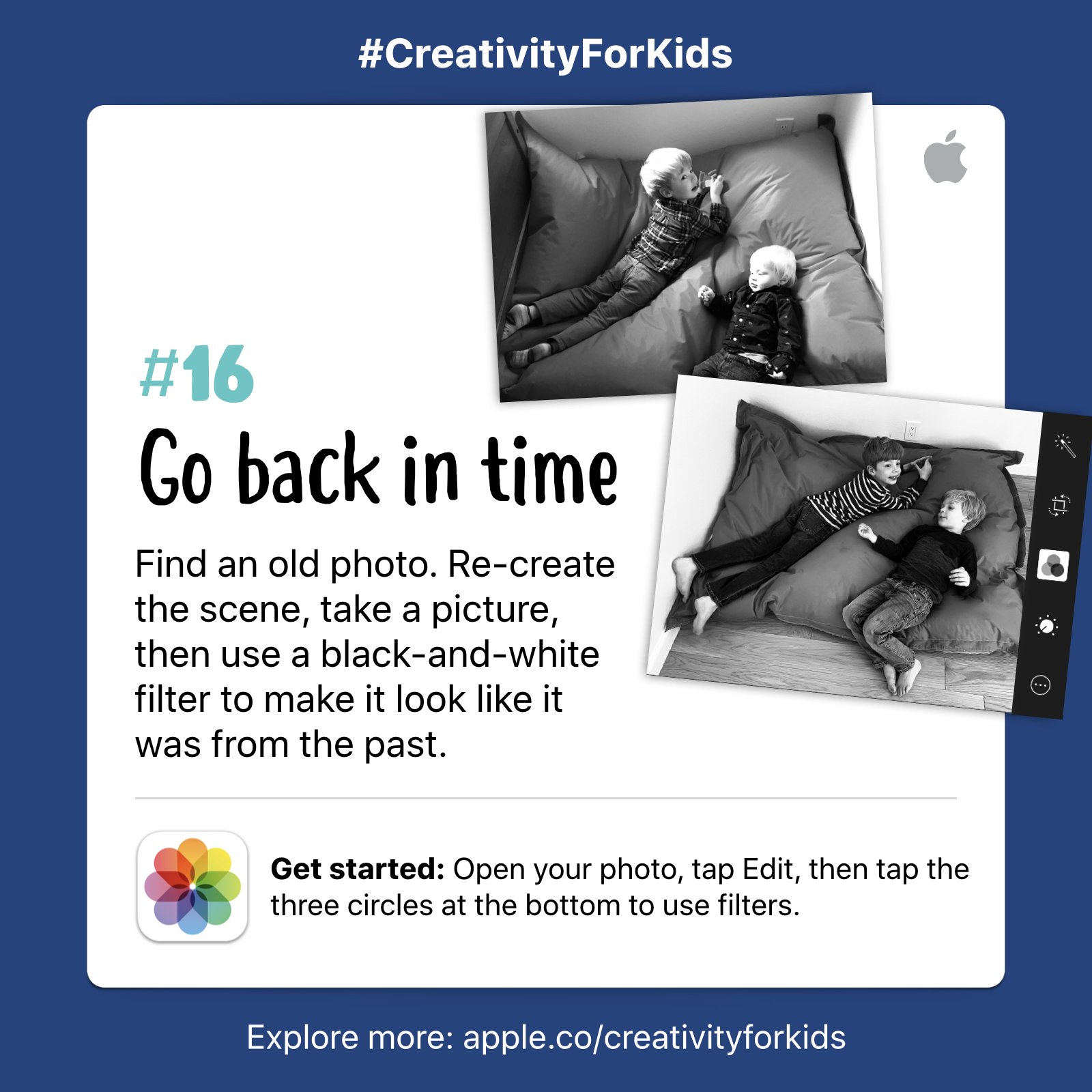
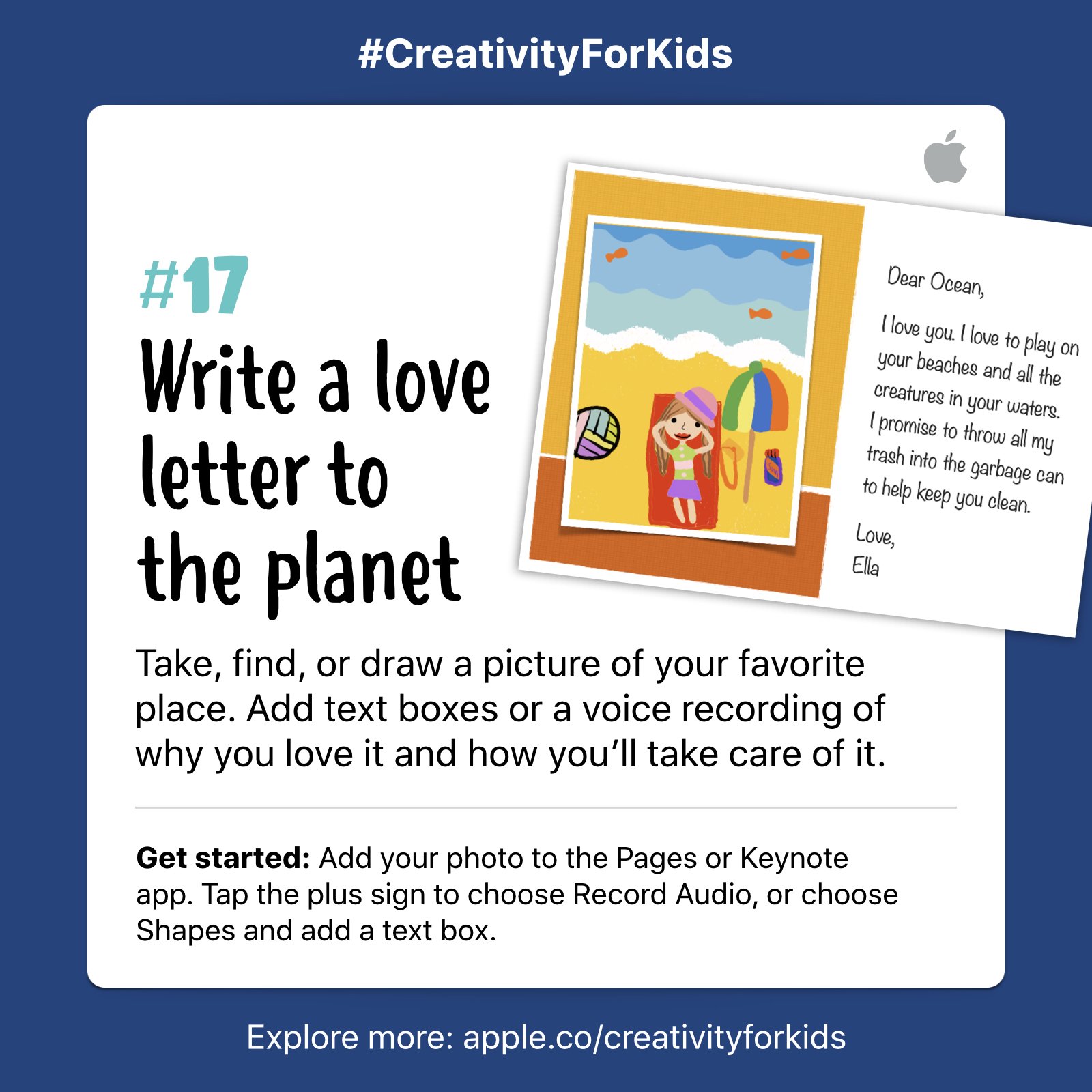
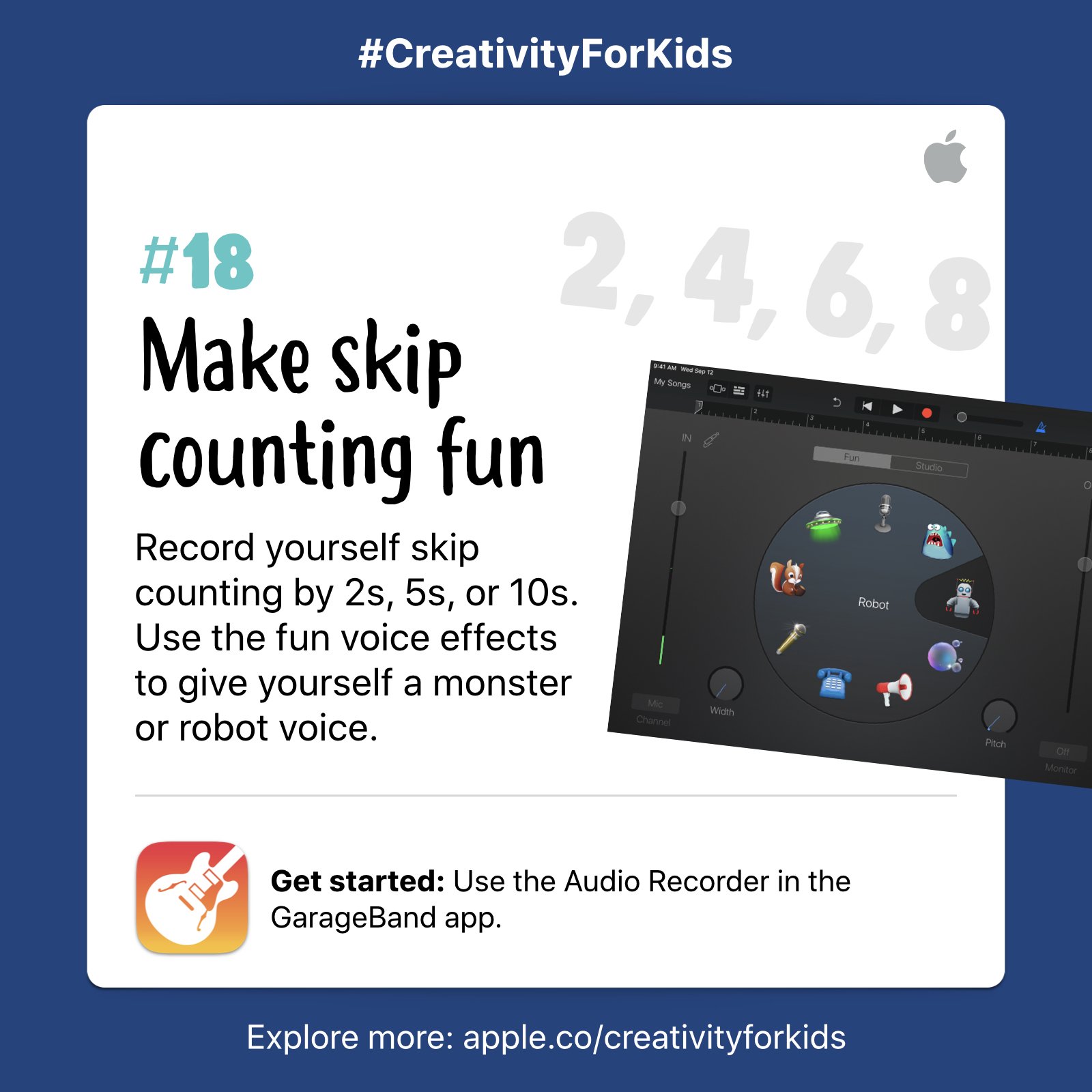
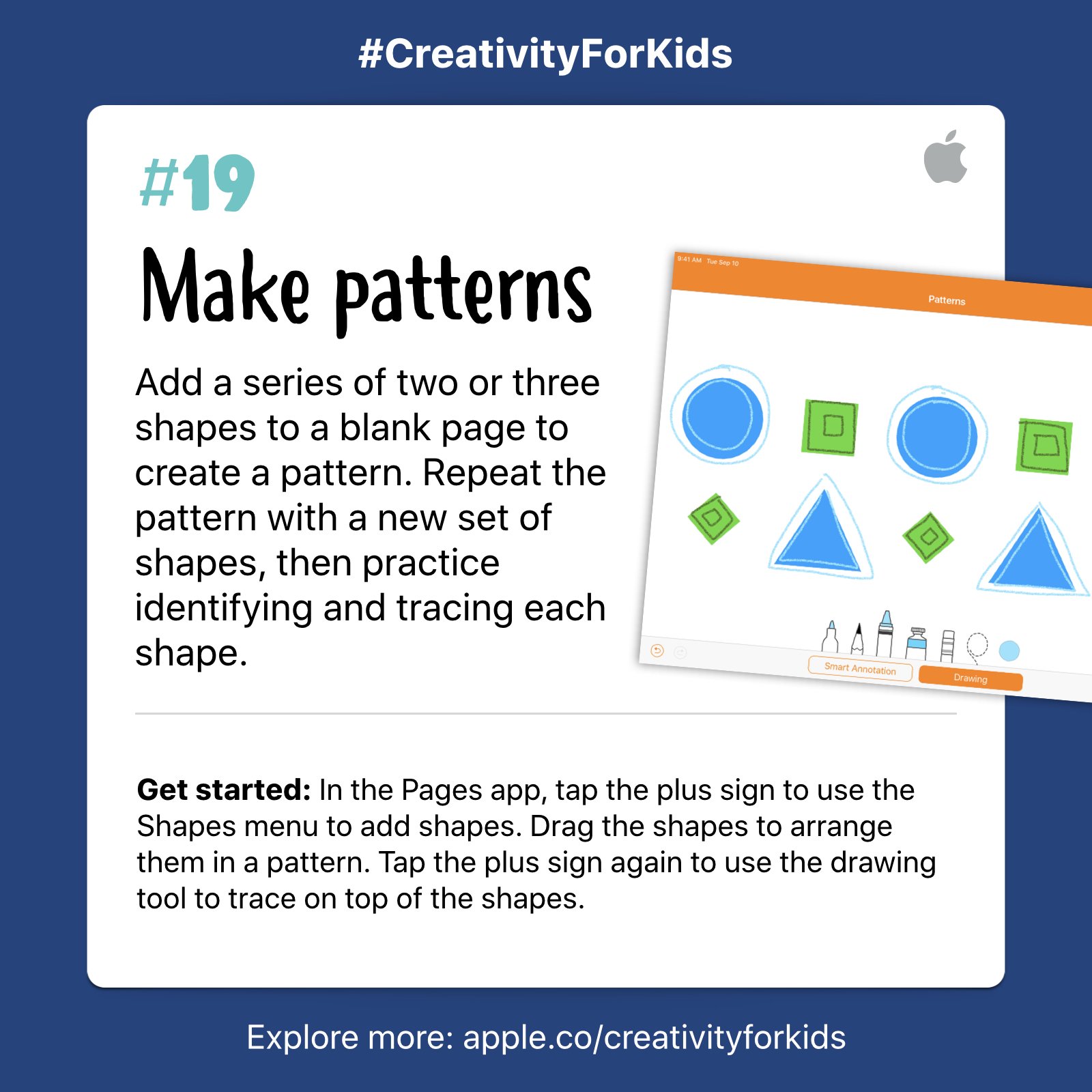
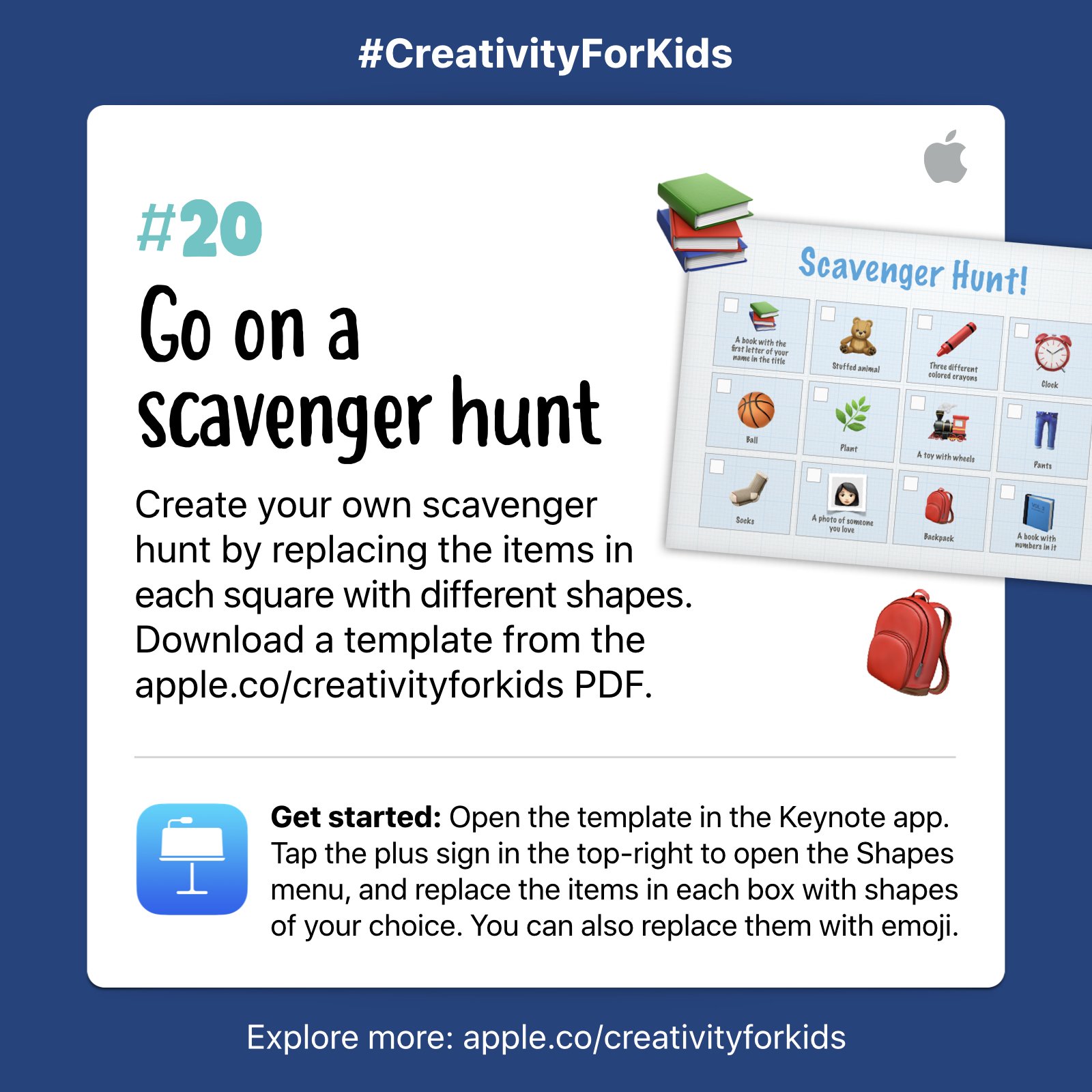
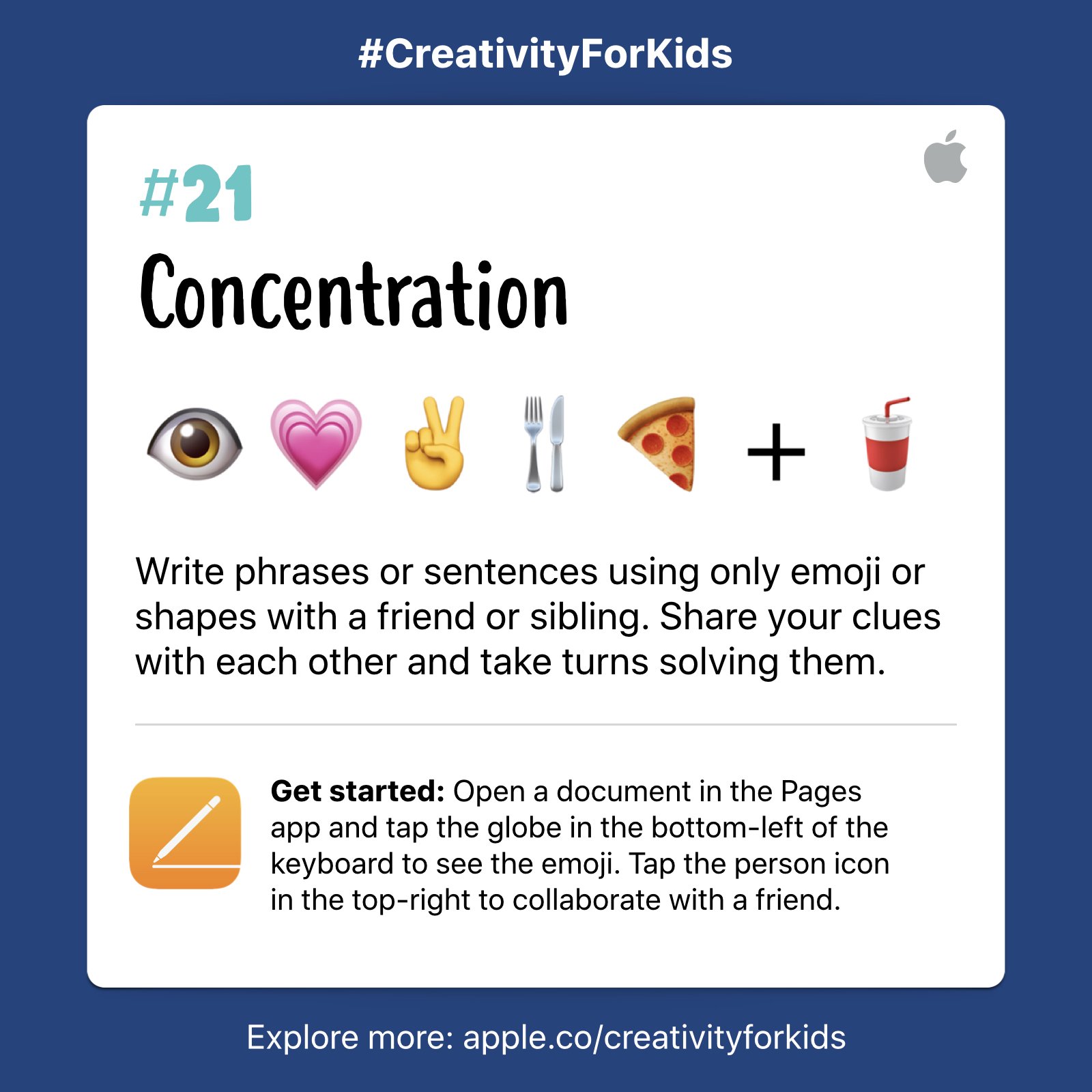
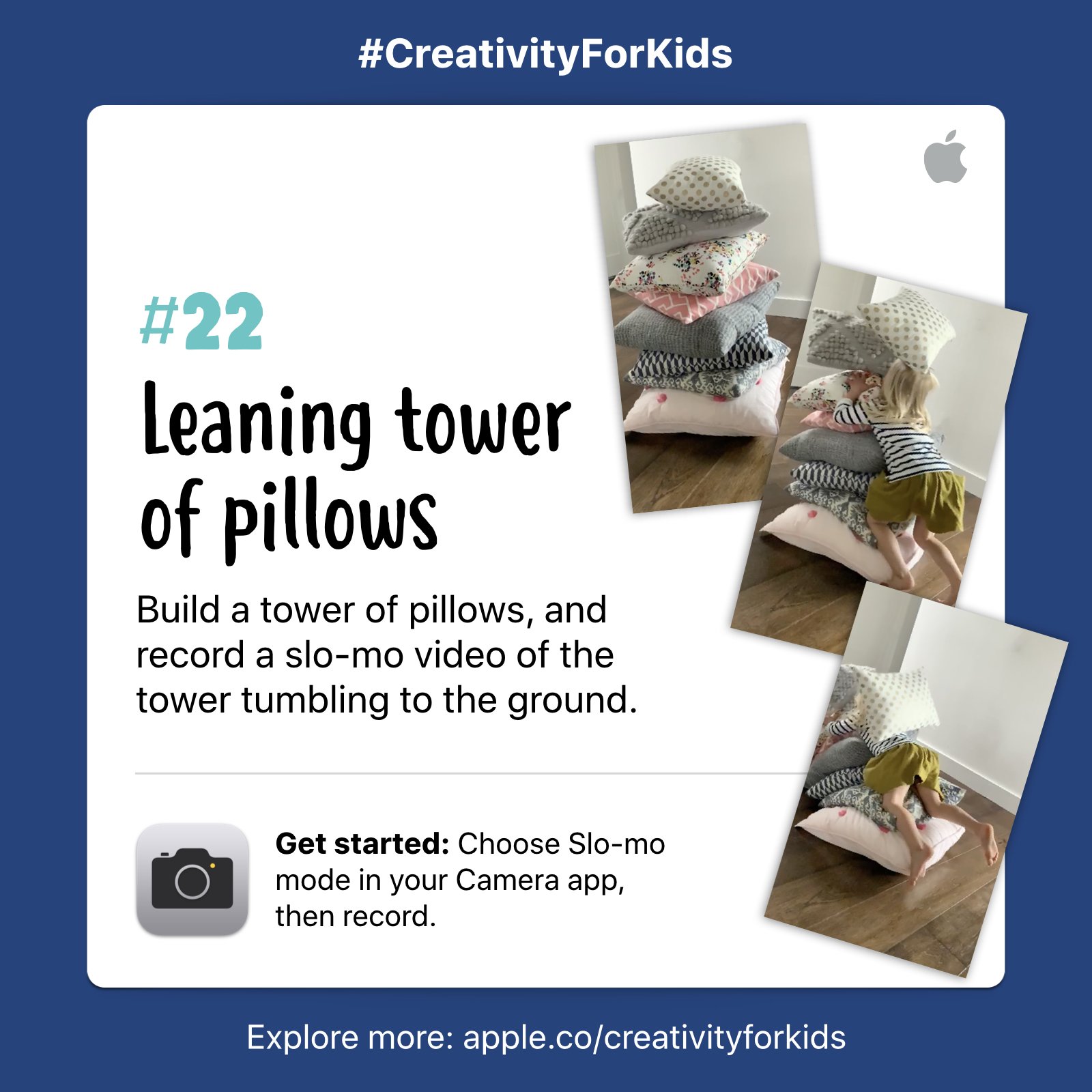
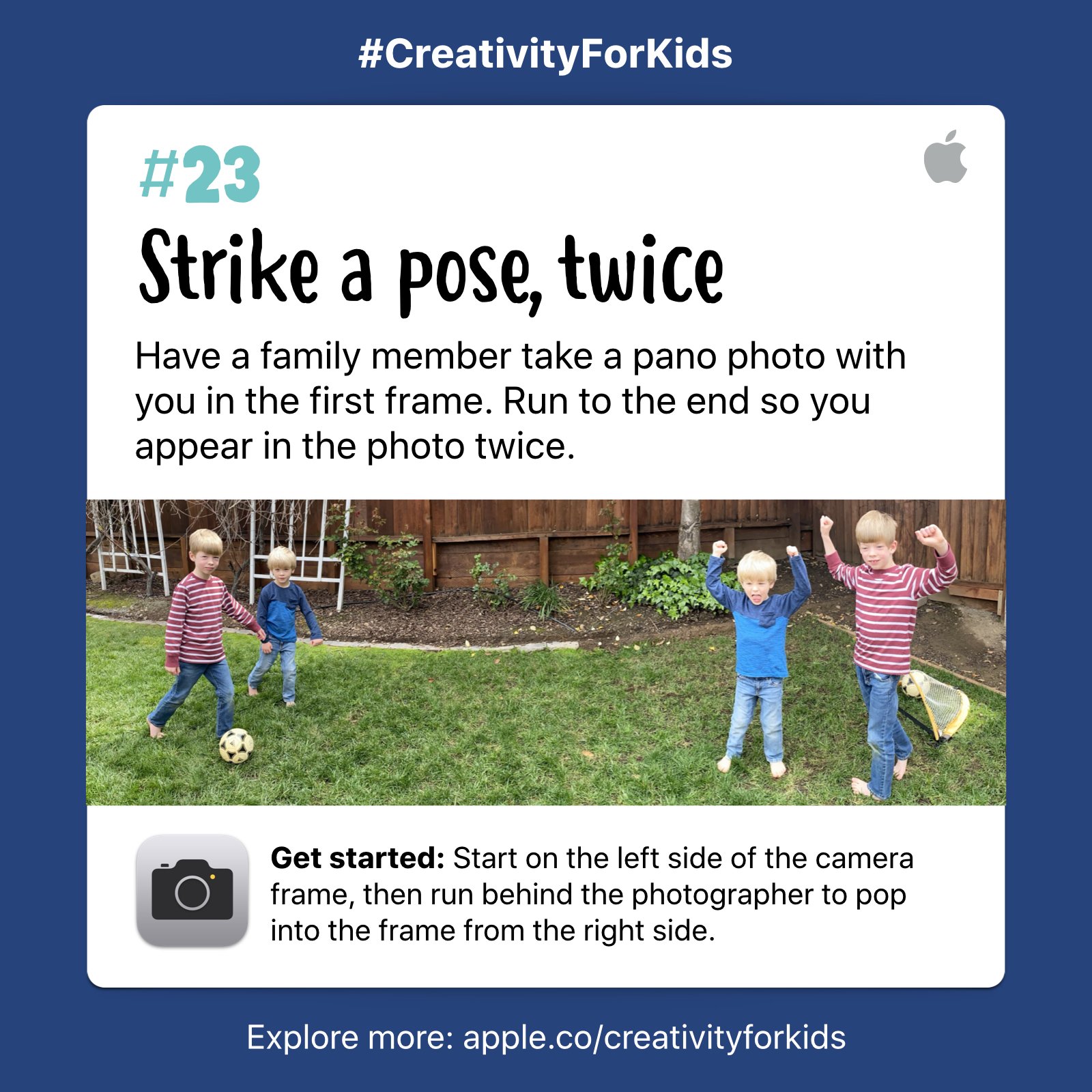
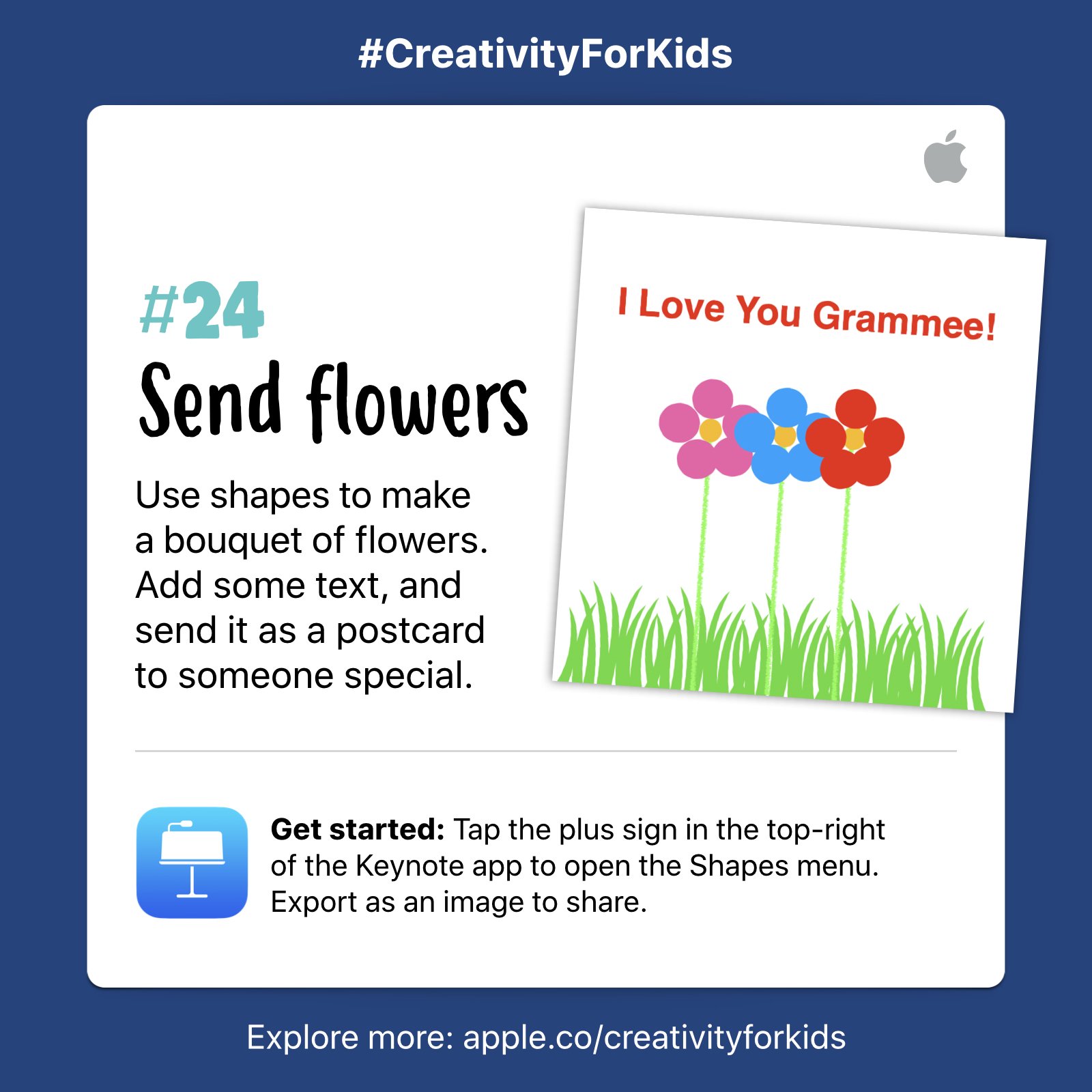

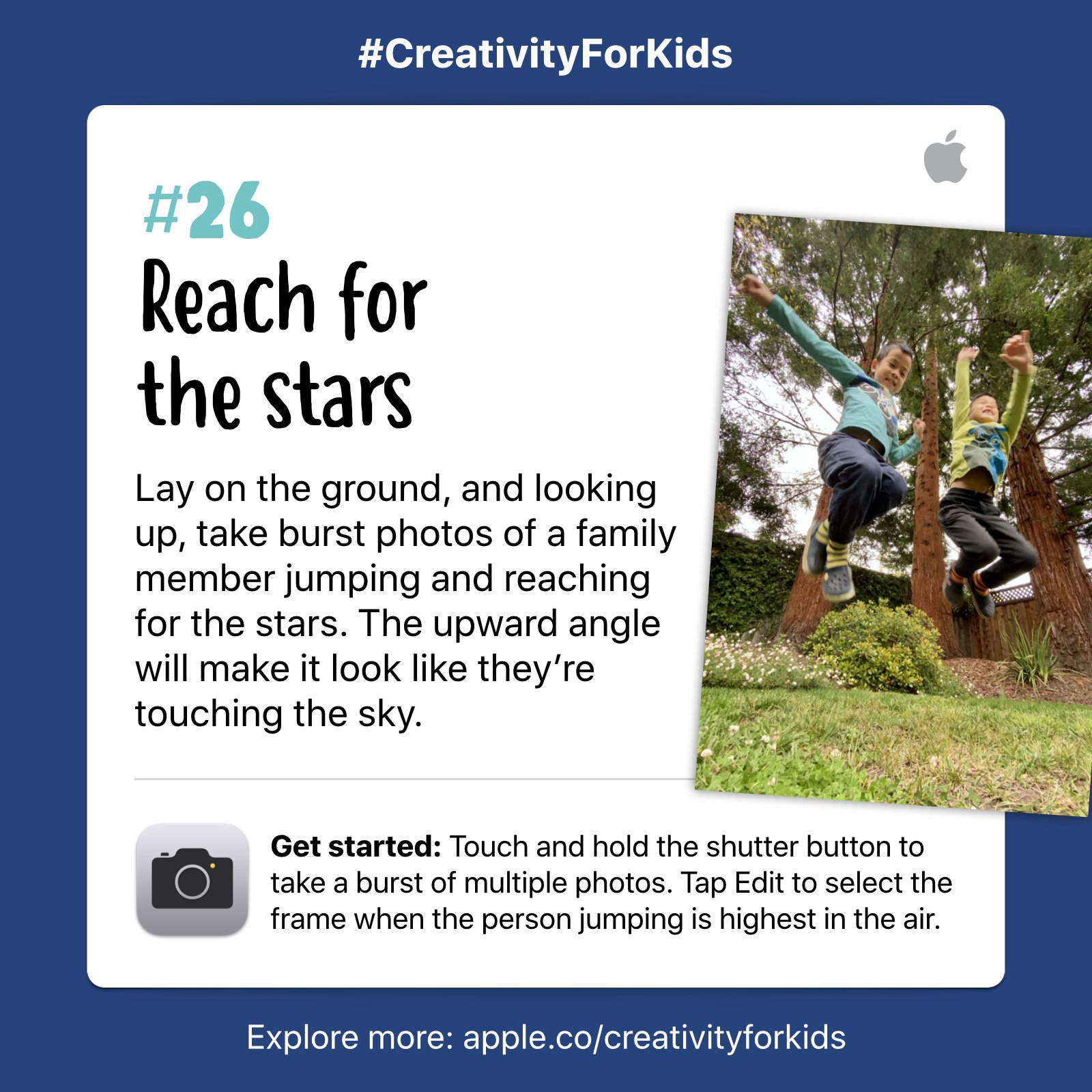
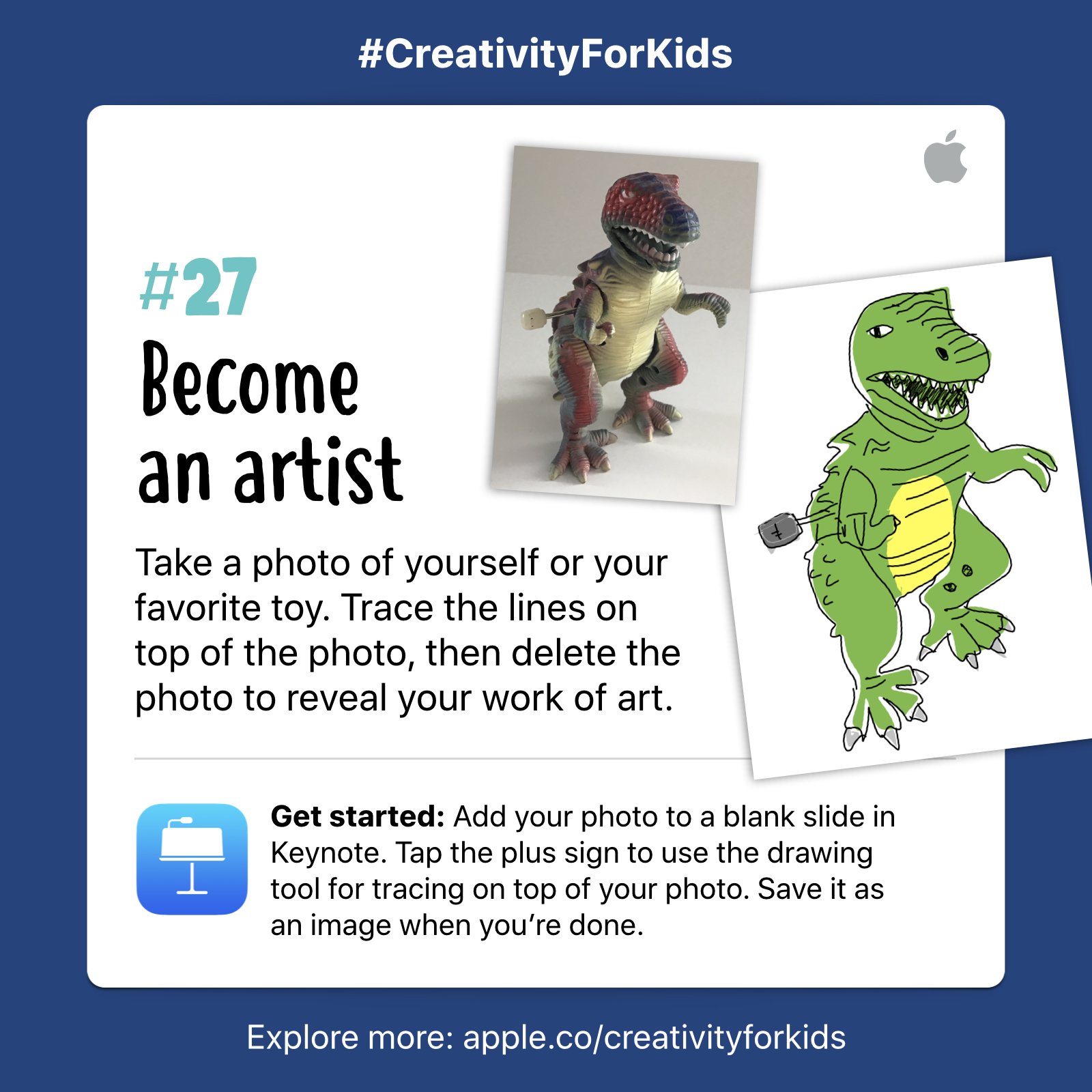
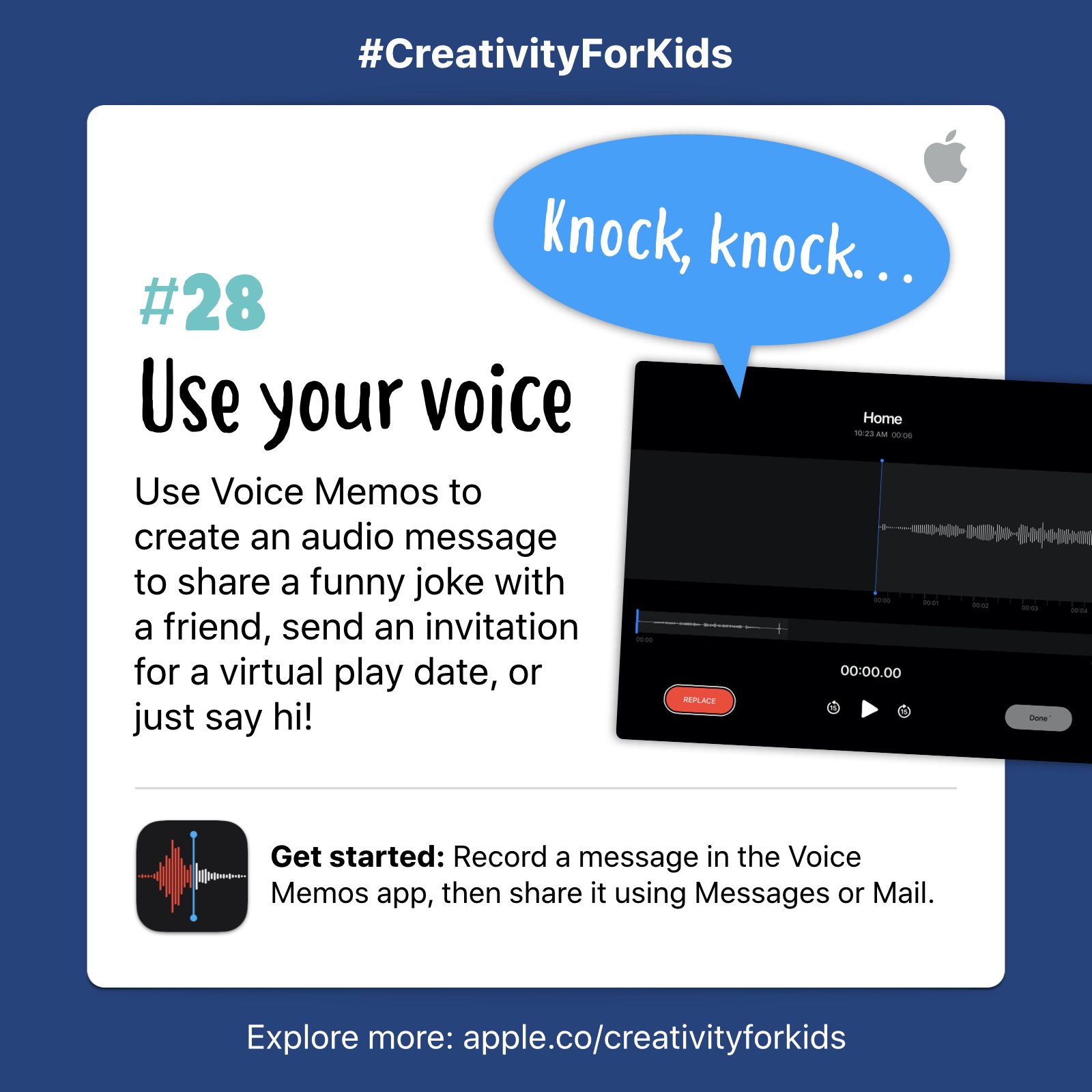
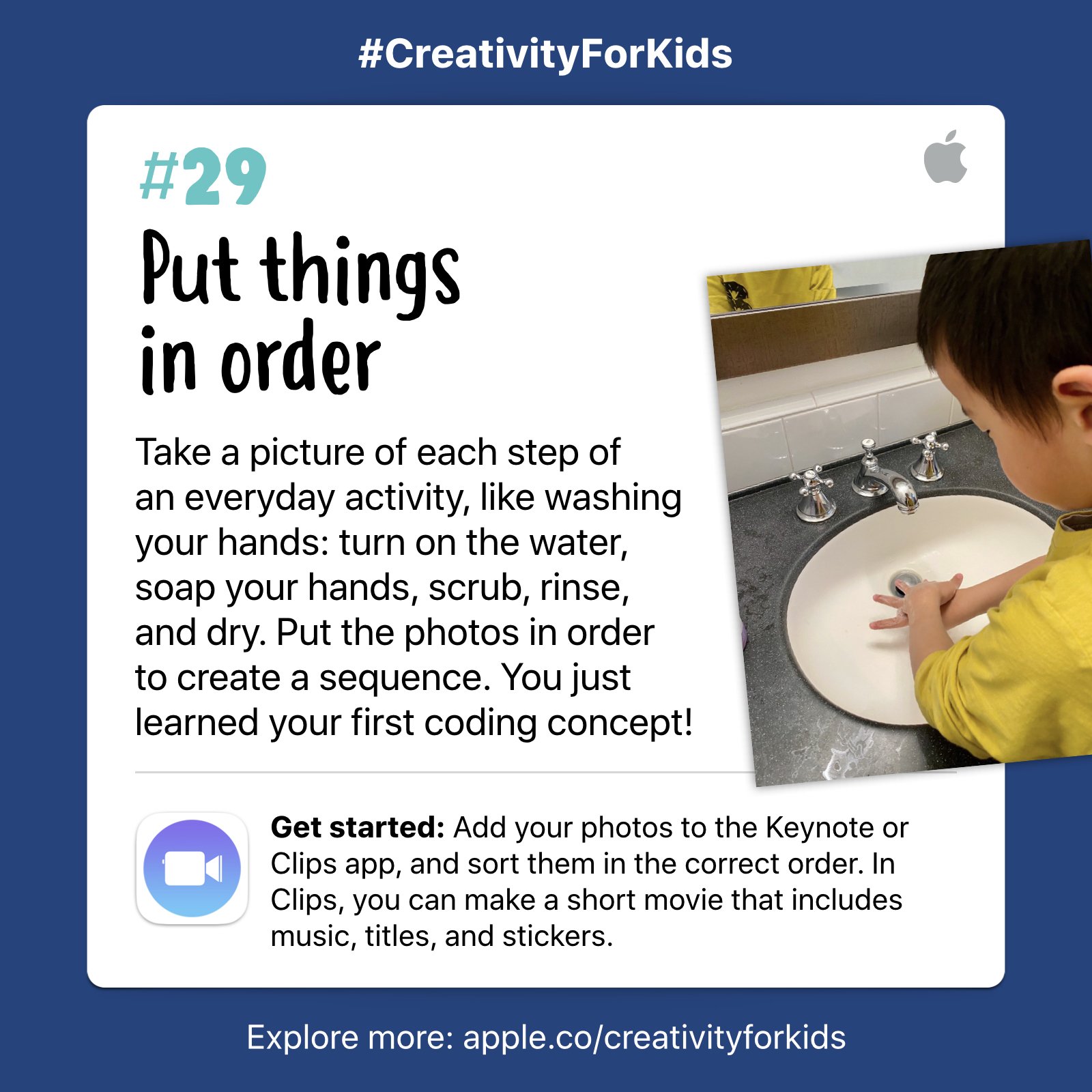
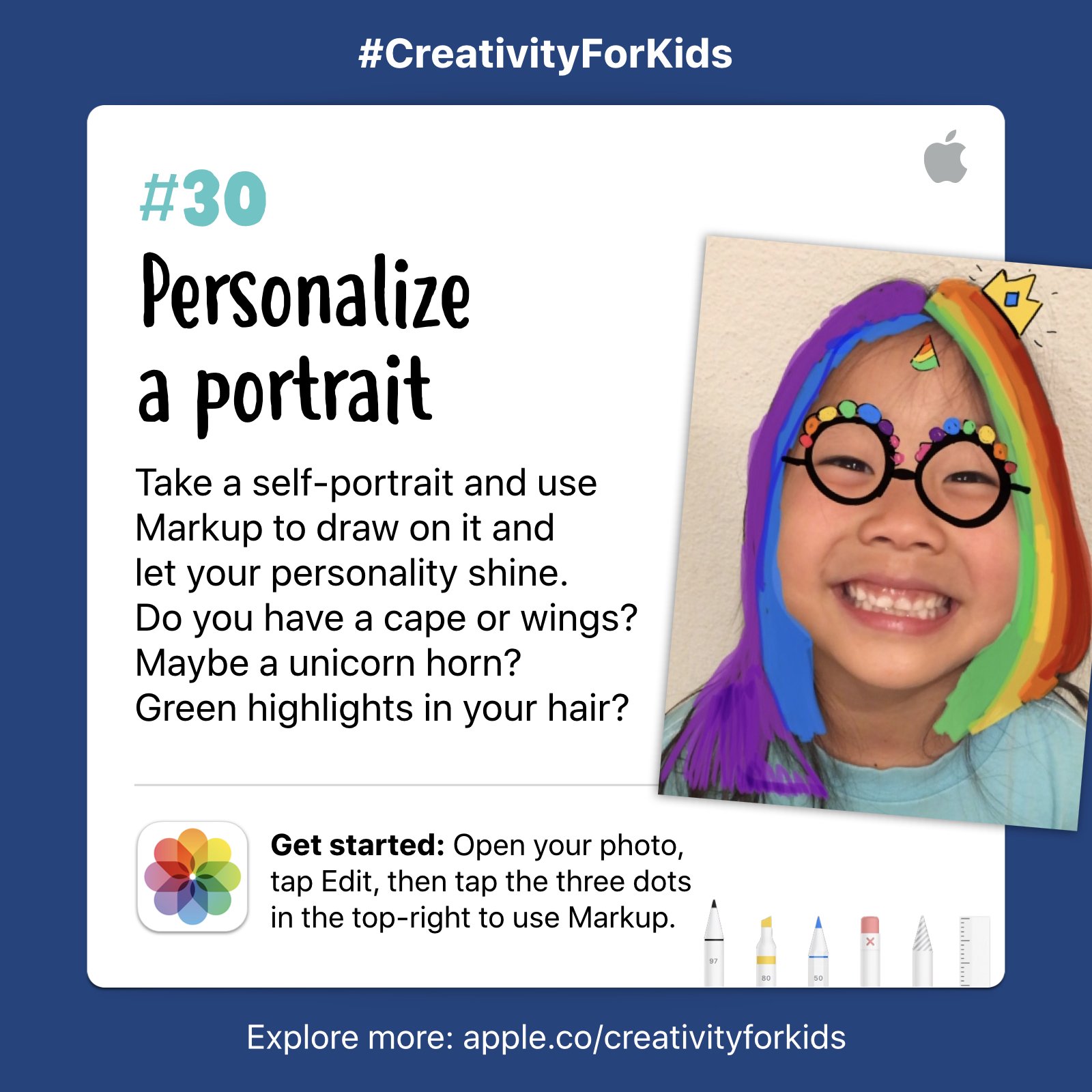
RESOURCE HIGHLIGHT: 30 More Creative iPad Activities for Kids
Explore creative activities that are fun to do with built-in features on iPad. These activities are geared for students in grades 3 and up. Each activity is easy for students to get started on their own and can be tailored for older ages with a focus on literacy. Encourage your students to try all 30 ideas, spend a week making movies, make art out of code, and so much more.
RESOURCE HIGHLIGHT: 30 Creative iPad Activities for Kids
Explore 30 creative activities that are easy to do with built-in features on iPad. Designed for children in grades K-2, each activity is simple to get started and can be tailored for older ages. Encourage your students to try all 30 ideas, choose five days of photo fun, challenge each other to take the best slow-motion video, and so much more.
Draw Playful Portraits with iPad
Apple Creative Professional, Harriet, shows you how to add doodles, colour, and your own handwriting to turn a quick photo into a unique portrait. Learn photography tips such as finding a good background, lighting and creative posing. These can also be turned into unique cards for loved ones.
Large Scale Transformations and Coding
Students in Mme Fiset’s Grade 3-6 class from Elk Lake P.S. are applying their knowledge of transformations and coding on a large scale! A bulletin board was transformed into a grid, complete with an x and y axis and labelled with letters and numbers. They have worked to write these translations as expressions (eg. x-3, y+2 to indicate that a character moved 3 to the left and 2 up). Students have worked to complete challenges that move a character from Point A (start) to Point B (end). They have also worked on tasks using conditional statements (eg. If Mario is in front of you, turn left). Games are also played between students where one student deliberately changes the code and the other student has to find and correct the error. This activity has been an engaging learning experience for everyone!
Content Knowledge:
· C3: Solve problems and create computational representations of mathematical situations by writing and executing a code.
Pedagogical Content Knowledge:
· Problem Solving
· Collaborative Learning
· Coding Skills
Using the See-Think-Wonder Routine to Observe and Interpret Texts
To kick off the National Day for Truth and Reconciliation, students from Mme Fiset's class at Elk Lake P.S. participated in a picture walk of the book, "I Am Not a Number" (Dupuis and Kacer). Pictures from the story were placed around the classroom with the word prompts, "See-Think-Wonder." Groups of students collaborated and made jot notes on vertical surfaces. They rotated to pictures around the class and added to what other groups wrote. As part of the consolidation, students discussed what they believed the book to be about and provided evidence from the images to support their theories. Then they put the pictures in sequential order before the story was read aloud to them. Click here to see more!
Content Knowledge
Use listening skills and strategies appropriately to communicate with different audiences
Read and demonstrate an understanding of a variety of literary texts, using a range of strategies to construct meaning
Make inferences about texts using stated and implied ideas from the texts as evidence
Pedagogical Knowledge
Communication
Problem solving
Collaborative learning
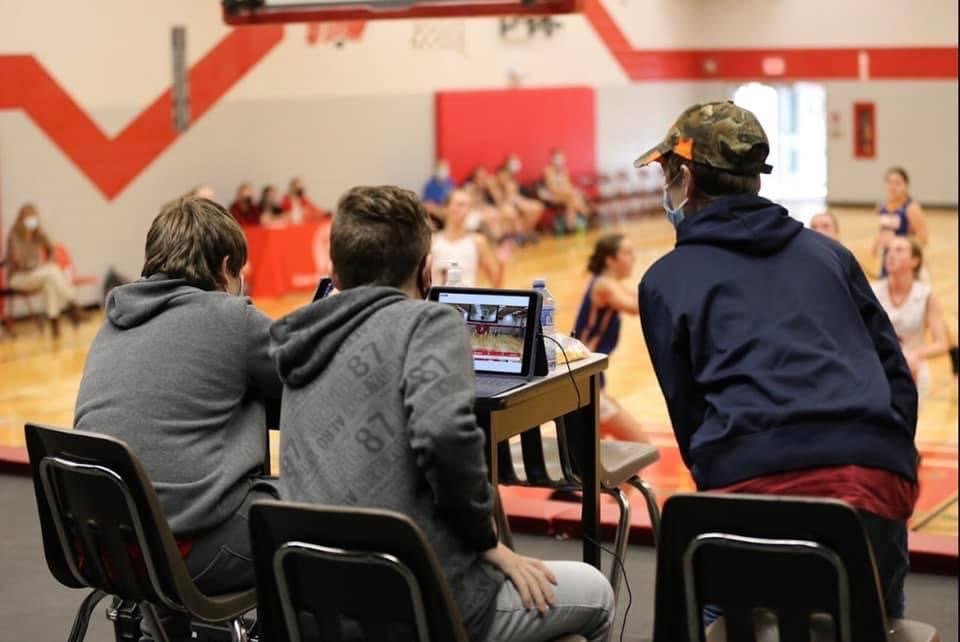


Coding and Math in Grade 7 and 8
Mr. Robson’s grade 7 class at R.Ross Beattie have been learning about coding with Scratch. After an introductory lesson to Scratch, students created an addition game. Students used conditional statements and variables to code their program to ask an addition question and to provide the correct answer if the user got in incorrect. They were then given options to alter their code and change it to a multiplication game, change the range of the values or keep track of how many correct answers they got. Coding and math can be so much fun! Contact Samantha Chin for support with coding in your grade 7 and 8 classrooms-samantha.chin@dsb1.ca
Content Knowledge
C3. solve problems and create computational representations of mathematical situations using coding concepts and skills.
Pedagogical Content Technological Knowledge
-Modeling -Scratch
-Problem Solving
-Computational skills
Expanding School Spirit Virtually with SlingStudio
Some secondary schools in our Board have been boosting school spirit by sharing a live feed of sports activities for a virtual audience using SlingStudio.
Student volunteers and tech clubs have been attending home games and live streaming games. The students use the wireless SlingStudio Hub (which has been purchased for each secondary school) to link their personal iPads through the SlingStudio app to provide multiple camera angles of games. They are able to add a custom scoreboard overlay, switch camera angles as they please and offer live commentary, providing students with hands-on broadcasting experience.
In the images (left) the Englehart High School tech crew are working collaboratively to provide the best angles for the feed.
The video (left) provides a brief example of the program from a live game feed on the TDSS Friends & Families Facebook group.
This has allowed students, parents and community members to view the games, as Covid-19 protocols do not currently allow spectators. They can be viewed live or watched later, as they save at the end of the feed. Viewers can comment and cheer for their team as the games play.
Some live feeds have had over 200 viewers!
The SlingSTudio software could also be used to share musical performances or other live performances virtually.
Social-Emotional Learning in Math
The new Grade 9 de-streamed math course introduces social-emotional learning skills which promote the development of healthy identities as math learners and foster well-being in the math classroom. To support this learning, all grade 9 students in MTH1W are taking a short online course created by Dr. Jo Boaler (a professor at Stanford University and author of Mathematical Mindsets). They are learning that mistakes and struggle are necessary for learning and brain growth, that math is about depth, not speed, and that everyone is capable of learning math to high levels.
Students will have their negative misconceptions about math confronted as they learn that math is a creative and collaborative subject that connects to everything in the world around them. After learning these things, one DSB1 student said, “Last year, I thought math was too hard, so I just tried to make my friends laugh every day. Now I know it’s about my mindset. I can do this if I try.”
Content:
AA1. develop and explore a variety of social-emotional learning skills in a context that supports and reflects this learning in connection with the expectations across all other strands.
Pedagogy:
Social-emotional learning is instructed, but not assessed, using approaches that support all students as they work to apply mathematical thinking, make connections and develop healthy identities as learners. These strategies include:
Building thinking classrooms that promote student-owned deep mathematical thinking and learning
Breaking down social barriers using visibly random groupings that change frequently
Using culturally relevant and responsive pedagogy
Using differentiated instruction and Universal Design for Learning to support and encourage all learners
Using Loose Parts to Support Early Learning and Development
Year 1 and Year 2 students in Kara Mowbray and Leslie Schippers class from Englehart Public School have been exploring loose parts in their outdoor learning spaces. Students have been working with ratchet straps to develop their balance and coordination. Through their open ended experiences they have demonstrated perseverance and problem solving while taking risks in their play, and communication and collaboration were at the forefront. Click the link to view the “Loose Parts for Learning” video to learn more about about using ratchet straps in your outdoor learning space.
Content Knowledge
Communication
Problem solving
Discovery
Provocation
Pedagogical Knowledge
identify and use social skills in play and other contexts
demonstrate an ability to use problem-solving skills in a variety of social contexts
demonstrate independence, self-regulation, and a willingness to take responsibility in learning and other activities
develop movement skills and concepts as they use their growing bodies to move in a variety of ways and in a variety of contexts
Technological Knowledge
Camera (photo and video documentation)
Demonstrating an Understanding of Character Motivation and Personas with Keynote
Students in A. Pollock’s Grade 9 English class demonstrated character knowledge and motivation by creating animated text messages between key characters in Keynote. While reading “Romeo and Juliet” they considered how the characters would communicate in today’s day and age and used a Keynote template to rewrite an important scene in the play.
Content Knowledge
RLS1. Reading for Meaning
W1. Developing and Organizing Content
W2. Using Knowledge of Form and Style
W3. Applying Knowledge of Conventions
MS1. Understanding Media Texts
MS2. Understanding Media Forms, Conventions, and Techniques
MS3. Creating Media Texts
Technological Knowledge
Pedagogical Content
Keynote
modelling use of Keynote animations
brainstorming
creating media
Building Thinking Classrooms in Grade 8
M. Laforge’s grade 8 math class at RMSS were introduced to Peter Liljedahl’s work with Building Thinking Classrooms. They started with non-curricular tasks where they got to explore, problem solve and play with numbers. Students were put in random groups of 3 and they used the vertical spaces in their classroom. These activities are low-floor, high-ceiling and provide an entry point for all students. His next steps are to get into curricular scripted tasks.
If you would like to learn more about how you can implement Thinking Classrooms, contact samantha.chin@dsb1.ca.
Content Knowledge
B1.Number Sense: Demonstrate an understanding of numbers and make connections to the way numbers are used in everyday life
Pedagogical Content Technological Knowledge
-Modeling -Google Docs
-Peer teaching -Jamboard
-Communication
-Problem Solving
Building Thinking Classrooms in Elementary
Christina Jessup’s Grade 3 Math class from Joseph H. Kennedy Public School have been participating in thinking tasks grounded in Peter Liljedahl’s work from “Building Thinking Classrooms.” Rich math talk, collaboration and engagement were at the forefront while students explored the “Next Door Numbers” task.
Click here to check out some of the teaching practices that enhanced student learning and deepened their mathematical thinking.
Reach out to a Learning Coach to co-plan lessons and begin implementing Peter Liljedahl’s Thinking Classrooms practices.
kerry.stack@dsb1.ca
jill.pittman@dsb1.ca
haley.brooks@dsb1.ca
Microsoft Teams Cheatsheet
A step-by-step guide to creating your class in Teams, starting meetings and learning about the features within the Teams call. You can print out this guide for quick reference.
Accessing Student Abilities with Podcasts
Creating podcast assignments can be an alternative way for students in any grade to gain skills in writing, communication, collaboration, and creativity. The podcasting format allows students to gain effective communication skills while exploring the additional use of technology.
John Spencer lists some key benefits of podcasting with students:
It’s a chance for students to develop their voice. Students can own the entire process, from inquiry through research, through composition, editing, and launching. In the process, they can practice their public speaking skills, interview skills, and communication skills.
It’s a way for all students to participate. Because you can prep ahead of time and edit afterward, I found that many introverts actually thrive when given the chance to podcast. Similarly, ELL students who might need additional language support have the time and space to practice ahead of time before recording.
It develops lifelong skills. Students learn how to research, think critically, create, iterate, and empathize with an audience. In some cases, you might even have students market their podcasts and learn how to reach an authentic audience.
Check out the “ Creative Learning Highlight” flyer to learn more about podcasts and to see examples from classes in our Board.

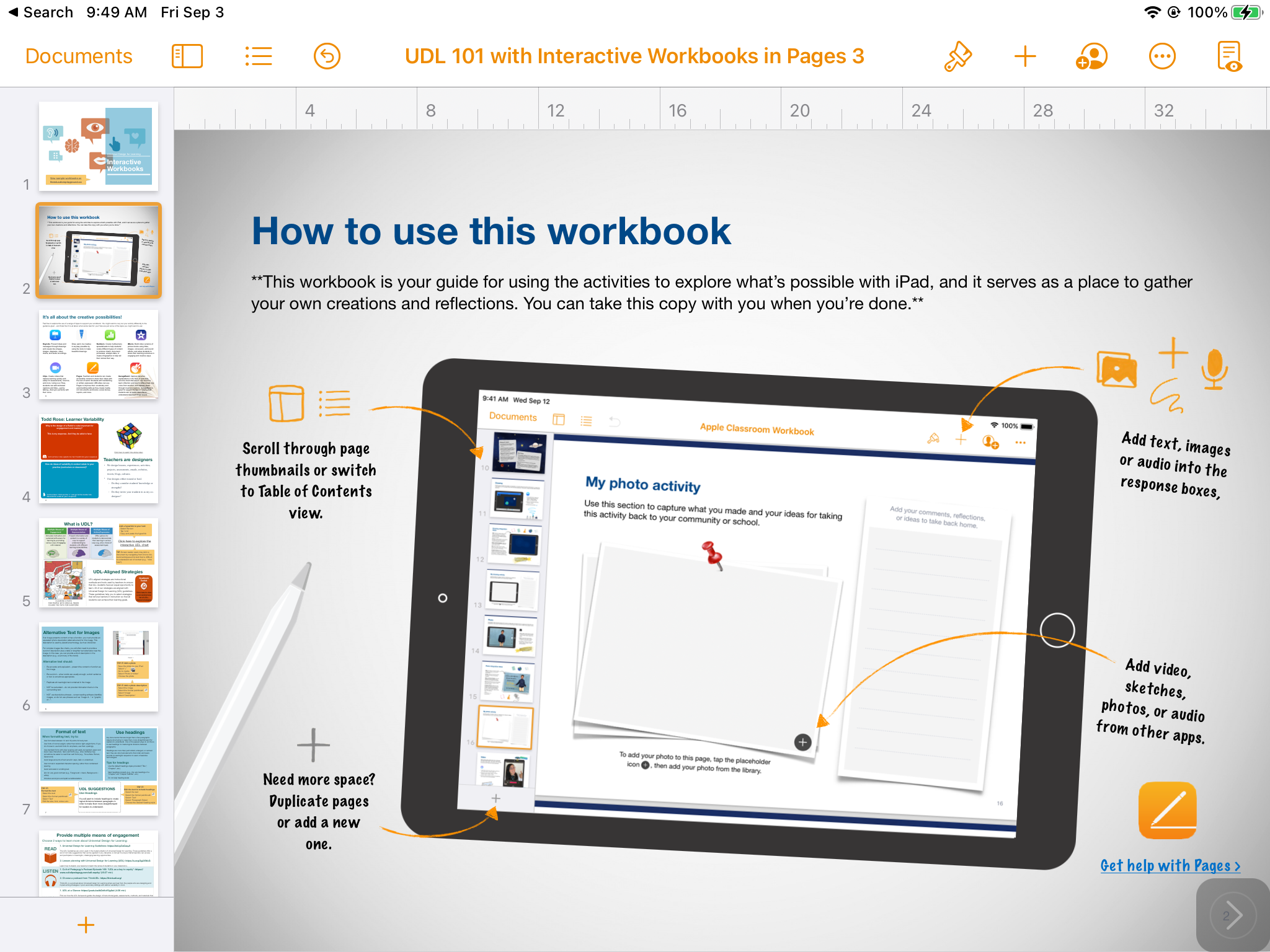
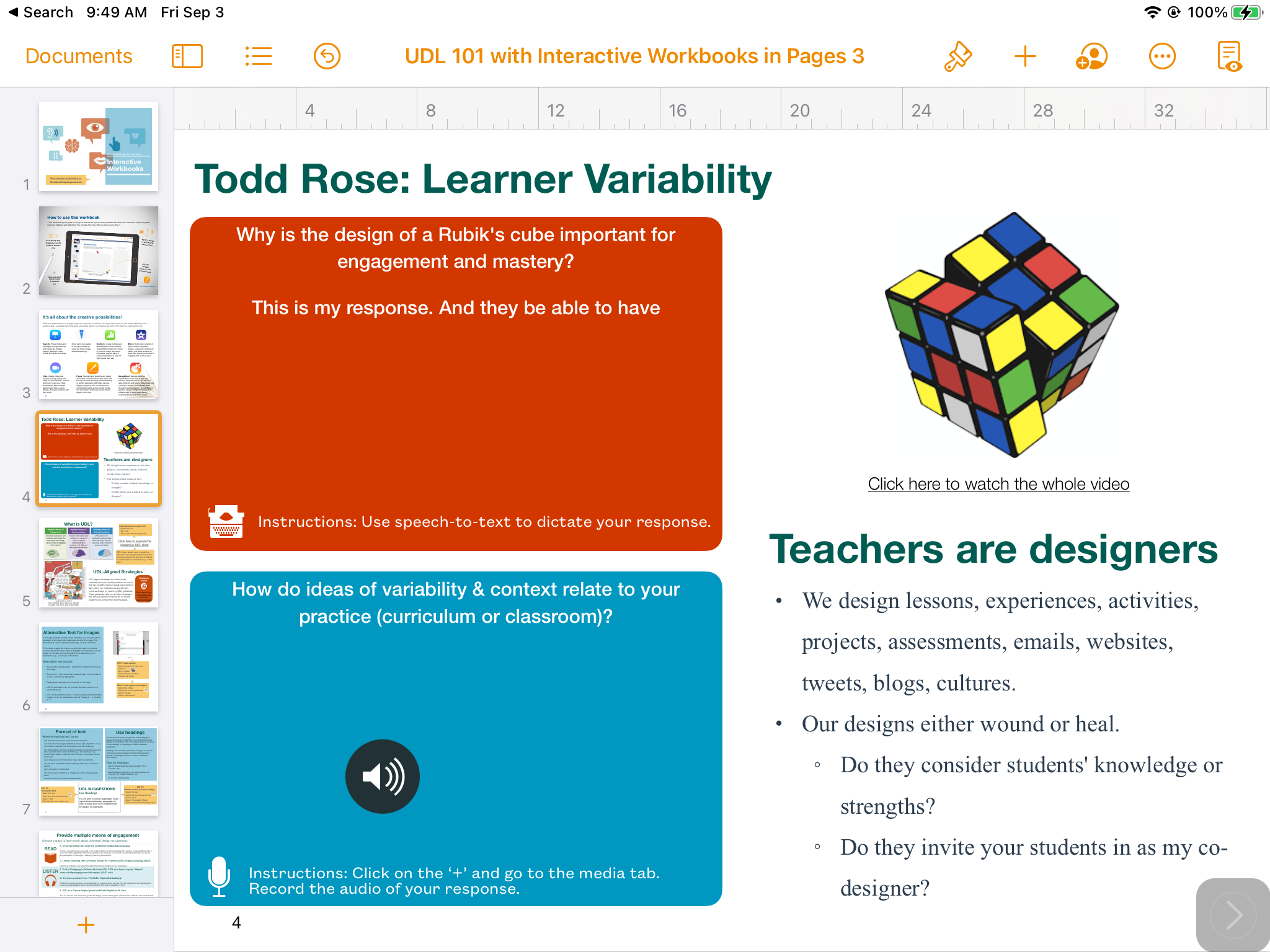

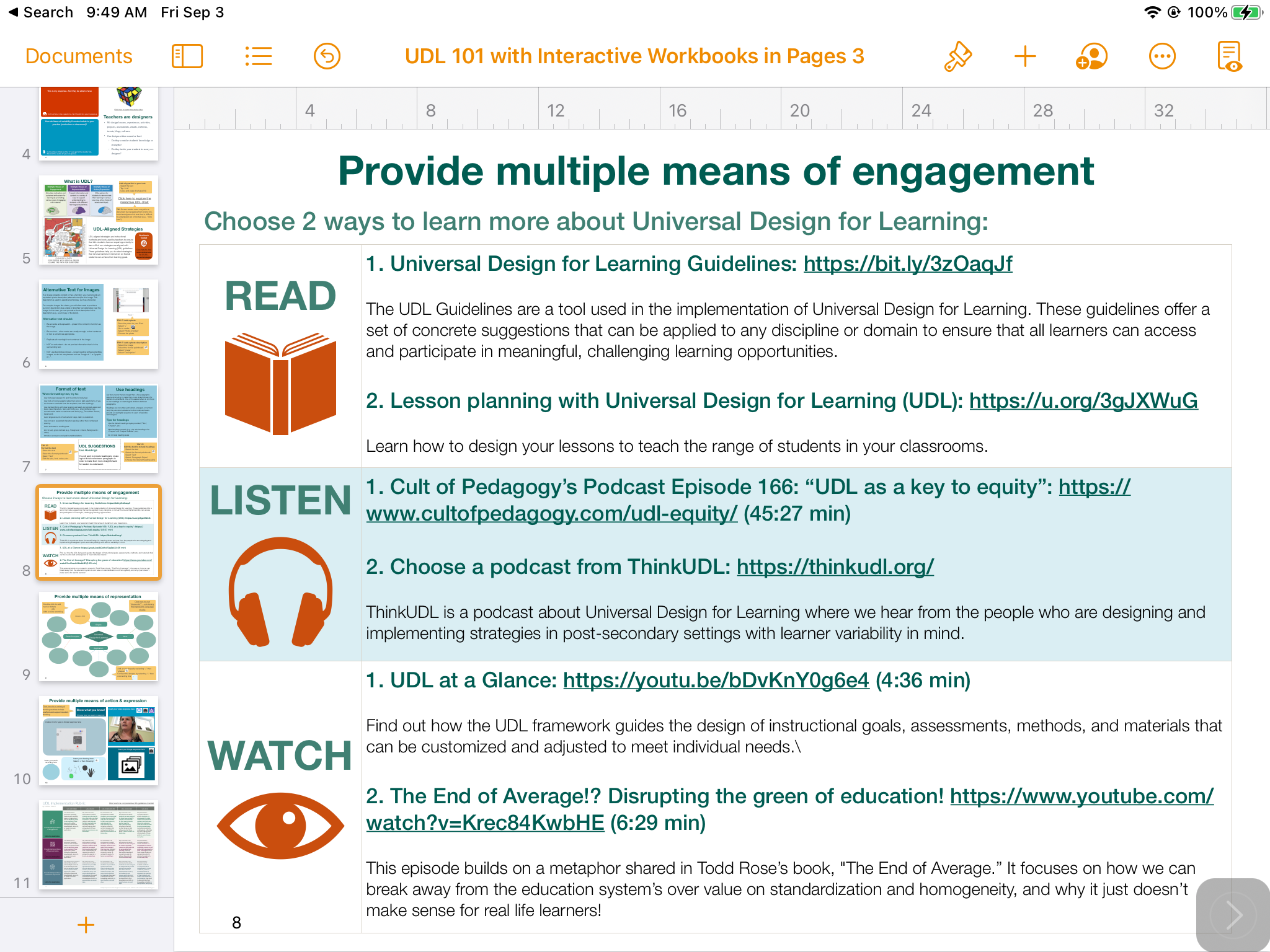
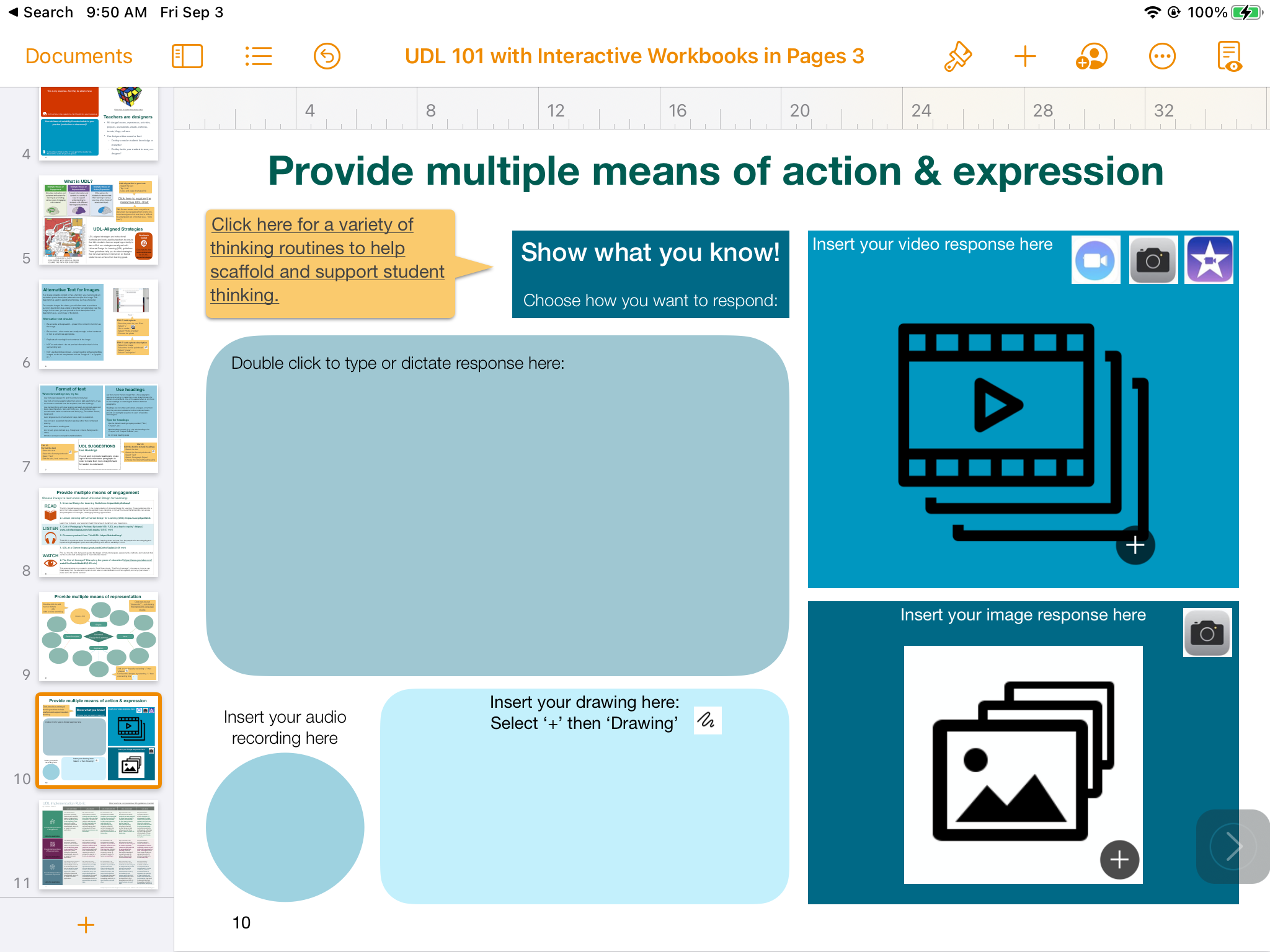
Remove Barriers to Student Learning with UDL and Pages Books
The goal of Universal Design for Learning (UDL) is to use a variety of teaching methods to remove any barriers to learning. It's about building in flexibility that can be adjusted for every person's strengths and needs. UDL is a powerful approach because from the very start of your lesson, it helps you anticipate and plan for all your learners. It can help you make sure that the greatest range of students can access and engage in learning — not just certain students.
Open the following resource in Pages on your iPad to learn more about UDL and to see how you can utilize it in your classroom.
Hybrid Support:
If you have any questions or concerns about your classroom setup, please view this video that outlines best practices for setting up your classroom for the hybrid model.
Professional Development Resources
Looking for some professional development opportunities over the summer? Did you miss a session and want to view the content? Did you attend a session that you loved and want to review the material? Head on over to the PD section of the website to find all of this content and more!
Hybrid Supports:
Have you viewed the hybrid supports on The Educator’s Playground yet? These helpful pages offer tips, tools, and resources to support you while planning for the hybrid model of learning. Click the buttons below to access the resources:
Resource Highlight:
Grab and Go Resources for Distance Learning
The Learning and Teaching Team has created an easy to use document with links to tried and true resources for distance learning in the elementary grades.
We selected resources that we have tested in our own distance classrooms that we hope you will find meaningful and engaging for your students and will streamline your planning.
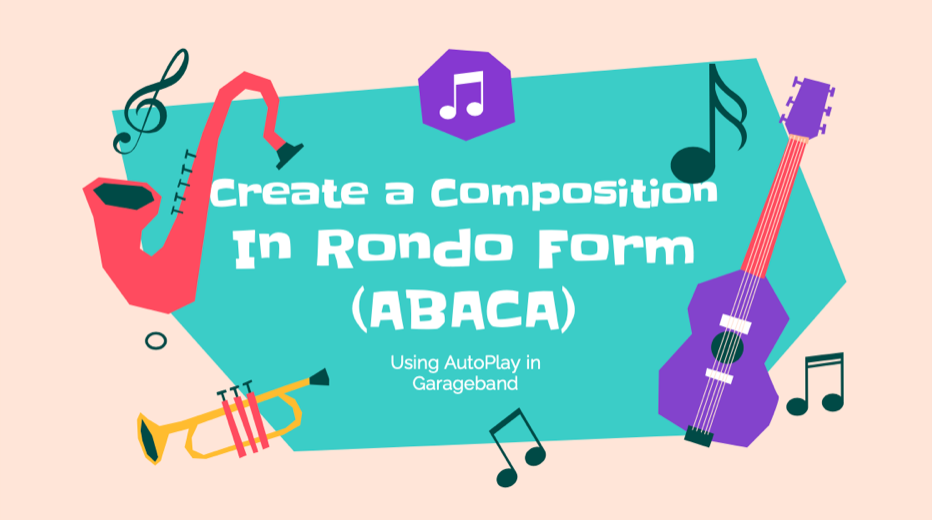
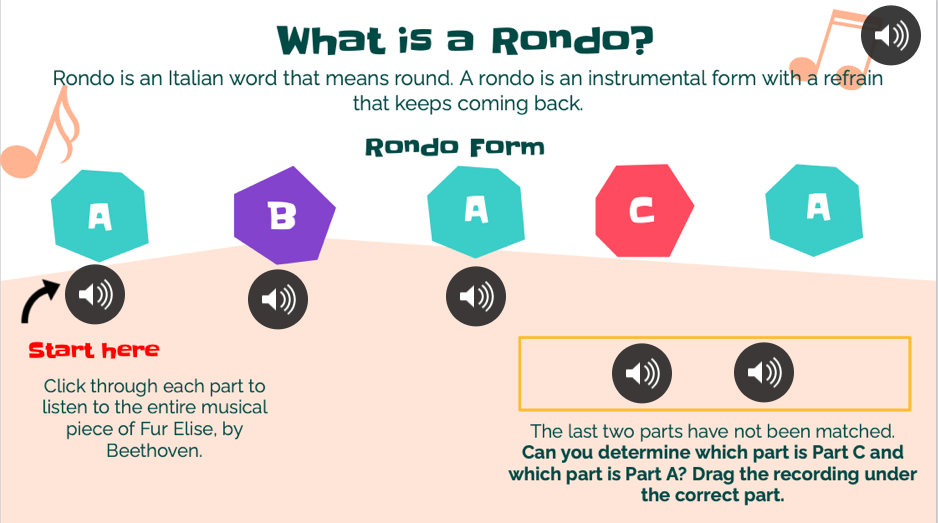
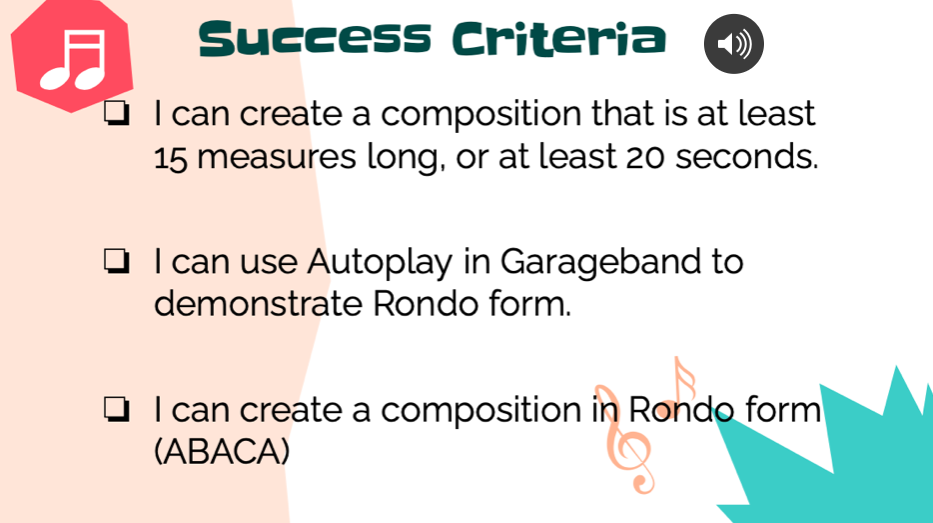

Resource Highlight:
Interactive Music Lessons
These interactive music project are for both beginners and experienced musicians! As students engage in these activities, they will gain a deeper understanding of the basic principles of music by using Garageband to show their learning. All projects are created in Pages and feature video tutorials and voice notes.
New lessons added weekly!
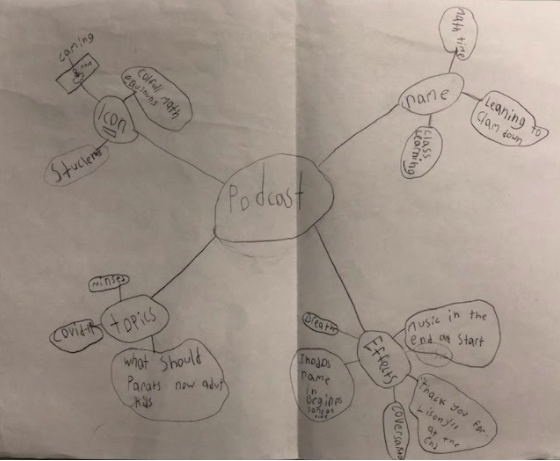

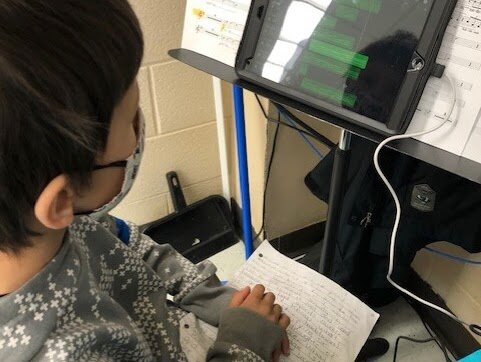

Student Podcasts with Garageband
In September, Mrs. Joyal’s Grade 4 class at Englehart Public School started an inquiry about podcasts; to learn what a podcast was through exploration. The goal was to have fun while building literacy skills, empowering students to have a voice, become critical thinkers, learn to set goals and build their confidence. Once students learned the elements of podcasting, they chose a topic of interest and began planning. They had to include a commercial and composed the music overlays.
Check out their class website by clicking the button (left) for more details about their journey and to listen to more podcasts.
Technological Knowledge:
GarageBand
Numeracy Tools for Distance Learning
Knowledgehook is a powerful formative assessment tool that lets you create quick and easy formative assessments to identify and address learning gaps that are grounded in student need.
For more support or for the DSB1 premium upgrade code, contact dana.mcbride@dsb1.ca.
Gizmos are online simulations for math and science that power inquiry and understanding.
To learn about creating and using your ExploreLearning account, contact kim.wagner@dsb1.ca.
With Desmos classroom activities, students will learn by interacting with mathematical representations, illustrations of the world, and their classmates. They’ll represent their developing ideas with sketches, text responses, card sorts, number responses, multiple-choice, and more.
Math manipulatives support a deeper conceptual understanding of the concepts. Learn about the virtual manipulatives available in the DSB1 catalog by clicking on the slideshow image.
Contact dana.mcbride@dsb1.ca for more information or support.
Zoom Safety and Microsoft Teams Information
As we transition to distance learning once again, it’s time to think about keeping our virtual classrooms safe! Click the images (left) to access the handouts.
Click below to access our distance learning synchronous platform page for more information.
“Teaching Tolerance provides me with the means to promote social justice, challenge bias, and engage students in discussions about diversity that would perhaps not happen otherwise.”
RESOURCE HIGHLIGHT:
Learning for Justice Website:
We provide free resources to educators who work with children from kindergarten through high school. Educators use our materials to supplement the curriculum, to inform their practices, and to create inclusive school communities where children and youth are respected, valued and welcome participants.
These robust, ready-to-use classroom lessons offer breadth and depth, spanning essential social justice topics and reinforcing critical social-emotional learning skills.
Search by keyword or browse our lesson bank—you can filter lessons by grade level, subject, topic or social justice domain.
Culturally Responsive Math for π Day!
Explore the relationship between circumference and diameter with a Desmos lesson that explores the value of π using Indigenous Ways of Knowing.
This lesson was created by Dr. Lisa Lunney Borden and addresses these Grade 7 expectations:
use the relationships between the radius, diameter, and circumference of a circle to explain the formula for finding the circumference and to solve related problems
construct circles when given the radius, diameter, or circumference
Watch this video showcasing the lesson by Erin Buchmann (Indigenous Coach) and Dana McBride (Gr 7-12 Math Learning Coach). You’ll learn about sharing Indigenous Ways of Knowing math and hear several excellent ideas for making connections beyond the math classroom.
RESOURCE HIGHLIGHT:
OSSLT Interactive Student Workbooks in Pages
Many teachers are helping their students to prepare for the Ontario Secondary School Literacy Test (OSSLT) by using these interactive student workbooks in Pages on the iPad. There are books for each section of the OSSLT which offer a variety of lessons, video, audio and practice tasks. The tasks are scaffolded and allow students to respond in a variety of ways to meet their strengths.
Creating Financial Literacy Tutorials with Clips
Students in Mrs. Svec’s grade 8 distance learning class applied their knowledge of calculating sales tax and interest to create a variety of step-by-step video tutorials.
Content Knowledge:
F1.4 determine the growth of simple and compound interest at various rates using digital tools, and explain the impact interest has on long-term financial planning
F1.5 compare various ways for consumers to get more value for their money when spending, including taking advantage of sales and customer loyalty and inventive programs, and determine the best choice for different scenarios
Pedagogical Knowledge:
modelling
peer teaching
application of a process
voice and choice
experiential learning
Technological Knowledge:
Apple Clips
CHECK OUT DSB1’S PODCAST HOSTED BY ERIN BUCHMANN
Richard Wagamese wrote that the stories we tell create the world we live in and when we share these stories we see each other. And when we see each other we can change the world.
So Can we talk? And get to know each other so that we can learn from each other.
Let’s start with me - I’m Erin Buchmann, the host of WordUp the podcast that I hope you will be listening to and I’m the Indigeous Instructional Coach for District School Board Ontario North East. I’m not Indigenous. I start with this because I want to make sure that you understand that when I say - we are all in this together - you know that I am learning with you through this podcast.
Because we are all in this together as we learn about our collective history and prepare our youth to create a new future story.
Because talking reminds of who we are and who we might become.
Because words matter. They shape how we think about each other and ourselves. And what we think shapes how we act.
Because we can do better. And as educators this is our call to action to educate ourselves, elevate the conversation and celebrate culture.
Each podcast I will be joined by a co-host from one of our schools and a special guest to talk about their work as an Indigenous author, artist or community leader. Some conversations will be hard, some will be funny and some will leave with more questions than answers. But they will all be authentic.
So I’m asking you to raise your words, participate in the conversation and follow us on Twitter and Instagram @2020wordup.
TRANSFORMING FUNCTIONS TO MAKE T-SHIRT DESIGNS USING DESMOS
Students in Mr. Kiernan’s class at Iroquois Falls Secondary School transformed mathematical functions to make designs using the Desmos graphing calculator. They used their Desmos designs to make t-shirts!
Content Knowledge:
A1. demonstrate an understanding of functions, their representations, and their inverses, and make connections between the algebraic and graphical representations of functions using transformations;
B1. evaluate powers with rational exponents, simplify expressions containing exponents, and describe properties of exponential functions represented in a variety of ways;
B2. make connections between the numeric, graphical, and algebraic representations of exponential functions;
B3. identify and represent exponential functions, and solve problems involving exponential functions, including problems arising from real-world applications.
Pedagogical Knowledge:
explicit instruction of mathematical functions
modeling use of Desmos
worked examples
problem solving
Technological Knowledge:
Desmos
T-Shirt Maker & Software
CREATING A COMMERCIAL FOR MACBETH USING PLOTAGON
Students in Mrs. Pollock’s grade 10 English class at TDSS created commercials for a scene in Macbeth using the Plotagon app on the iPad.
Content Knowledge:
MS1. Understanding Media Texts: demonstrate an understanding of a variety of media texts;
MS2. Understanding Media Forms, Conventions, and Techniques: identify some media forms and explain how the conventions and techniques associated with them are used to create meaning;
MS3. Creating Media Texts: create a variety of media texts for different purposes and audiences, using appropriate forms, conventions, and techniques;
RLS1. Reading for Meaning: read and demonstrate an understanding of a variety of literary, informational, and graphic texts, using a range of strategies to construct meaning;
Pedagogical Knowledge:
creating media
collaborative learning
modeling use of Plotagon
Technological Knowledge:
Plotagon
VISUALIZING A READING PASSAGE USING TAYASUI SKETCHES SCHOOL
Students in Mrs. Pollock’s grade 10 English class at TDSS created digital paintings representing how they visualized the opening scene in MacBeth using the Sketches School app on the iPad. First, they viewed three versions of the act and took notes on how the witches were portrayed. They created a sensory mind map in the Inspiration App while they listened and then wrote their own descriptive paragraph of the scene to accompany the sketch of how they though Shakespeare would want the witches to look.
Content Knowledge:
W1. Developing and Organizing Content: generate, gather, and organize ideas and information to write for an intended purpose and audience;
W2. Using Knowledge of Form and Style: draft and revise their writing, using a variety of literary, informational, and graphic forms and stylistic elements appropriate for the purpose and audience;
W3. Applying Knowledge of Conventions: use editing, proofreading, and publishing skills and strategies, and knowledge of language conventions, to correct errors, refine expression, and present their work effectively;
RLS1. Reading for Meaning: read and demonstrate an understanding of a variety of literary, informational, and graphic texts, using a range of strategies to construct meaning;
Pedagogical Knowledge:
modeling use of Inspiration & Sketches School
feedback
brainstorming
focused imaging
non-verbal representation
Technological Knowledge:
Inspiration
Tayasui Sketches School
Pictured above with their infographics are: Branton Bird & Seth Morin - Treaty 11 (TOP); Summer Cruickshank - Treaty 6 (RIGHT); Nikki Murray - Treaty 9 (BOTTOM); and Cole Hopkins - Treaty 19 (LEFT).
Click the images to see full infographic example
CREATING TREATY INFOGRAPHICS USING CANVA ON THE iPAD
Treaties Recognition Week is the first week of November every year. Treaties Recognition Week was introduced in 2016 to honour the importance of treaties and to educate citizens about treaty rights and treaty relationships. Reconciliation is about healing and it begins with each of us.
Students in Mrs. Thomson’s English class at Iroquois Falls Secondary School did their part to inform their school community about Treaties Recognition Week by researching and producing infographics about various Treaties.
Students used the Canva App on their iPads to create the infographics, which they then printed in colour and posted around the school.
Content Knowledge:
2. Understanding Form and Style: recognize a variety of text forms, text features, and stylistic elements and demonstrate understanding of how they help communicate meaning;
Pedagogical Knowledge:
discovery
create media
KWL
modeling use of Canva
Technological Knowledge:
Canva
STUDYING CELL DIVISION WITH STOP MOTION VIDEO
Mme. Sayeau’s immersion science class at Timiskaming District Secondary School Elementary gained a deeper understanding of cell division using the Stop Motion Studio App on the iPad.
Students applied their knowledge of cell division by drawing each stage of mitosis on the desk using dry erase markers and necessary props found in the classroom. They then recorded their video on the Stop Motion App and added voice over to explain.
ÉTUDE DE LA DIVISION CELLULAIRE AVEC LA VIDÉO STOP MOTION
Le cours de sciences d’immersion de Mme Sayeau à TDSSE a acquis une meilleure compréhension de la division cellulaire à l’aide de l’application Stop Motion Studio sur l’iPad.
Les élèves ont appliqué leurs connaissances de la division cellulaire en dessinant chaque étape de la mitose sur le bureau à l’aide de marqueurs effaçables à sec et des accessoires nécessaires trouvés dans la salle de classe. Ils ont ensuite enregistré leur vidéo sur l’application Stop Motion et ajouté de la voix pour expliquer.
Content Knowledge:
2. investigate functions and processes of plant and animal cells;
3. demonstrate an understanding of the basic structure and function of plant and animal cells and cell processes.
Pedagogical Knowledge:
direct instruction of cell division
modeling use of Stop Motion Studio
multiple exposures
Technological Knowledge:
Stop Motion Studio
To view the sample books, click the links below and open them in Books on the iPad.
CRÉATION DE LIVRES CELLULAIRES AVEC APPLE PAGES
Les élèves de la classe de Mme Sayeau ont créé des livres pour souligner les similitudes entre les cellules et leur école au TDSSE.
Ils ont pu utiliser des photographies, du texte et enregistrer leur voix pour démontrer leurs connaissances.
CREATING CELL BOOKS WITH APPLE PAGES
Students in Mme. Sayeau's class created books to highlight the similarities between cells and their school at TDSSE.
They were able to use photographs, text and record their voice to demonstrate their knowledge.
Content Knowledge:
2. investigate functions and processes of plant and animal cells;
3. demonstrate an understanding of the basic structure and function of plant and animal cells and cell processes.
Pedagogical Knowledge:
direct instruction of cells
provocation to explore functions of cells and parts of the school
modeling use of Pages
Technological Knowledge:
Pages
CREATING LOCAL WAR VETERAN INFORMATION VIDEOS USING iMOVIE ON THE iPAD
Students in Mr. Holmes’ grade 10 History class at Englehart High School learned about local War Veterans in November.
Students visited the local cenotaph and researched a local War Veteran. They then researched the soldiers and created videos using iMovie on the iPads that were played for Remembrance Day.
One student was able to speak to the daughter of the soldier, a distant aunt, and the family was reconnected through the video project.
Content Knowledge:
A1. Historical Inquiry: use the historical inquiry process and the concepts of historical thinking when investigating aspects of Canadian history since 1914;
A1.7 communicate their ideas, arguments, and conclusions using various formats and styles, as appropriate for the audience and purpose
Pedagogical Knowledge:
guided research
discovery
conferencing with students throughout research periods
modeling use of iMovie
Technological Knowledge:
iMovie
CREATING AN ANIMATED TIMELINE IN APPLE KEYNOTE
Students in Ms. Pollock’s class at Timiskaming District Secondary School created animated timelines for their class novel.
They chose the 5 events that were most crucial to the outcome and represented them with an illustration, title, quote from the book and explanation as to why the quote was important.
These timelines were presented in person by AirPlaying to the classroom SmartBoard, but students could also record their voice and then export them as animated gifs or movies.
Content Knowledge:
1.2 interpret simple and complex media texts, identifying and explaining the overt and implied messages they convey
1.4 identify, sort, and order main ideas and supporting details for writing tasks, using a variety of strategies and organizational patterns suited to the content and the purpose for writing
2.1 identify several different characteristics of literary, informational, and graphic text forms and explain how they help communicate meaning
2.7 use a few different audio-visual aids to support oral presentations
Pedagogical Knowledge:
reading for meaning
brainstorming
modeling use of Keynote animation feature
Technological Knowledge:
Keynote
CREATING ENGAGING LESSONS USING APPLE CLIPS
Mrs. Mowbray created an engaging lesson on 2D shapes using Apple Clips for her distance learning JK/SK class. The content knowledge for the lesson was focused on reviewing 2D shapes and checking to see if students could identify those shapes in the world around them.
She was able to use animations to re-enforce the conceptual understanding of the properties unique to different 2D shapes. She created an explainer video reviewing these concepts, and then used photo markup and screen recording to demonstrate how to find 2D shapes in the world around you.
View this sample lesson and see how you can create your own engaging content for synchronous, asynchronous or independent learning with Apple Clips.
Content Knowledge:
17.1 describe, sort, classify, build, and compare two-dimensional shapes and three-dimensional figures, and describe the location and movement of objects through investigation
Pedagogical Knowledge:
modeling representation of shapes
model making observations of mathematics in the real world
model making connections of 2D shapes and 3D shapes
provocation to explore shapes around their house
Technological Knowledge:
Camera app
Clips app
Markup
Screen recording
CREATE INTERACTIVE STUDENT WORKBOOKS THAT MEET THE UDL GUIDELINES WITH APPLE PAGES
Students have a diverse range of needs. Using tenants of universal design for learning, and the accessibility features on the iPad make it easy to meet the range of needs found in our classrooms. The content knowledge for this task focused on eco systems and invasive species. Using Apple Pages made it easy to embed a variety of ways students could learn the content from text, audio, video and images. It also made it easy to provide students with the ability to independently share what they know using text, audio and video. Helping students access content with these modalities and expressing their learning via these modalities helps bring about success for more students.
In this sample Invasive Species unit workbook, students are able to learn and show what they know using a variety of formats, including: dictation, audio, video and more. The book also makes use of thinking routines from Harvard’s Project Zero. These thinking routines are great tools for boosting comprehension.
View this sample workbook to see how to implement a variety of text types to meet the needs of all learners in a handy and accessible format.
Content Knowledge:
relative to subject
students are given voice and choice in how they show what they know
promotes accessible learning for all
Pedagogical Knowledge:
knowledge of UDL guidelines
modeling use of Pages & iPad accessibility features
Technological Knowledge:
Pages
iPad accessibility features
CREATING A POWERFUL READ ALOUD USING APPLE KEYNOTE & GARAGEBAND
Intermediate students may not appreciate poetry, but they appreciate video, images and music. What images, music and video best suit the mood of a poem? How might you use a combination of the poem’s text, images, music and video to evoke an emotion in a reader? This is a quick demonstration of how Keynote and GarageBand, on iPad can be used to create a simple, but powerful read aloud to bring poetry to life.
This teacher created example shows how you can use music to create mood in a written work. This could easily translate into a student project based on theme.
Content Knowledge:
1.7 analyse texts and explain how specific elements in them contribute to meaning
3.3 identify conventions and techniques appropriate to the form chosen for a media text they plan to create
3.4 produce media texts for specific purposes and audiences, using a few simple media forms and appropriate conventions and techniques
Pedagogical Knowledge:
decision making
modeling use of Keynote & Garageband
non-verbal representation
Technological Knowledge:
Keynote
Garageband
RE-IMAGING A SCENE FROM A FILM/NOVEL USING APPLE iMOVIE TRAILER
This imaginative recreation requires the students to use their knowledge of MacBeth to help understand the text’s contents and ideas.
In this teacher created example, iMovie Trailer was used to re-imagine MacBeth in a couple of different genres.
Content Knowledge:
2.1 identify general characteristics of a few different media forms and explain how they shape content and create meaning
3.3 identify a few different conventions and/or techniques appropriate to a media form they plan to use, and explain how these will help them communicate meaning
3.4 produce media texts for a few different purposes and audiences, using appropriate forms, conventions, and techniques
Pedagogical Knowledge:
prior knowledge activation
experimentation
modeling use of iMovie
provocation to explore different viewpoints of characters
Technological Knowledge:
iMovie
Screen recording
















